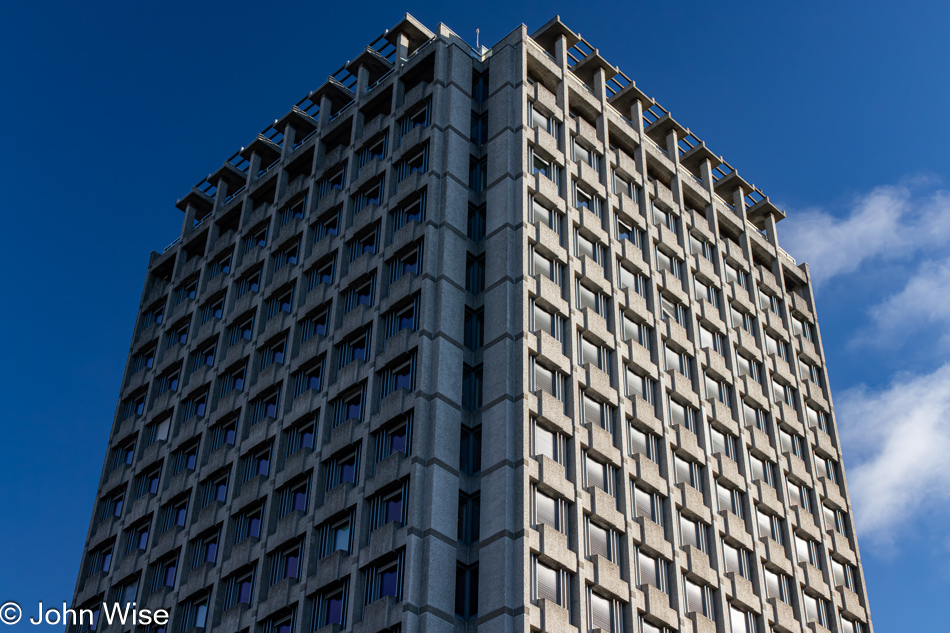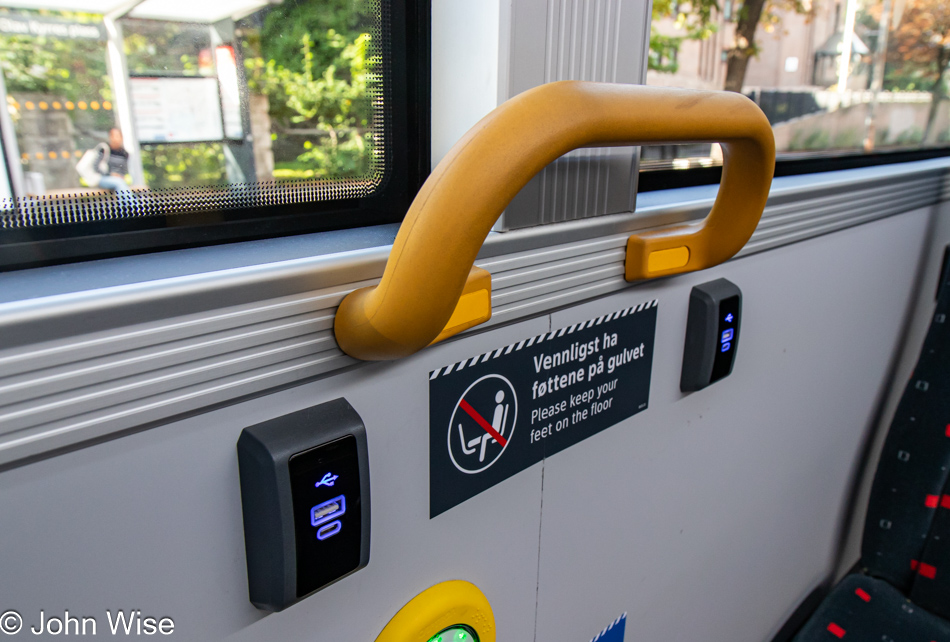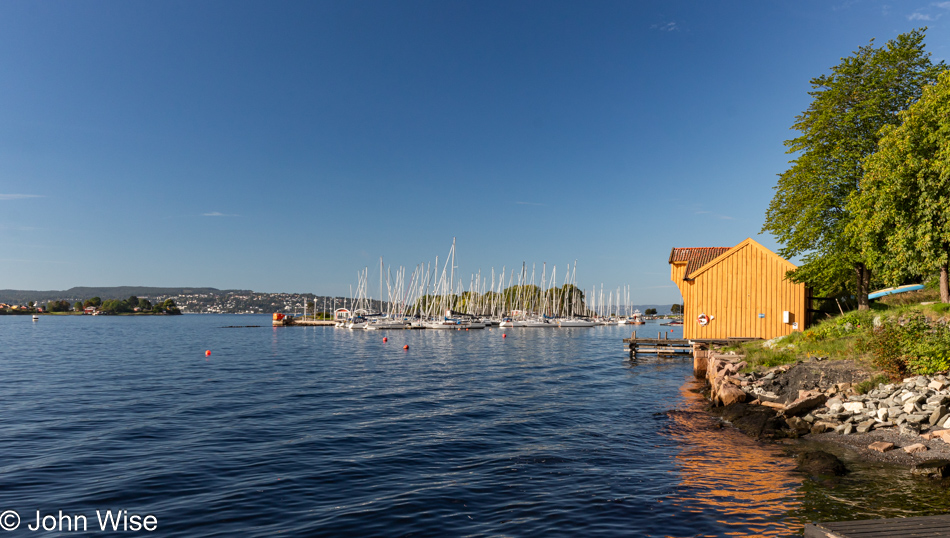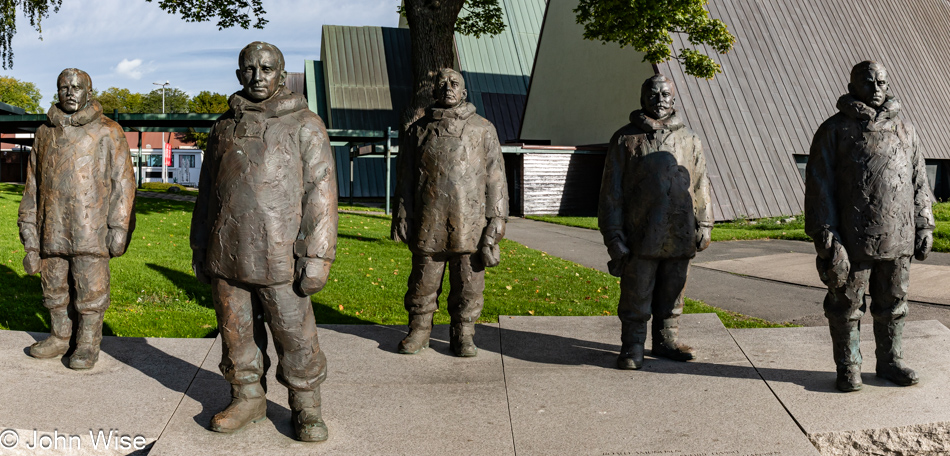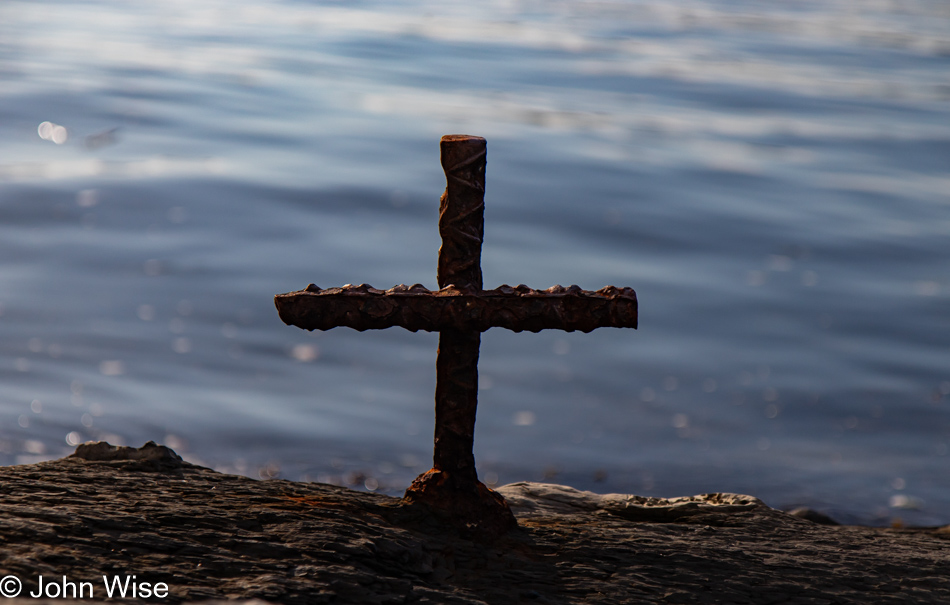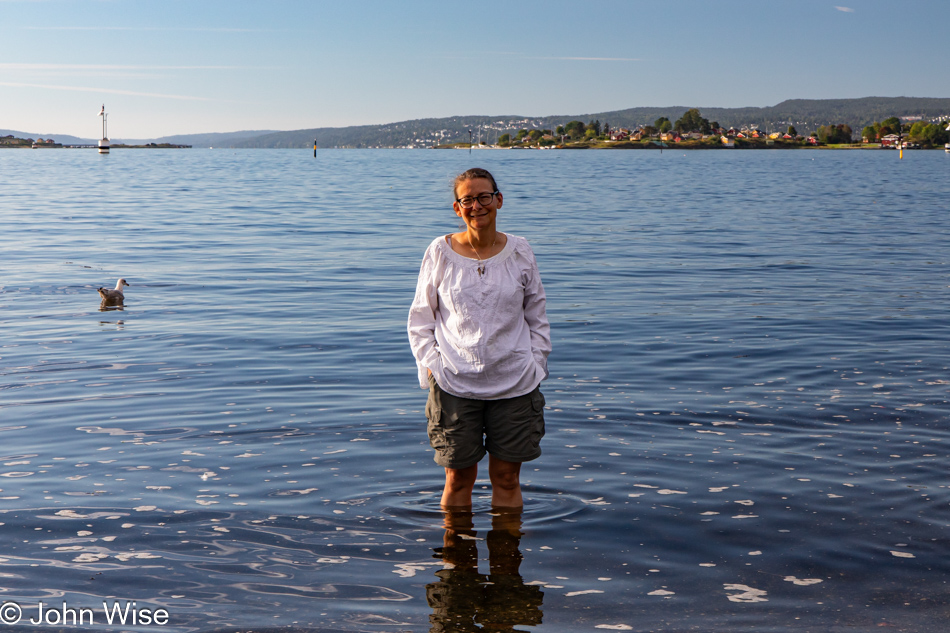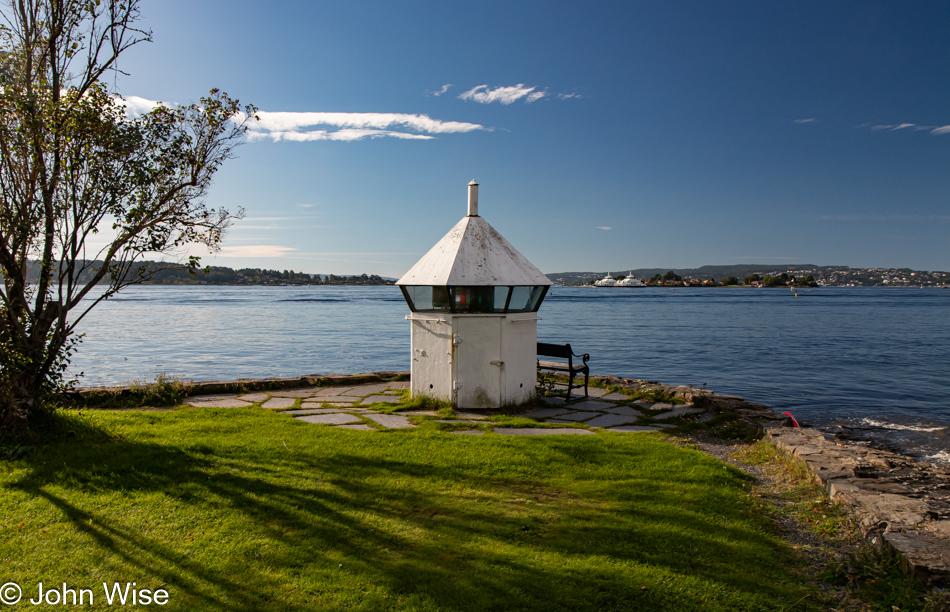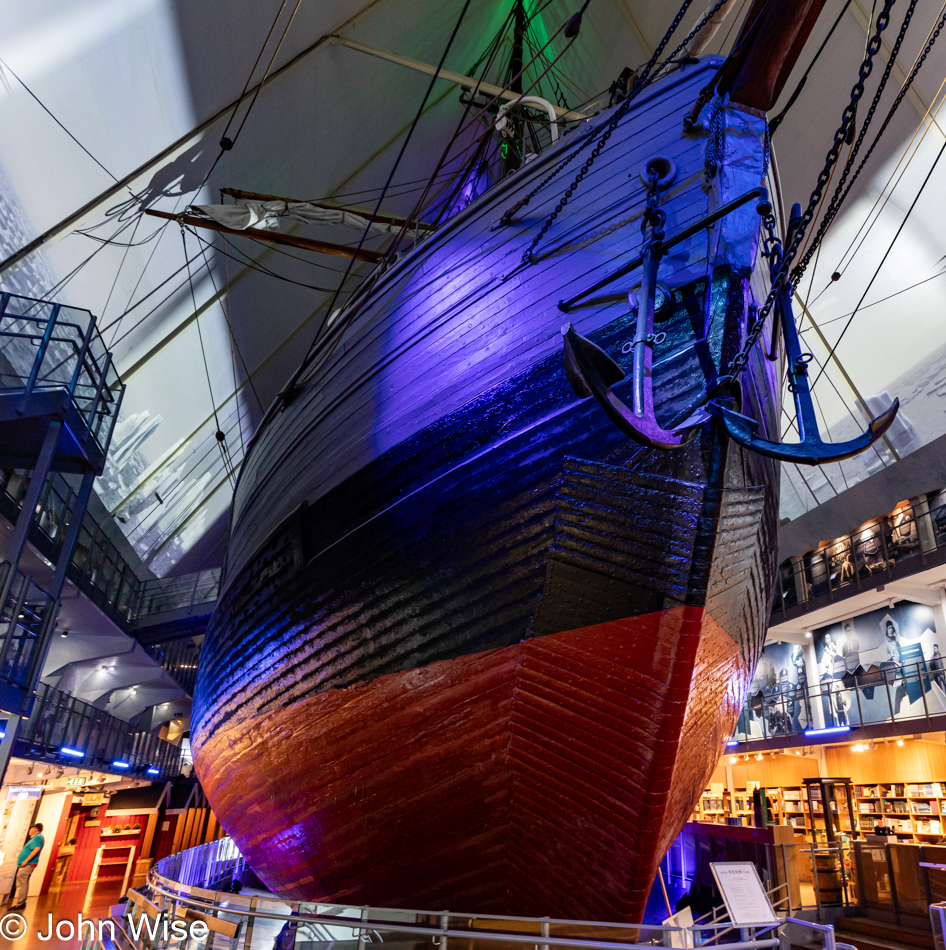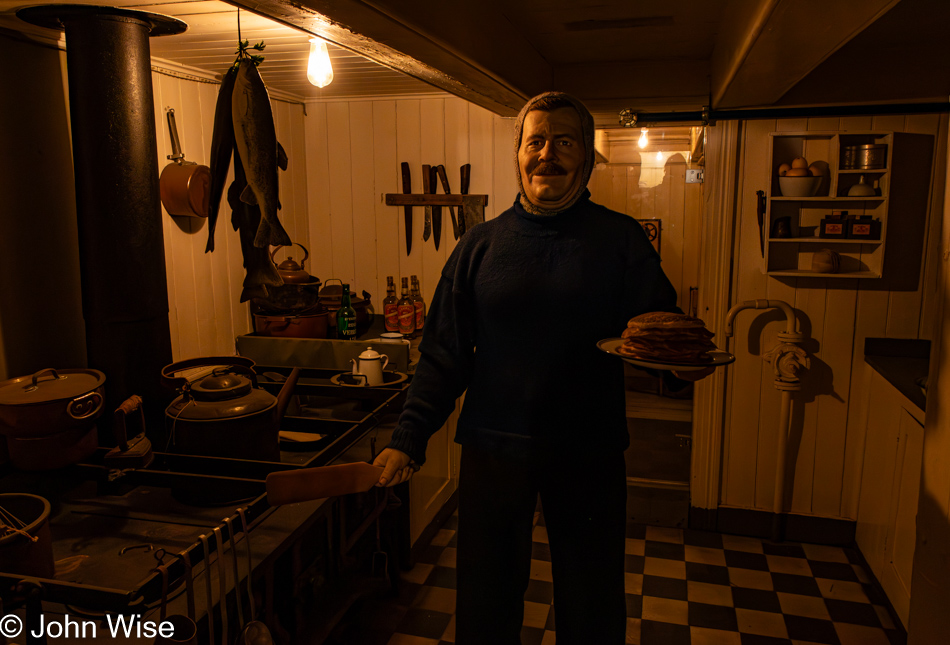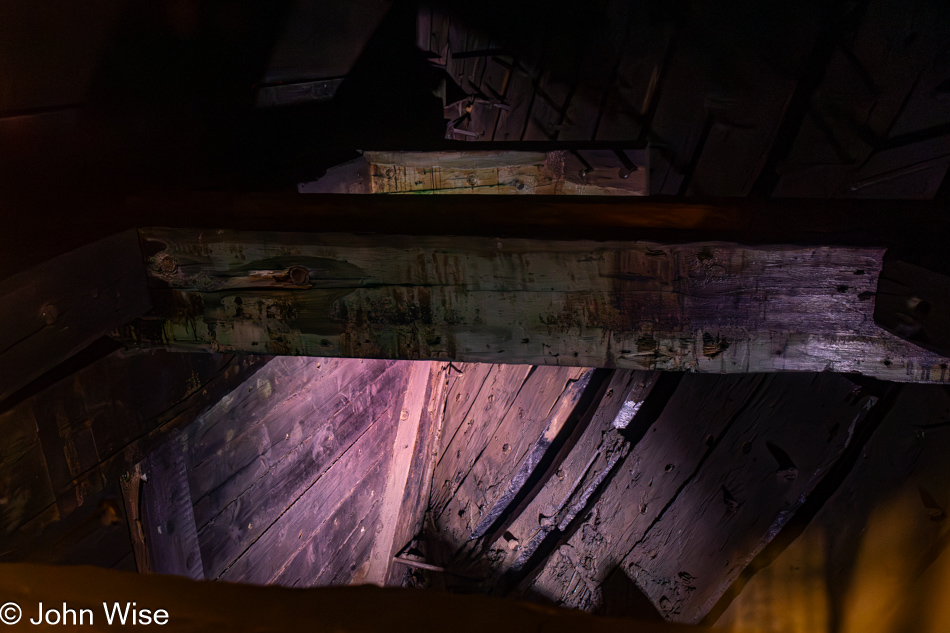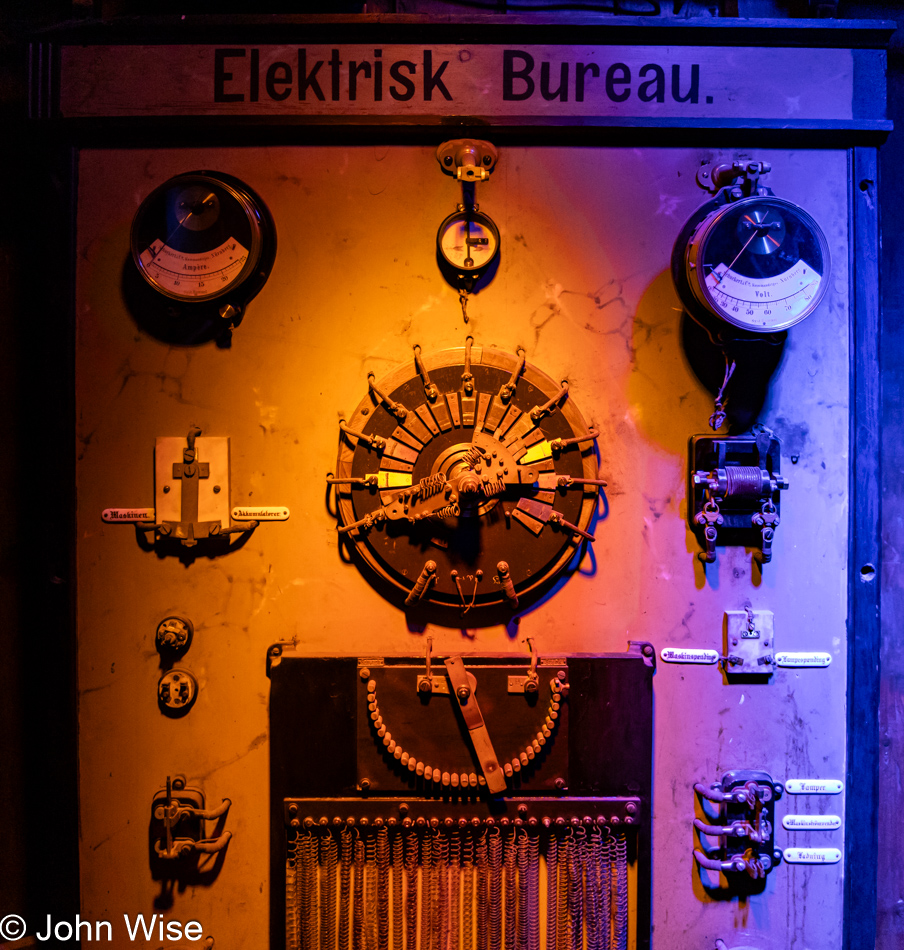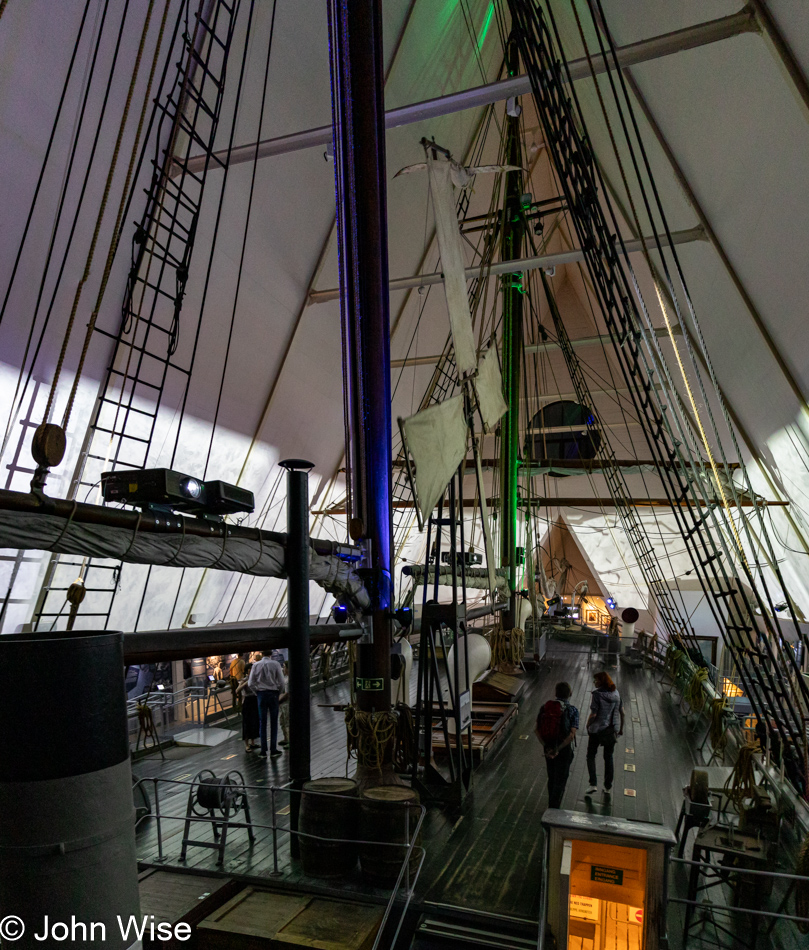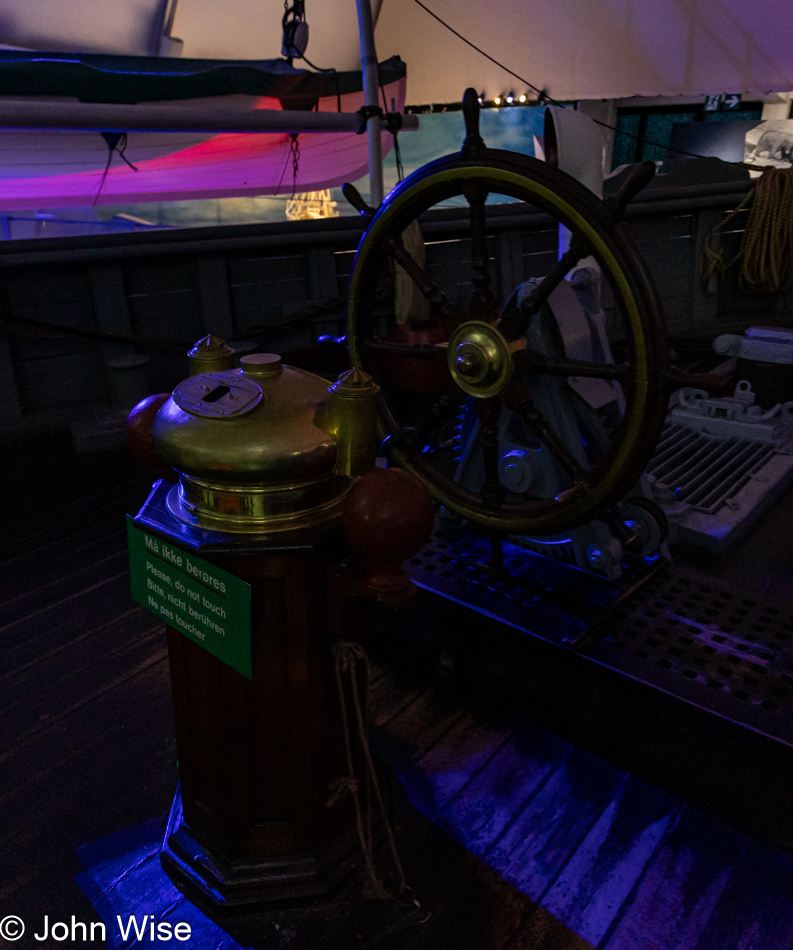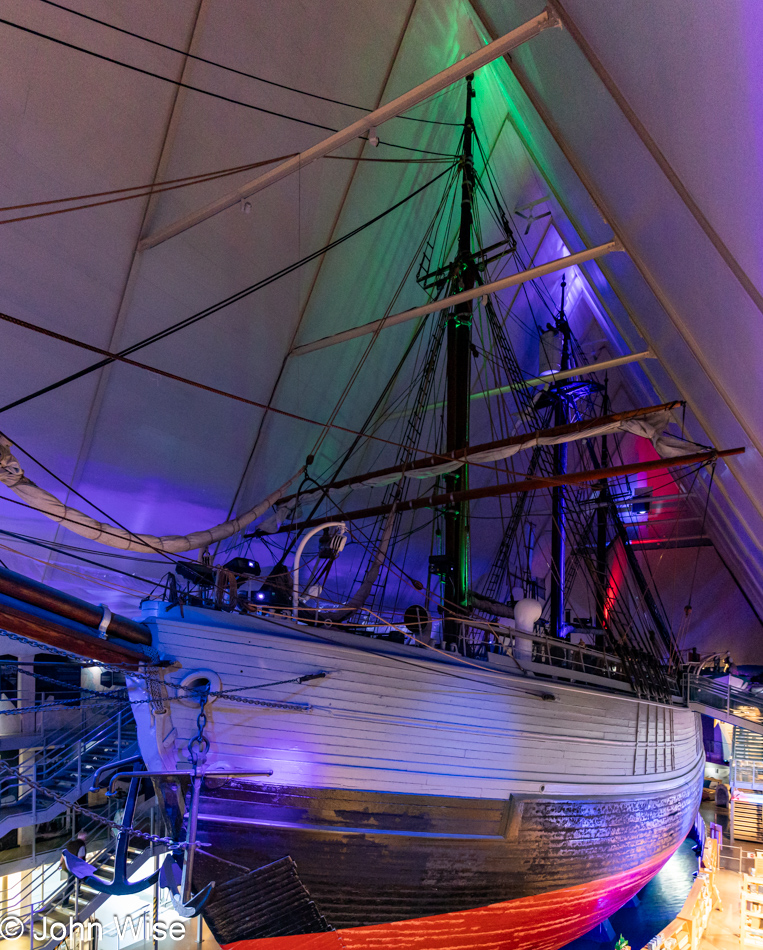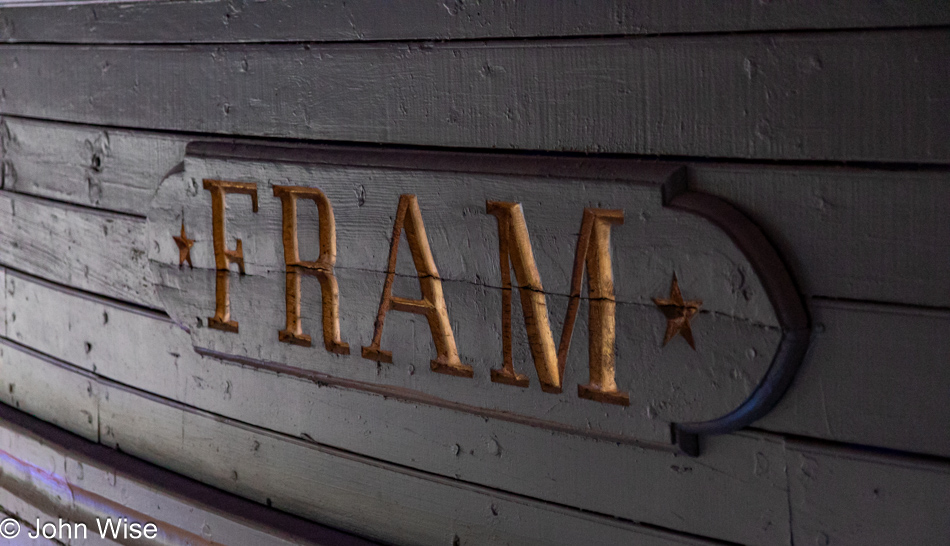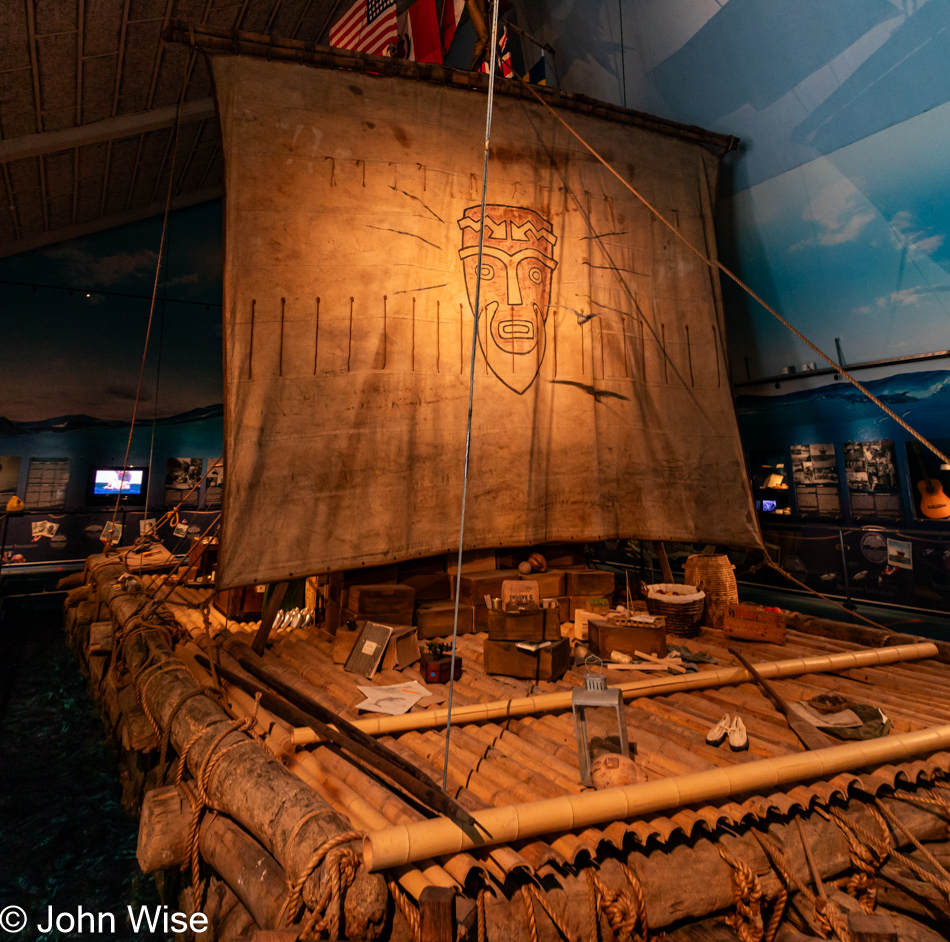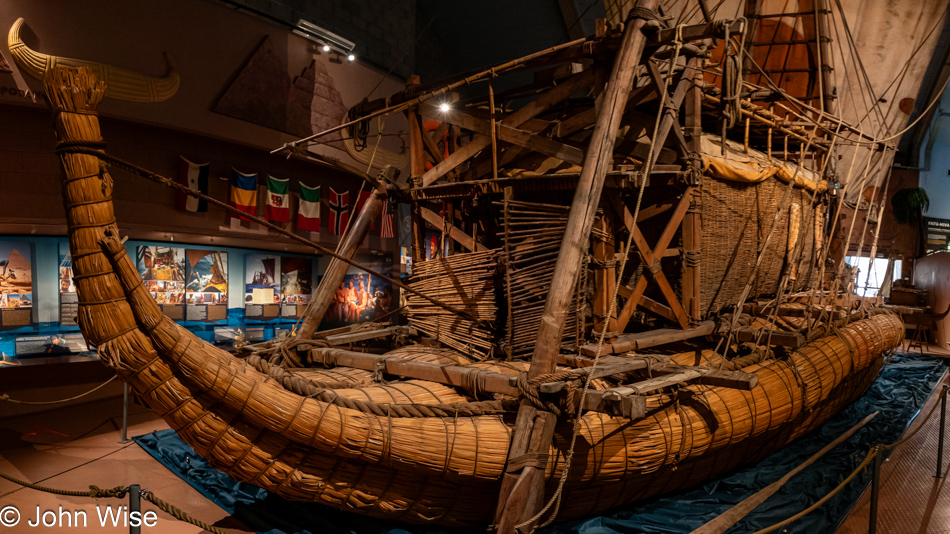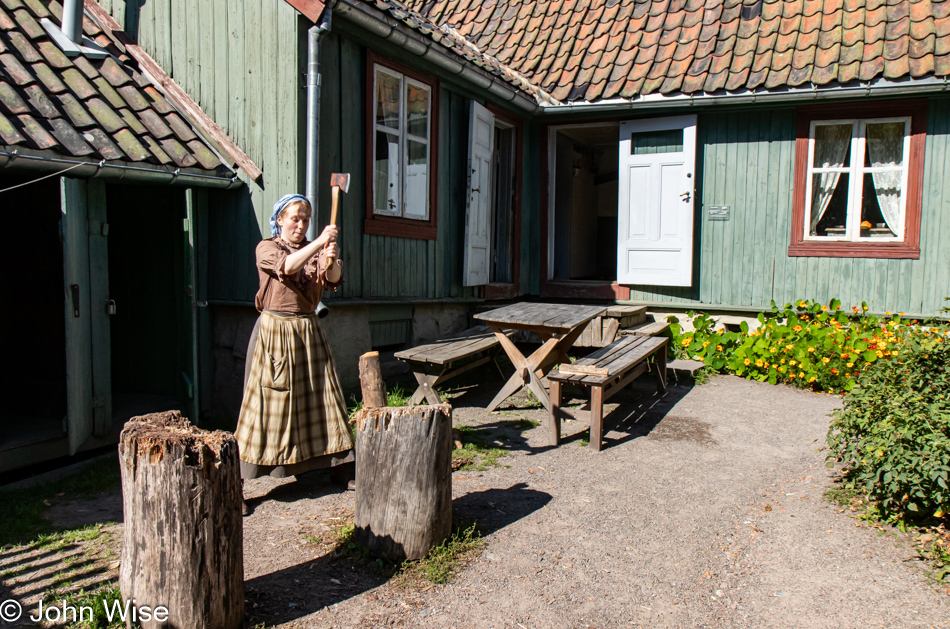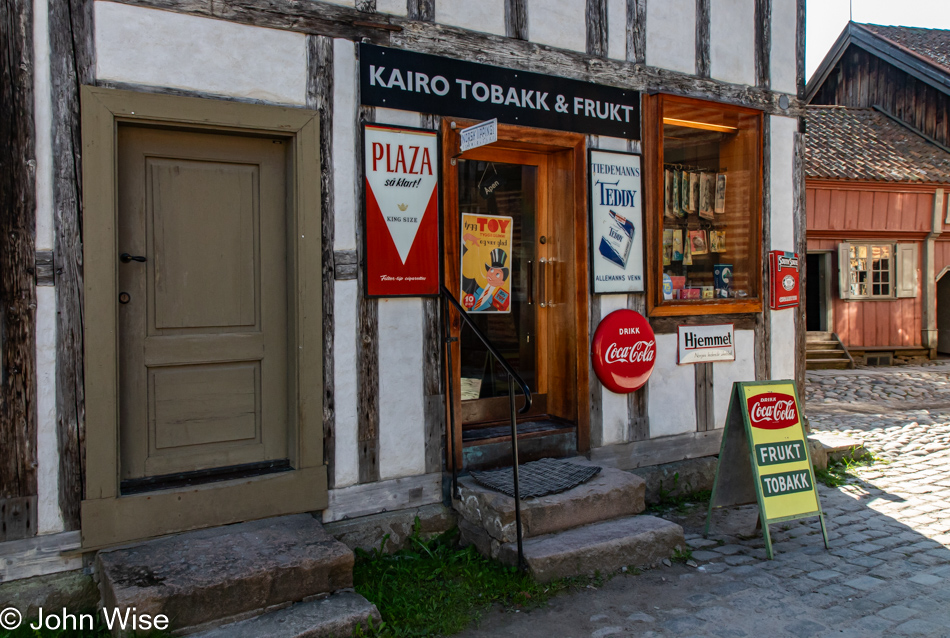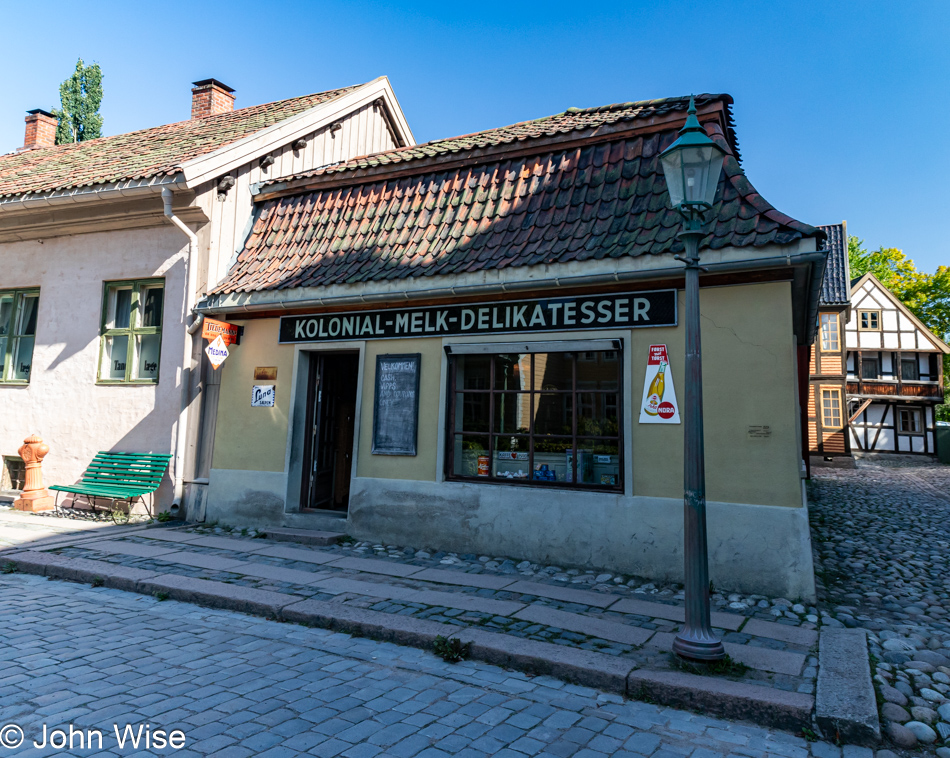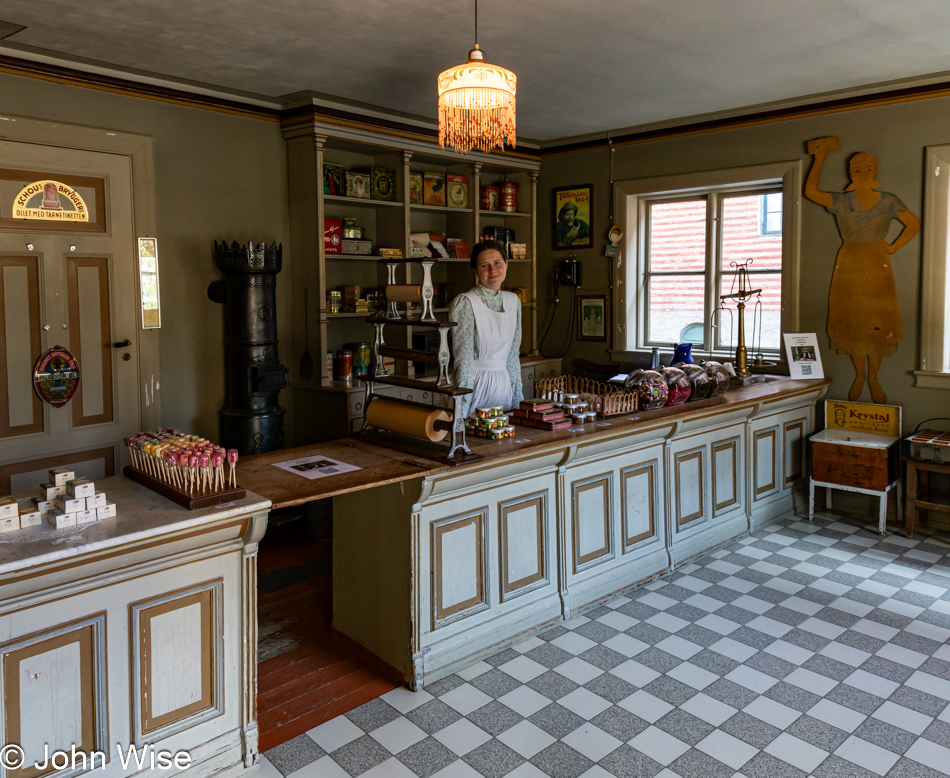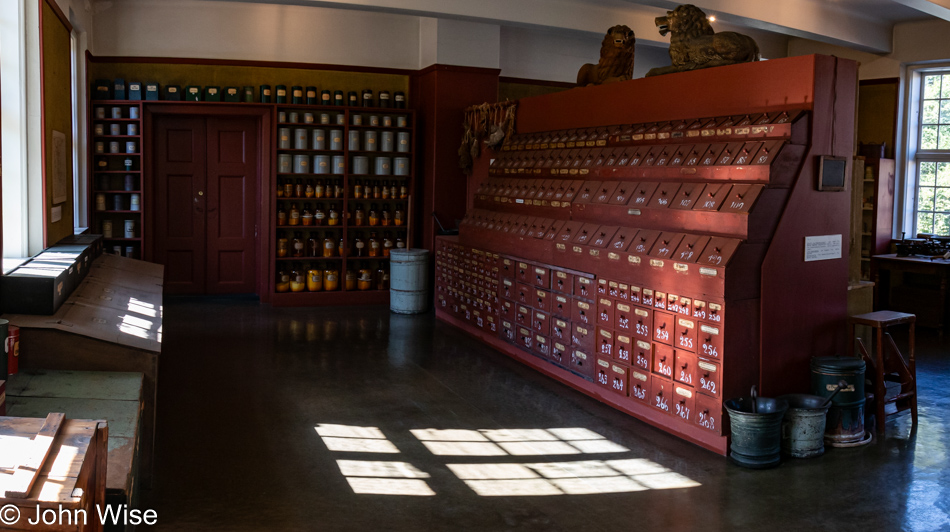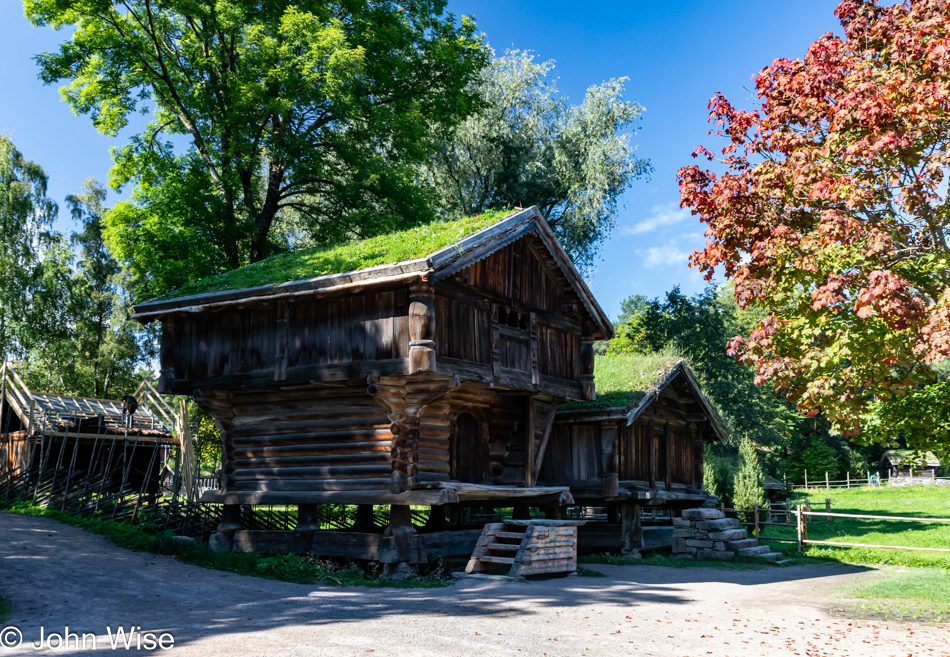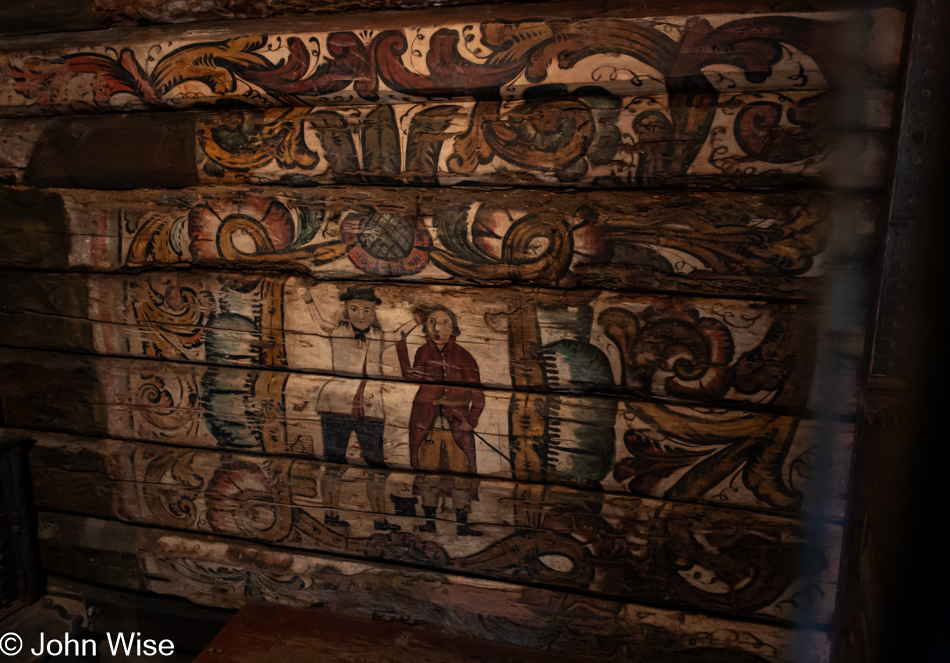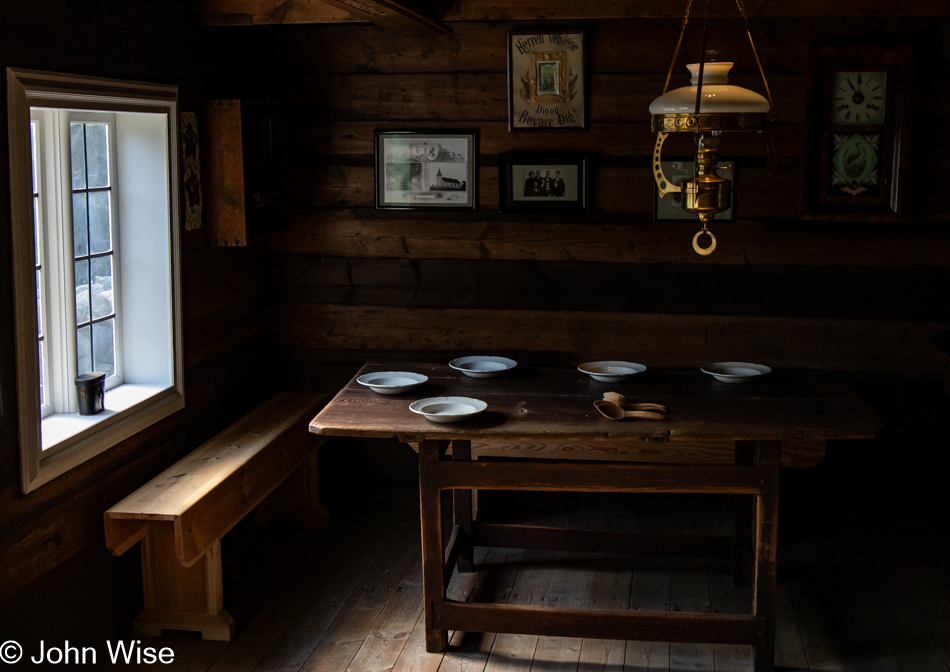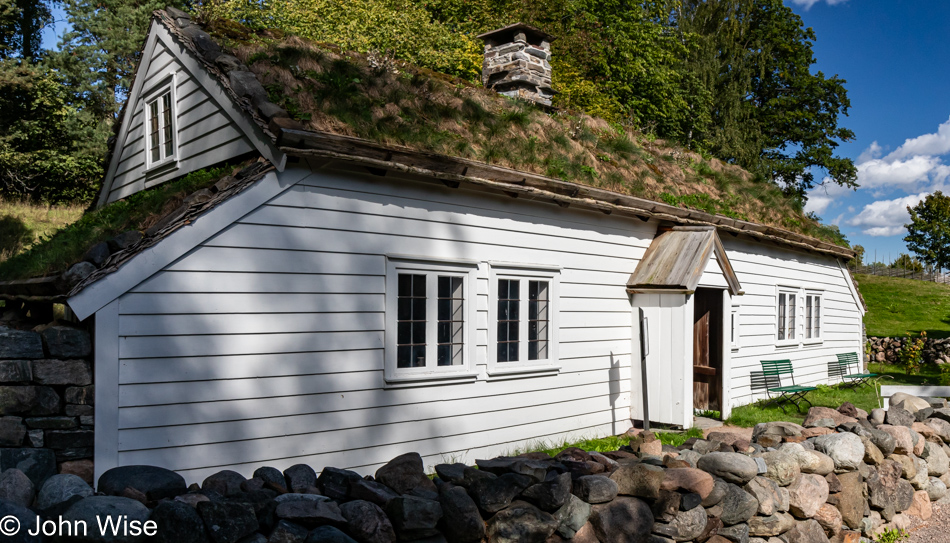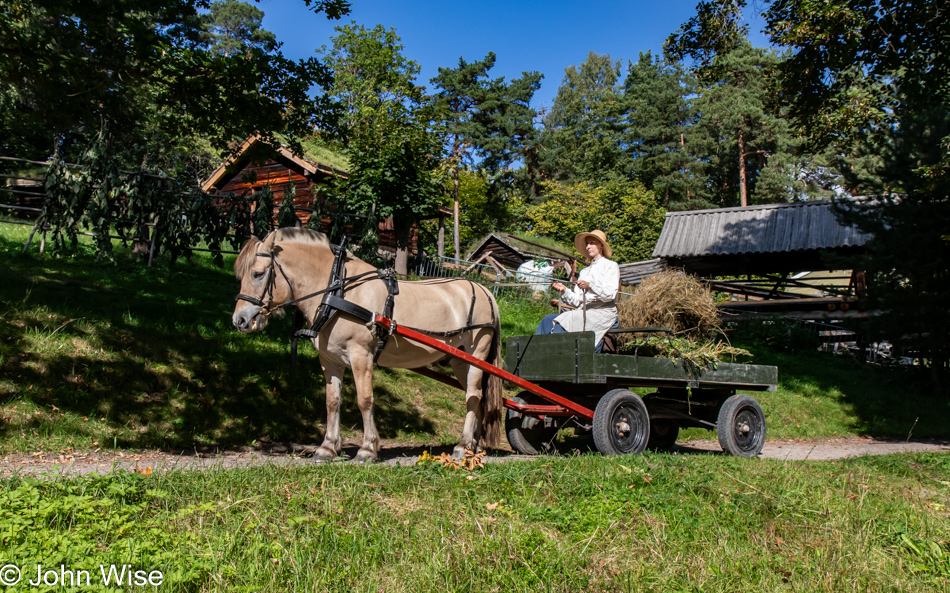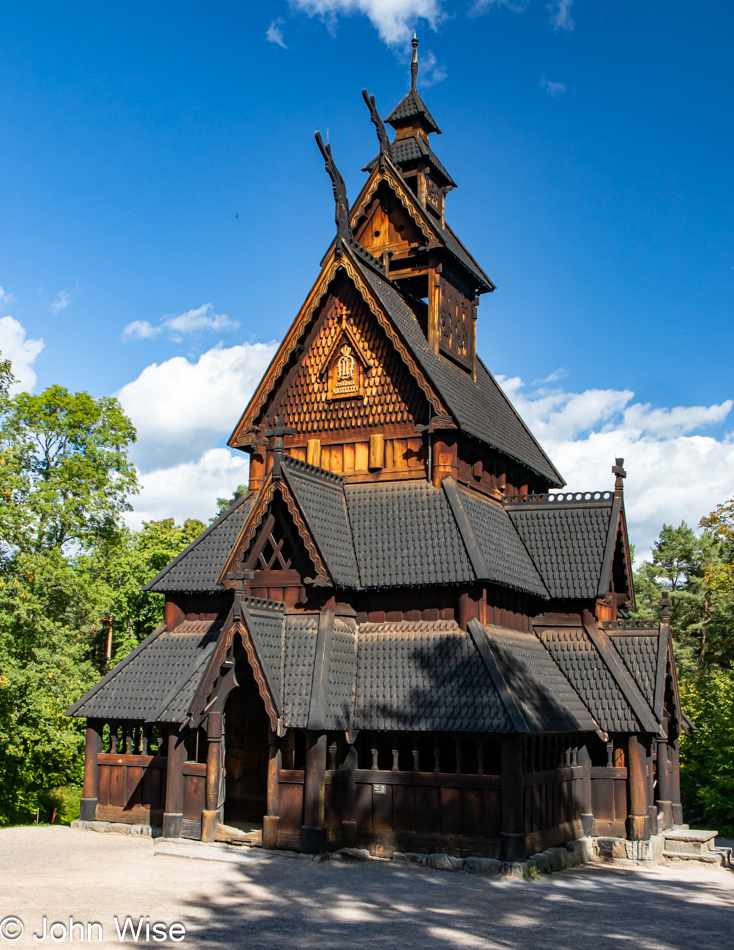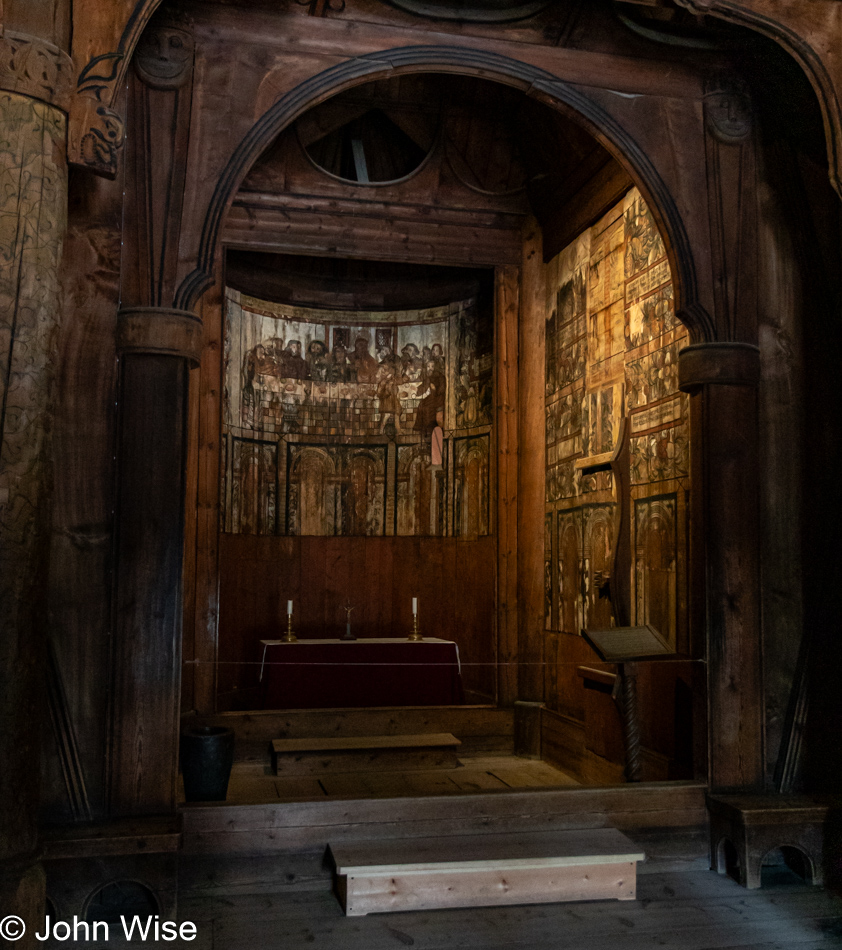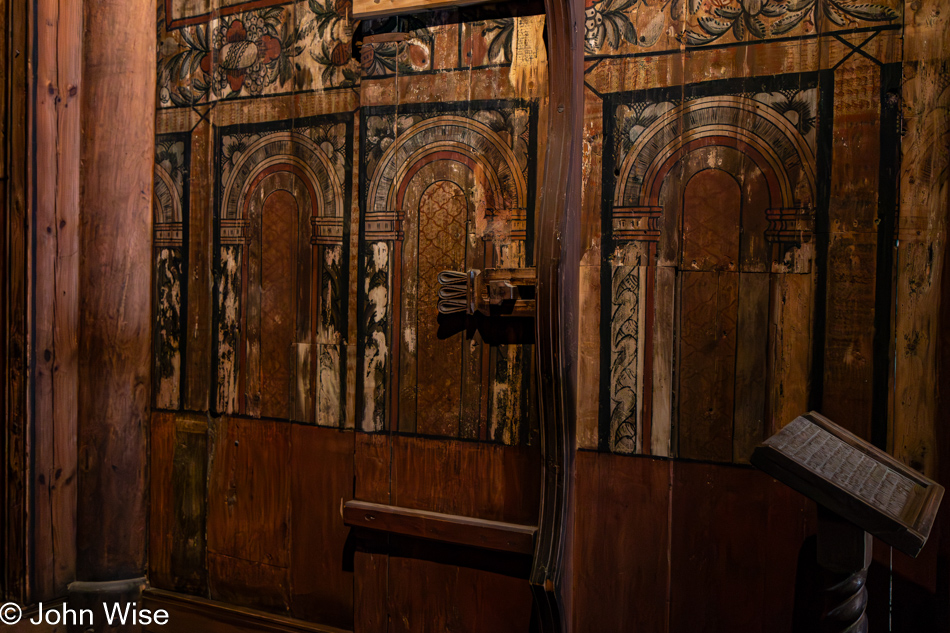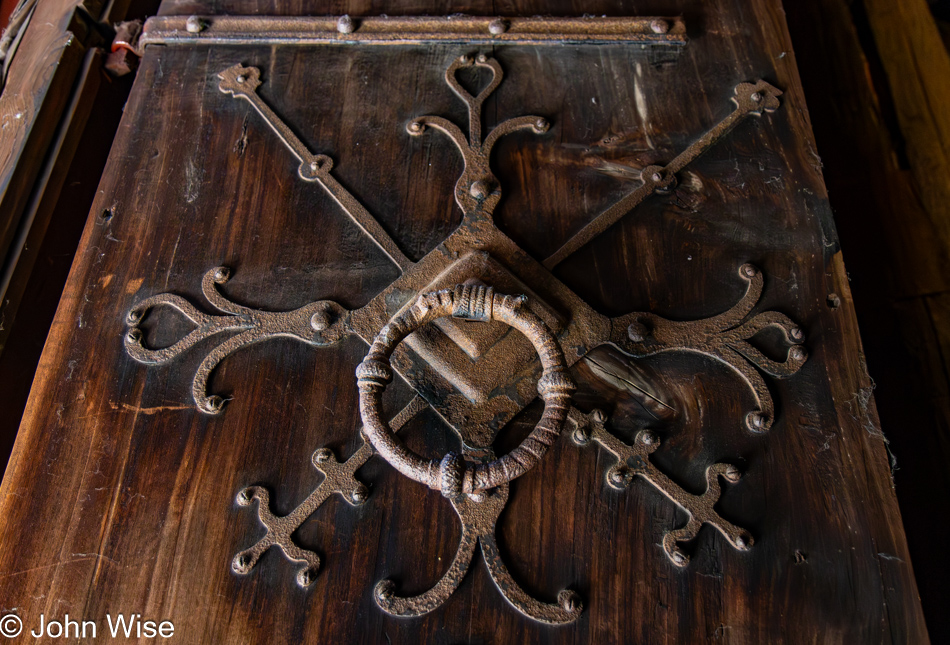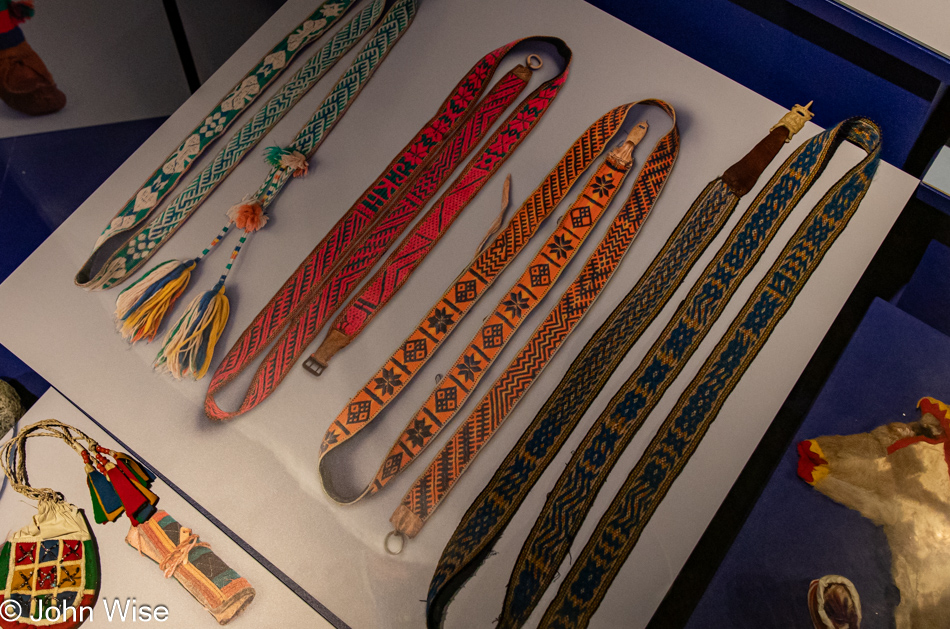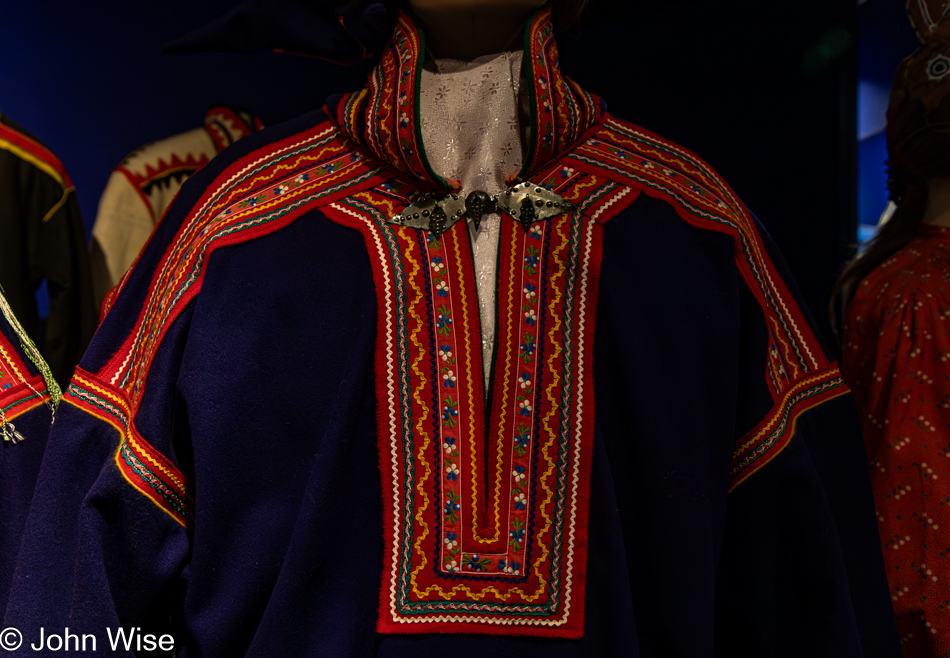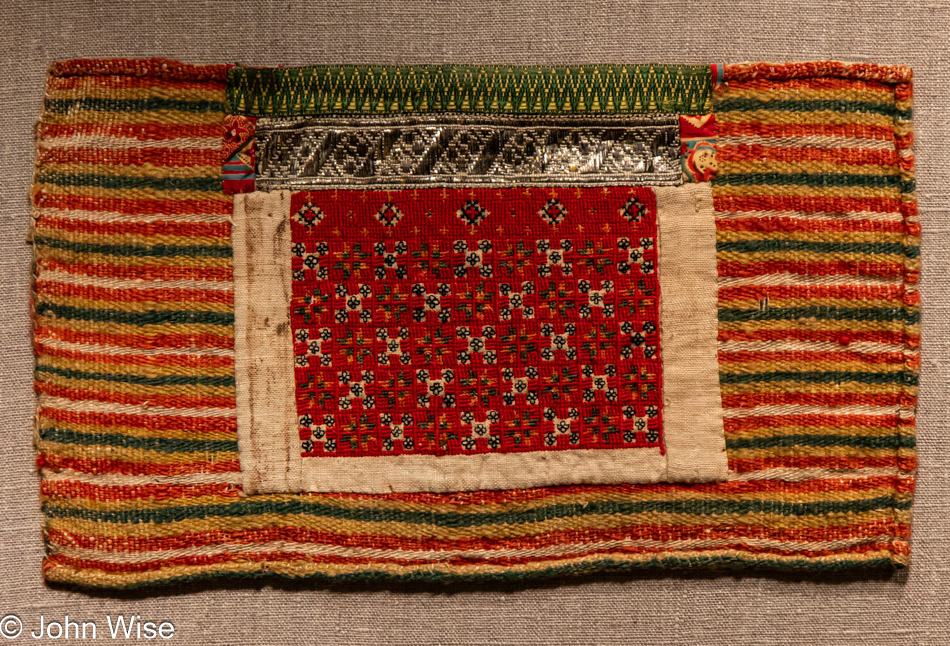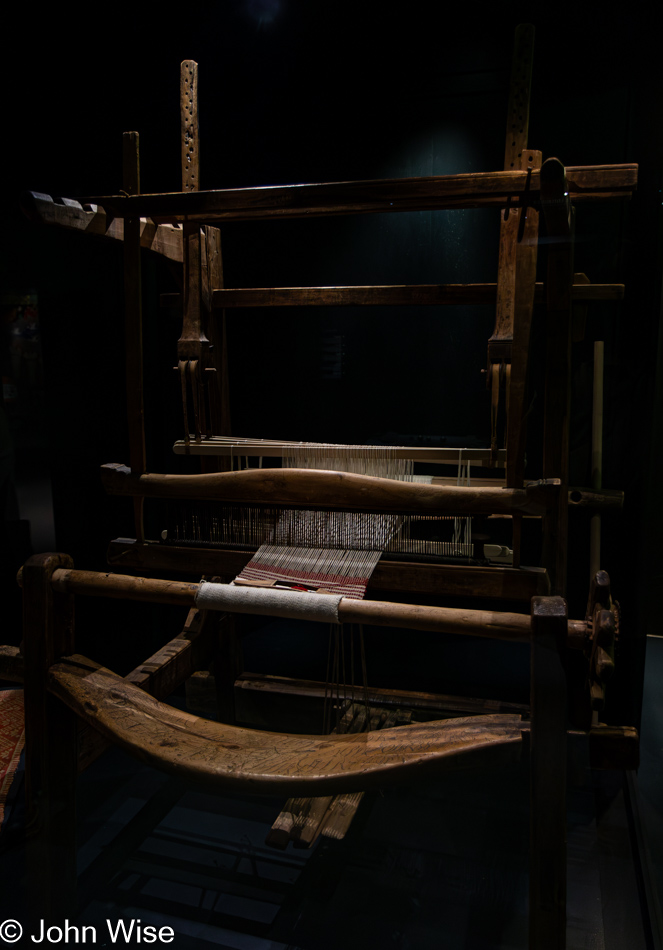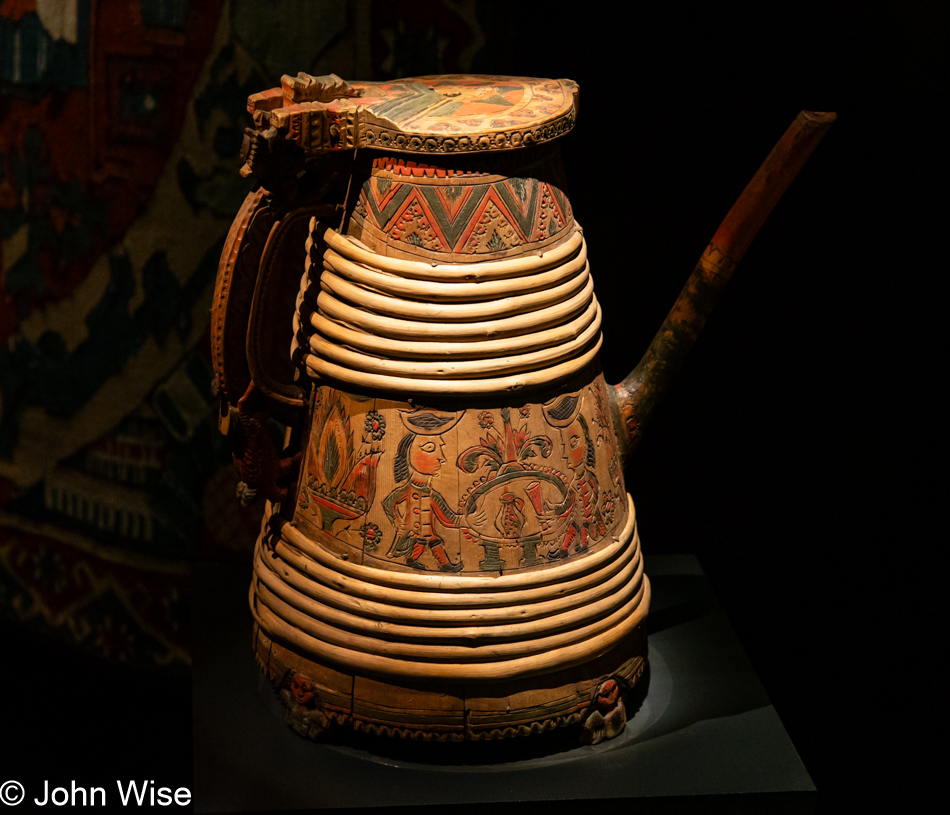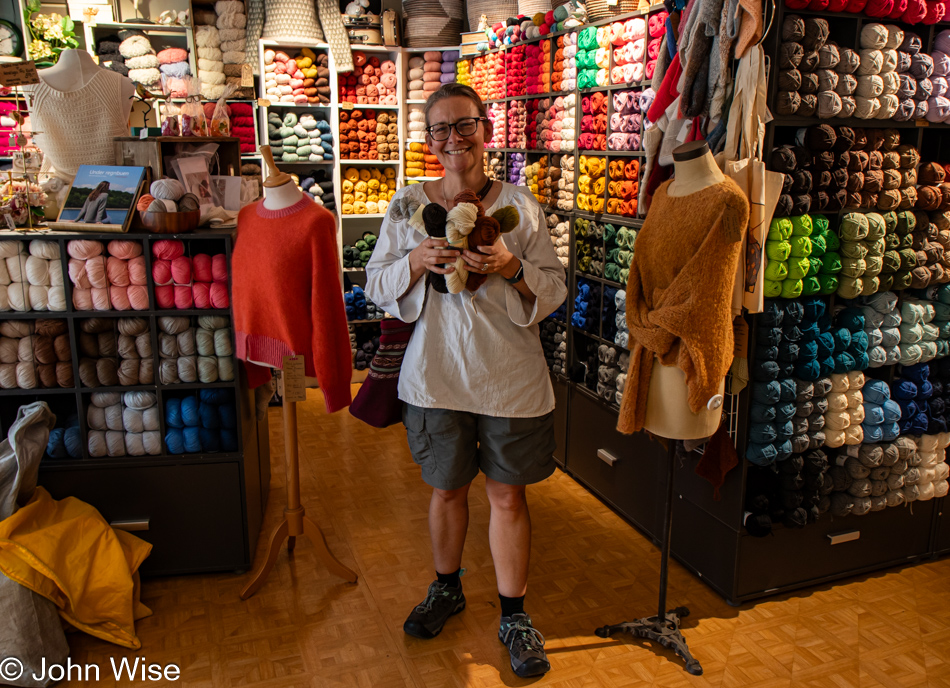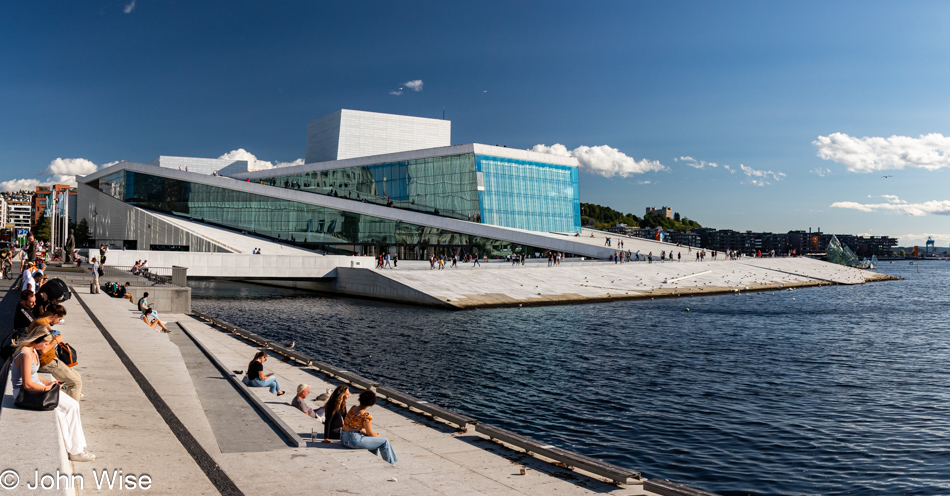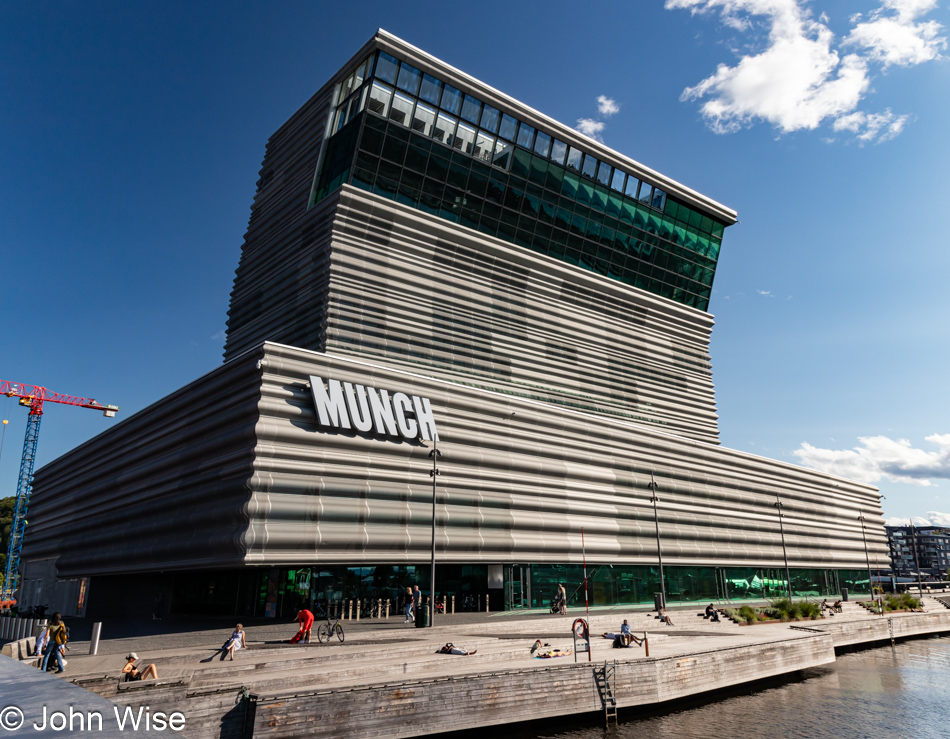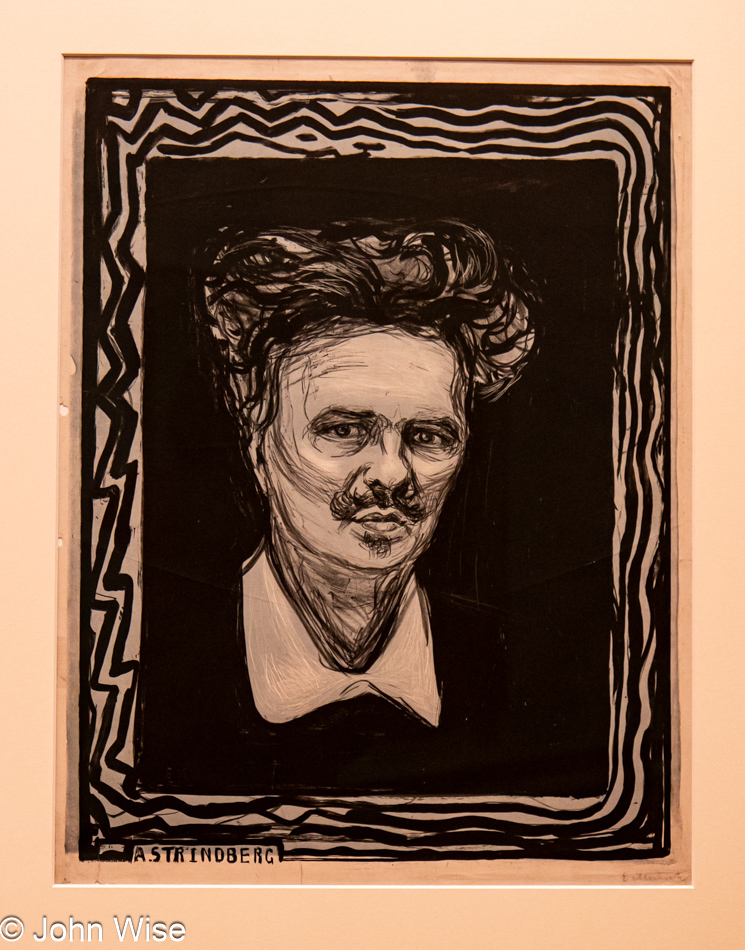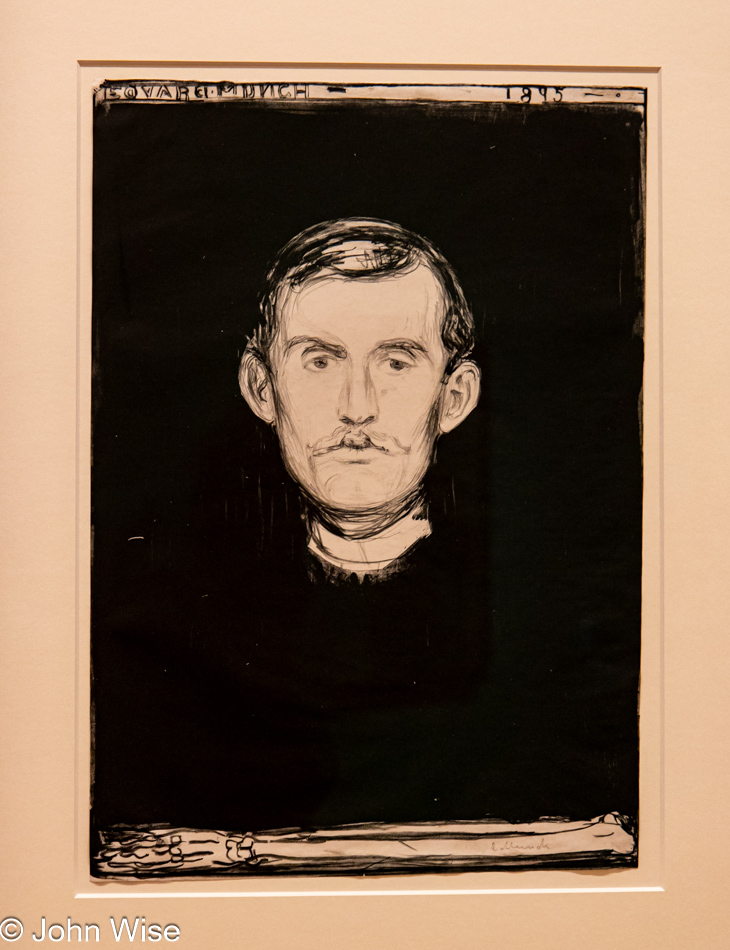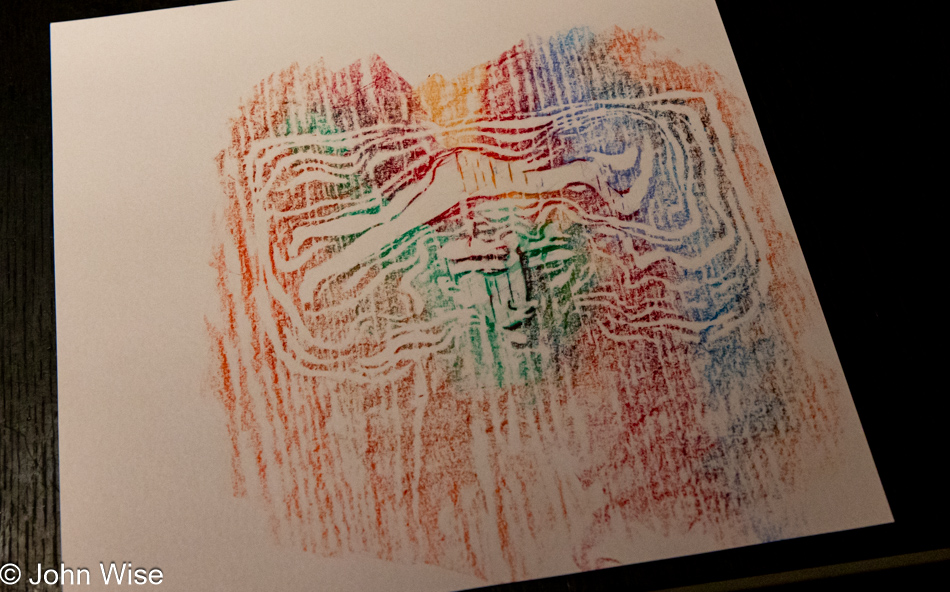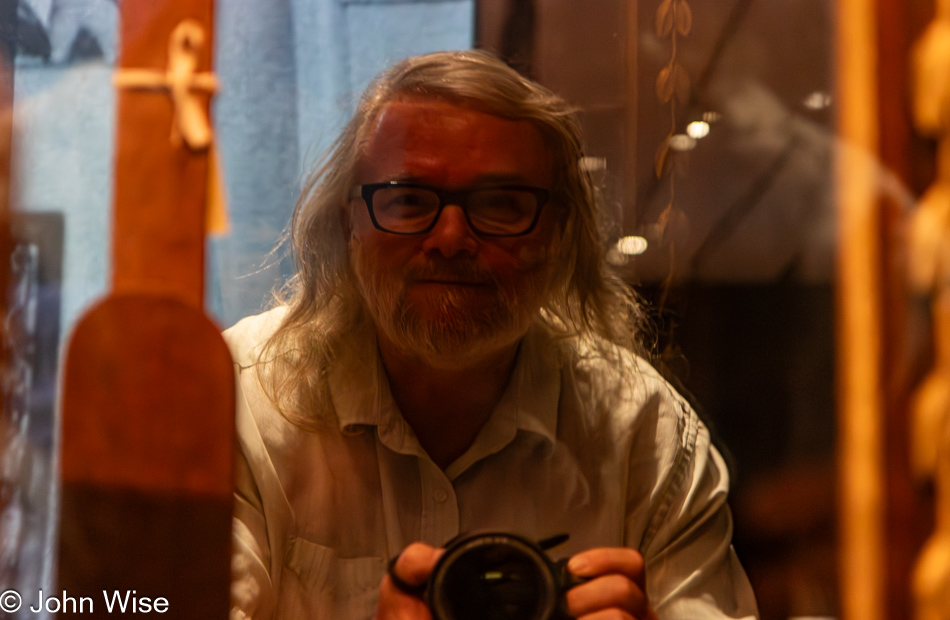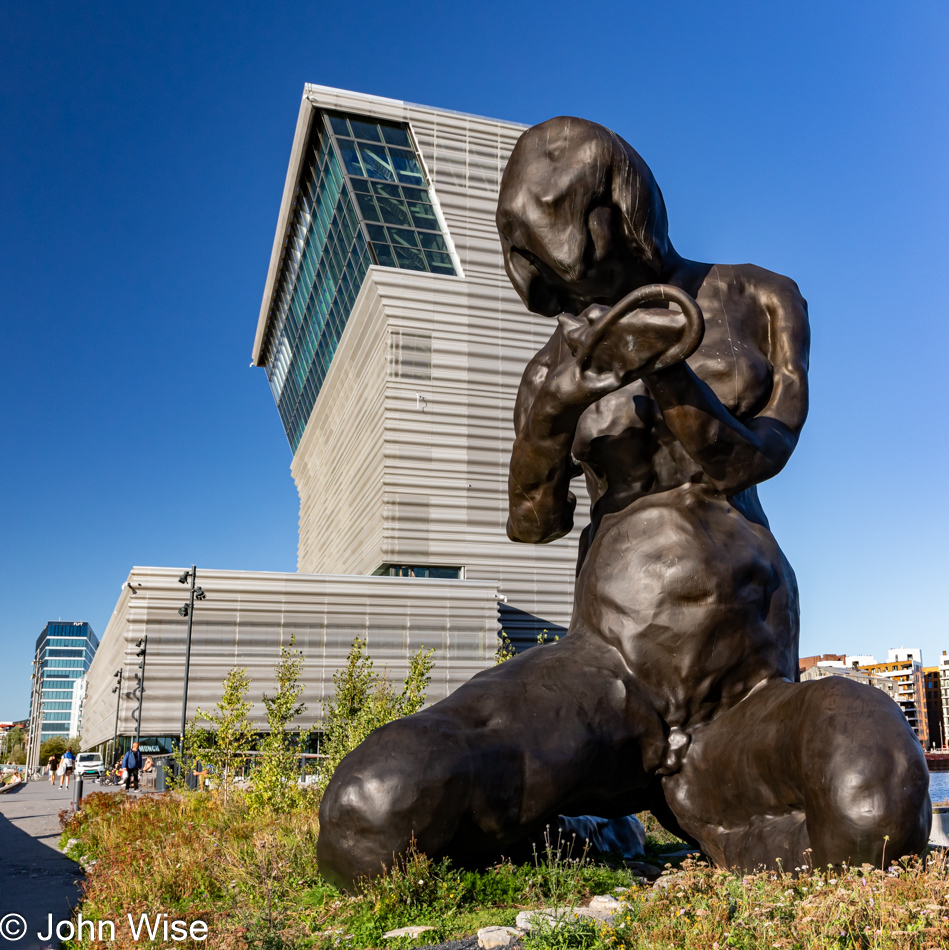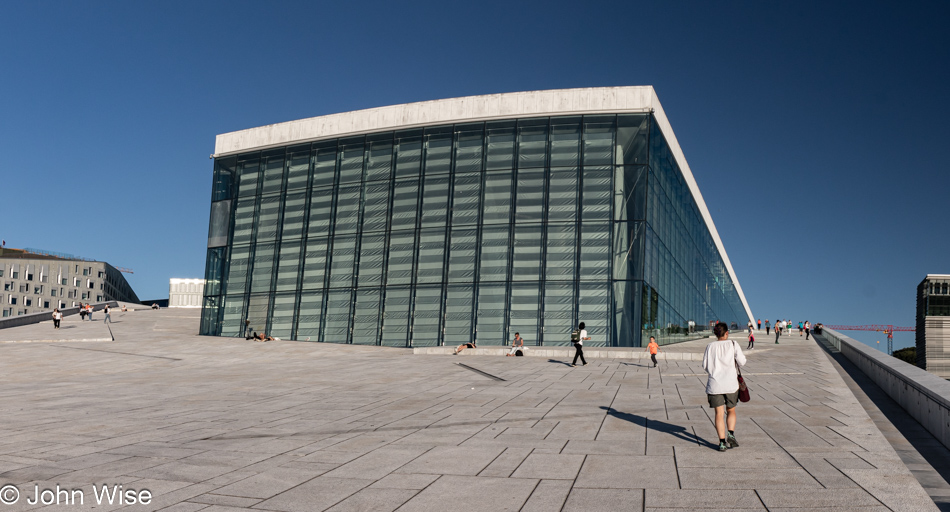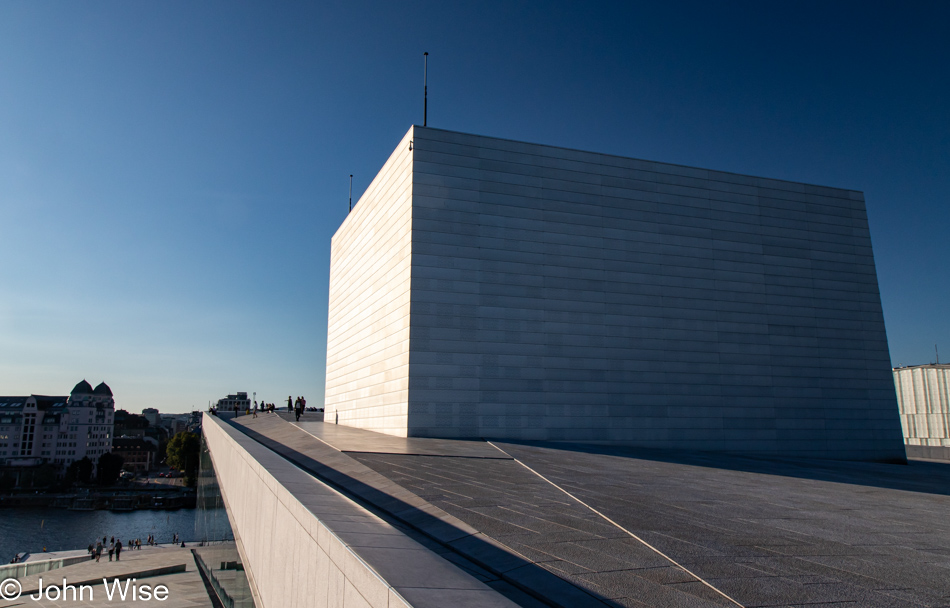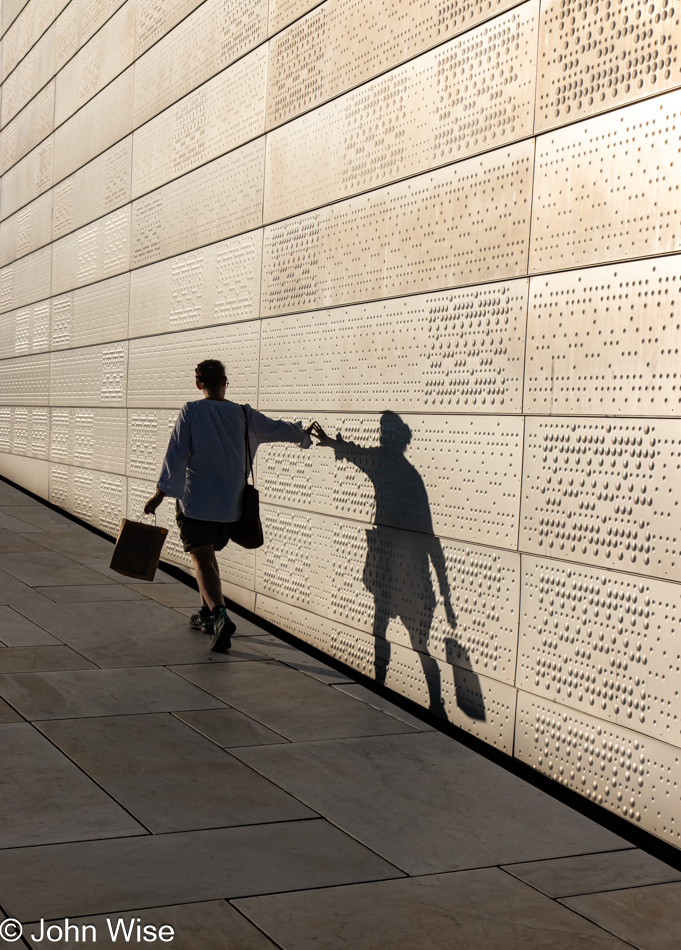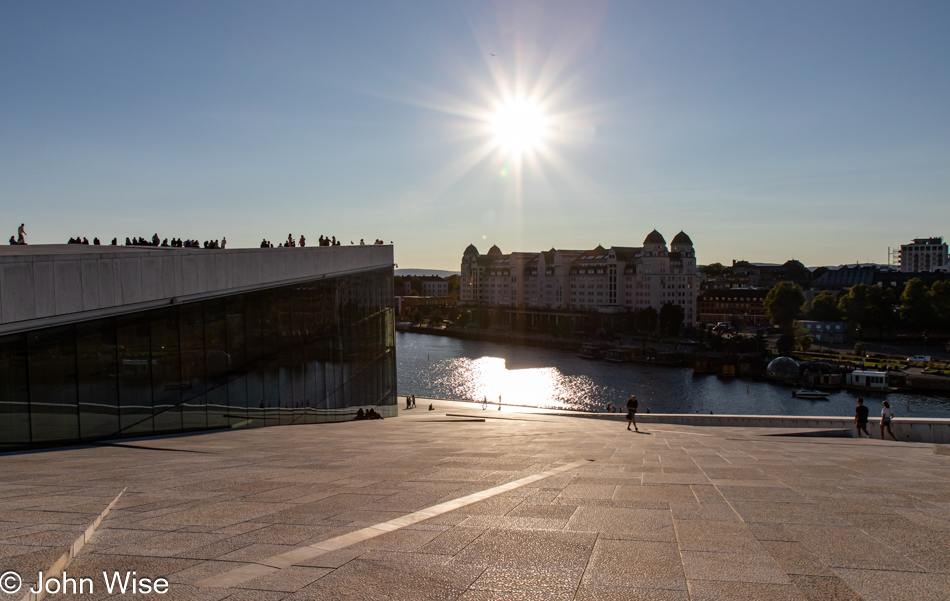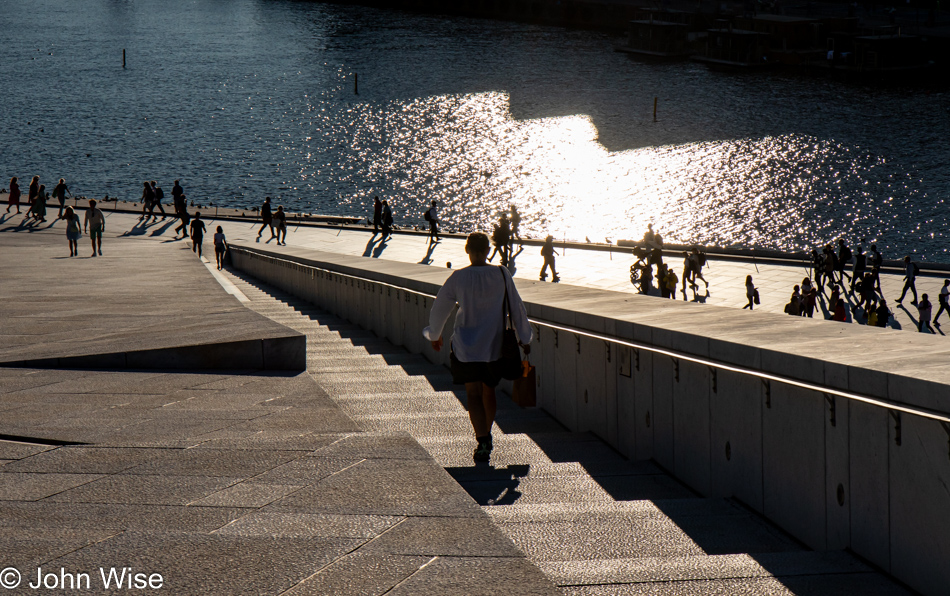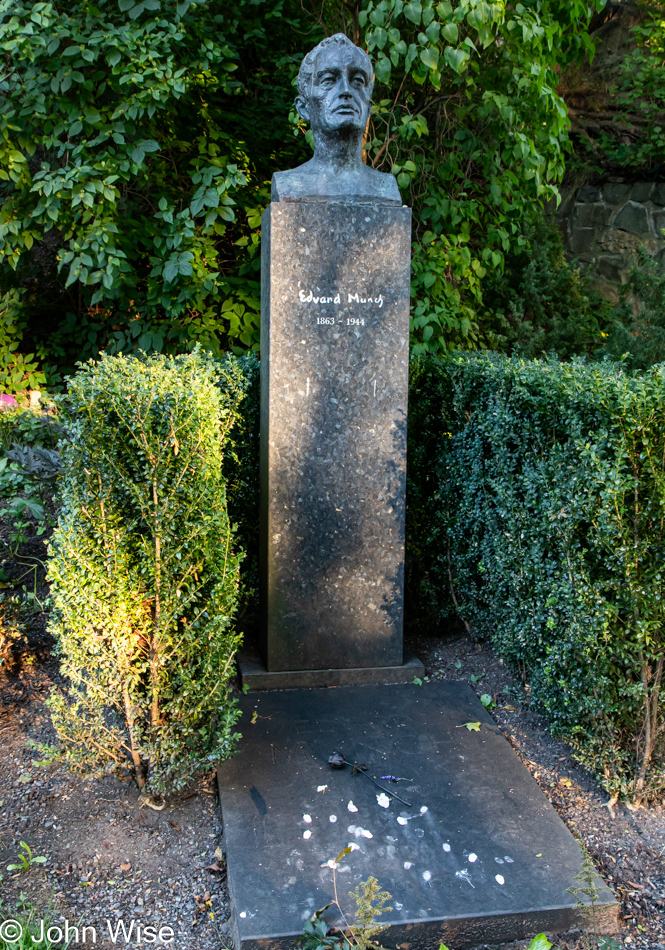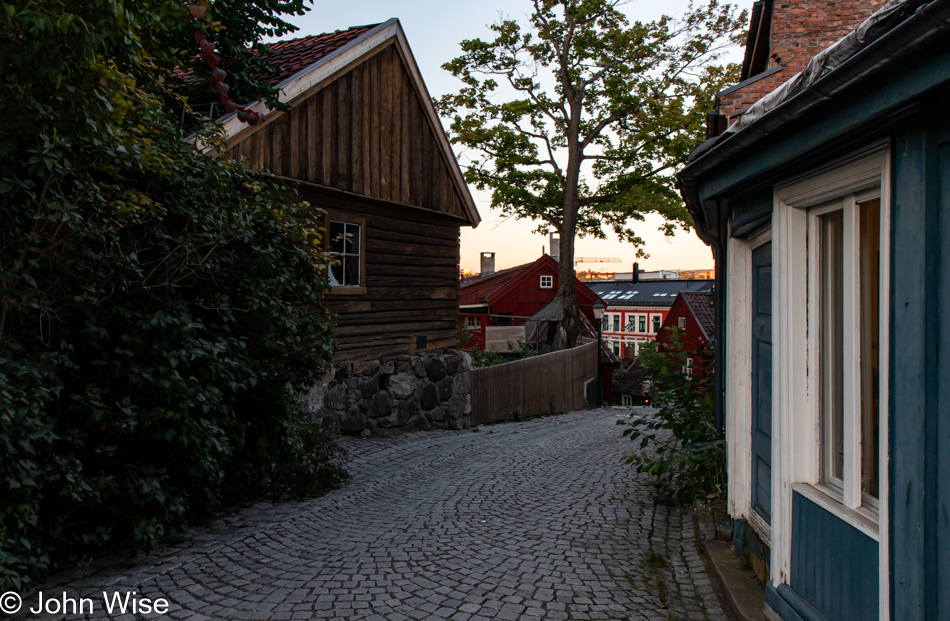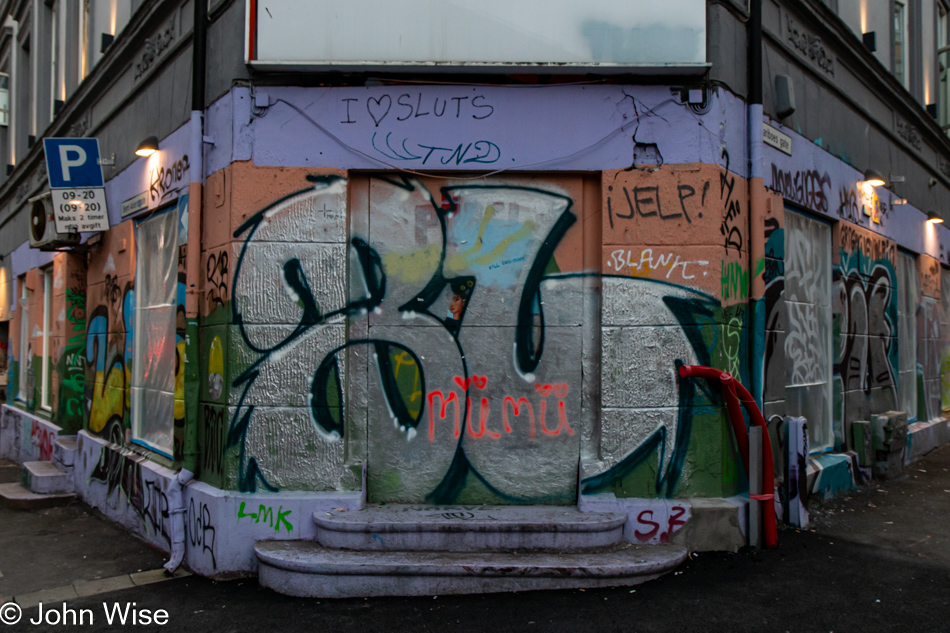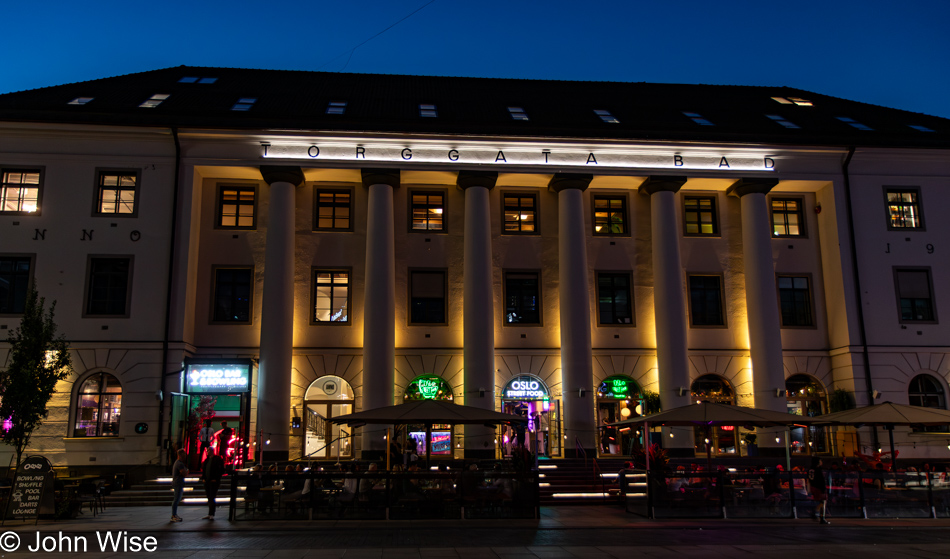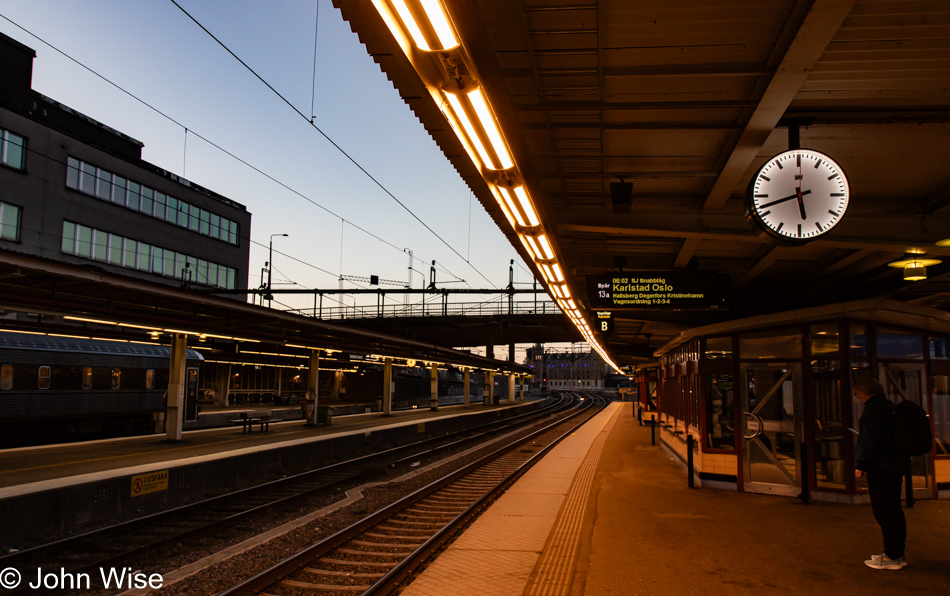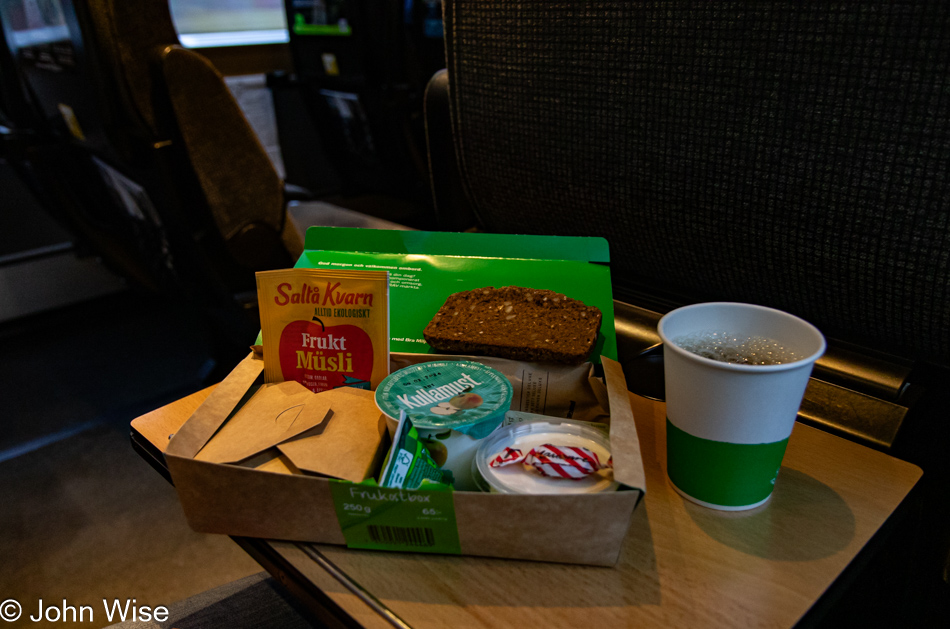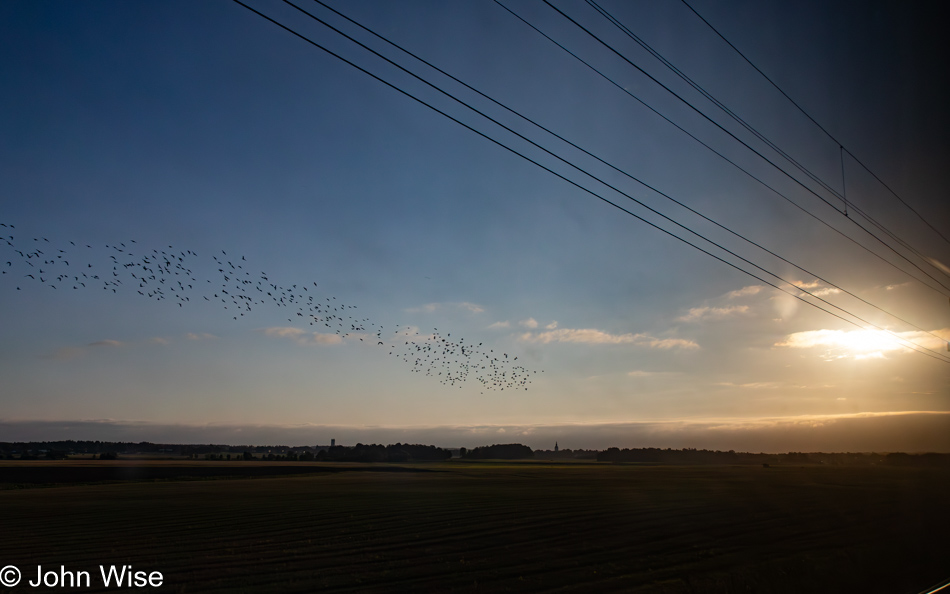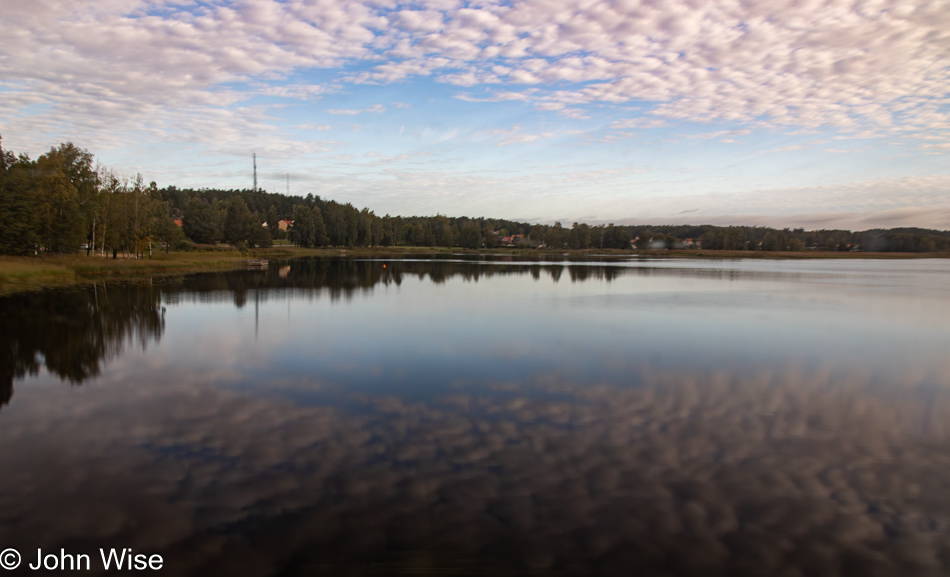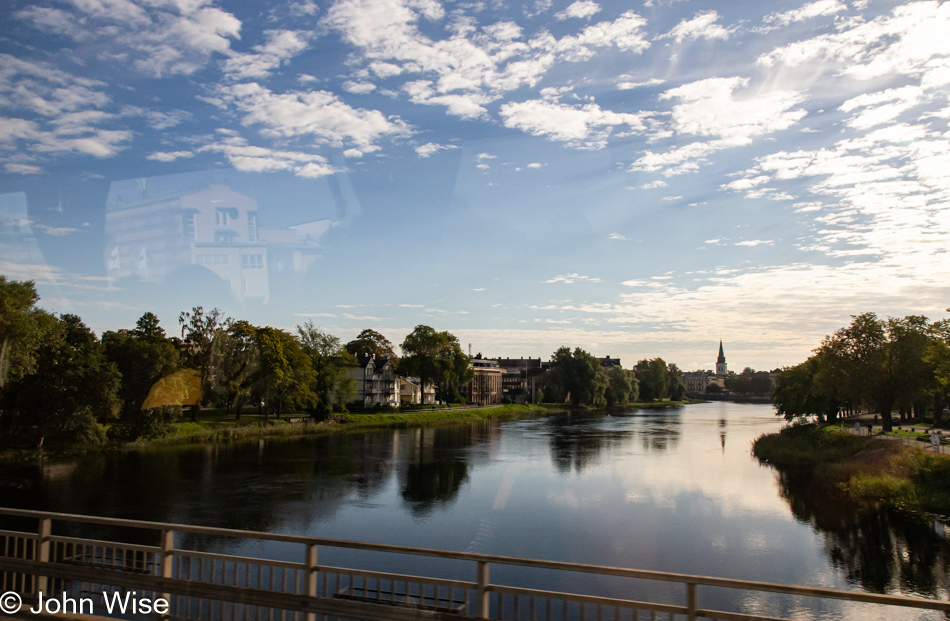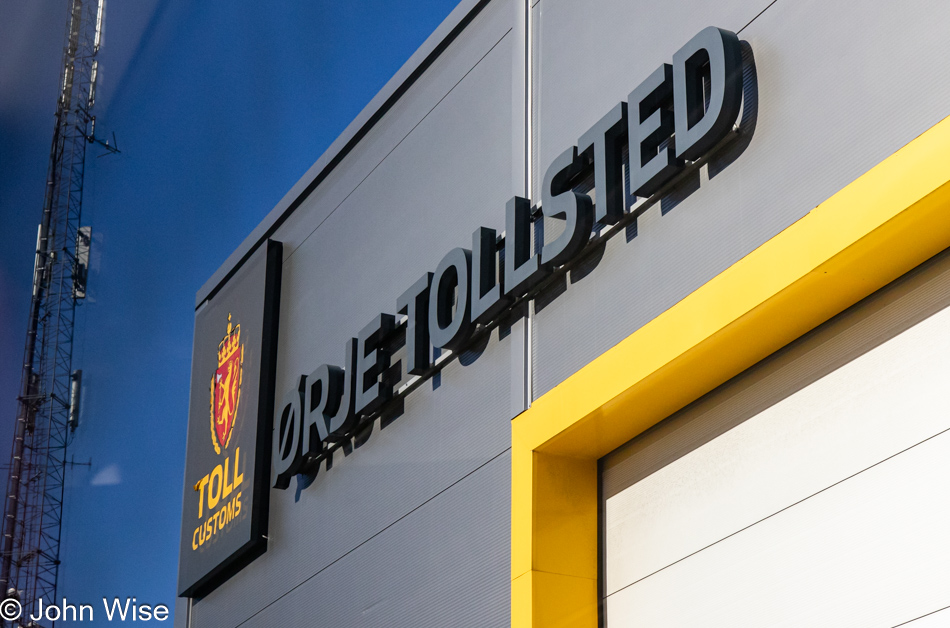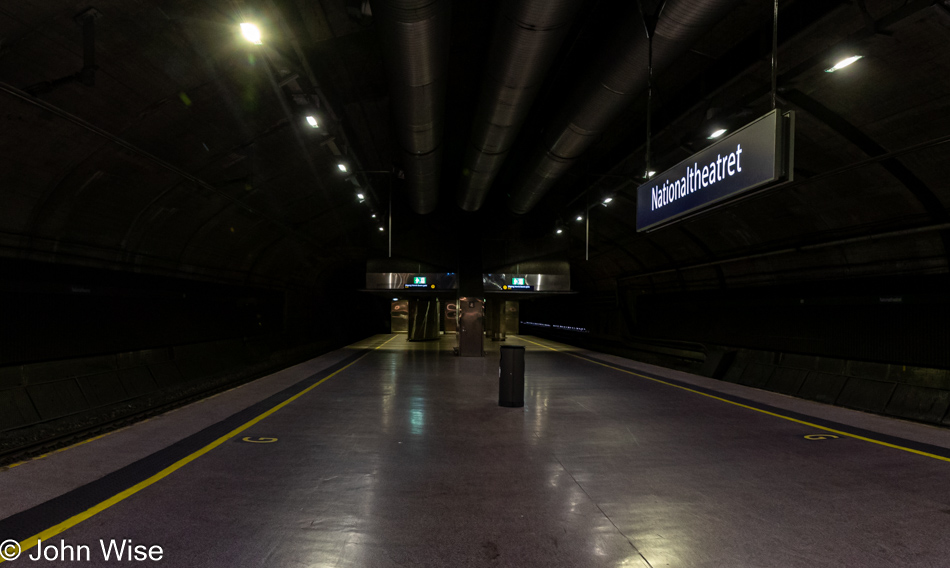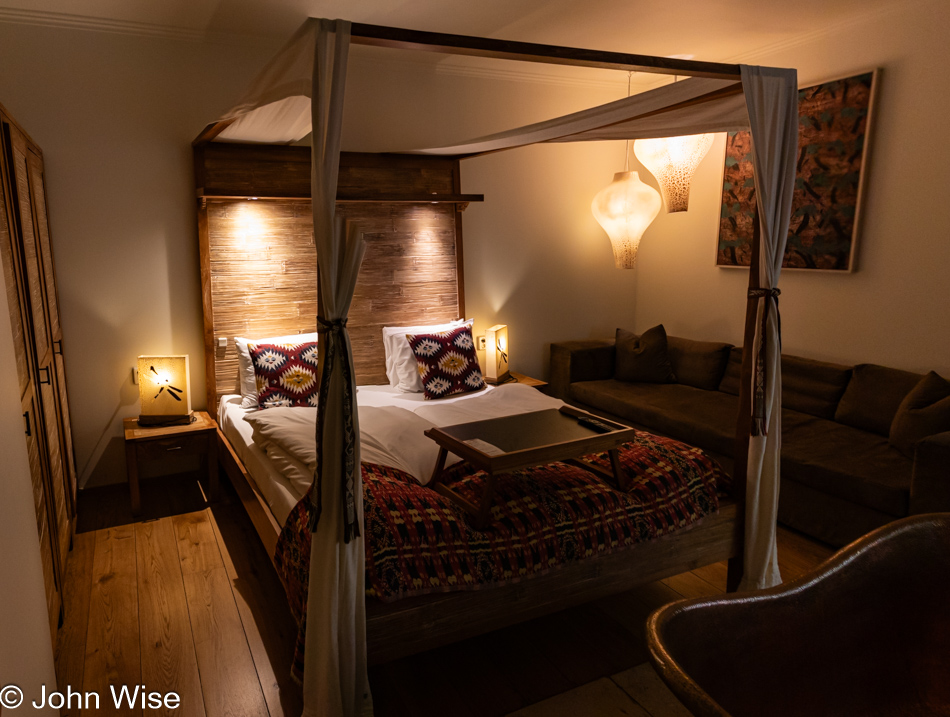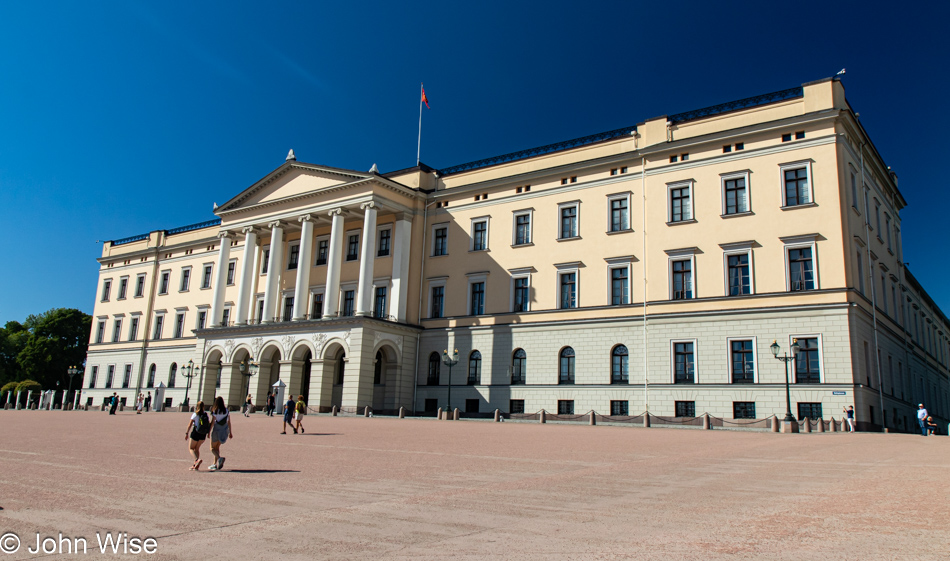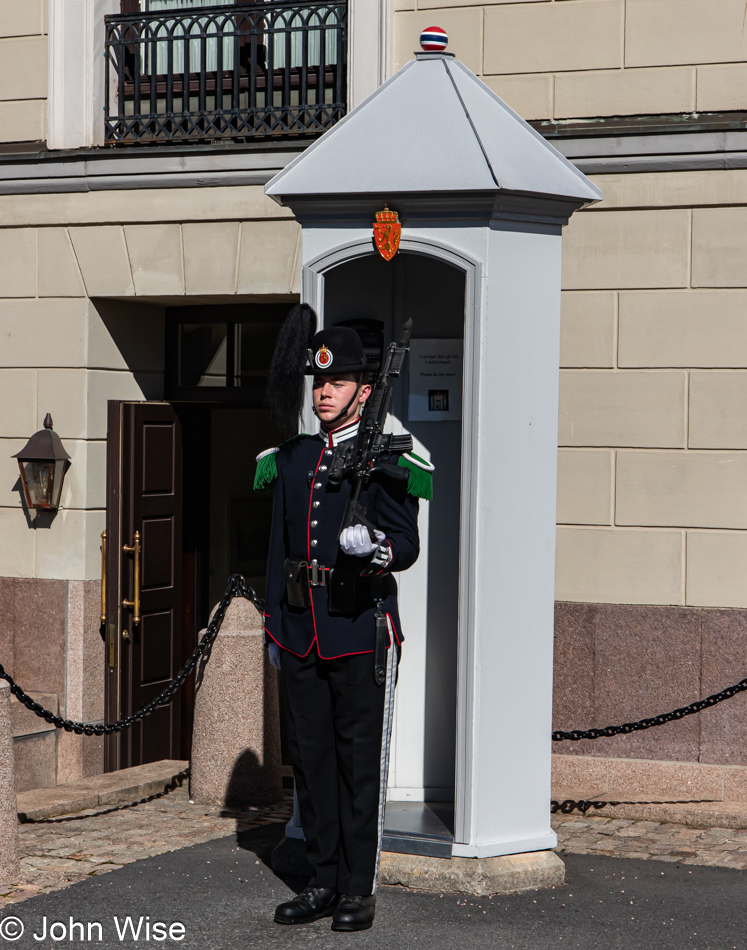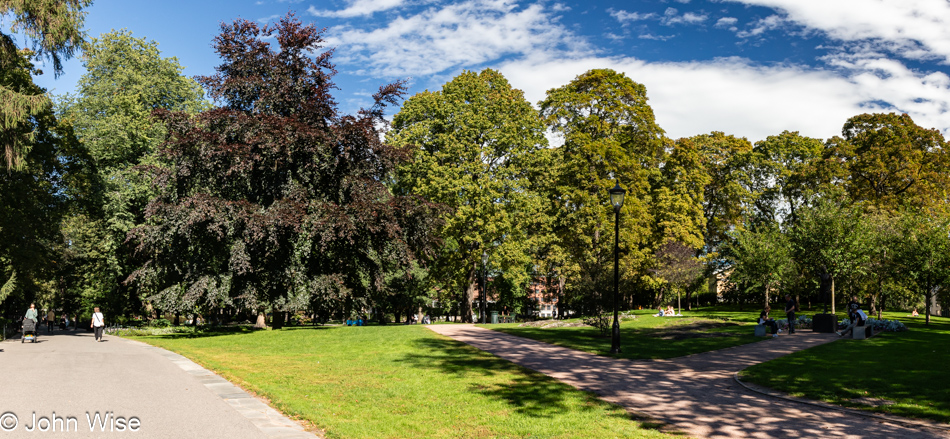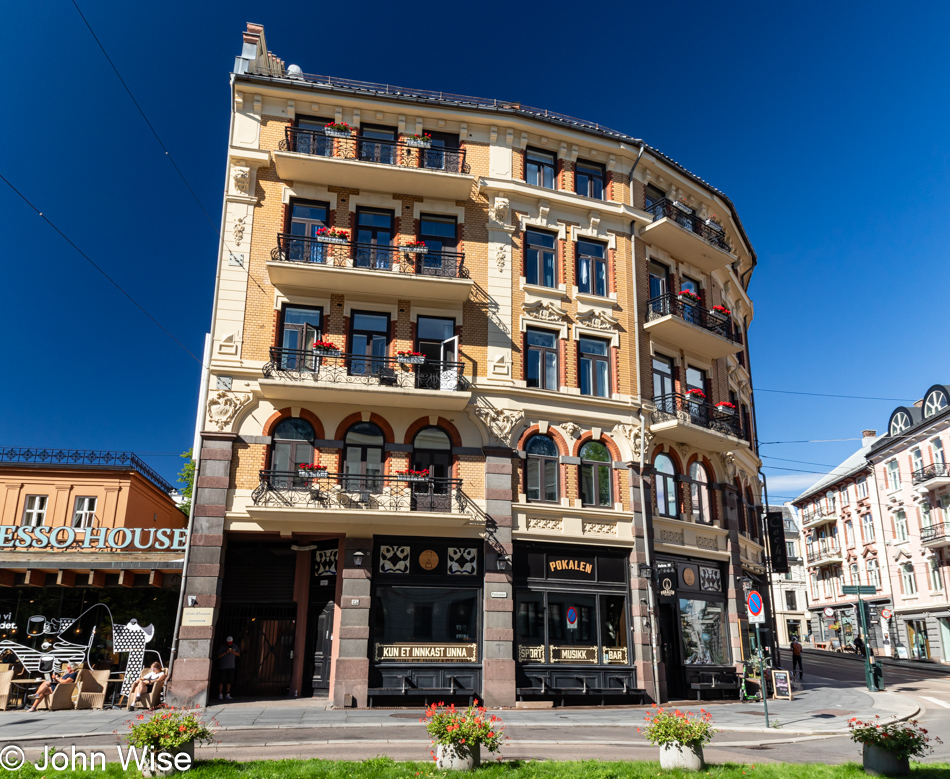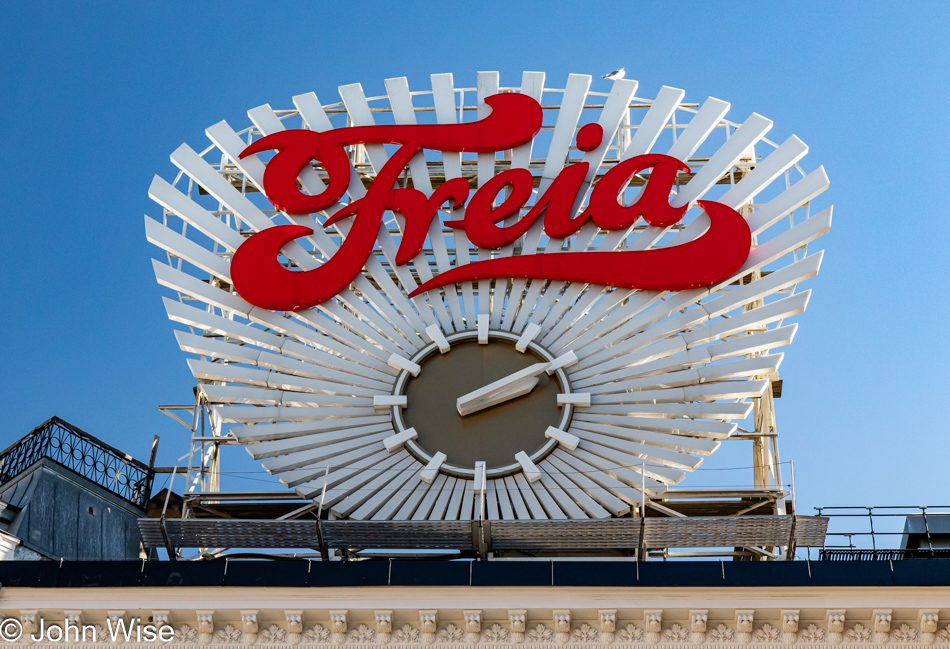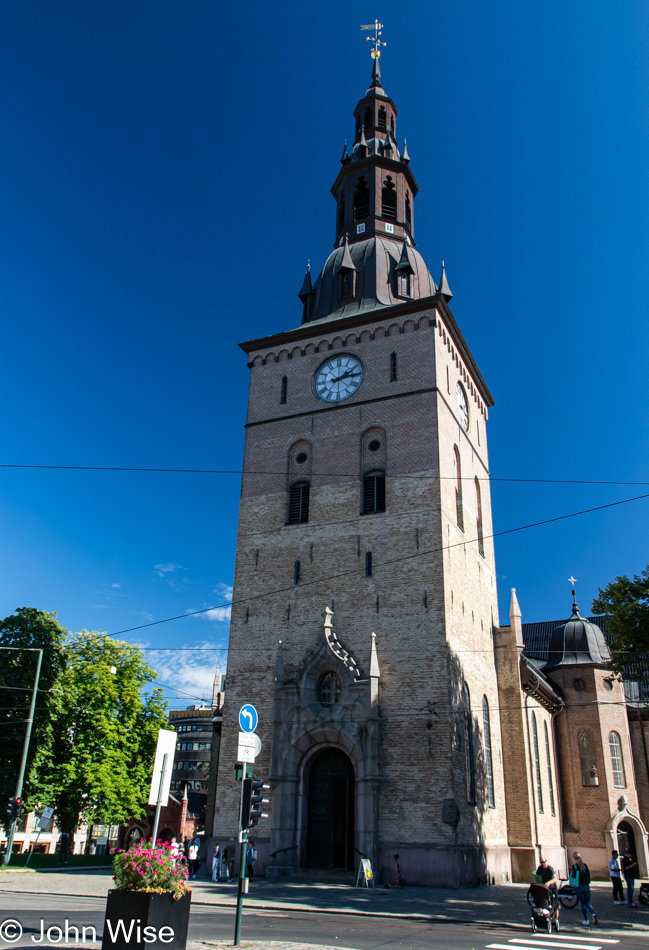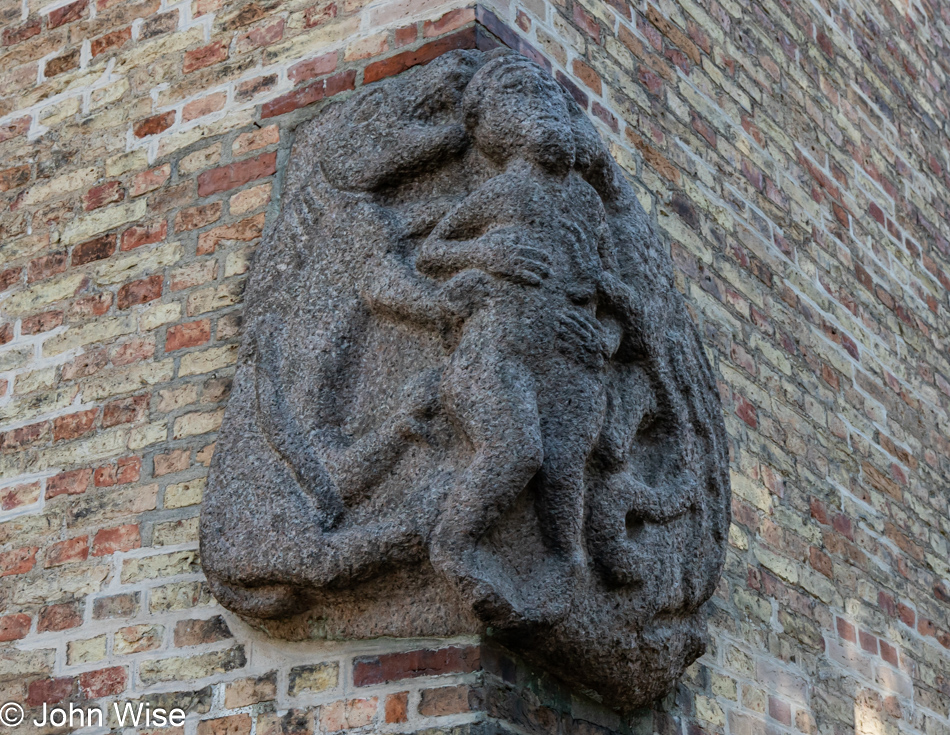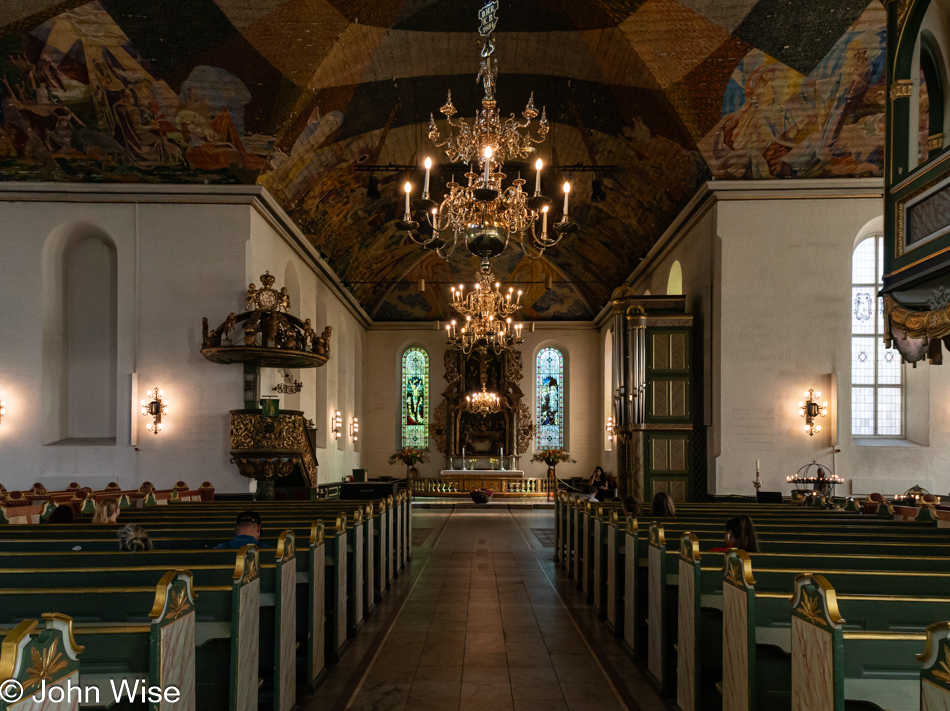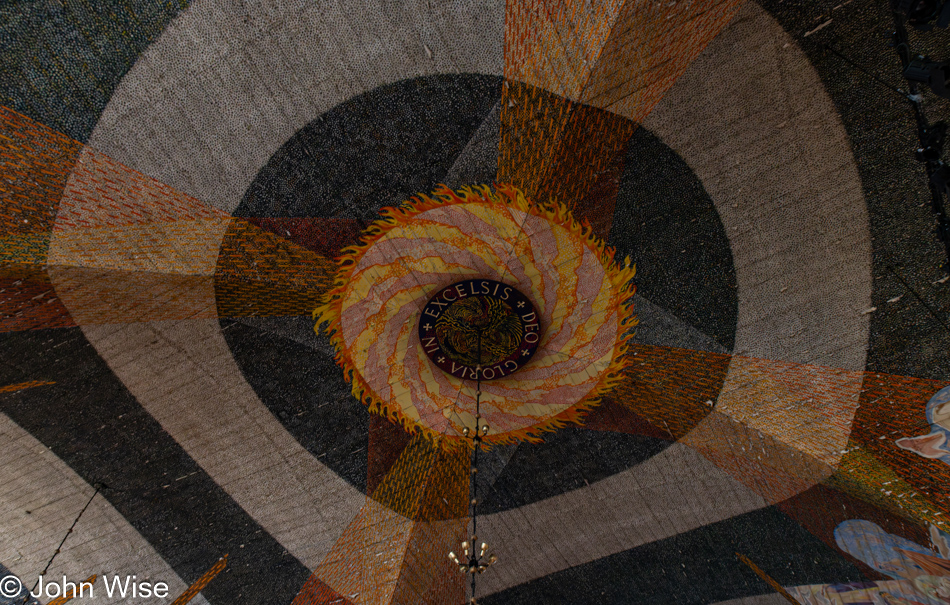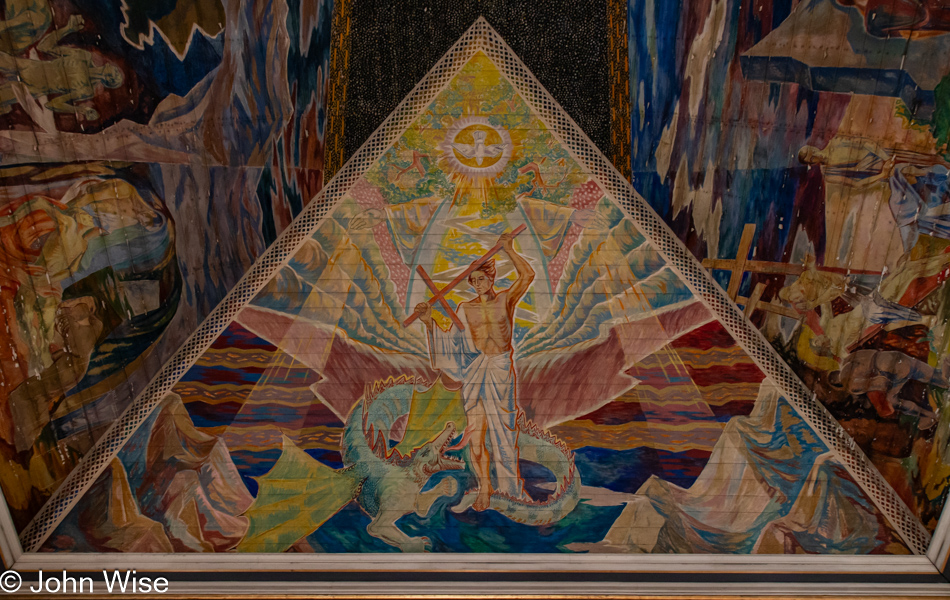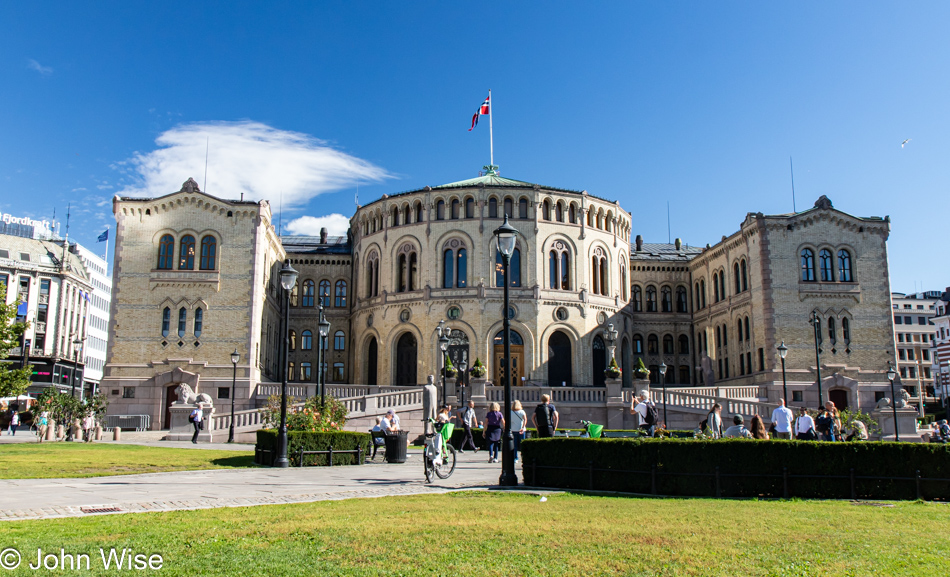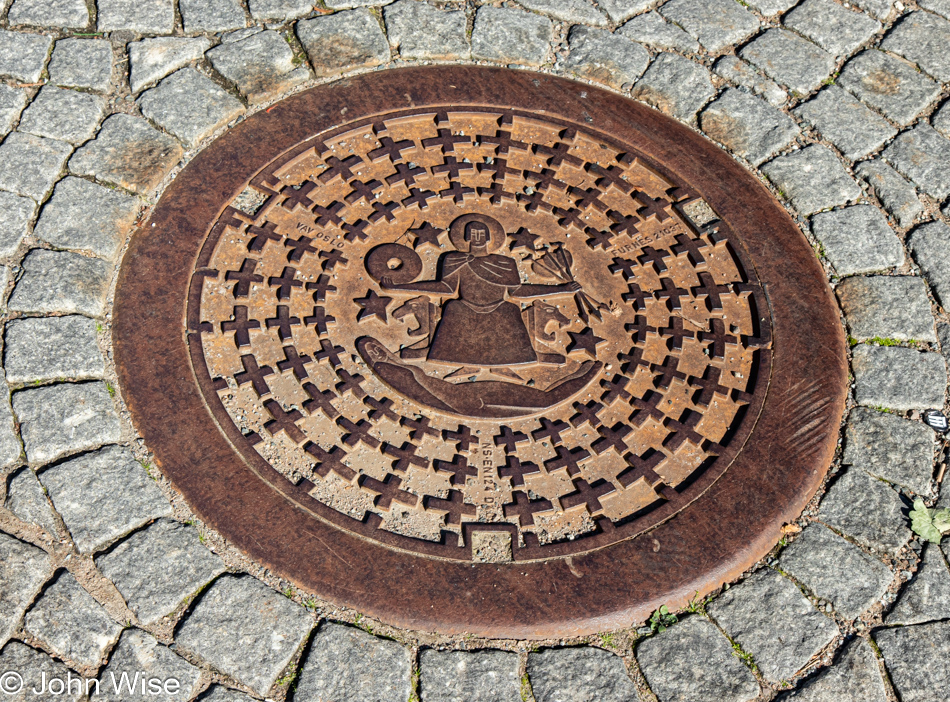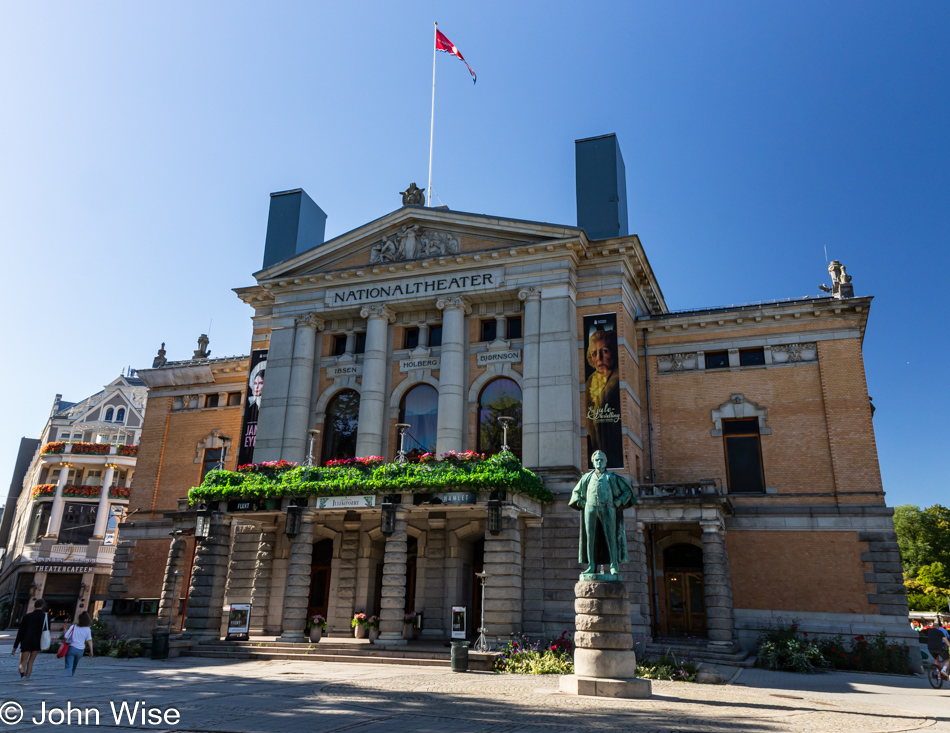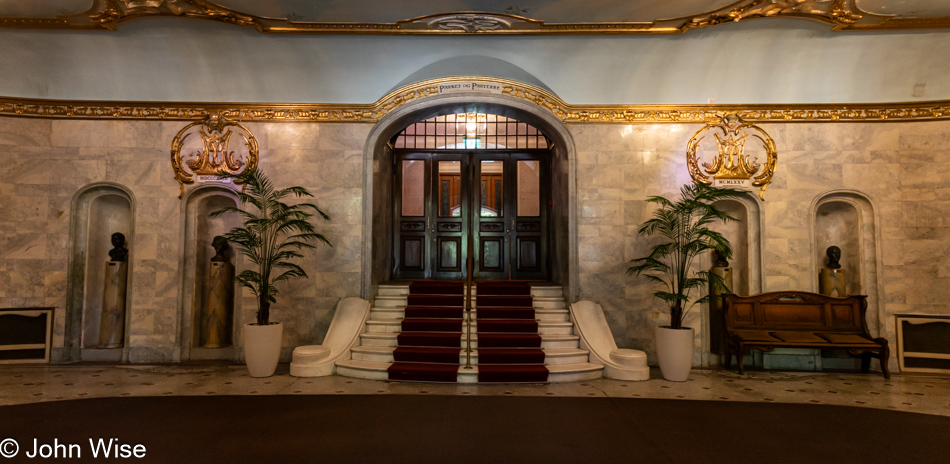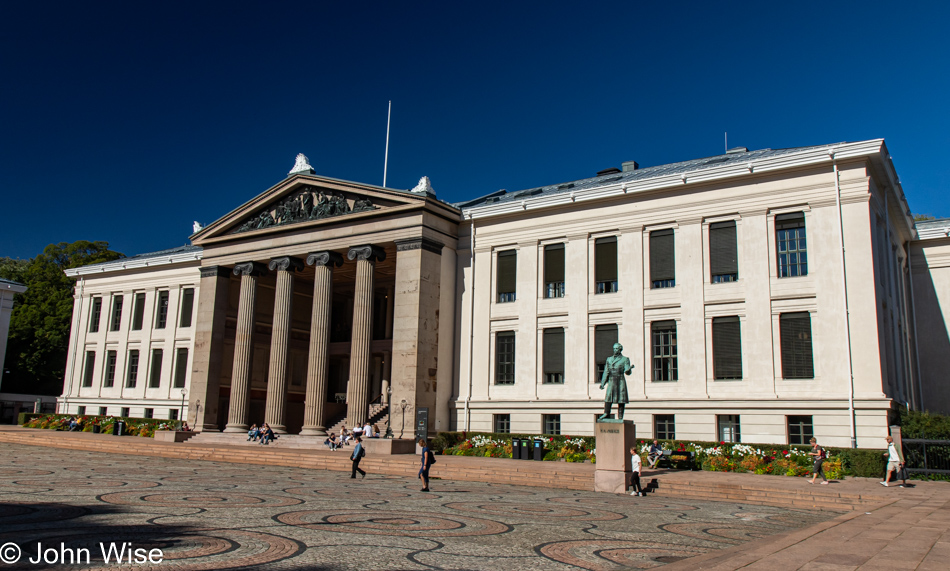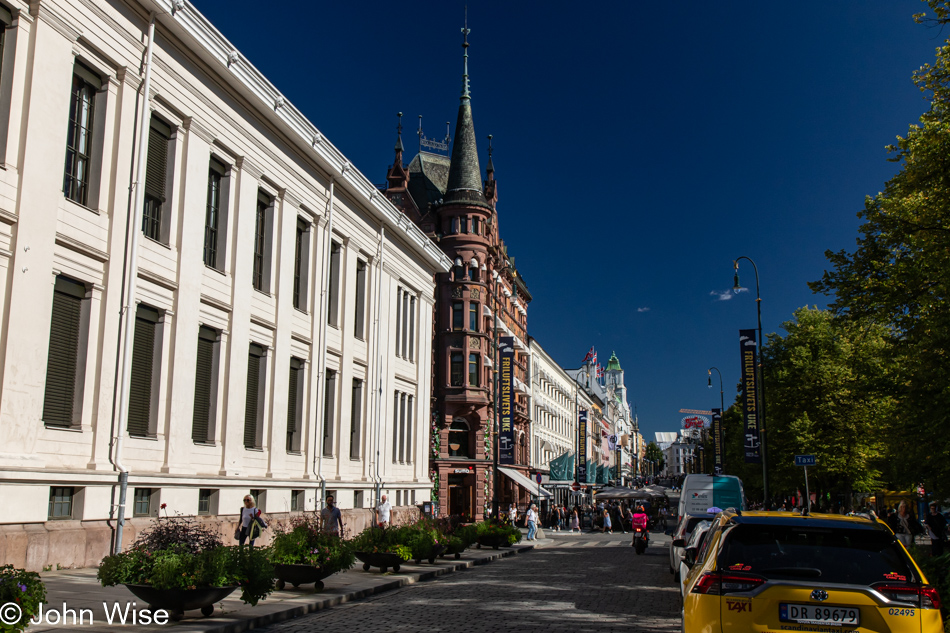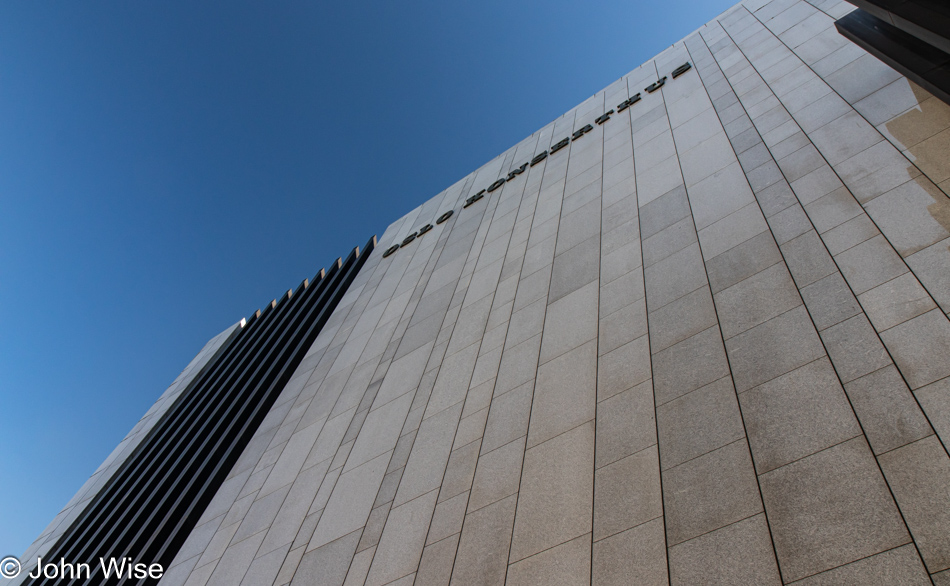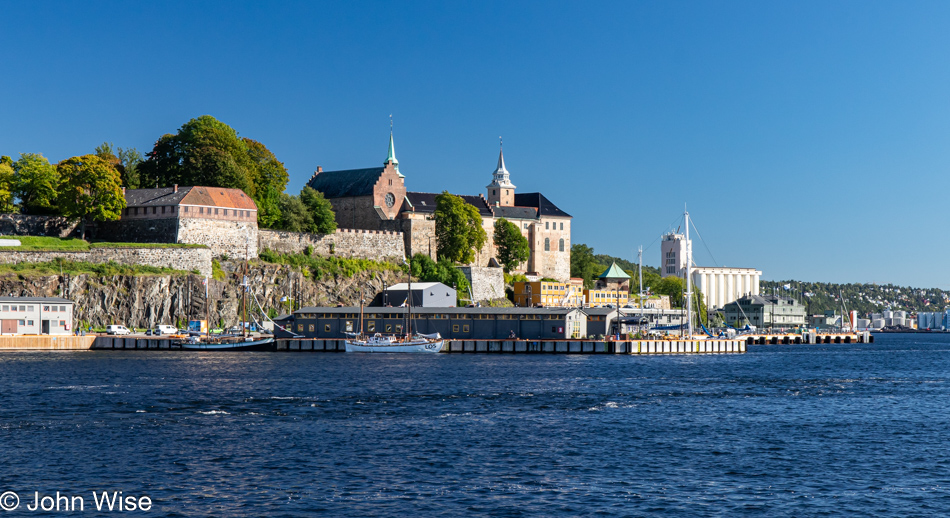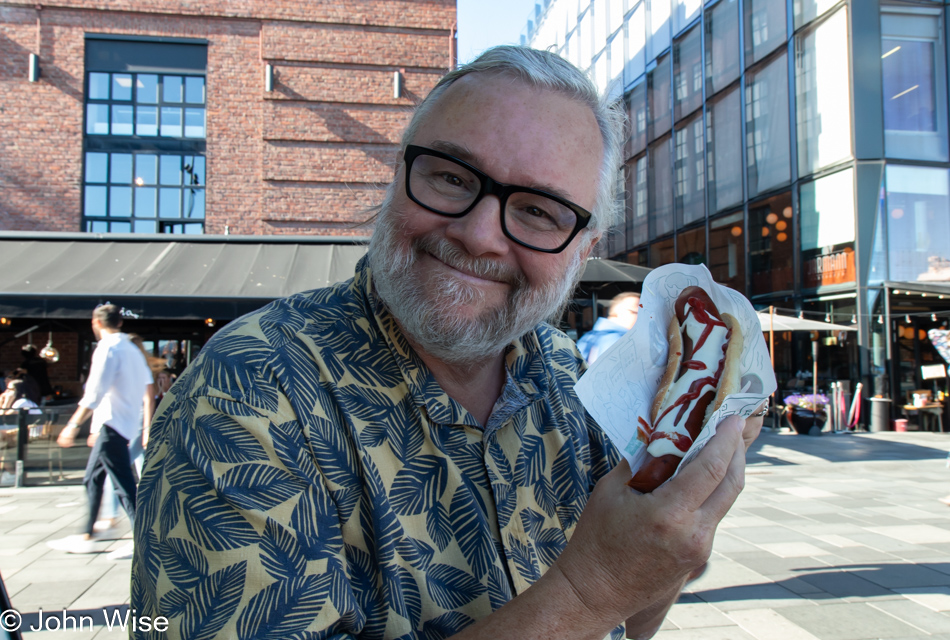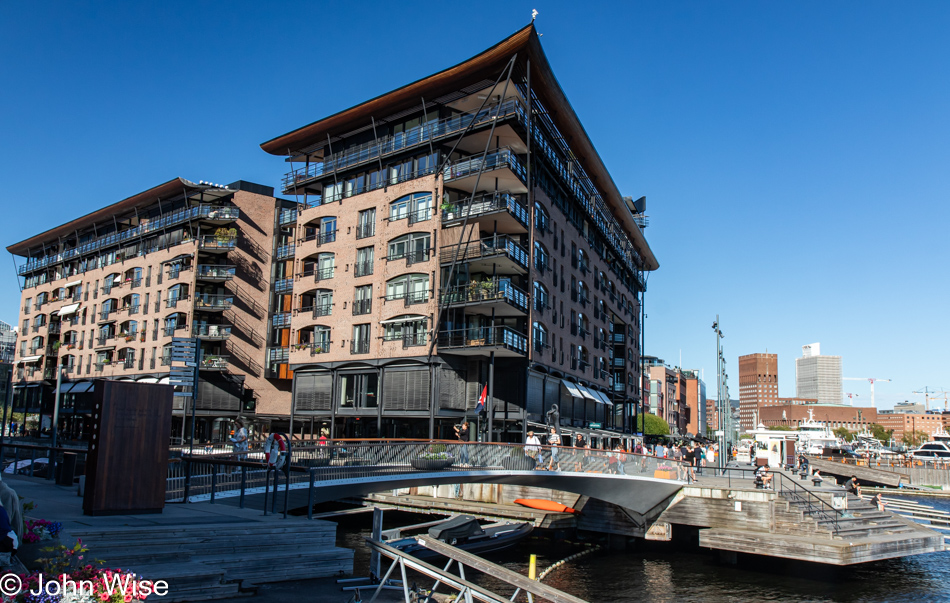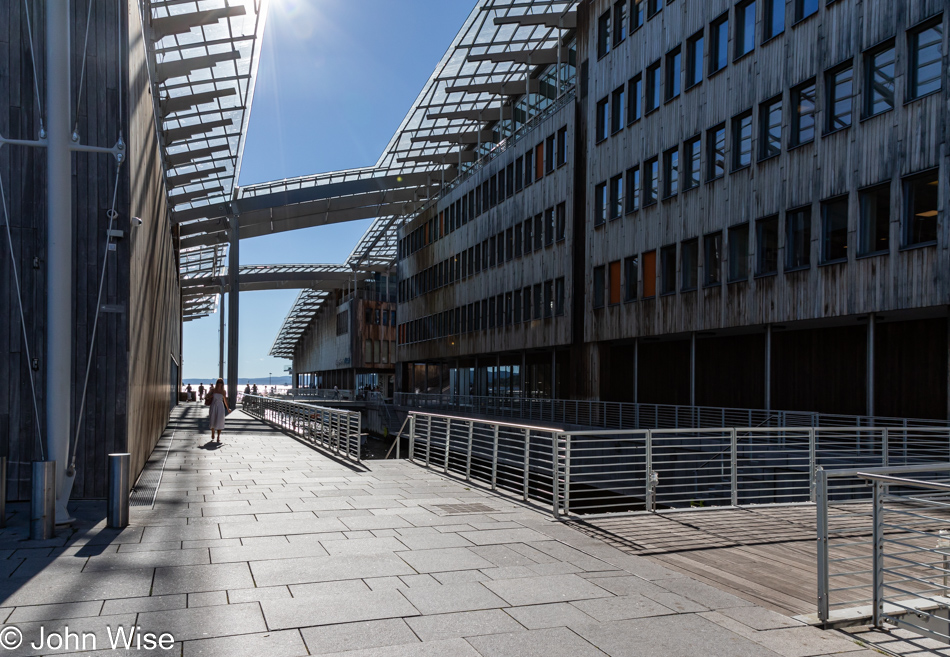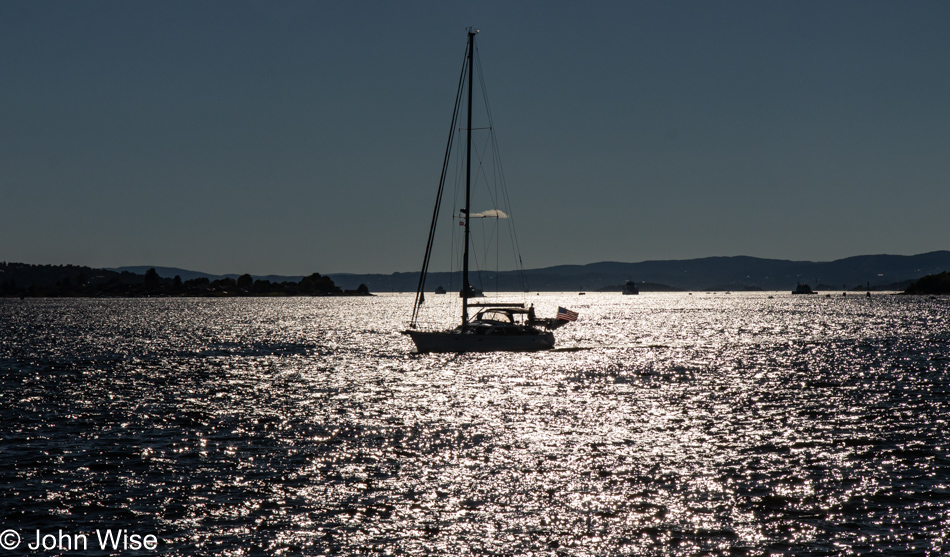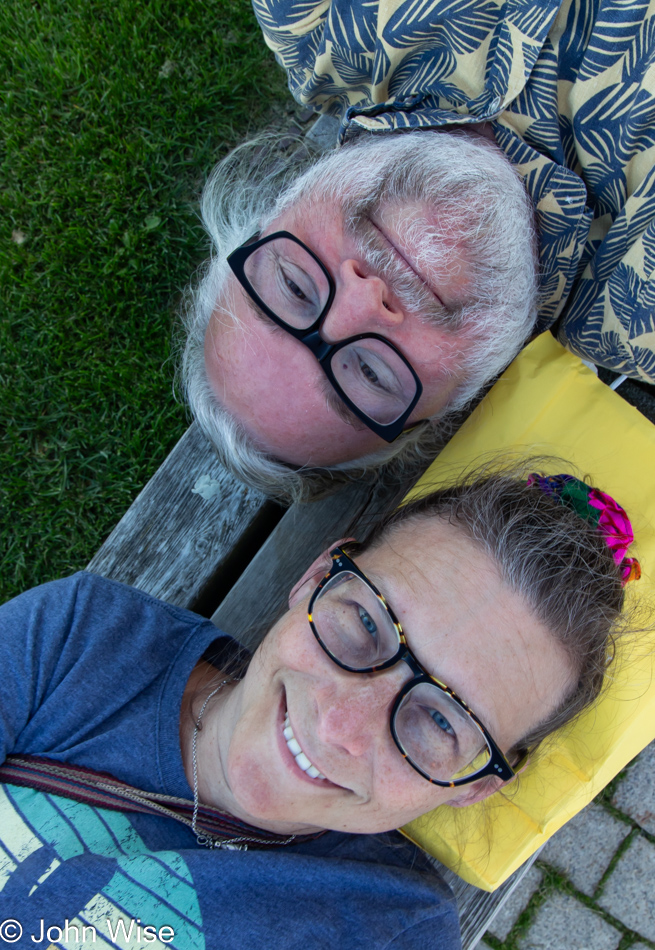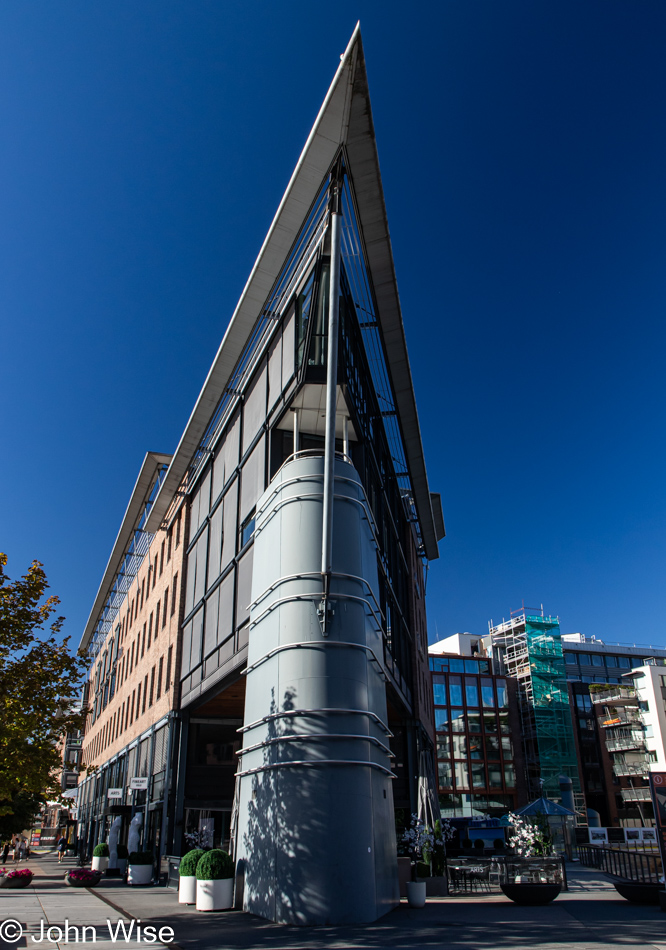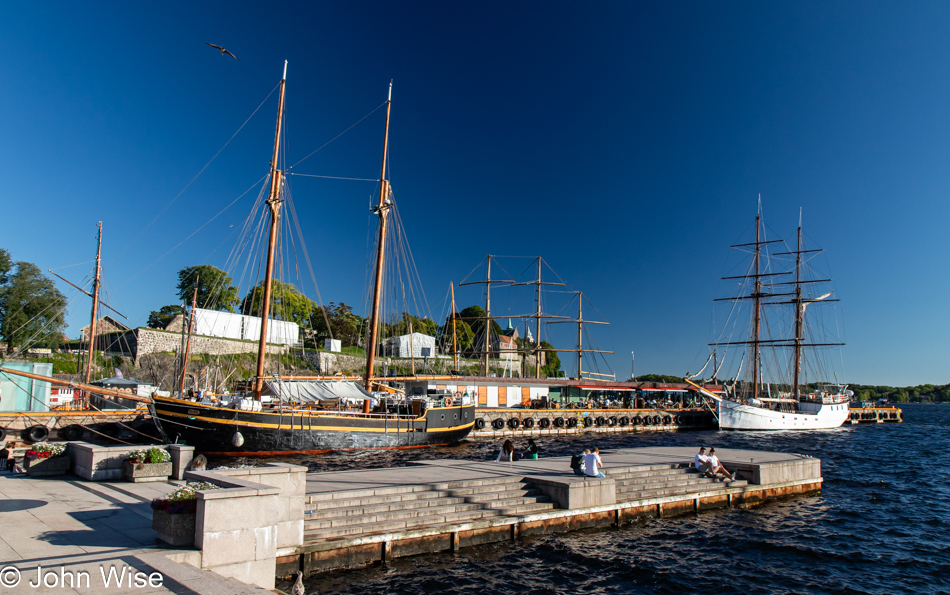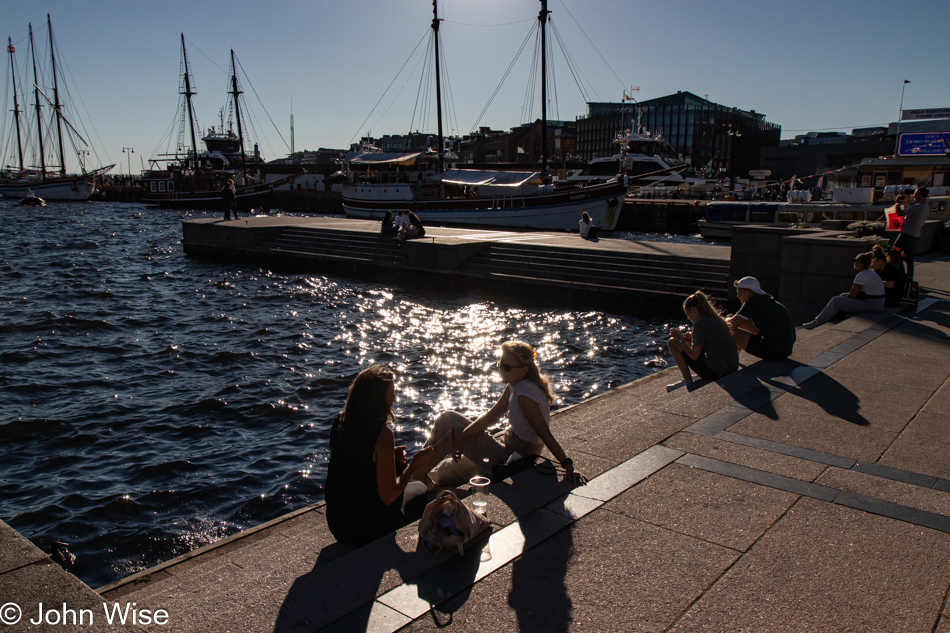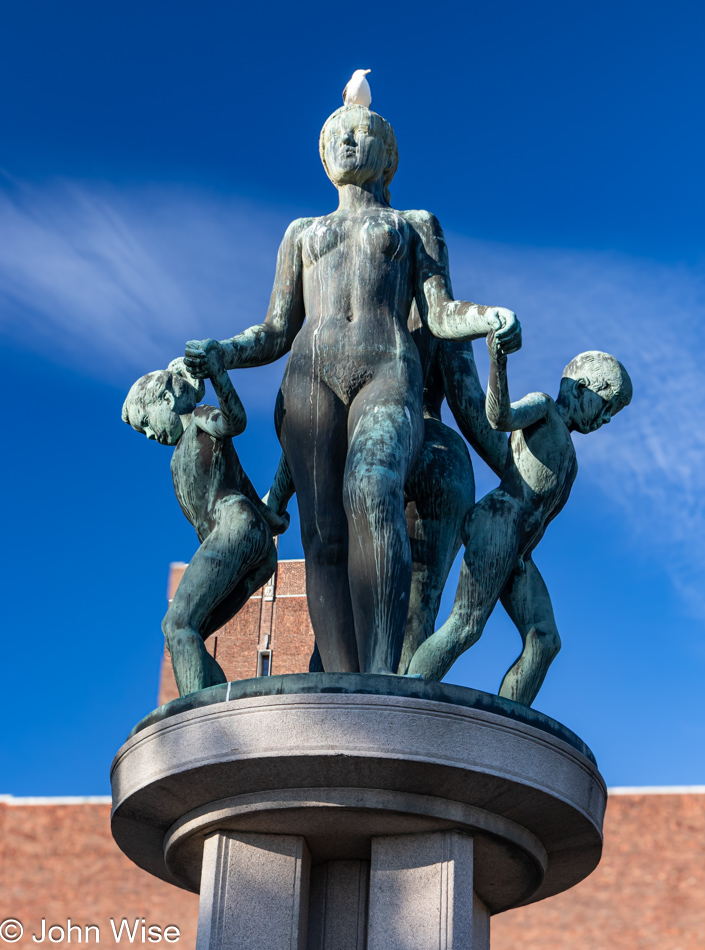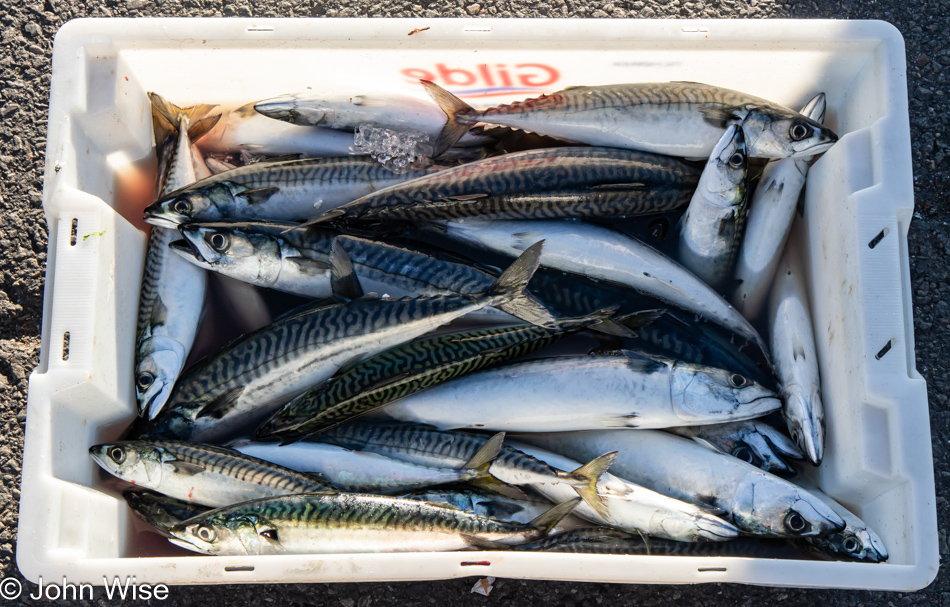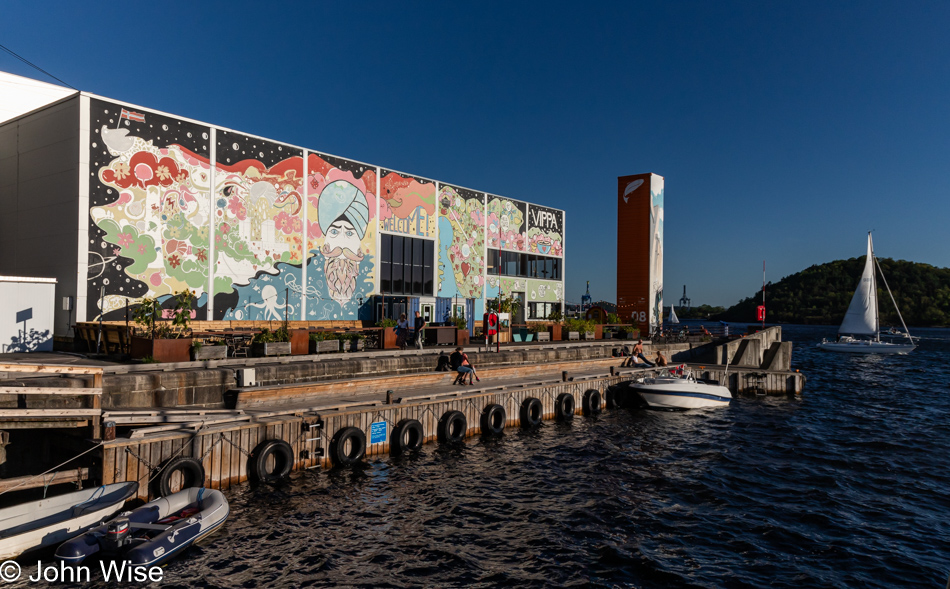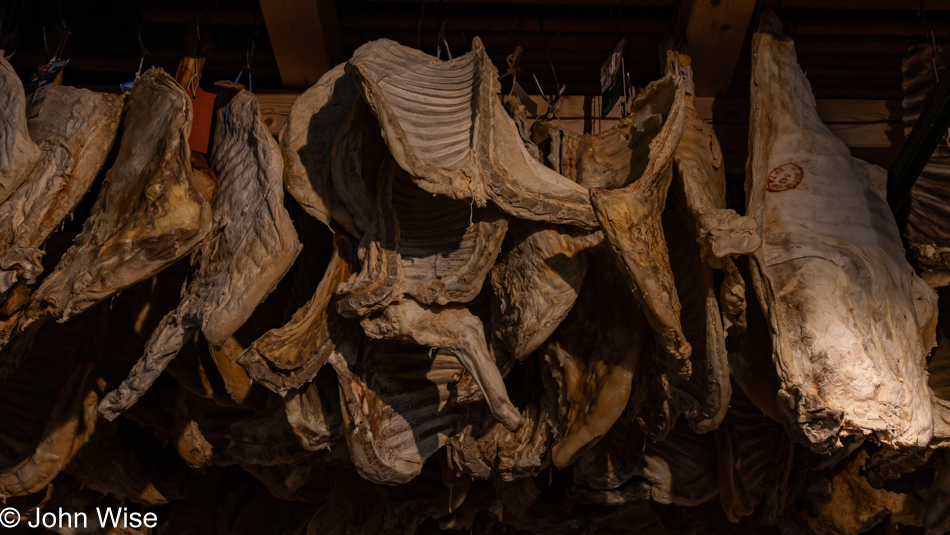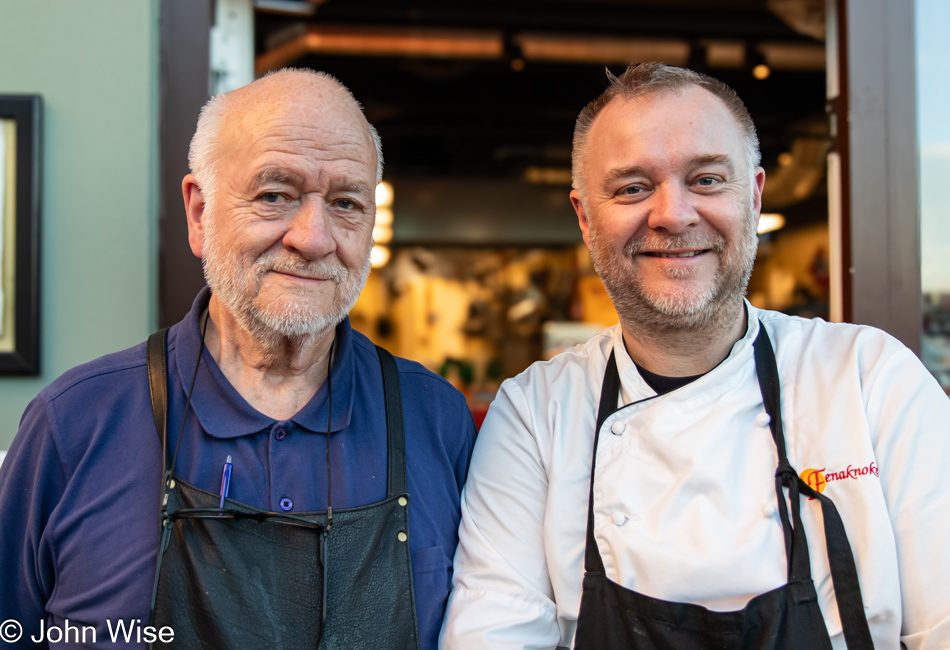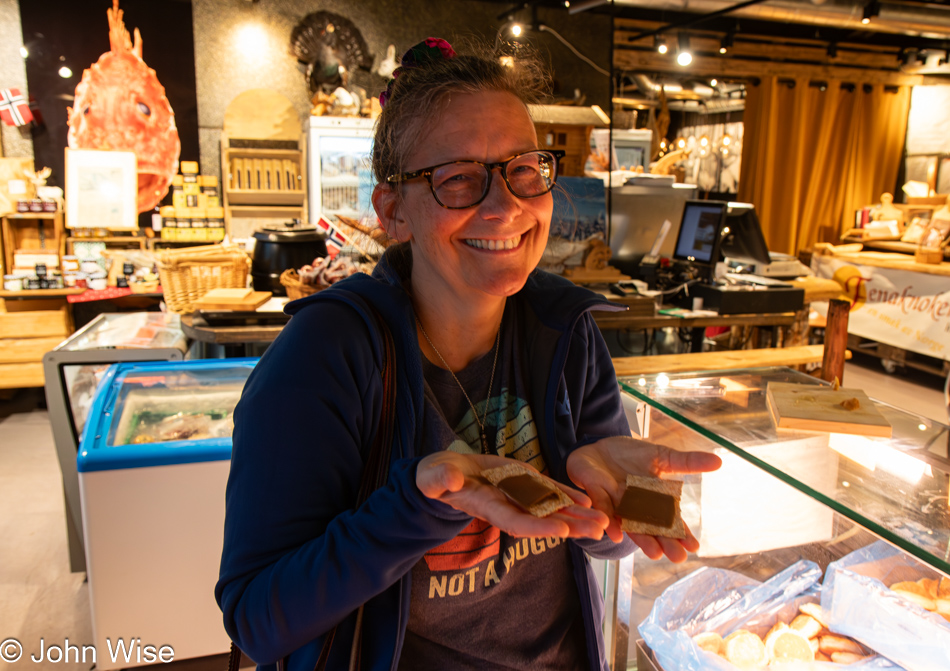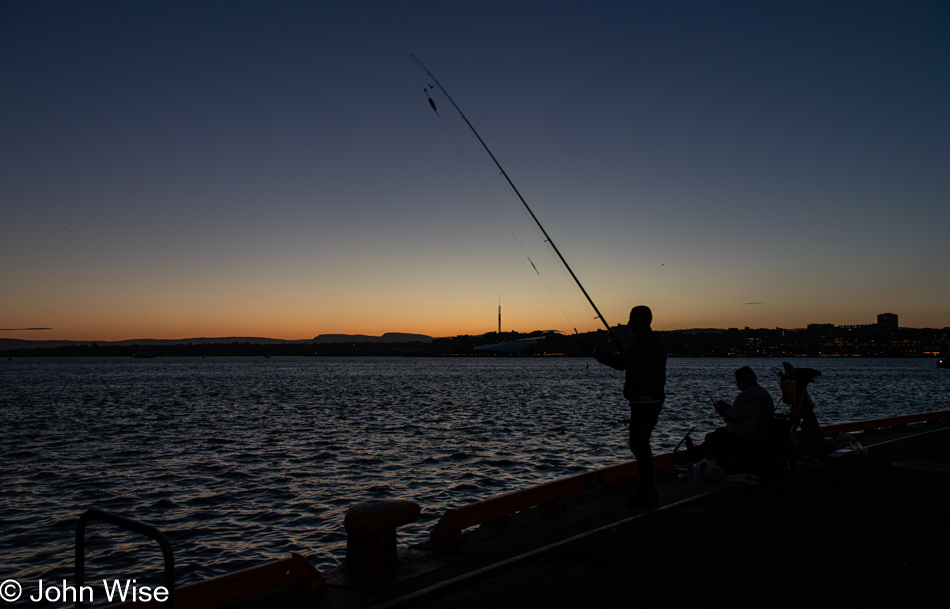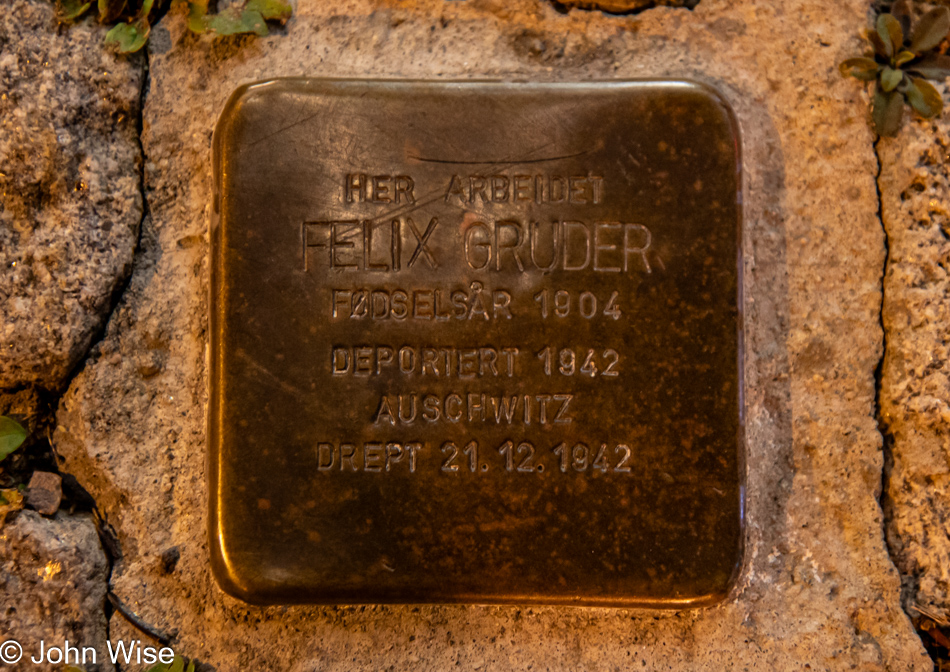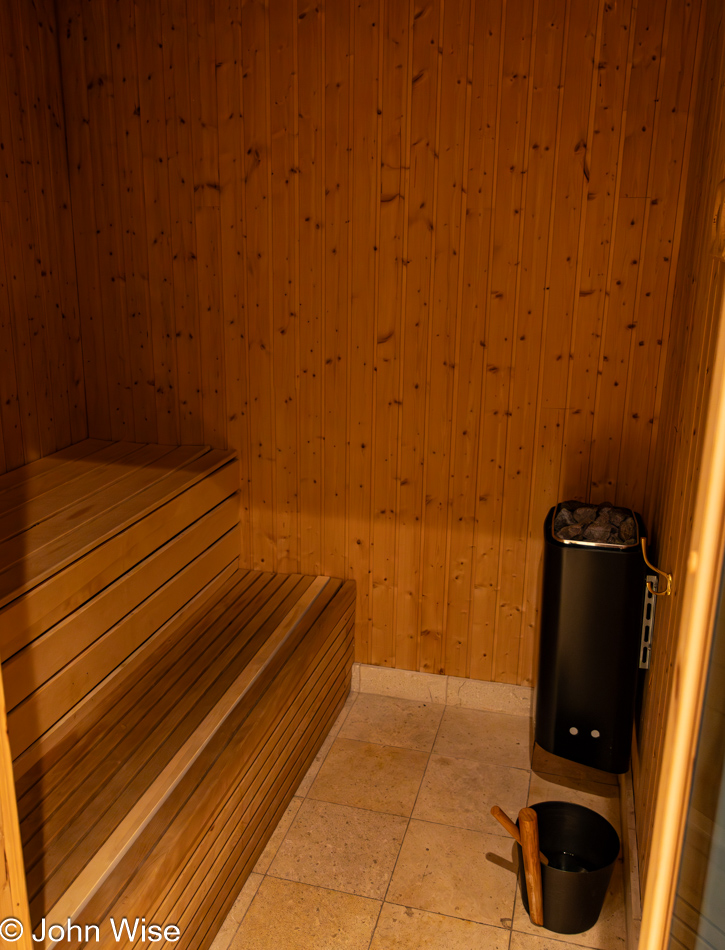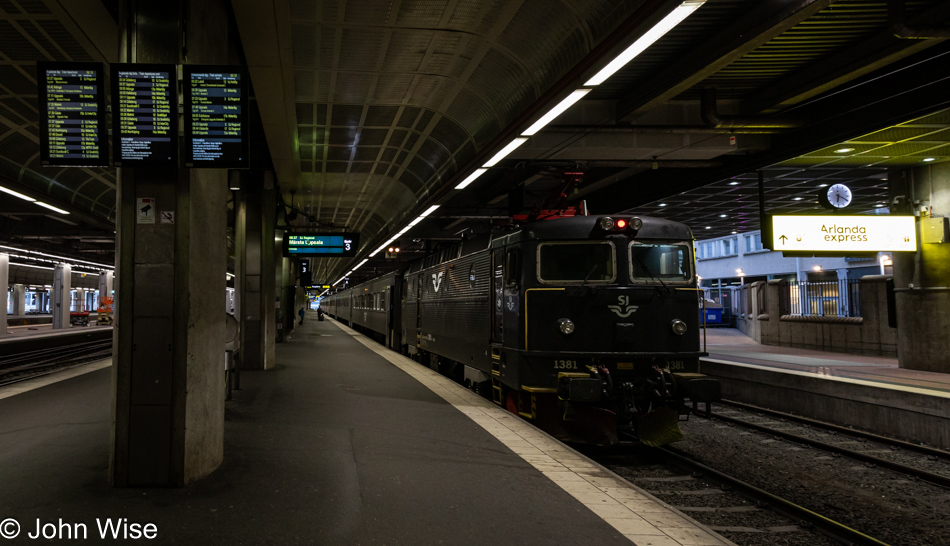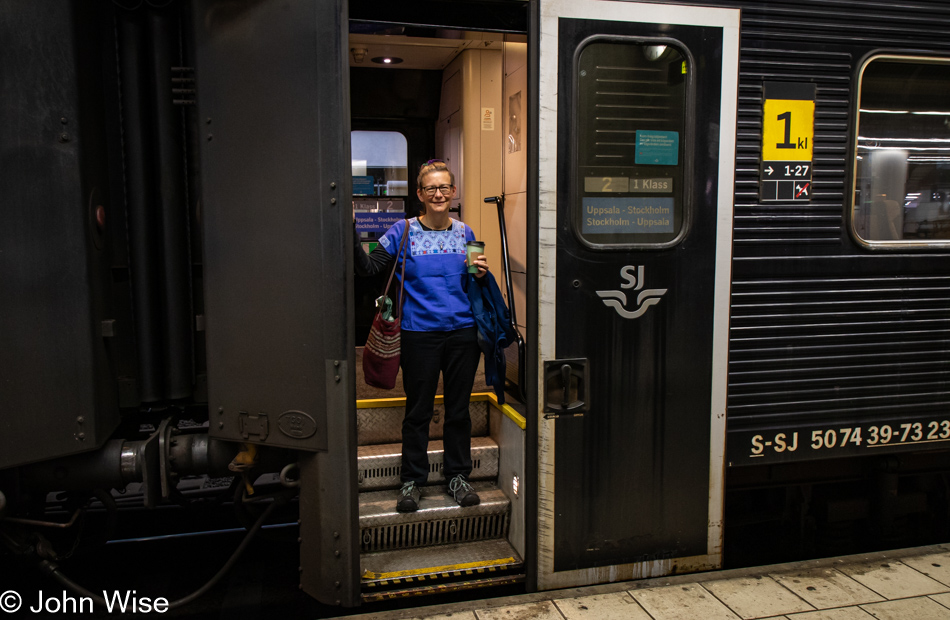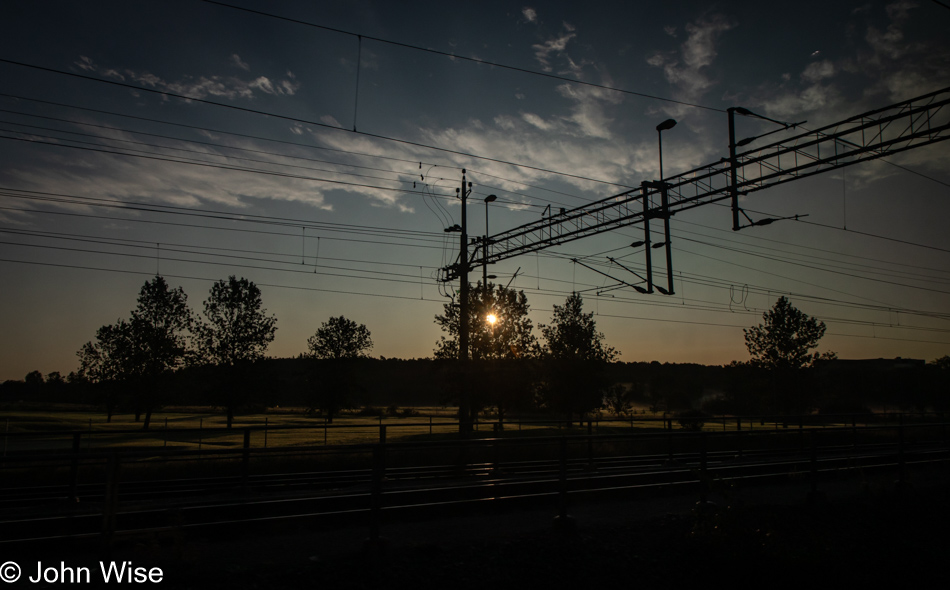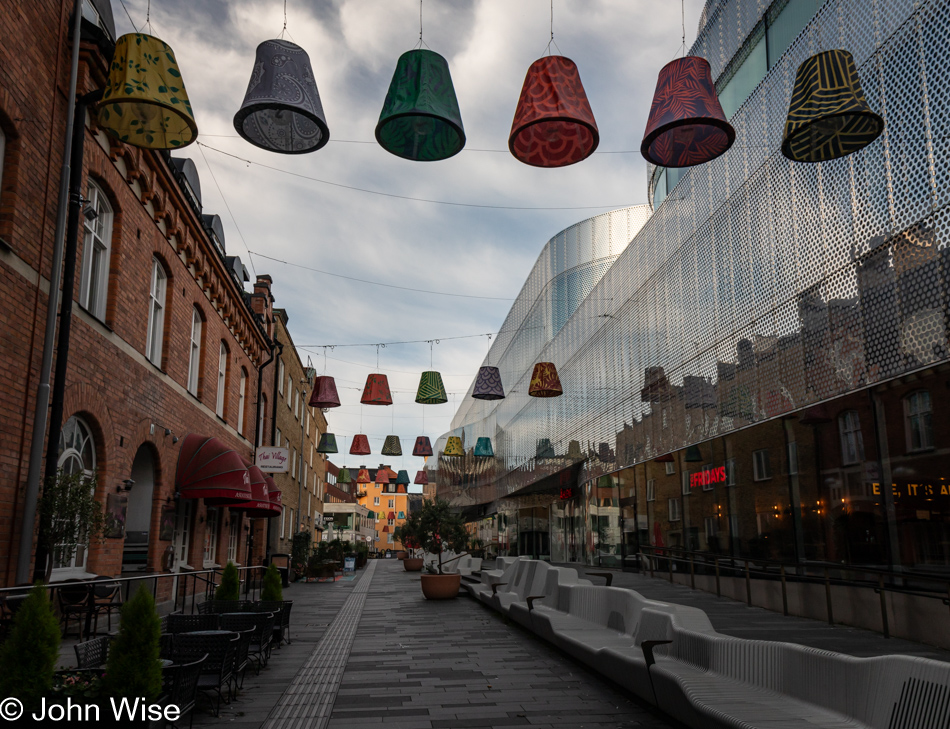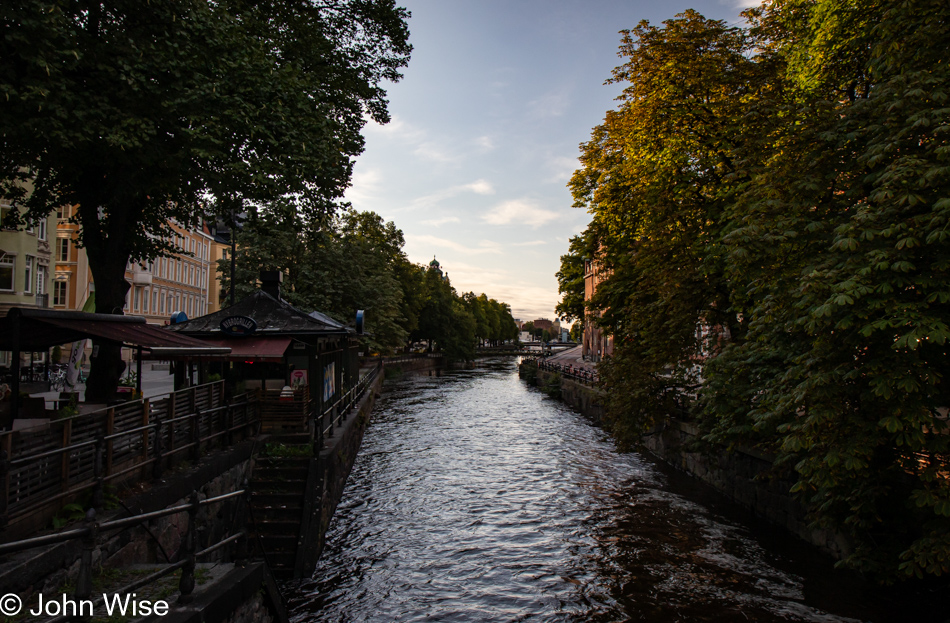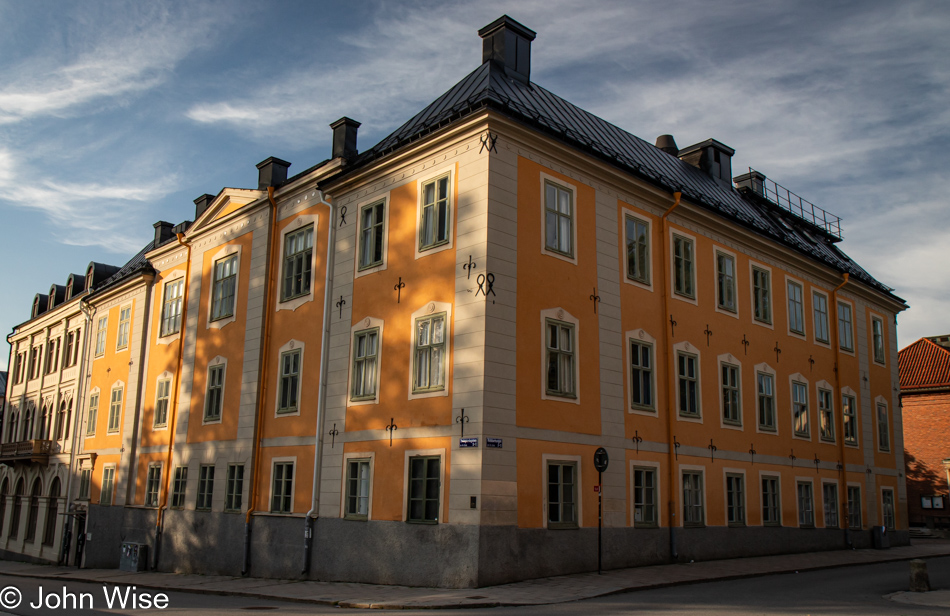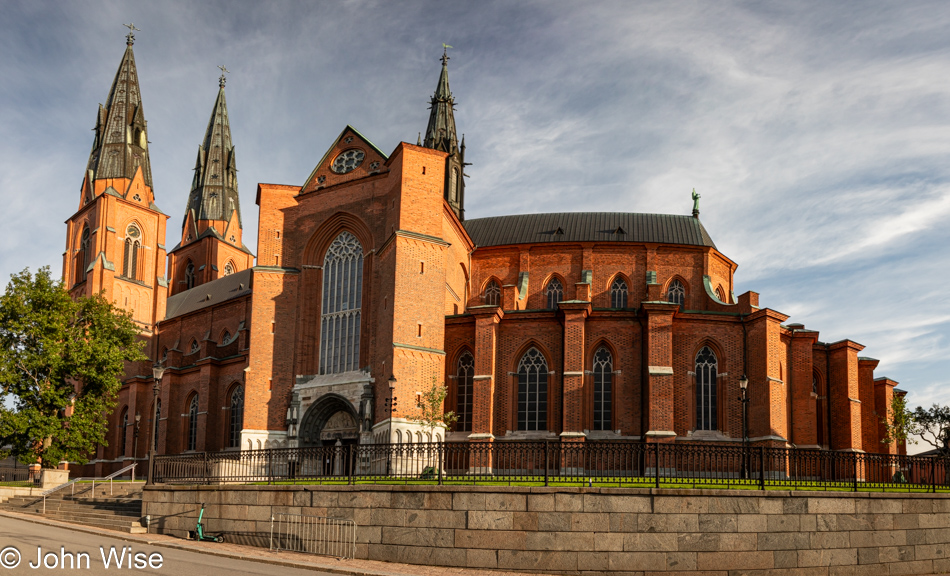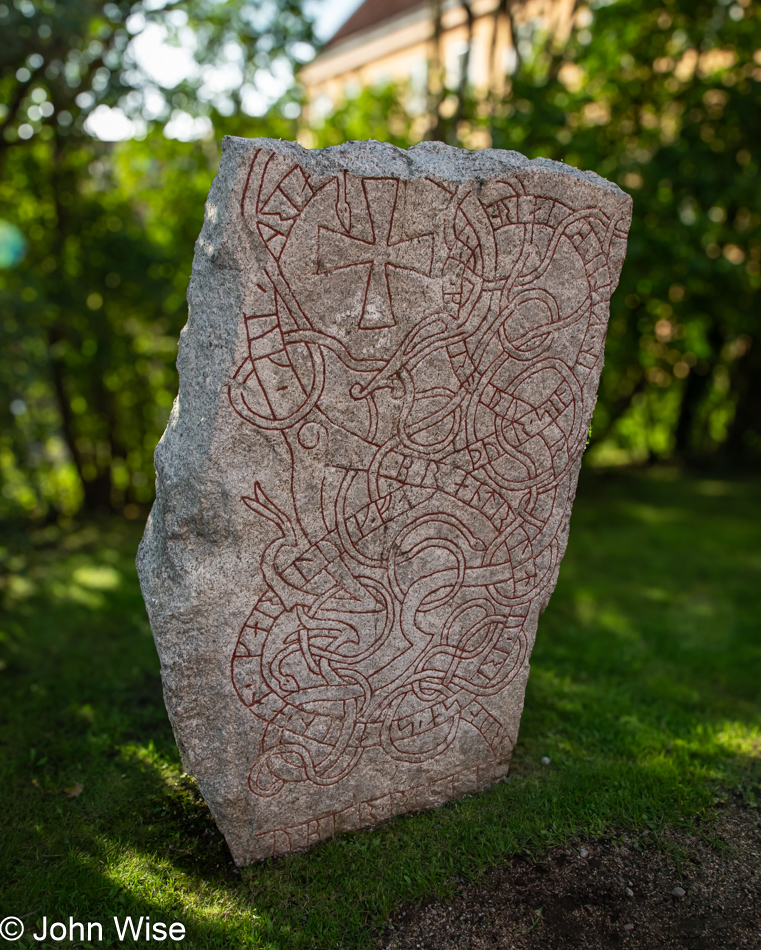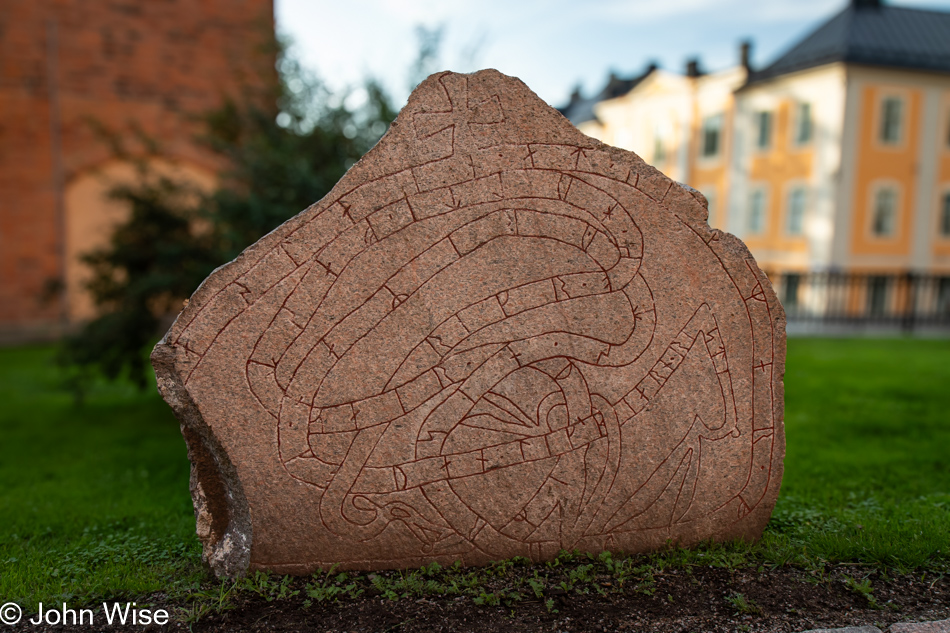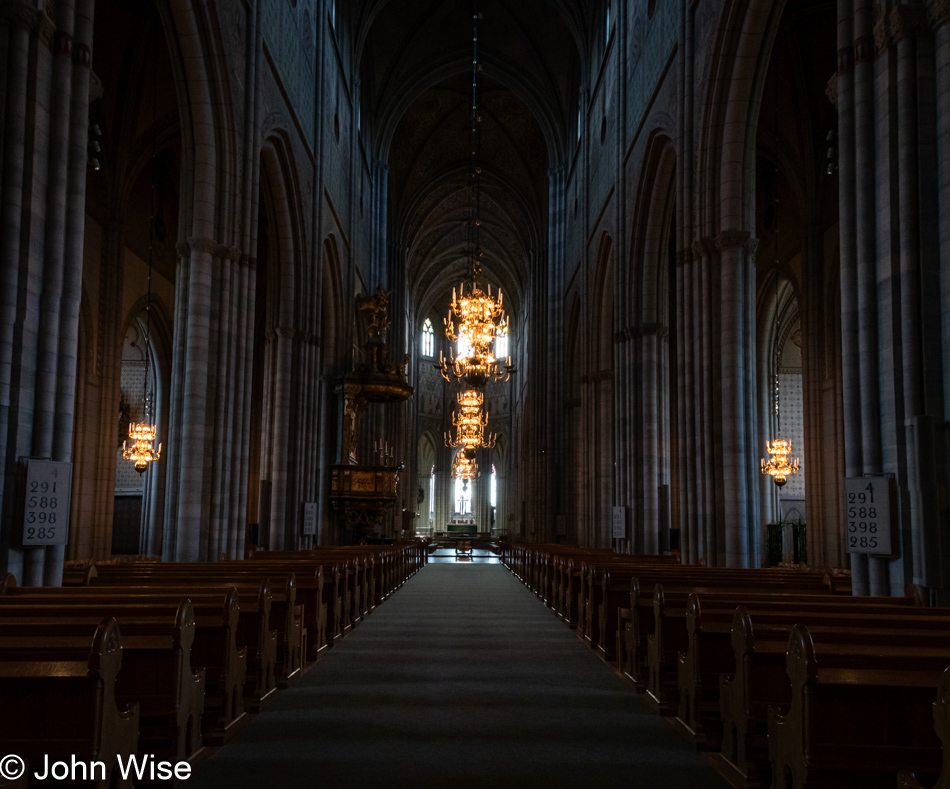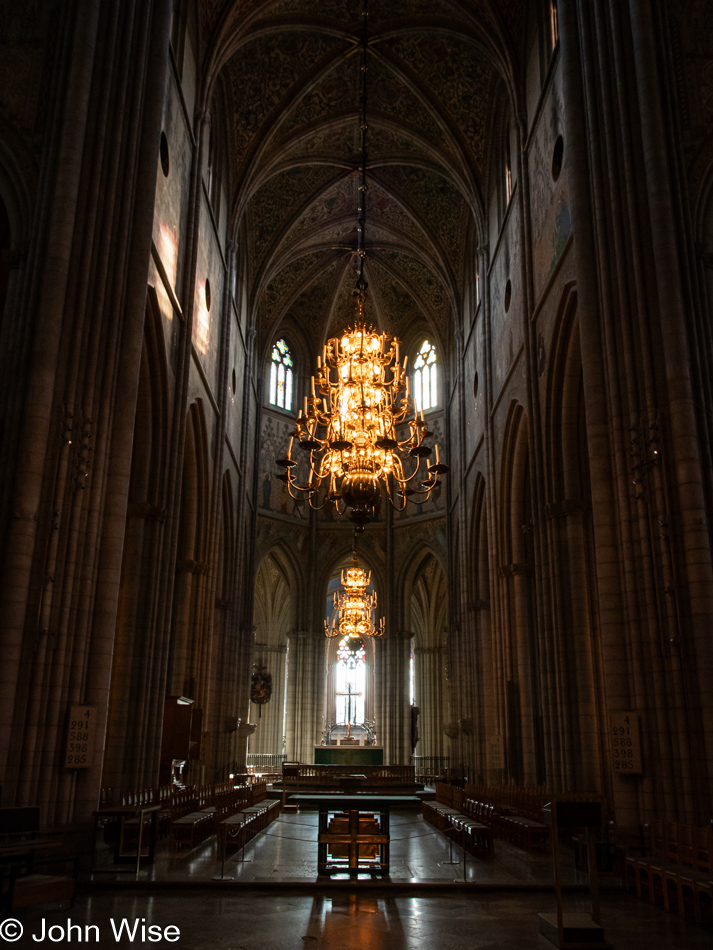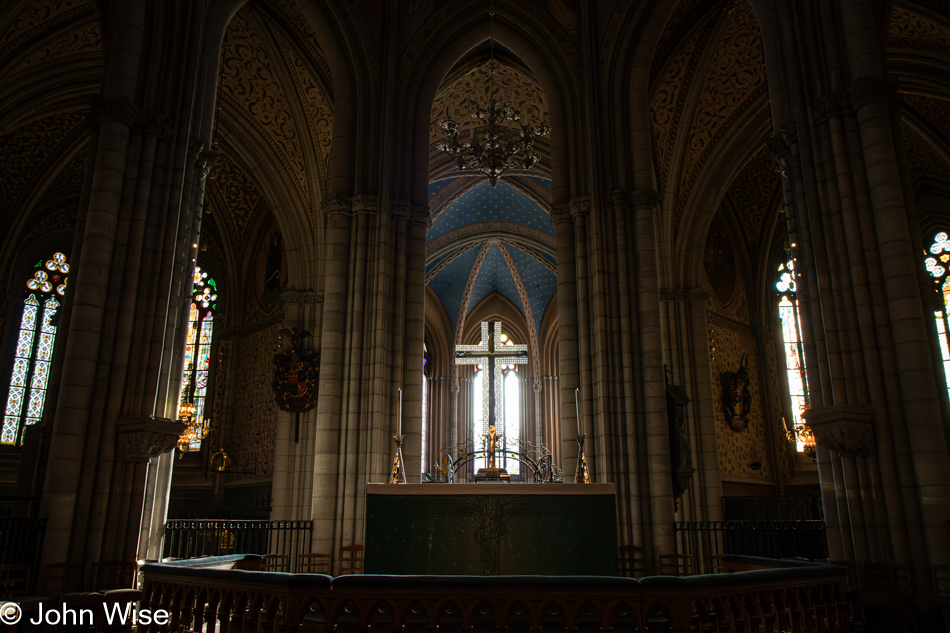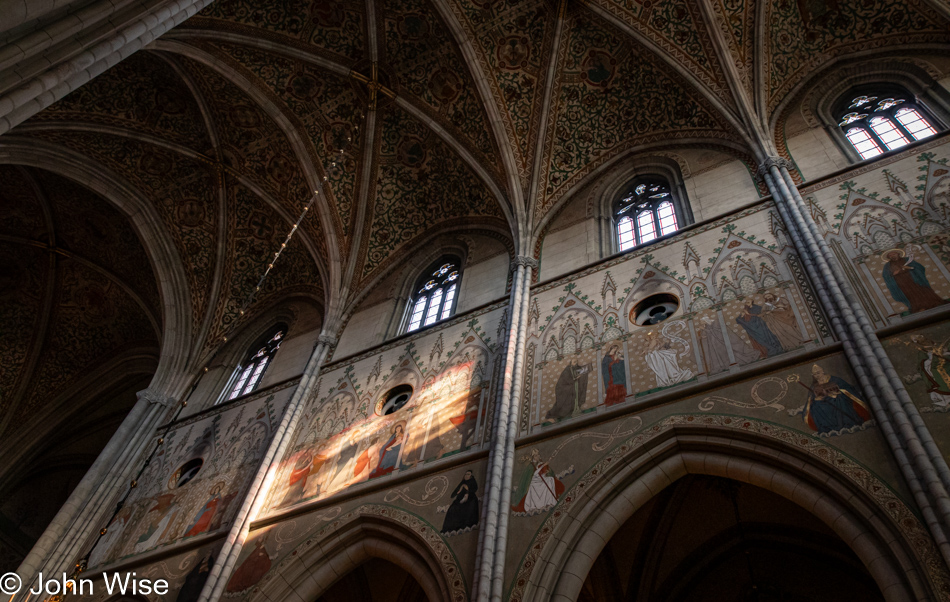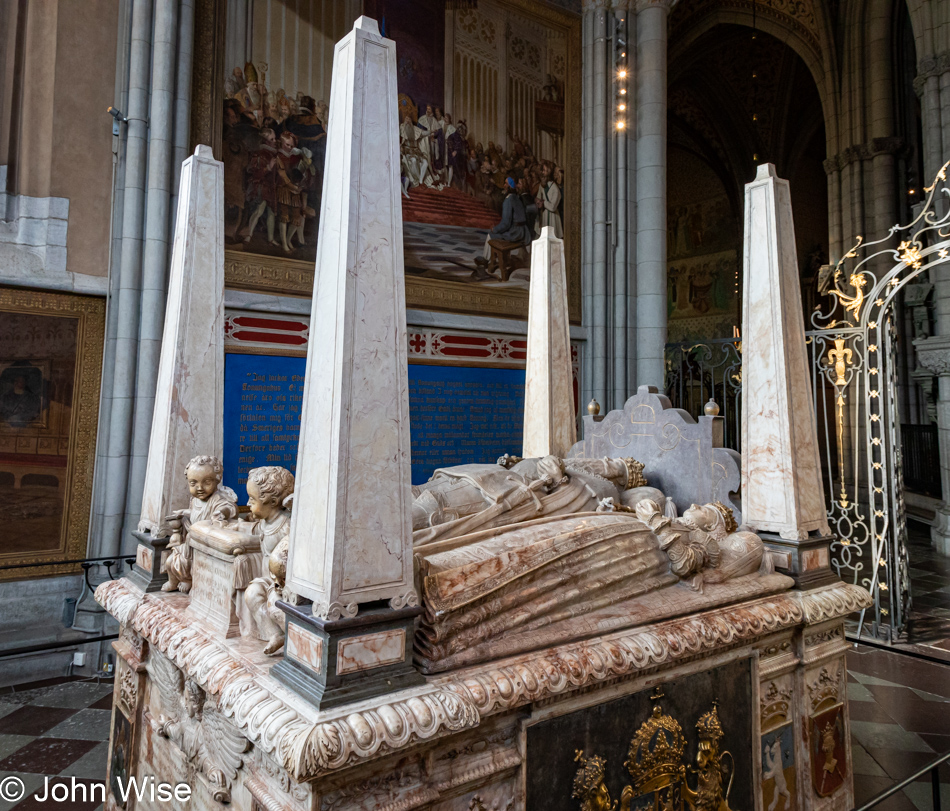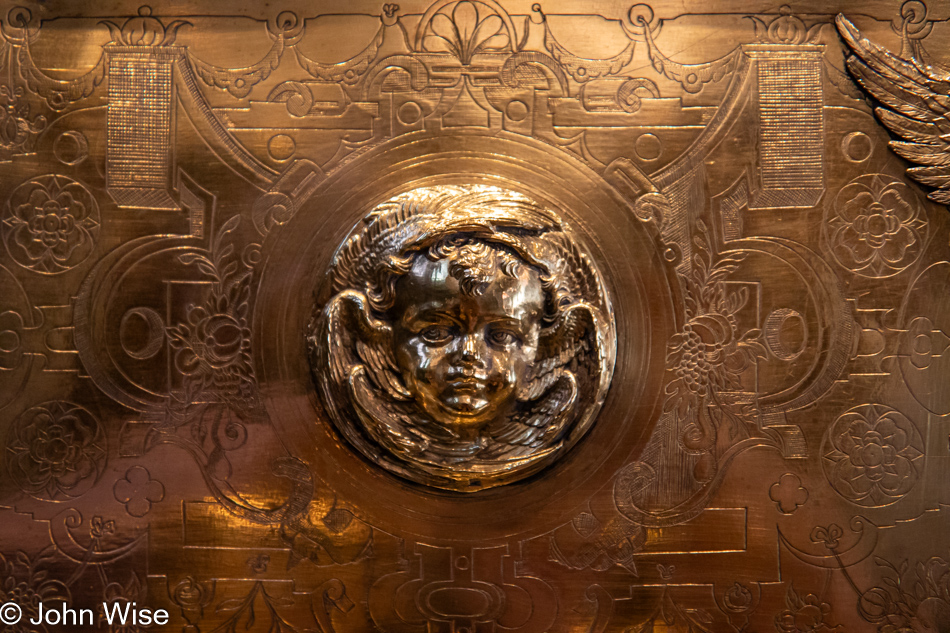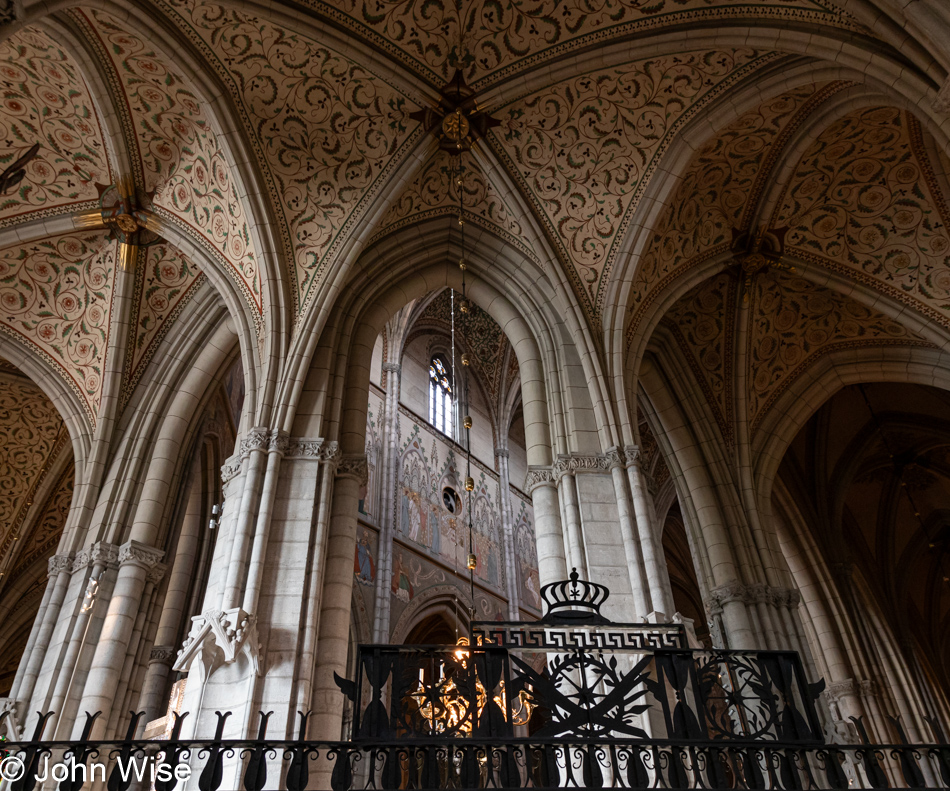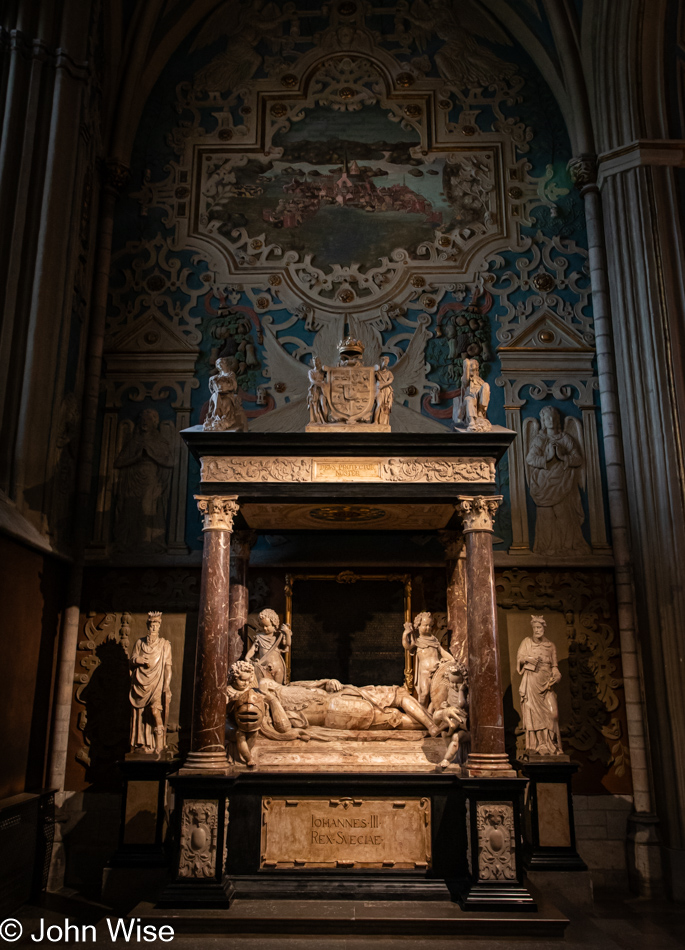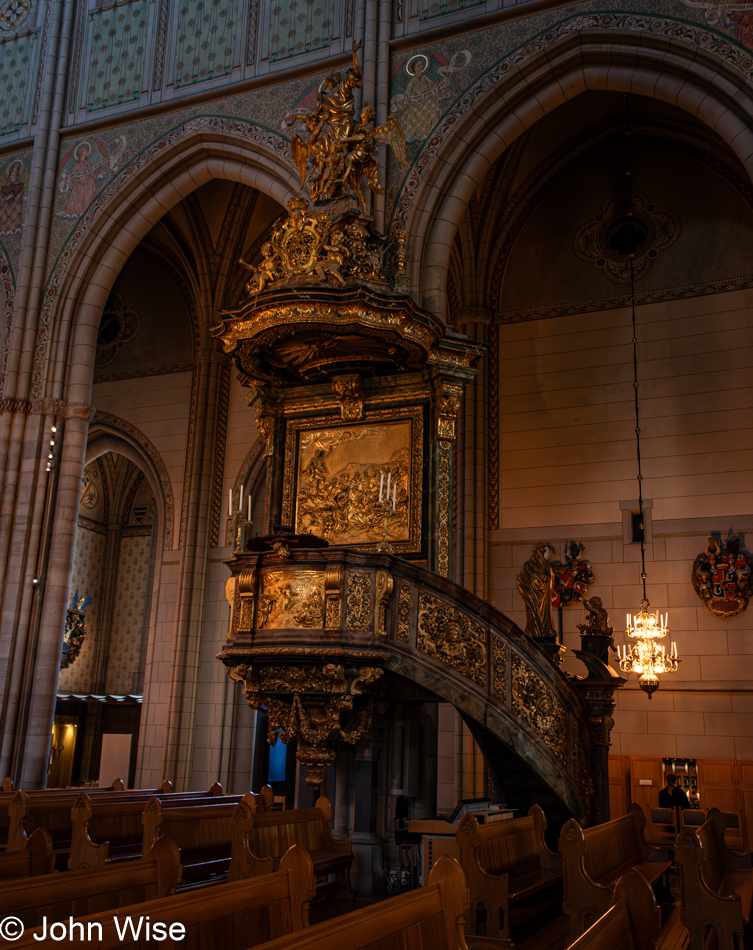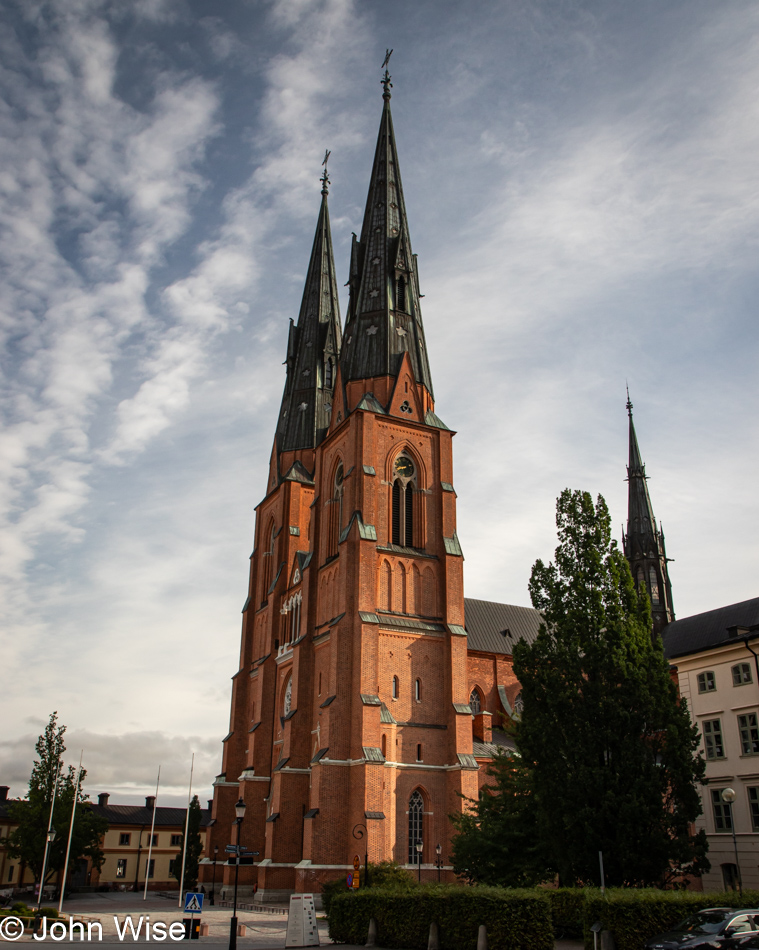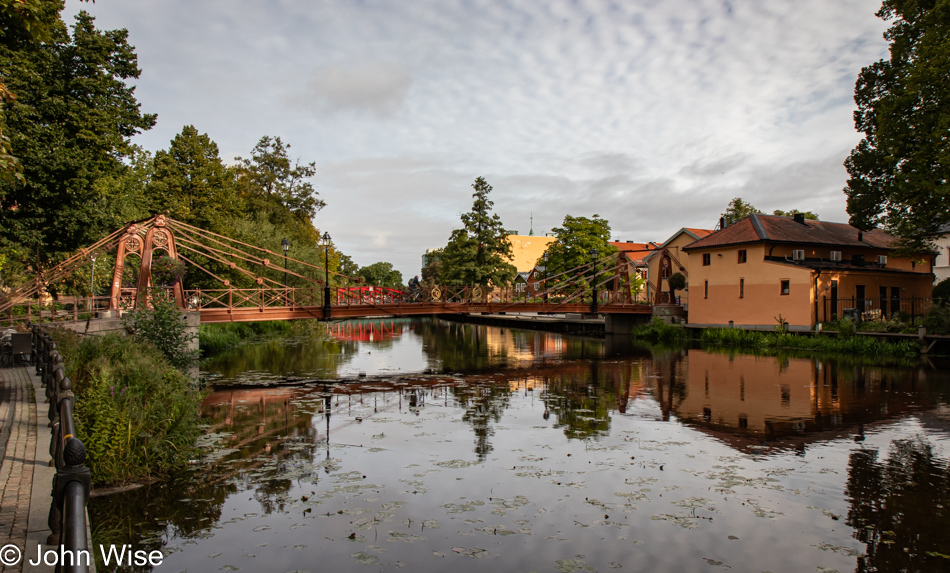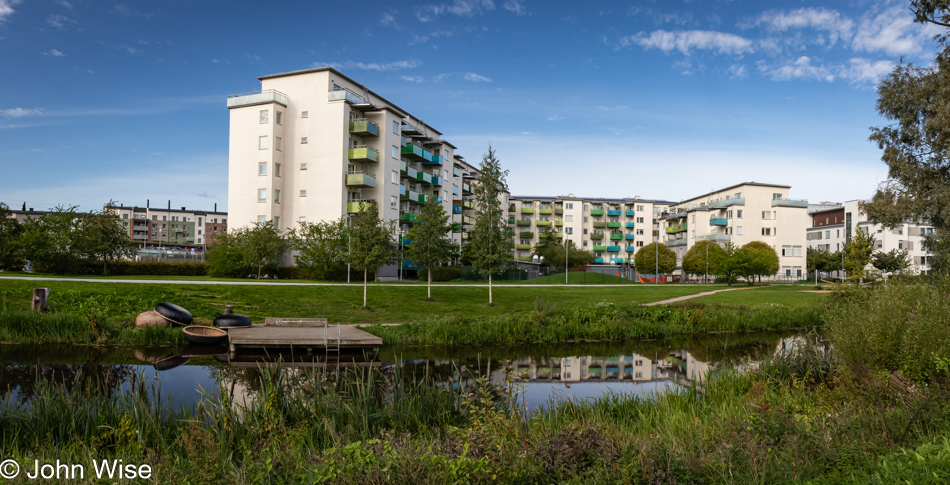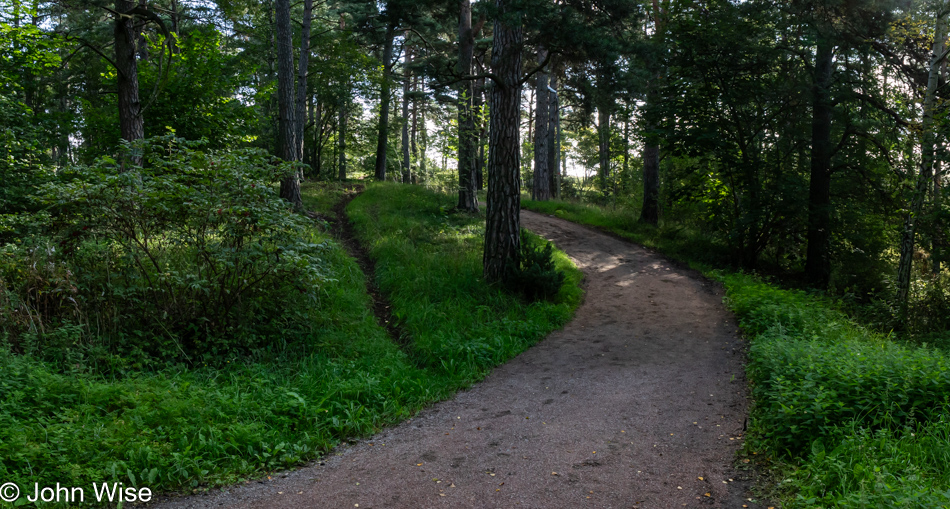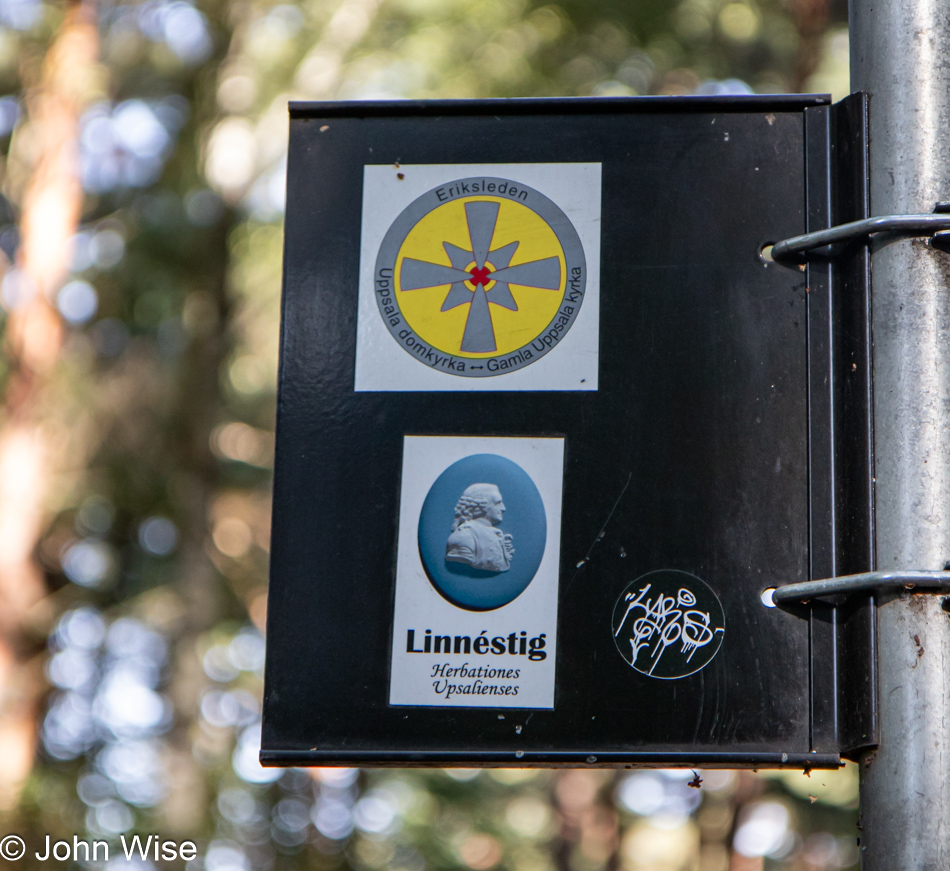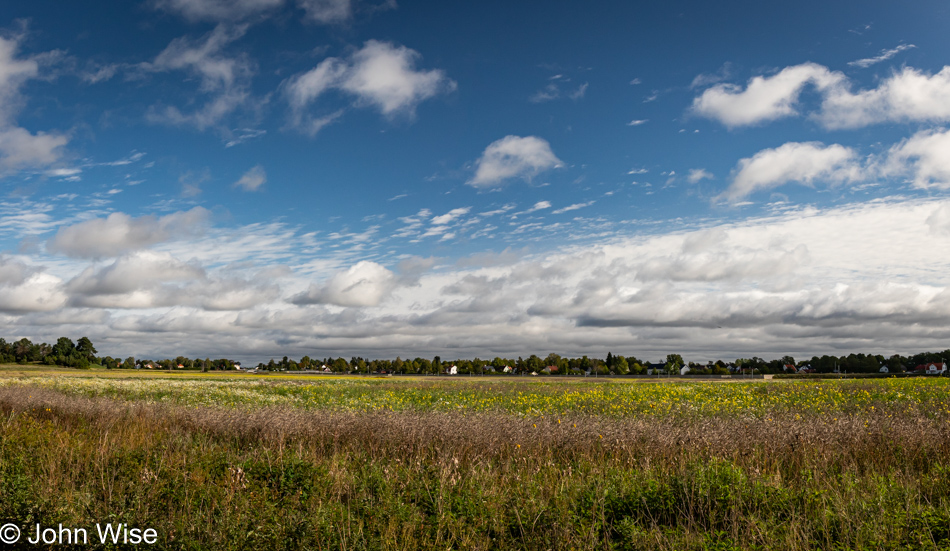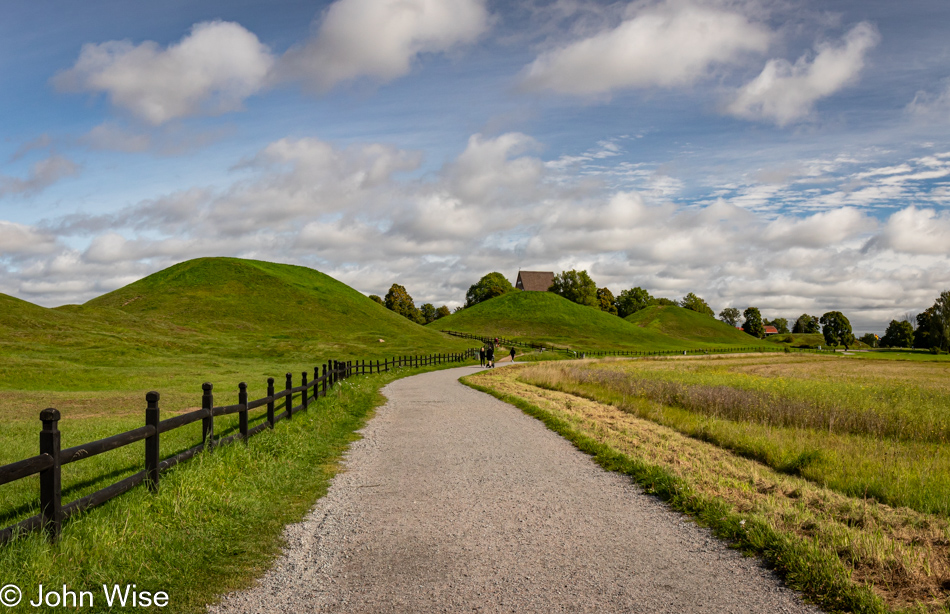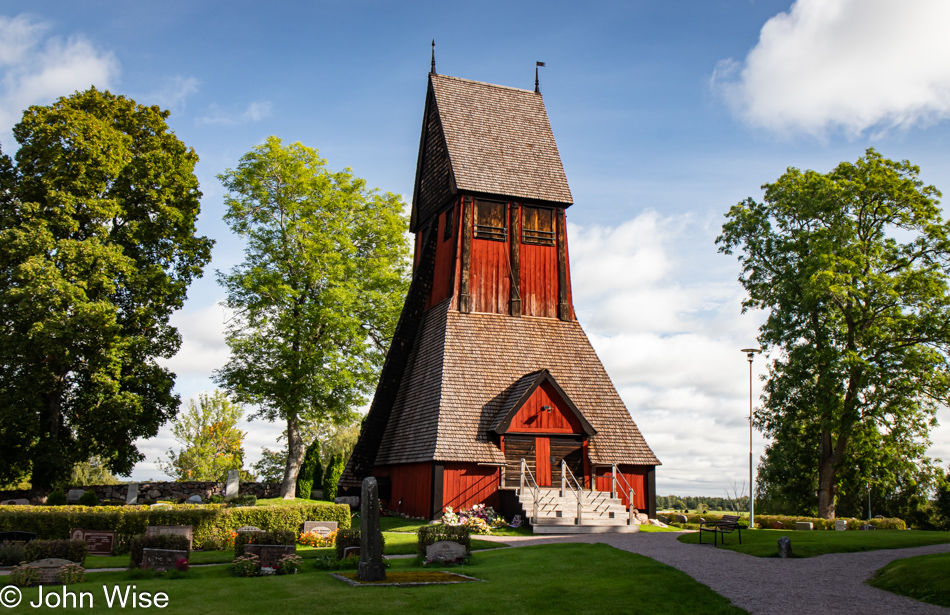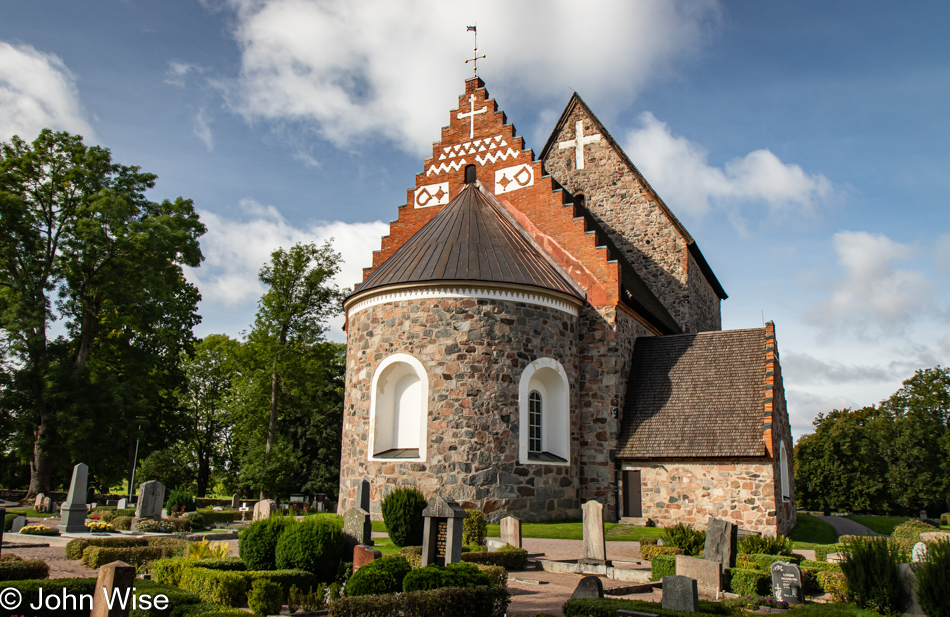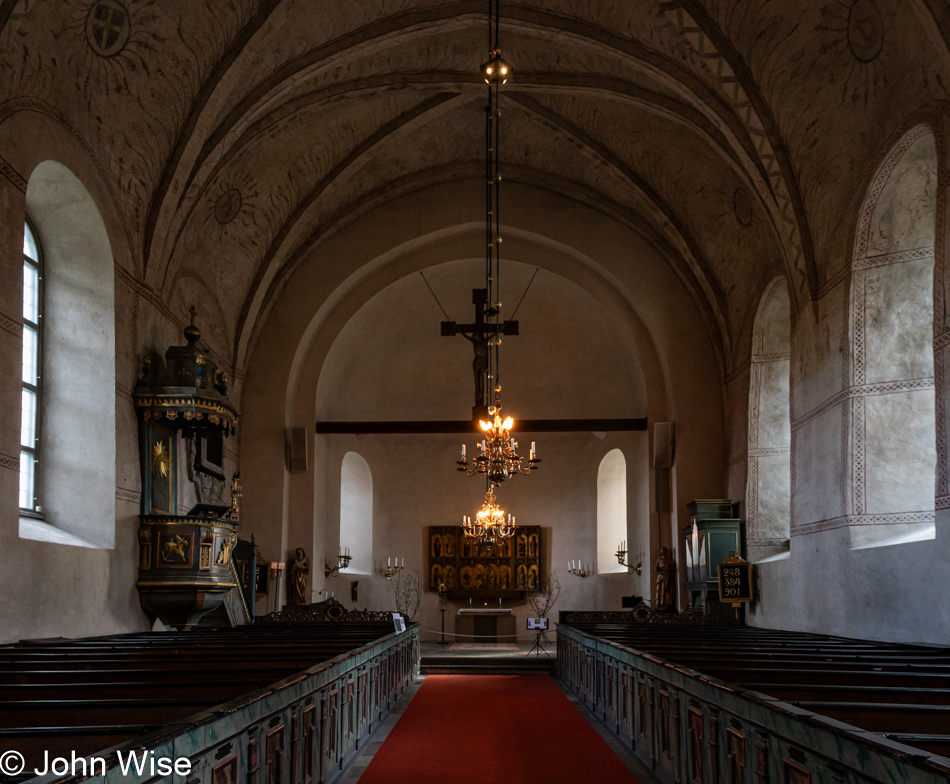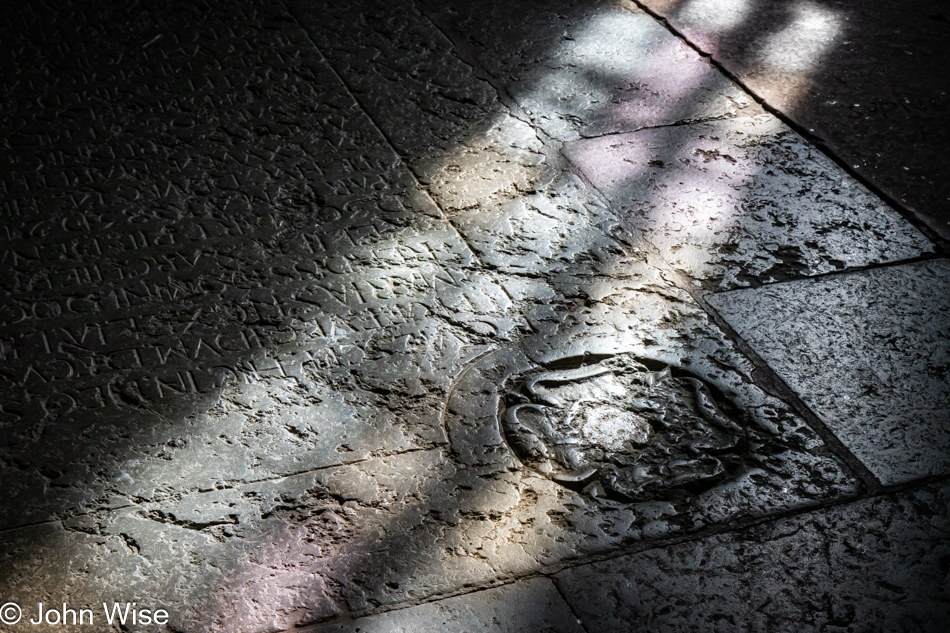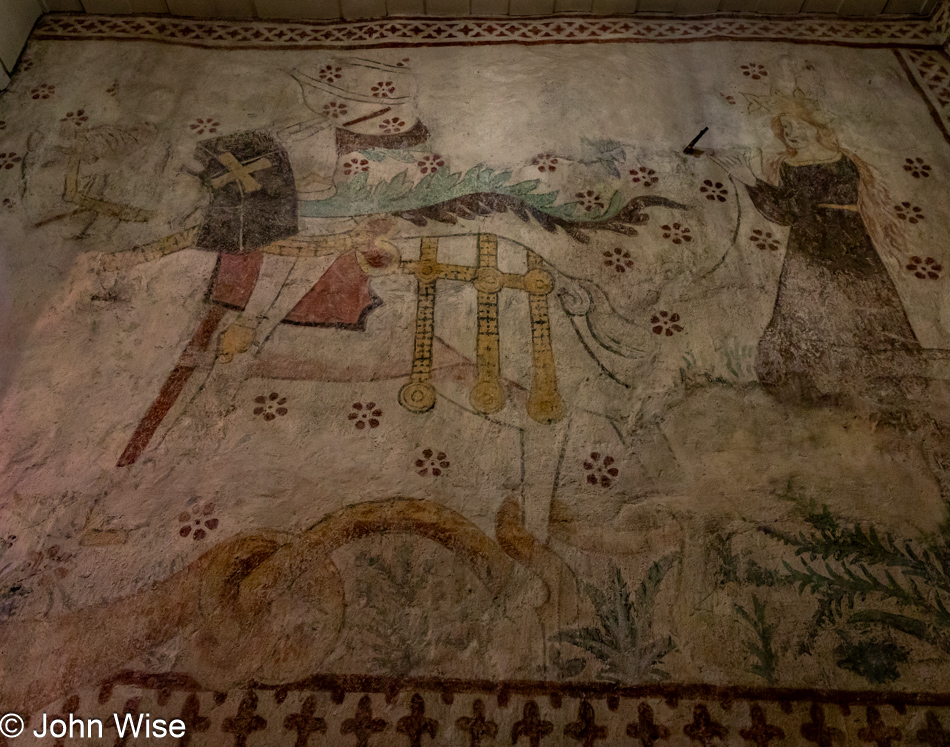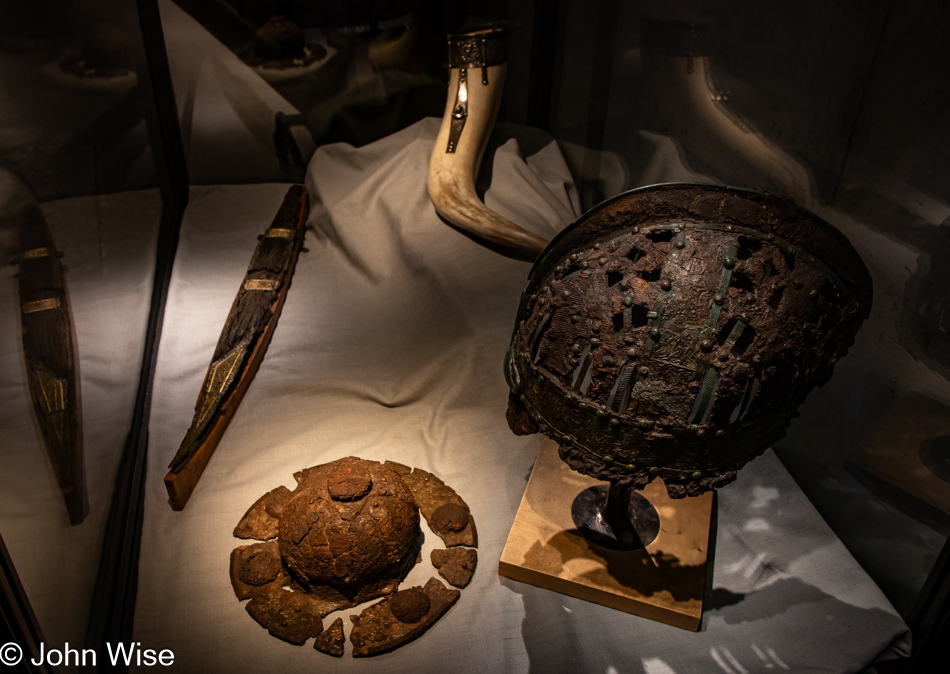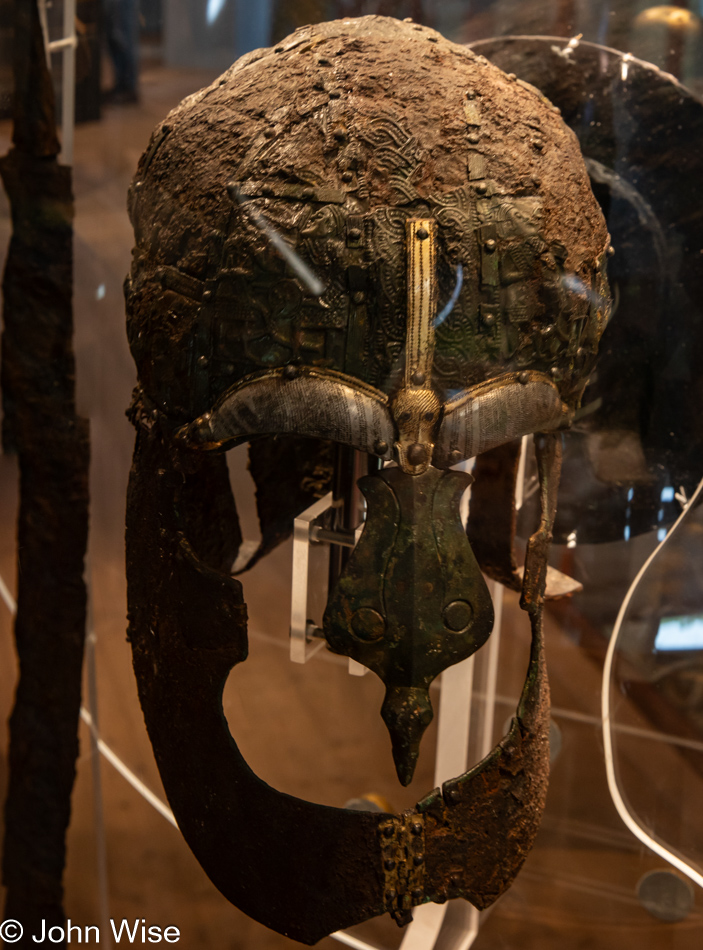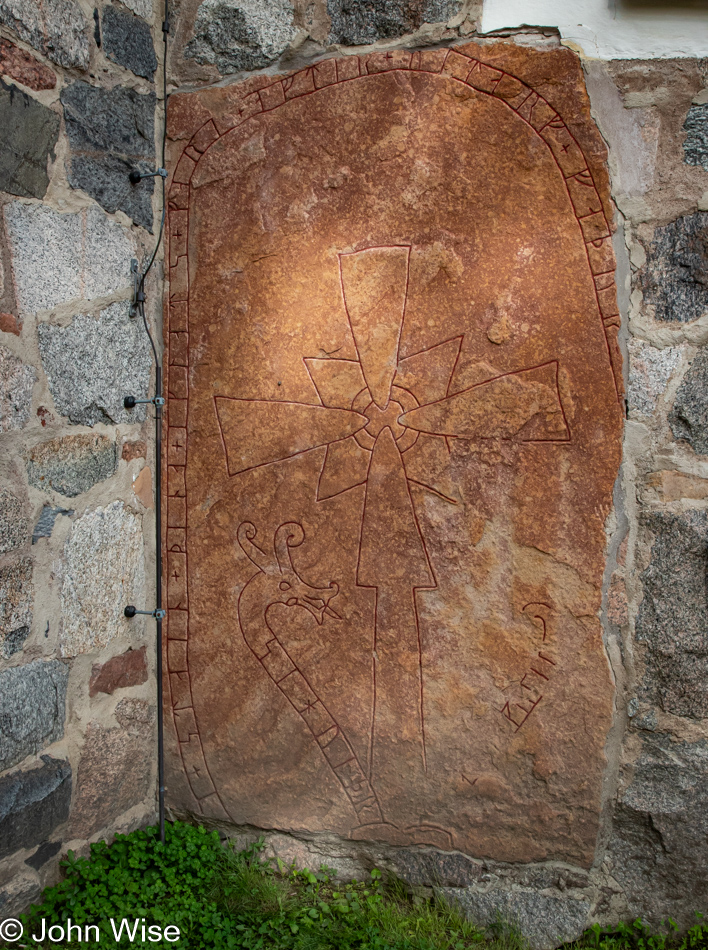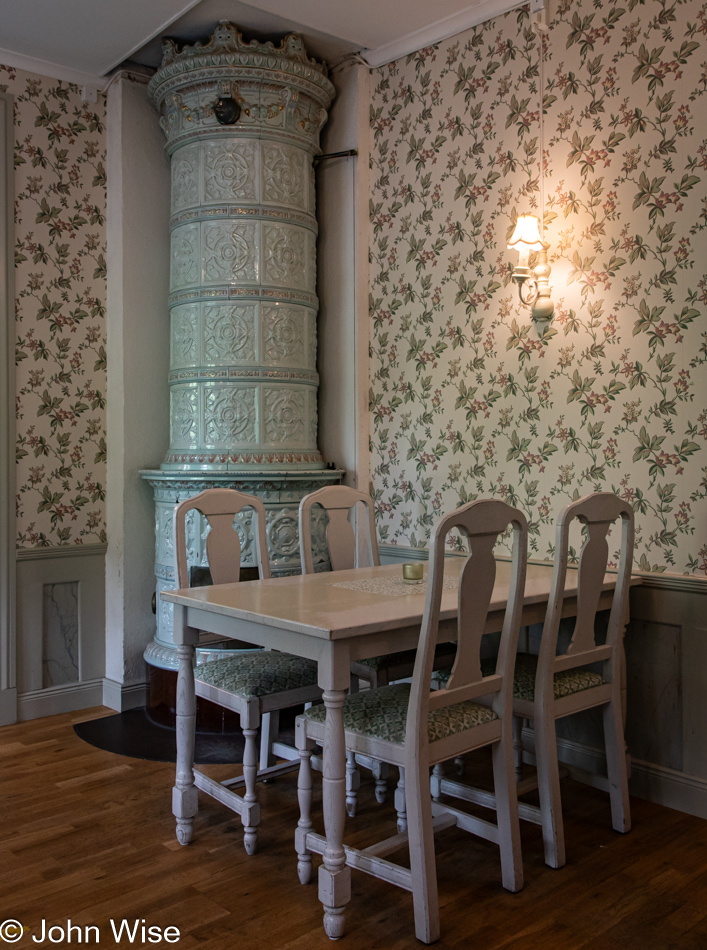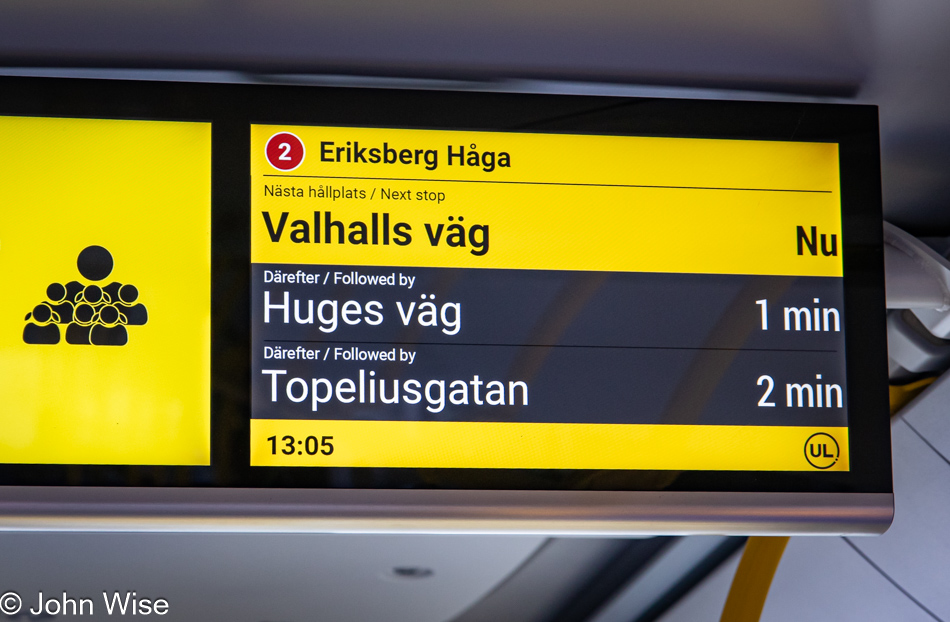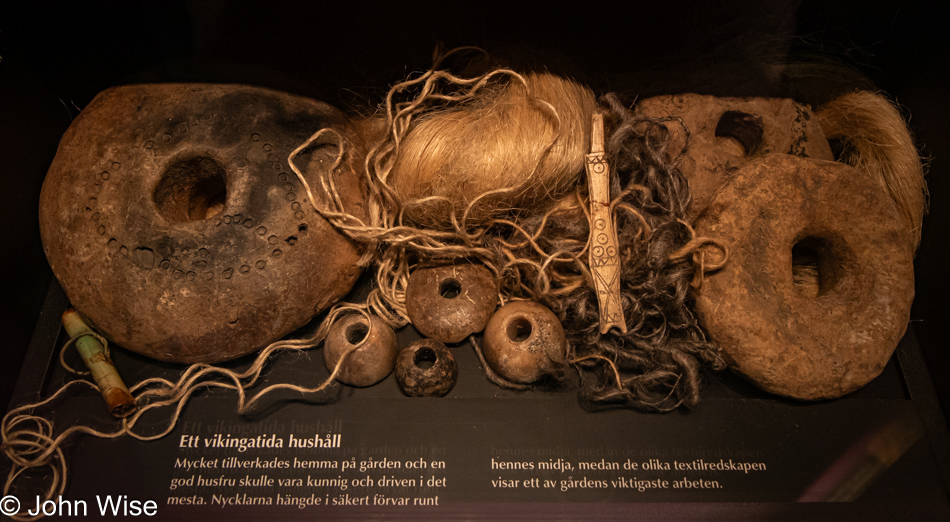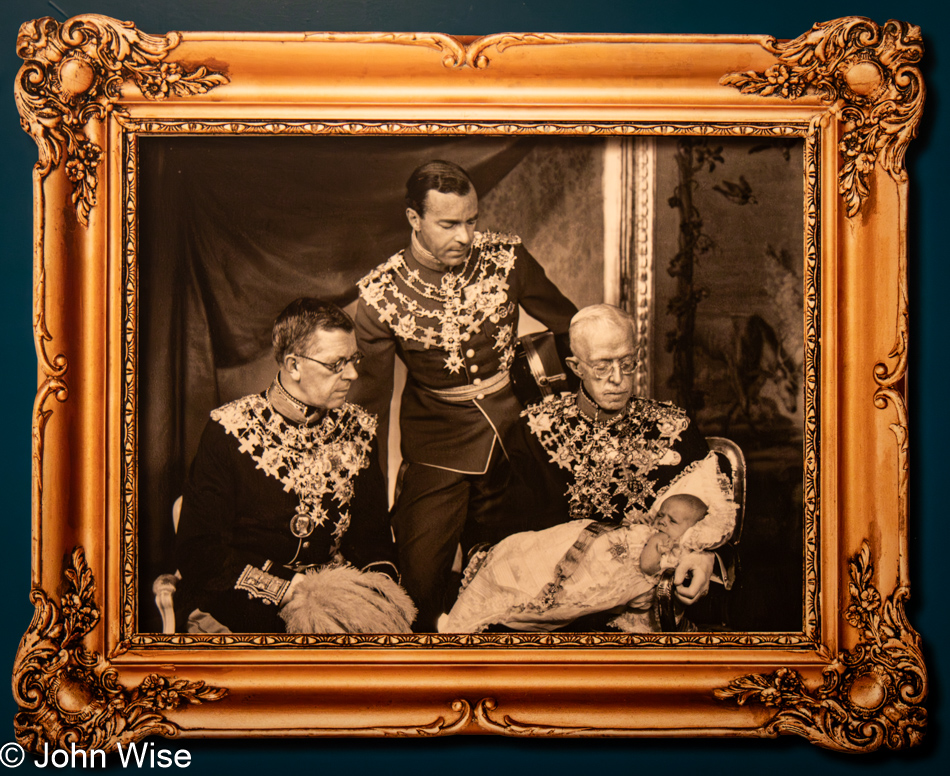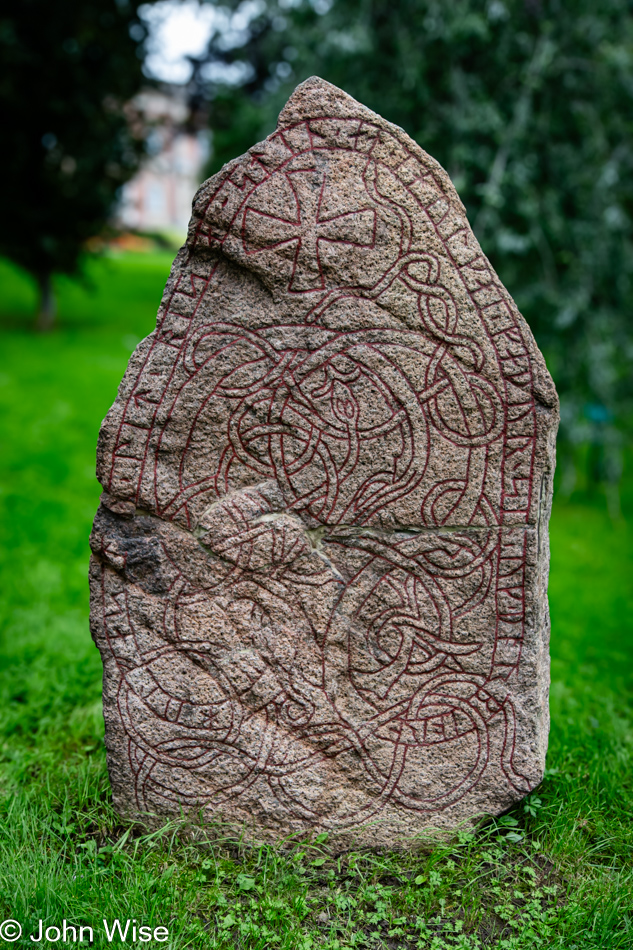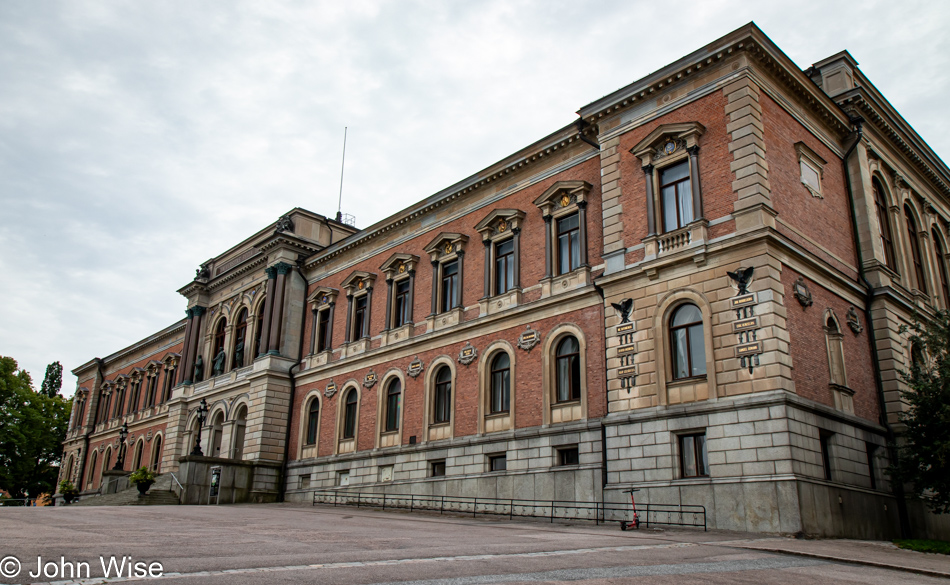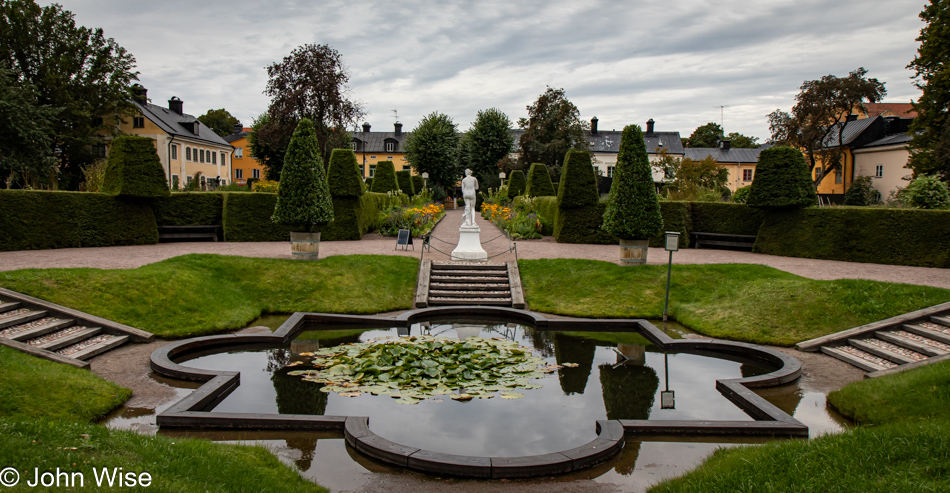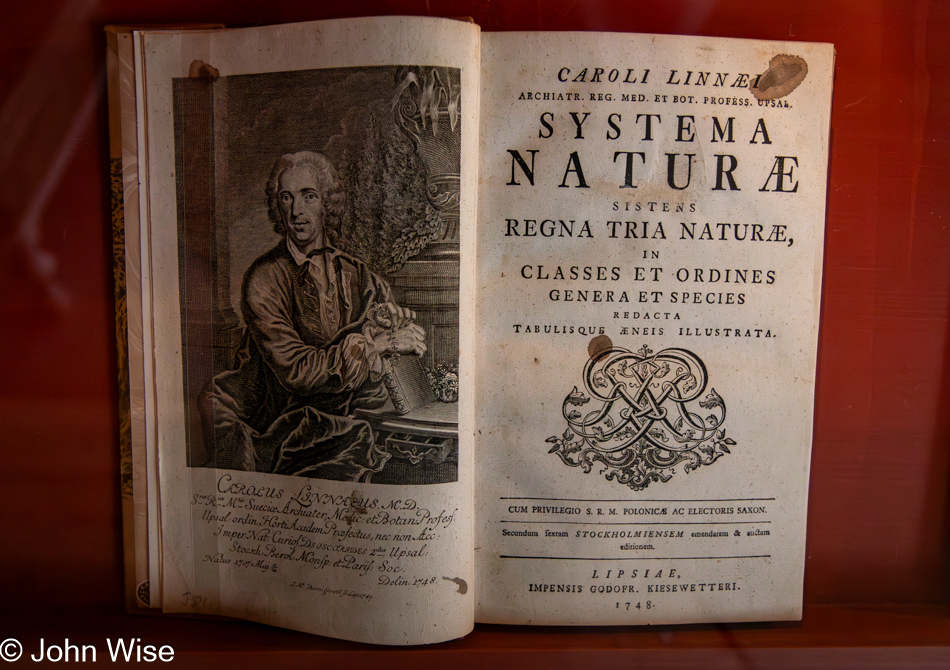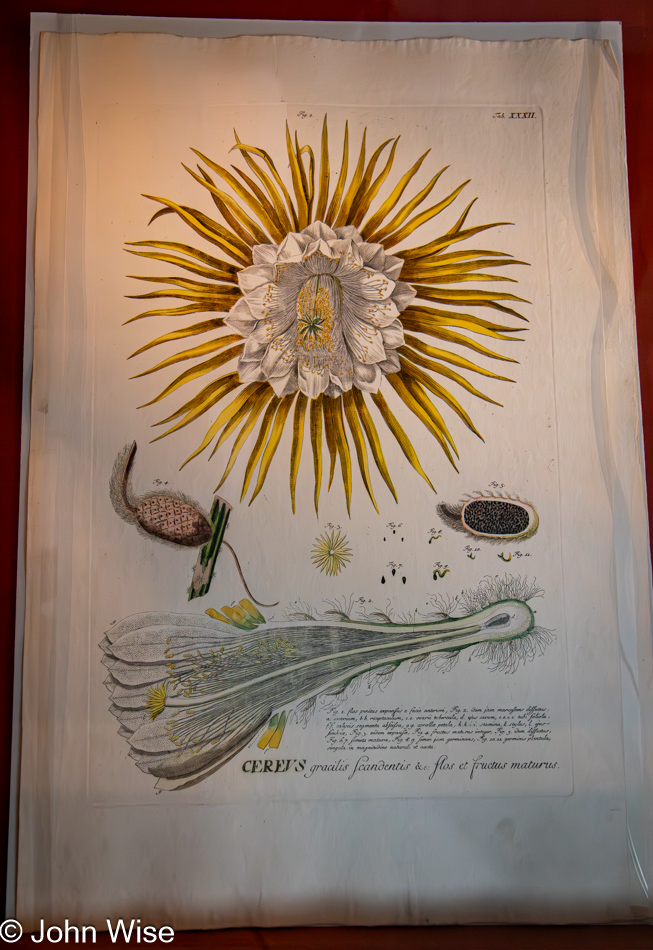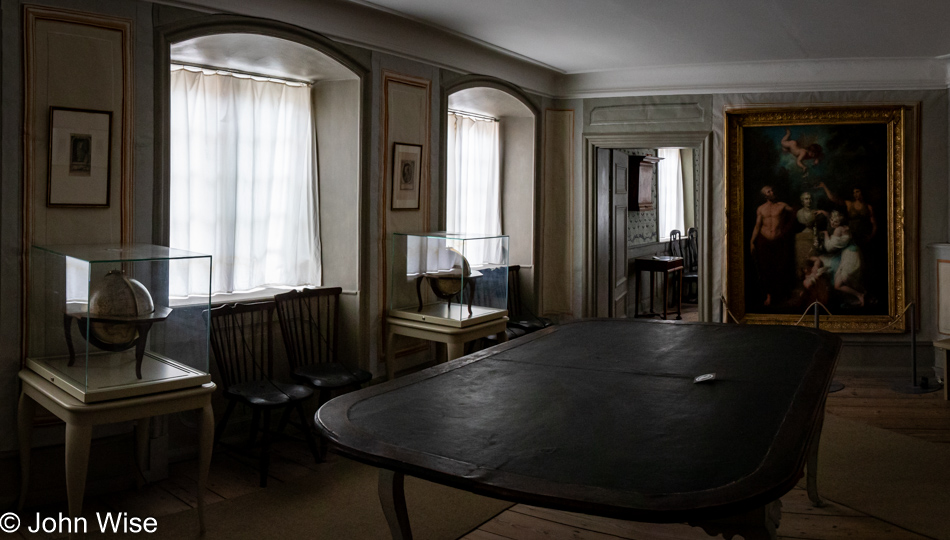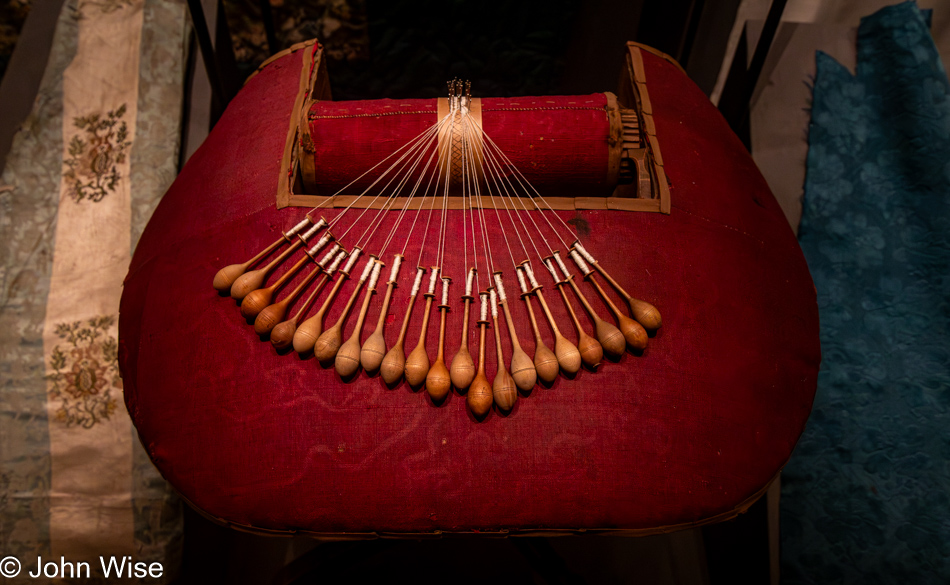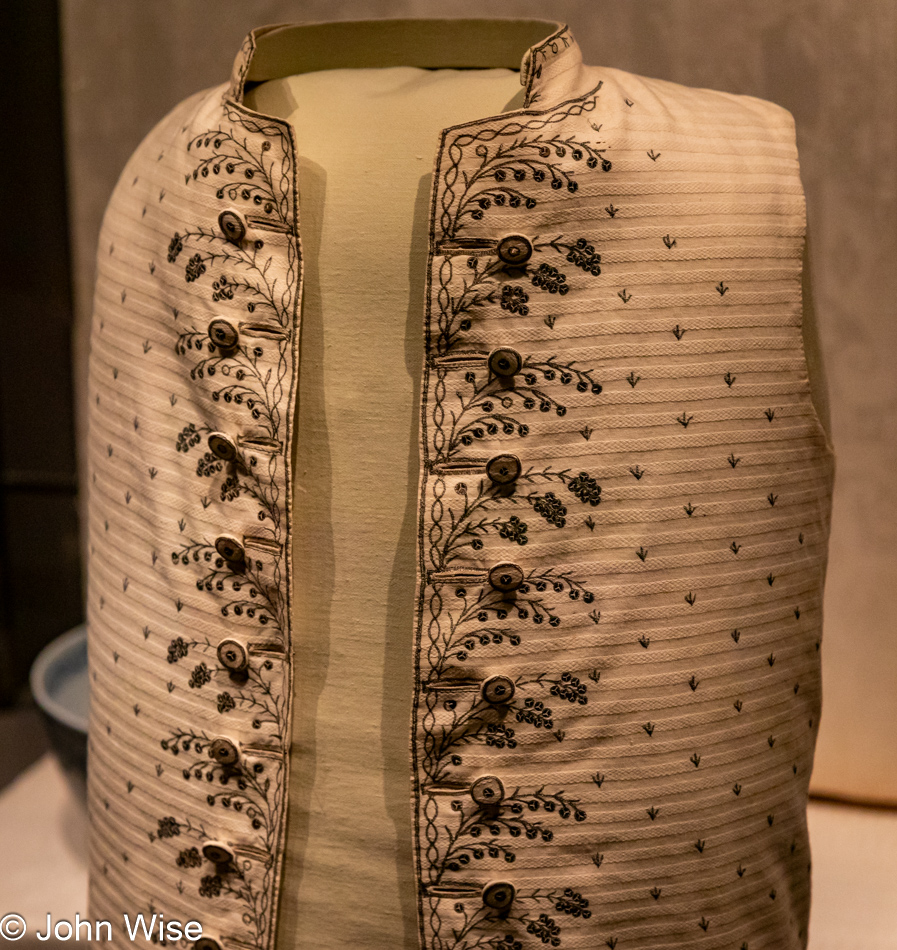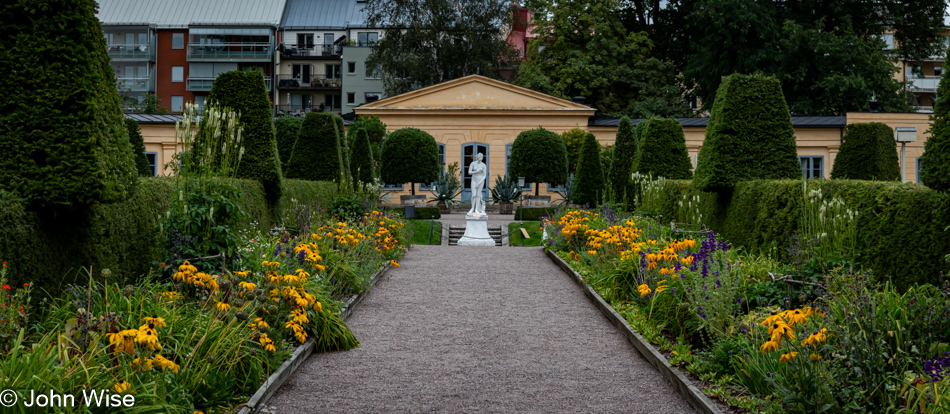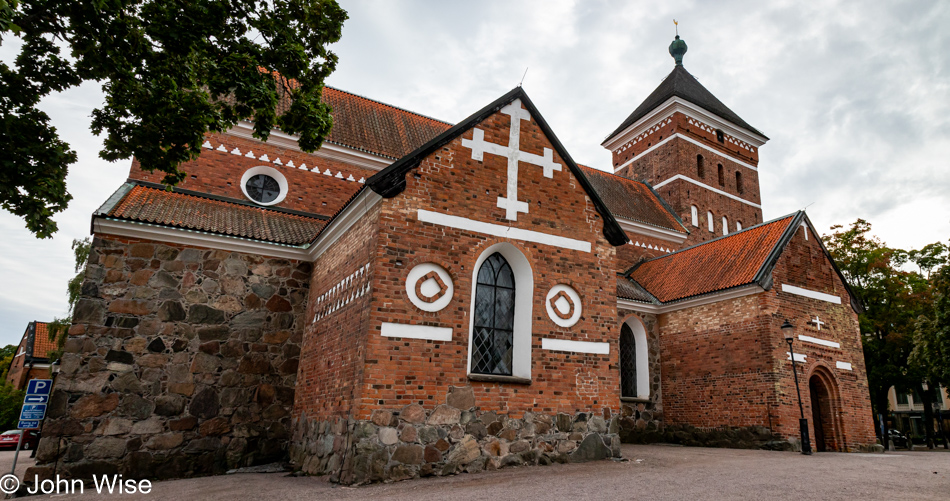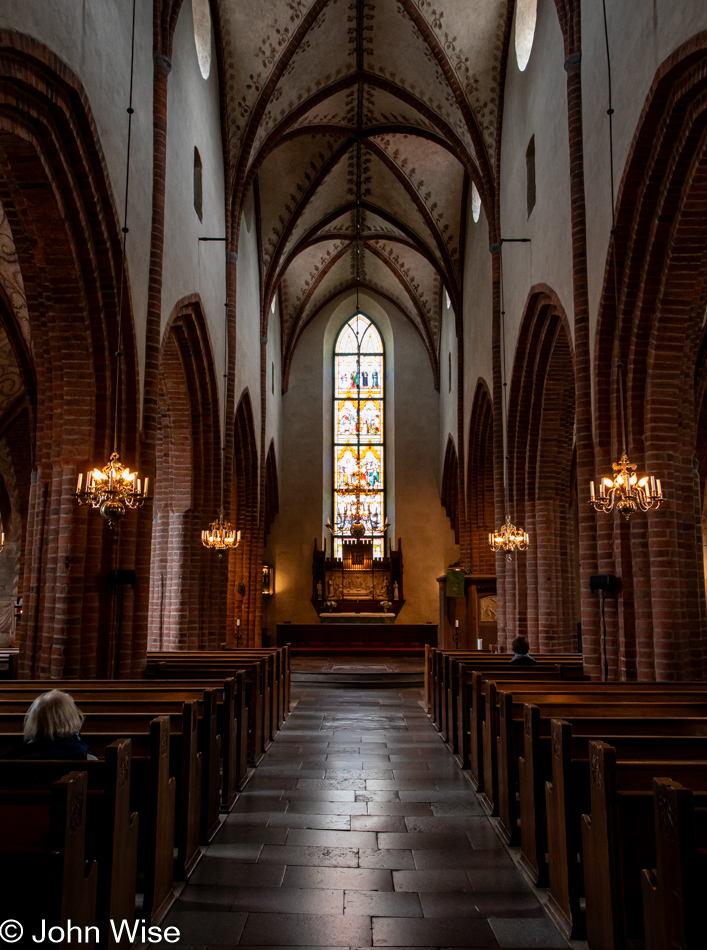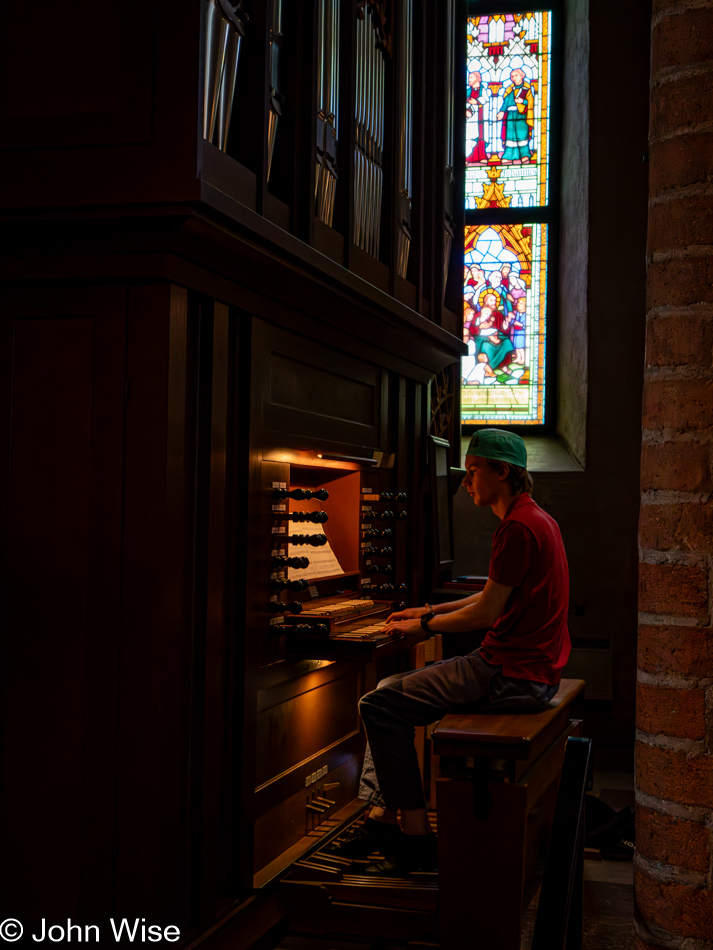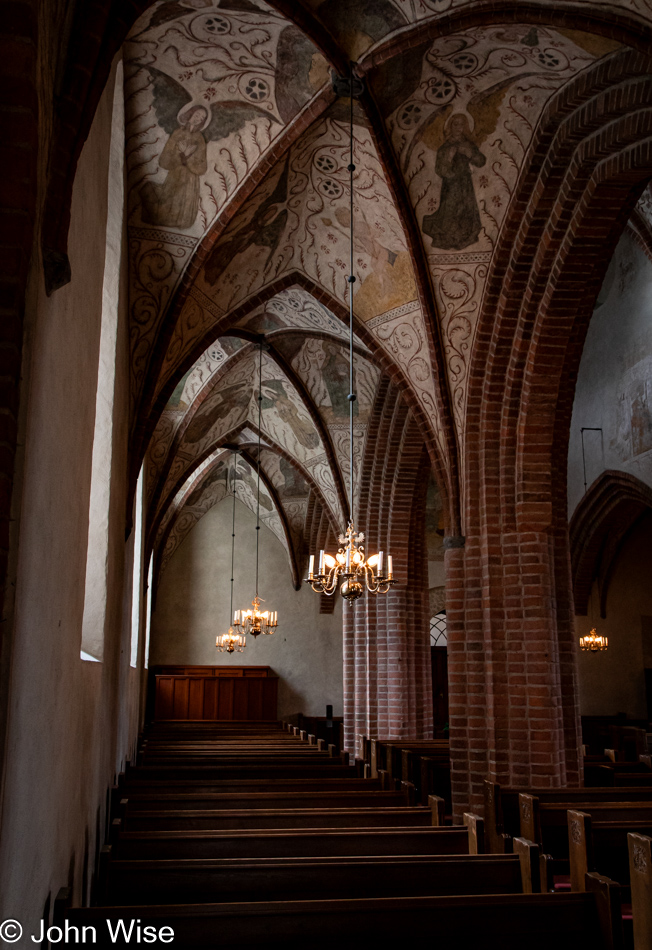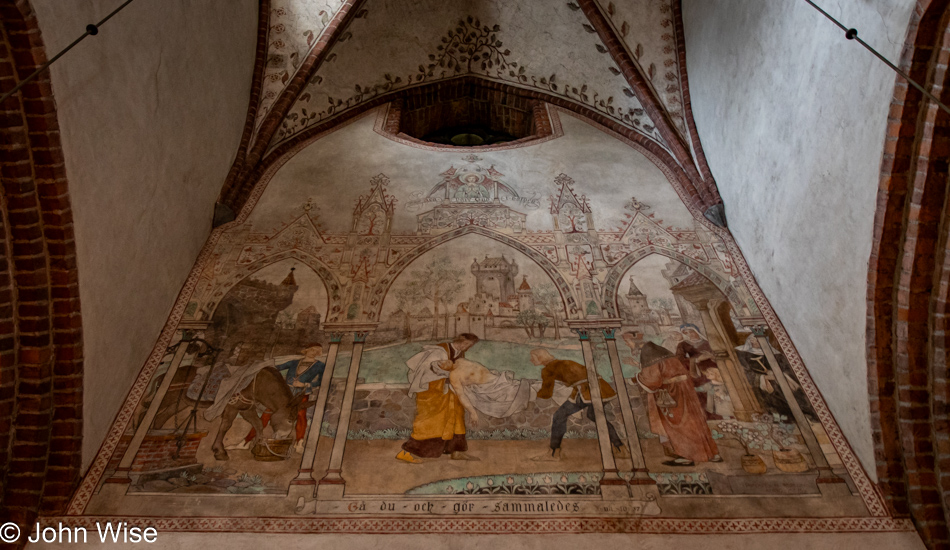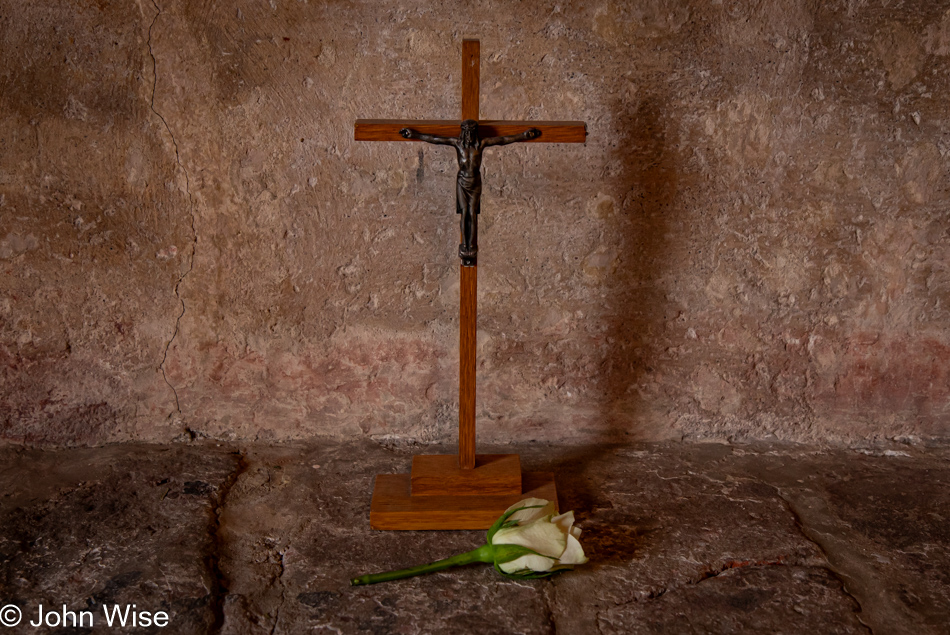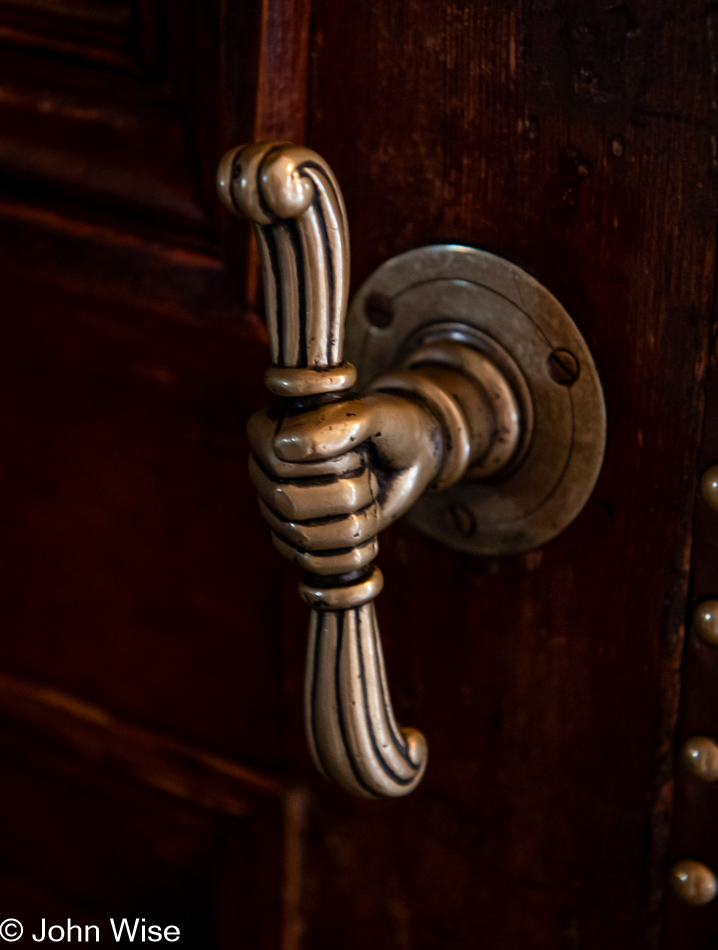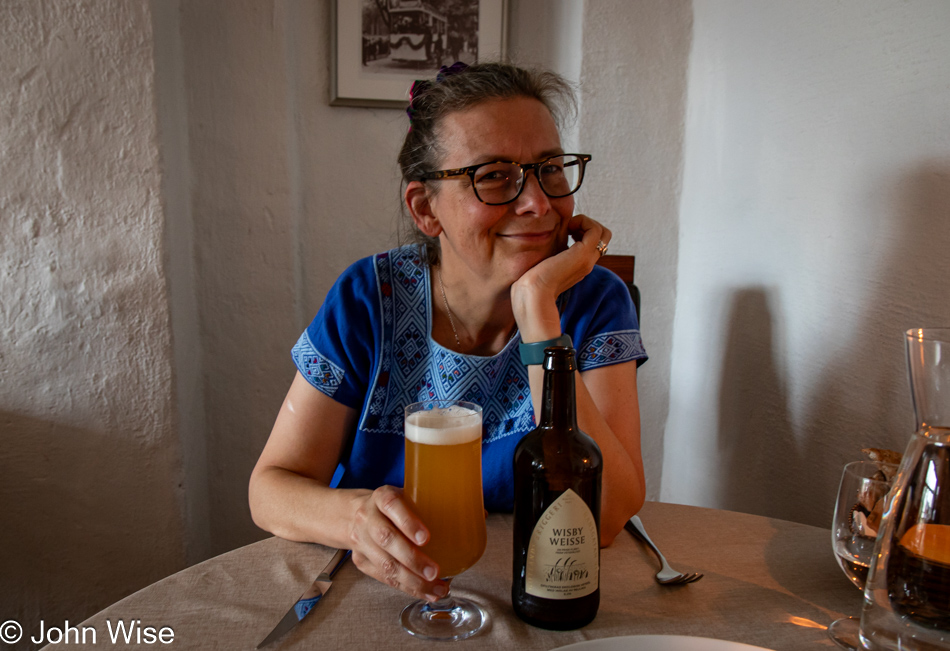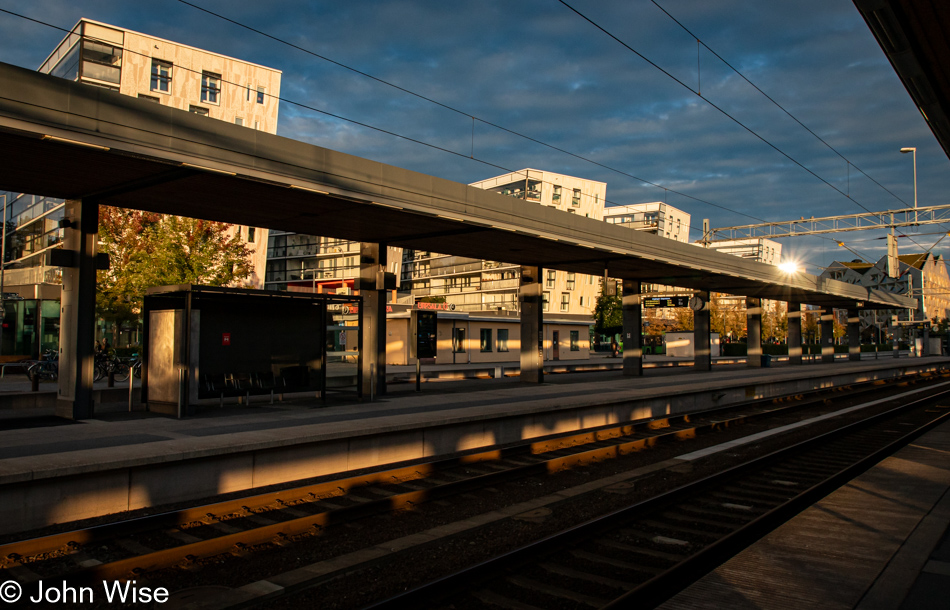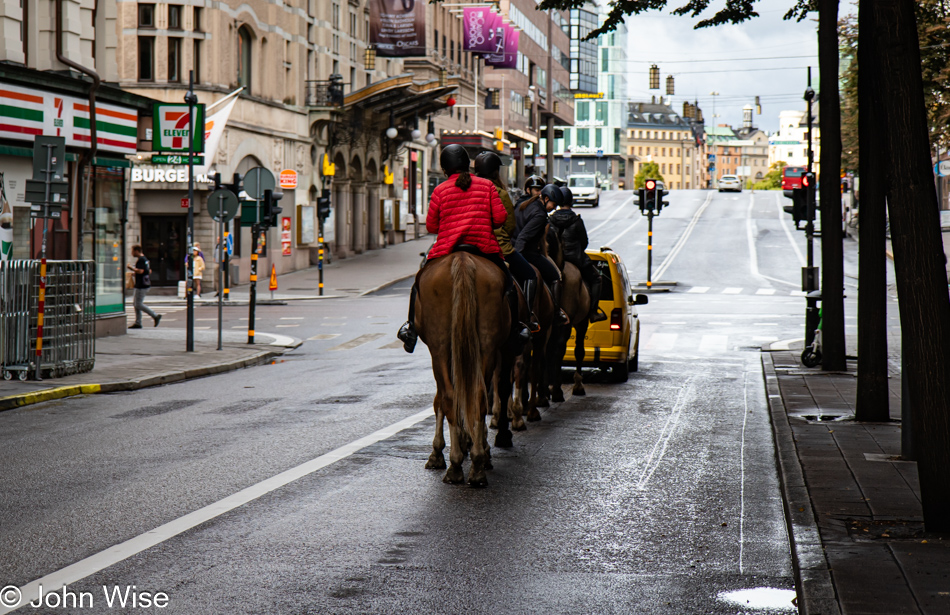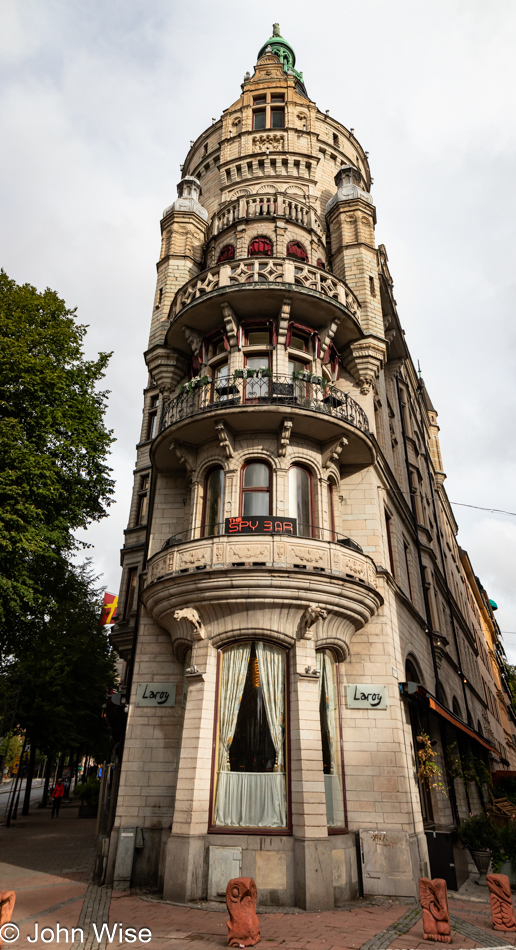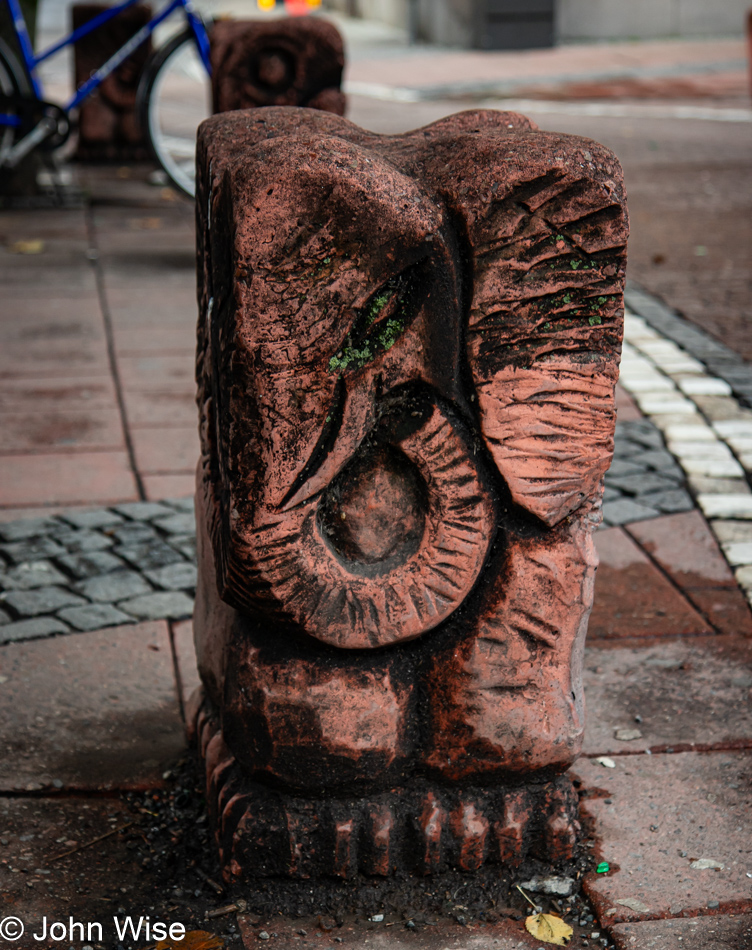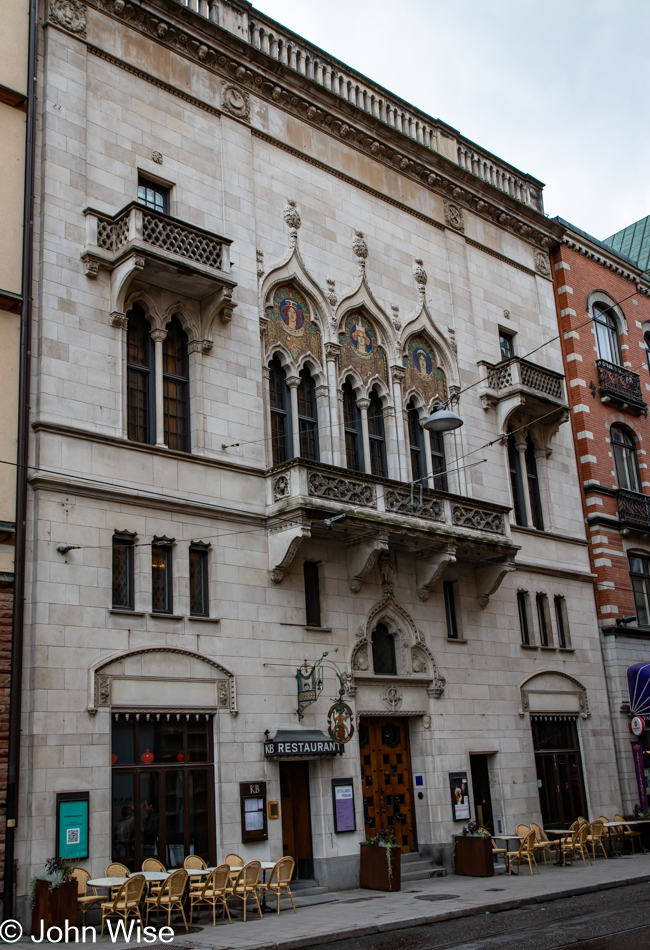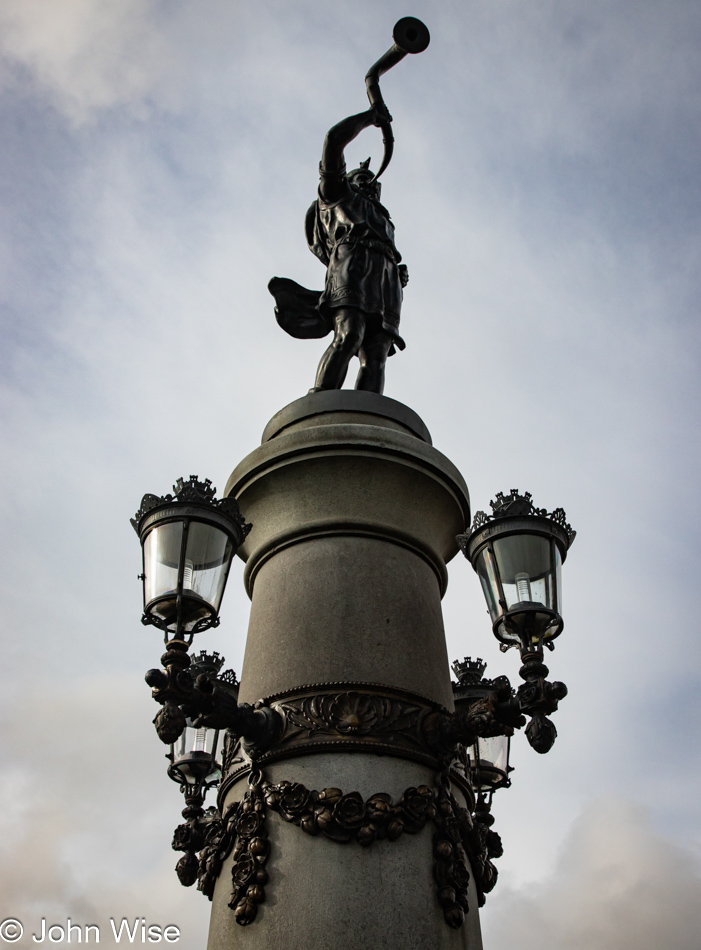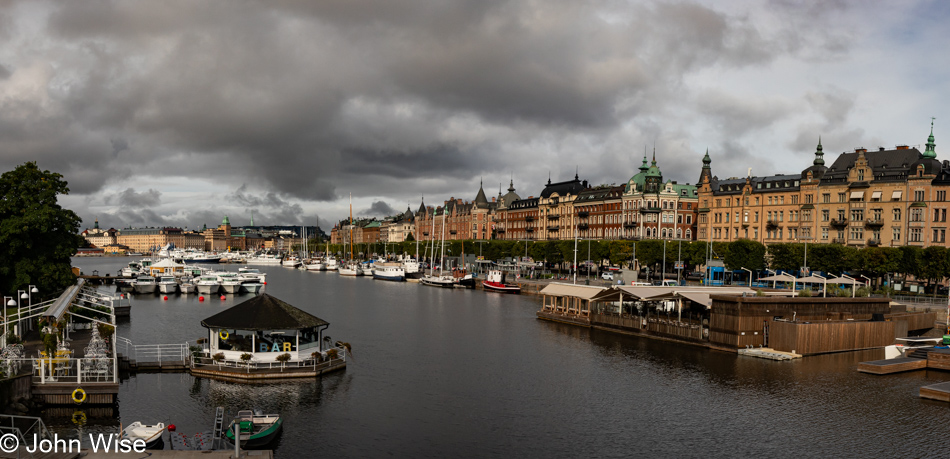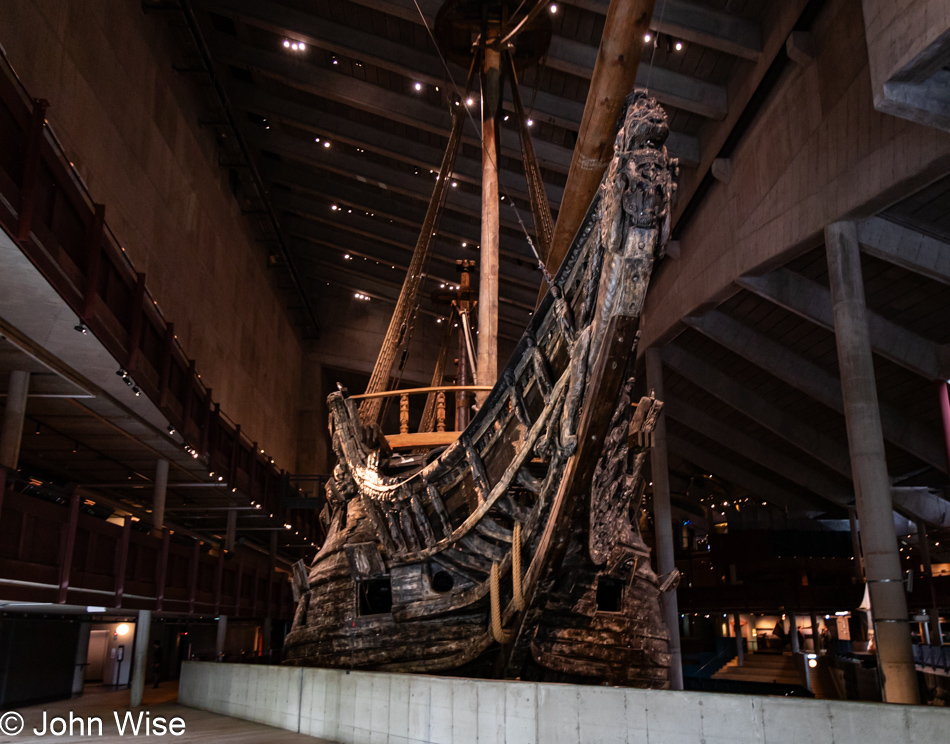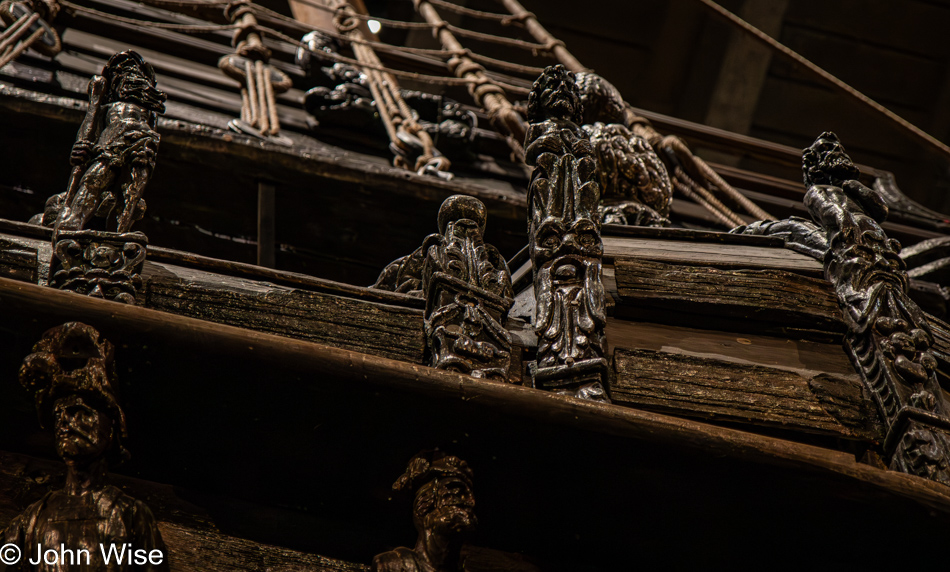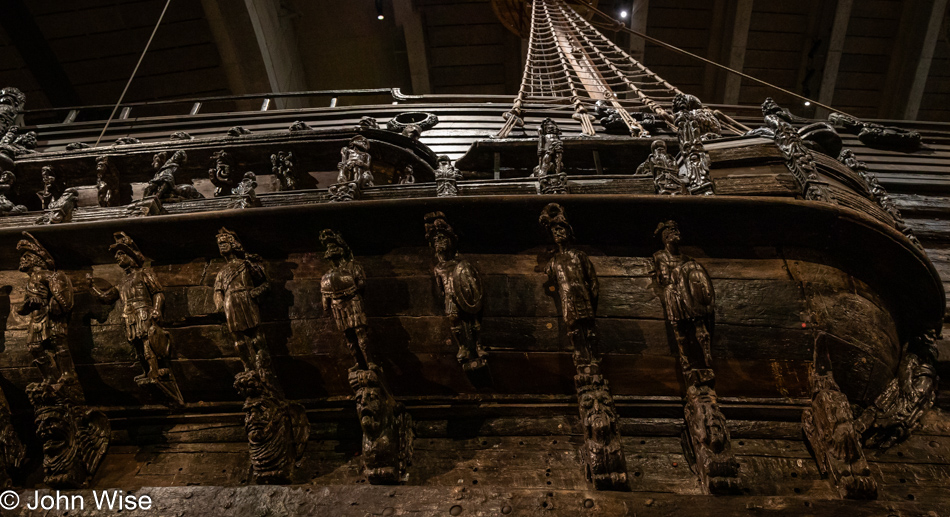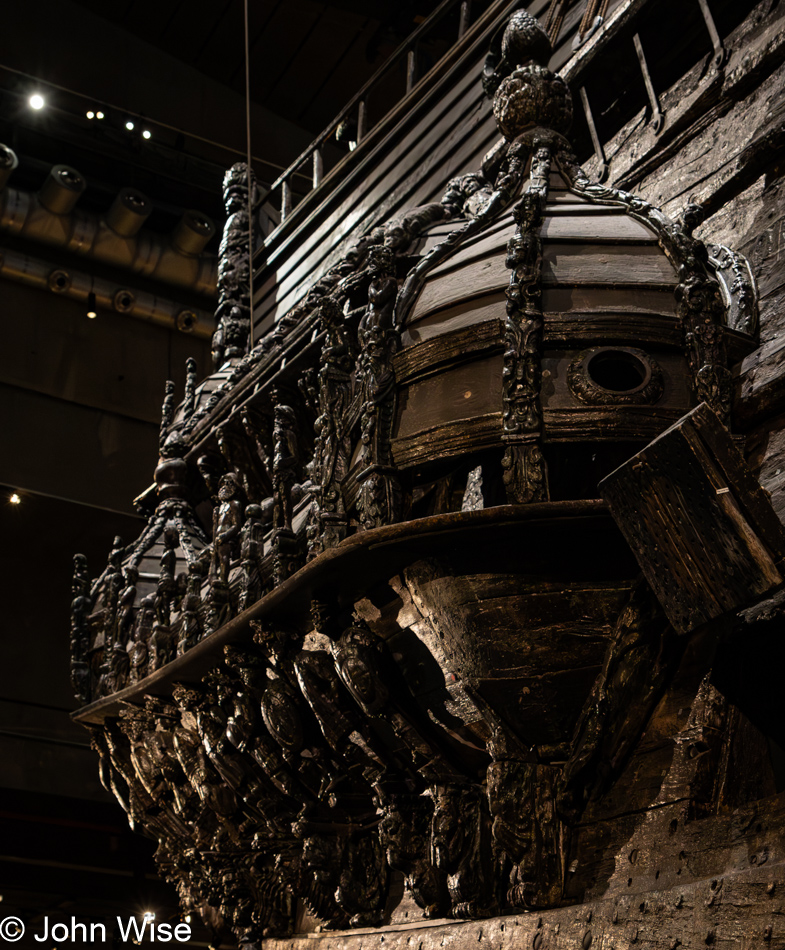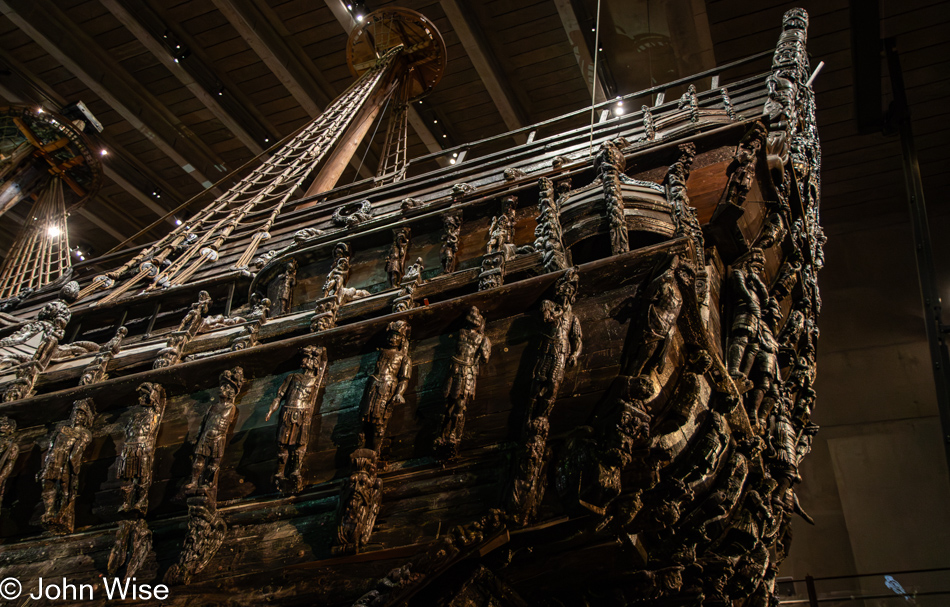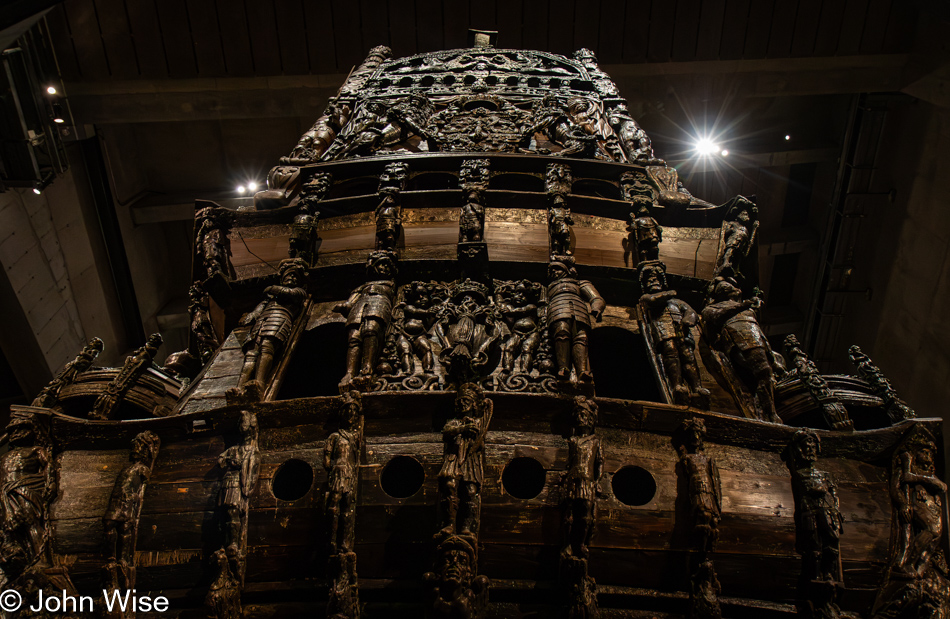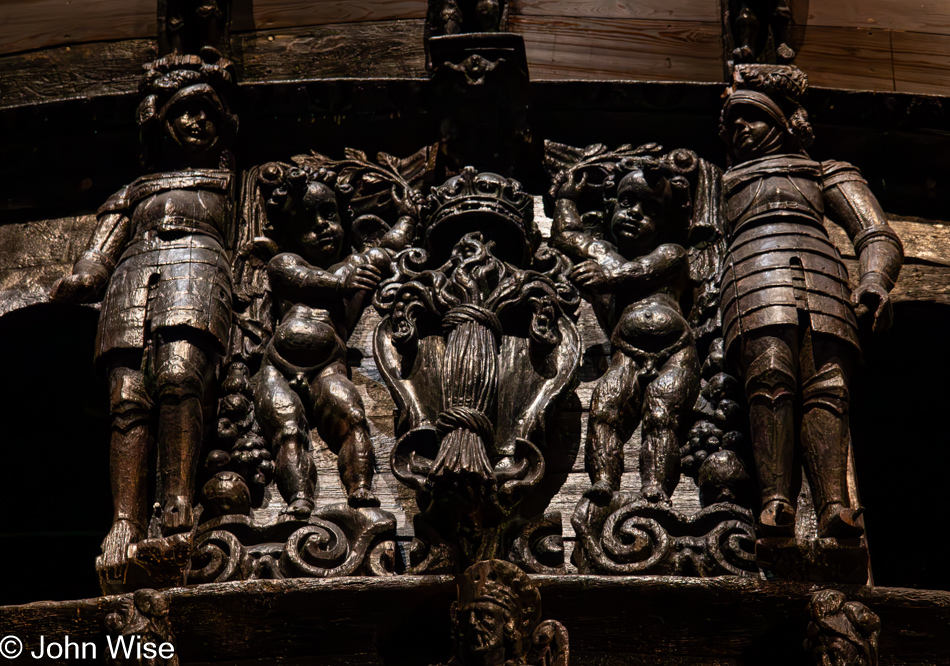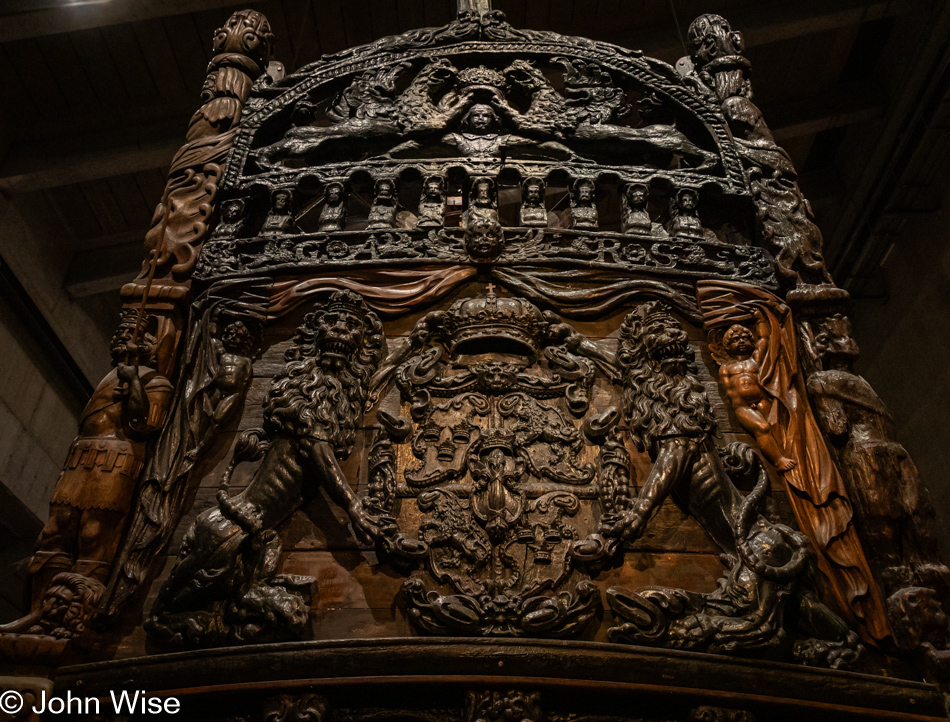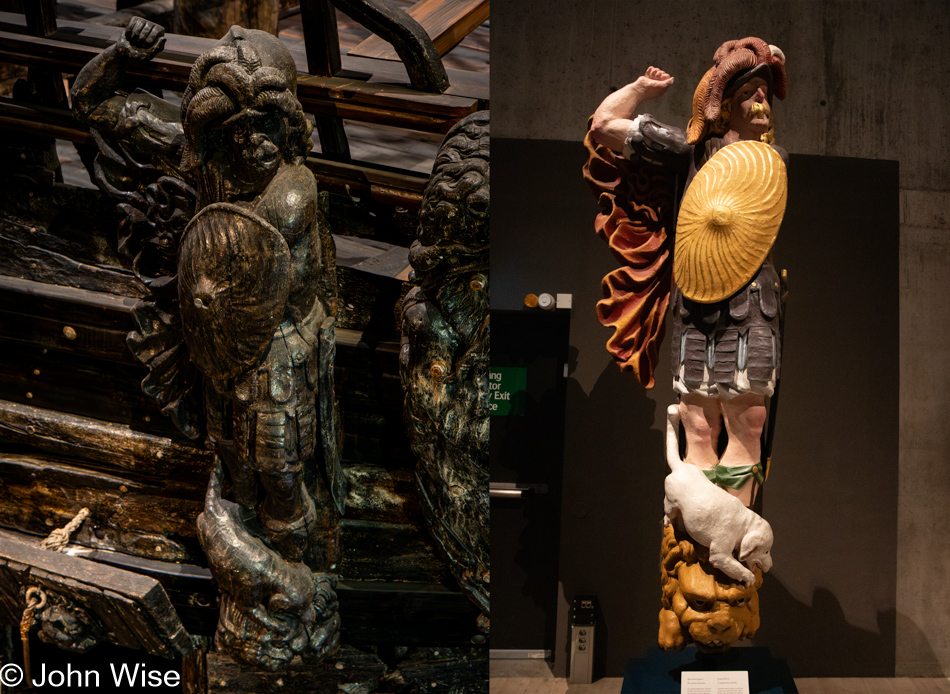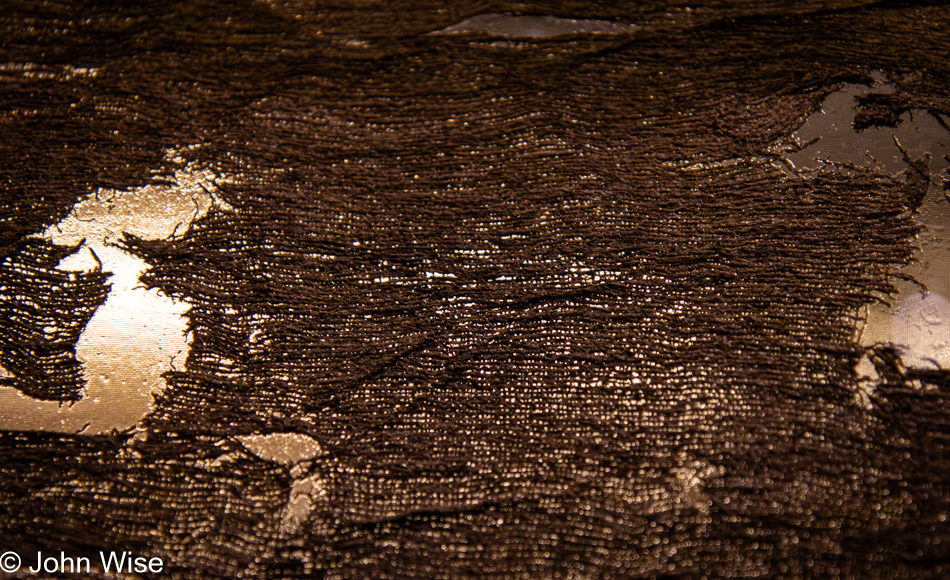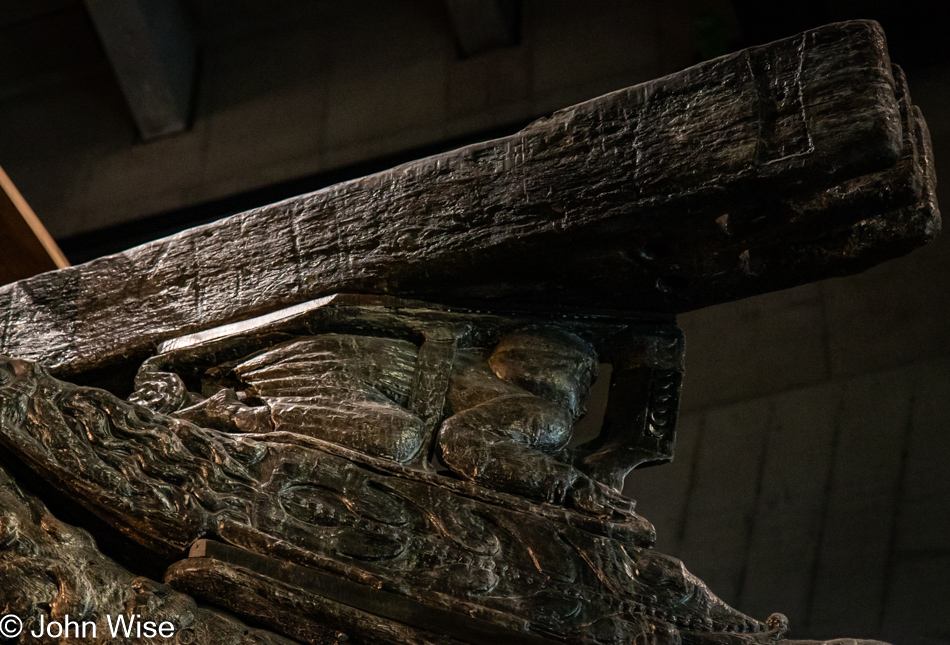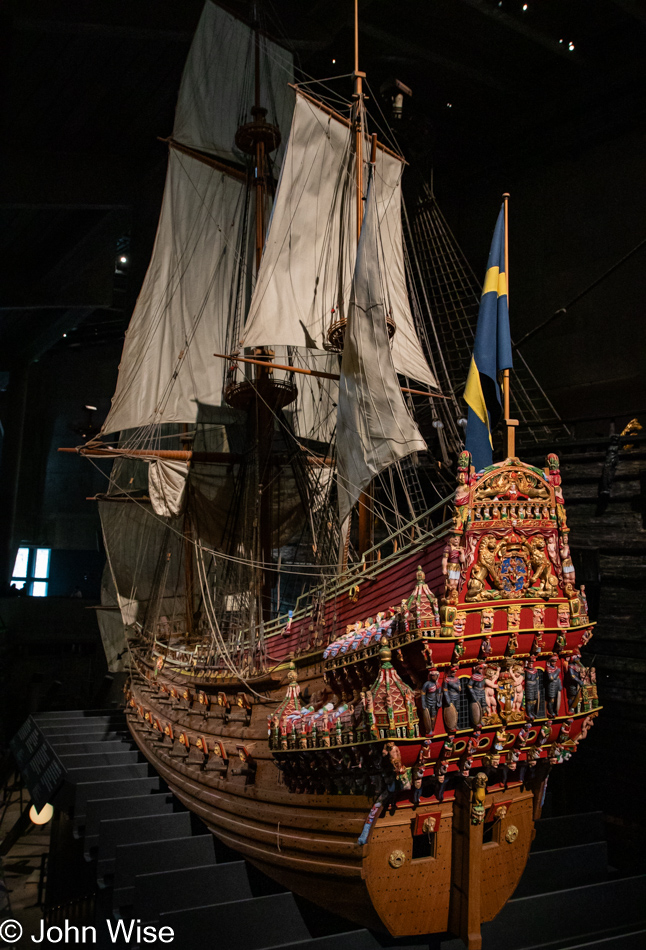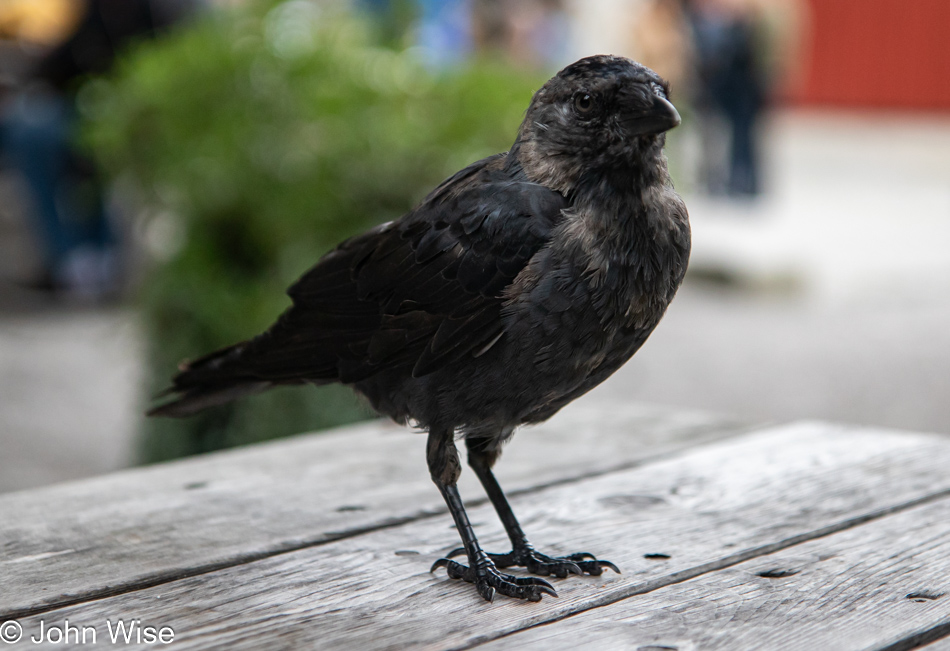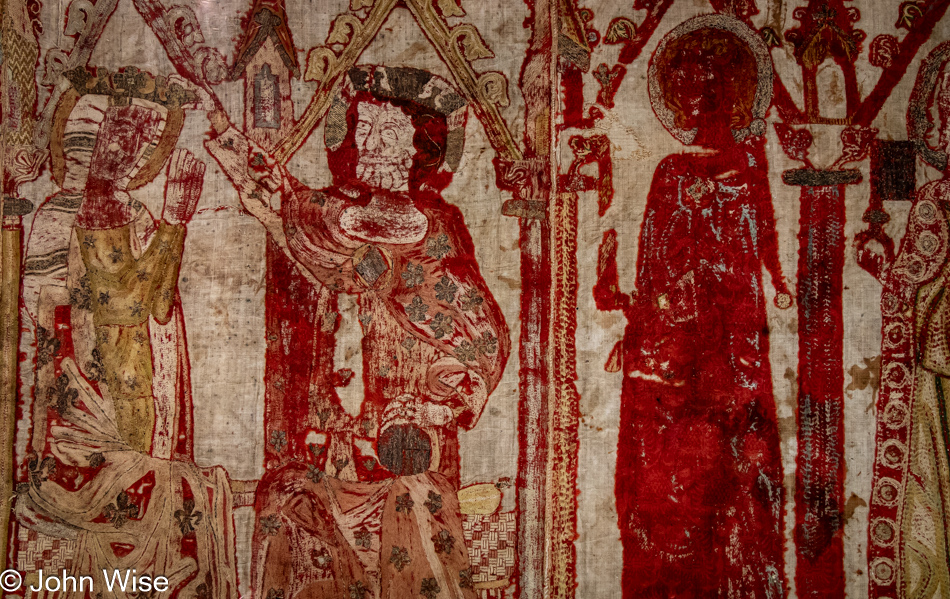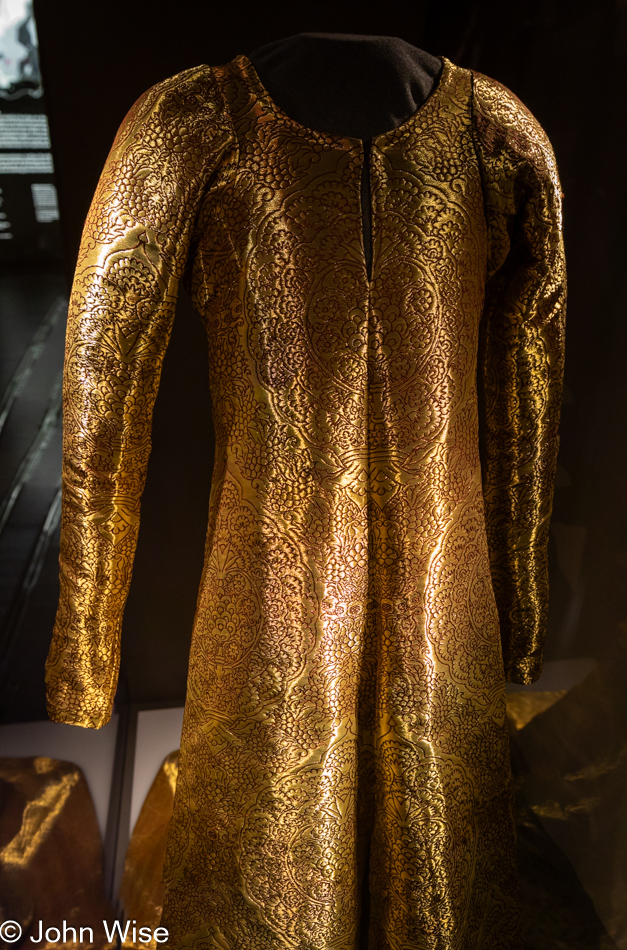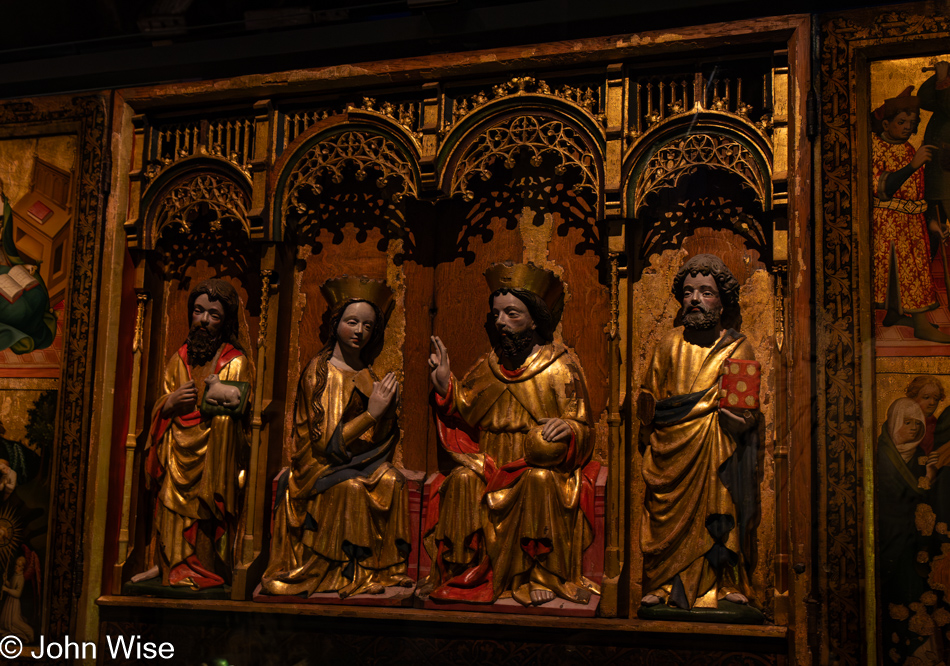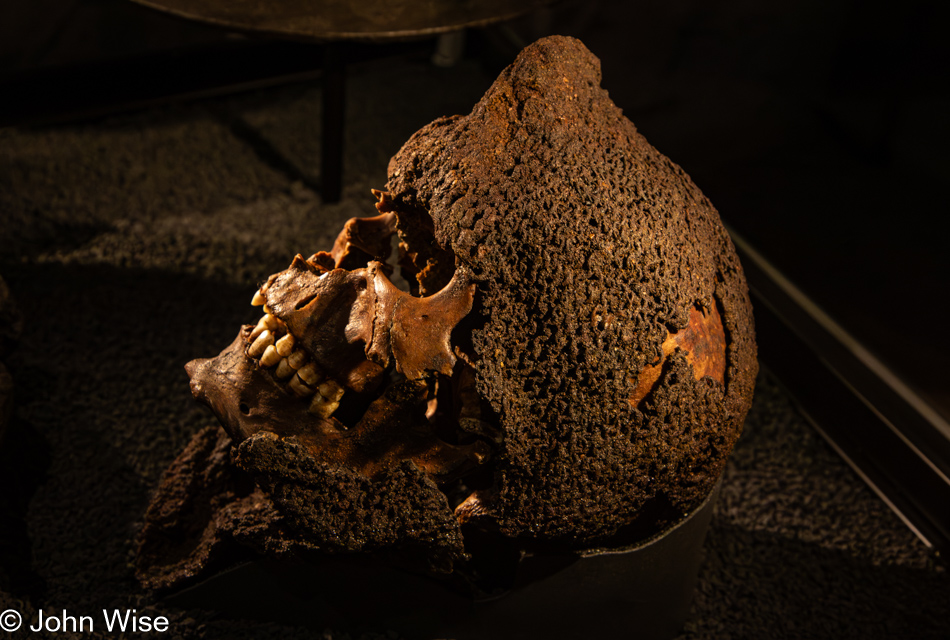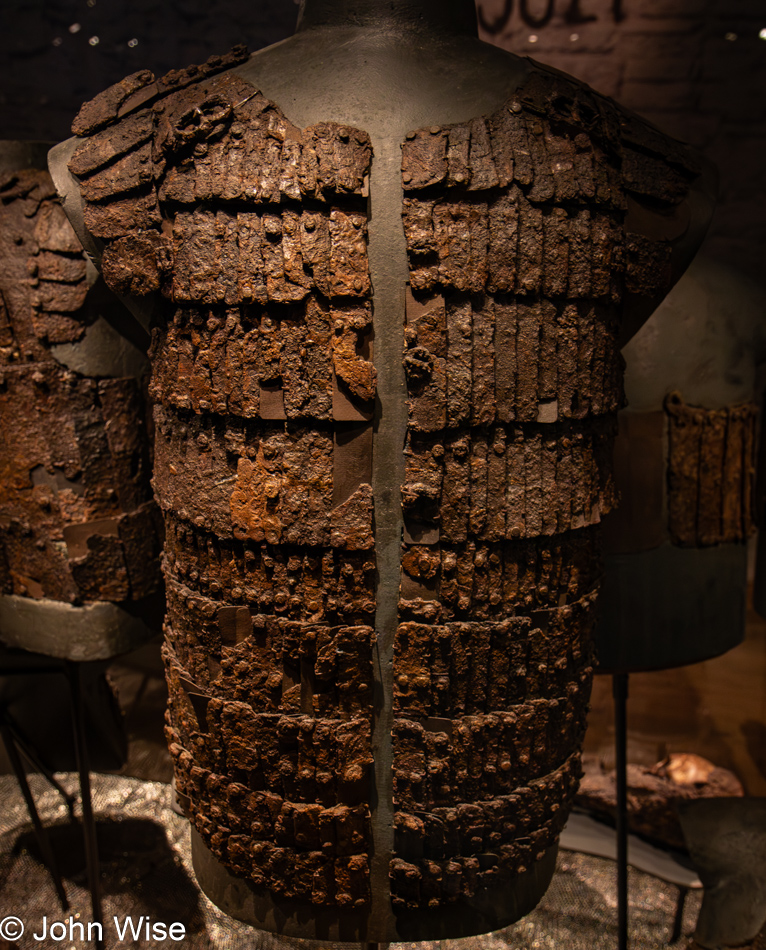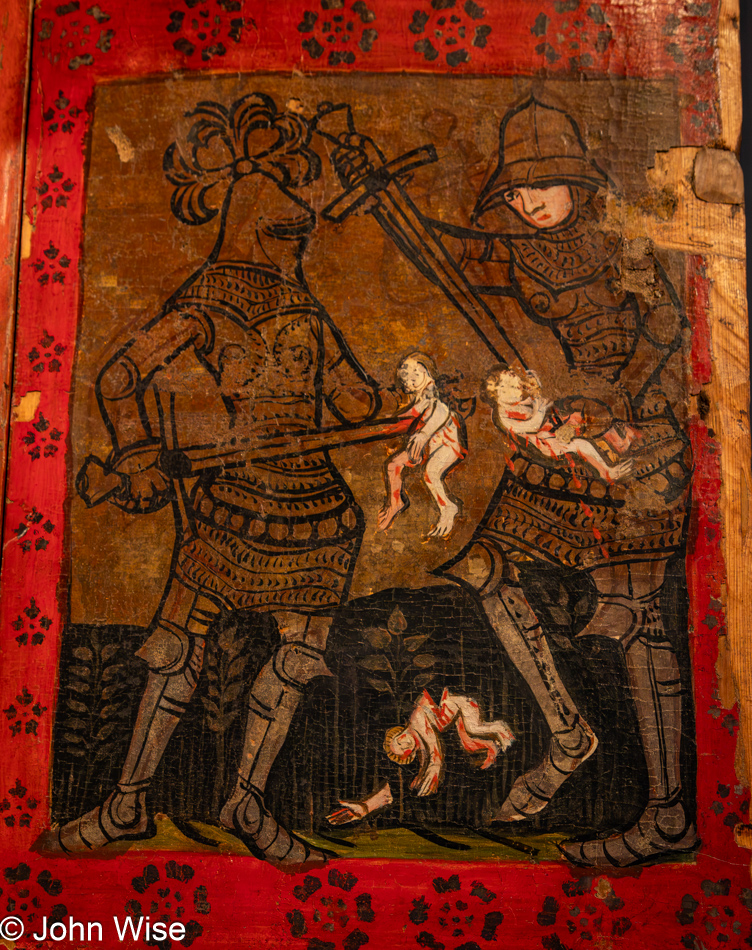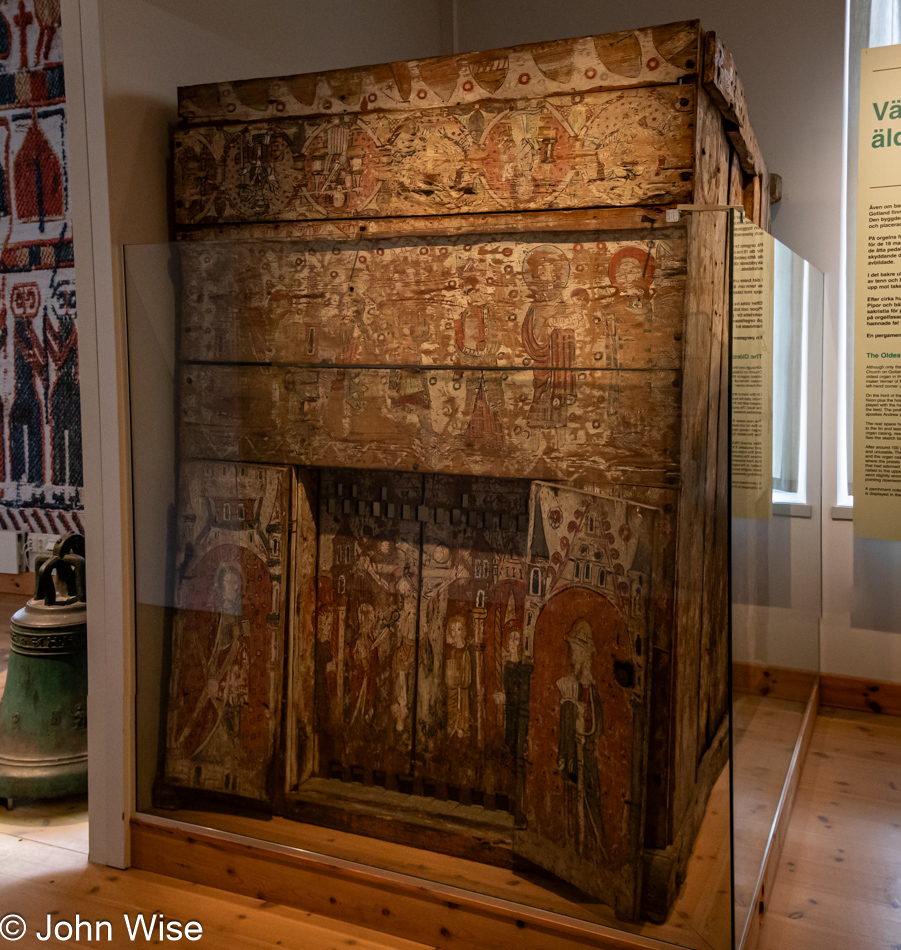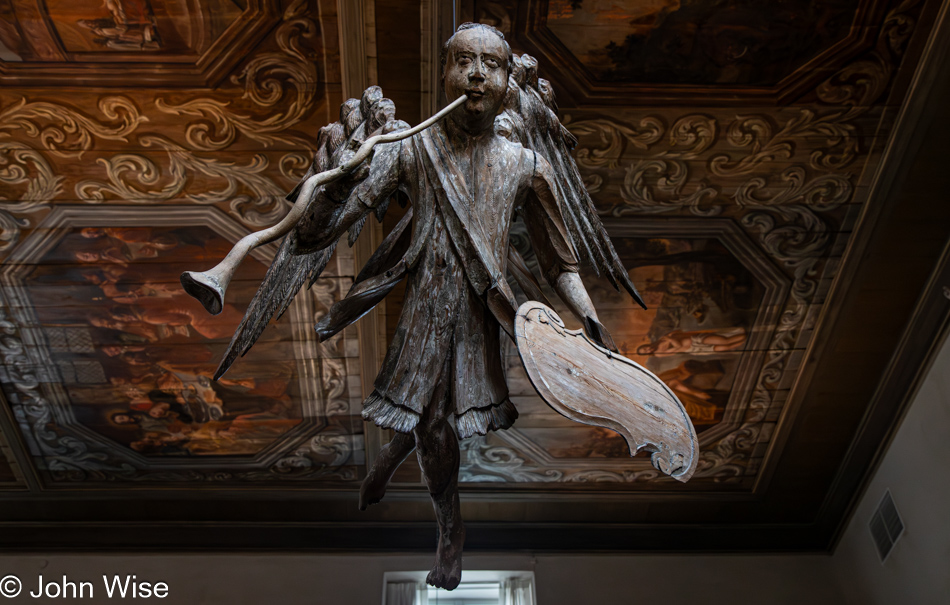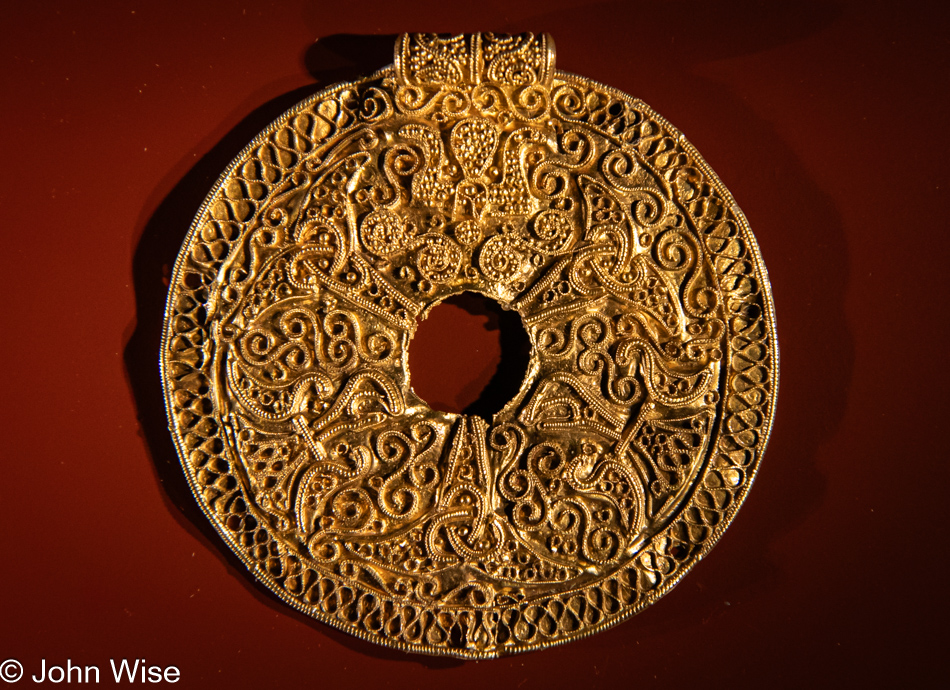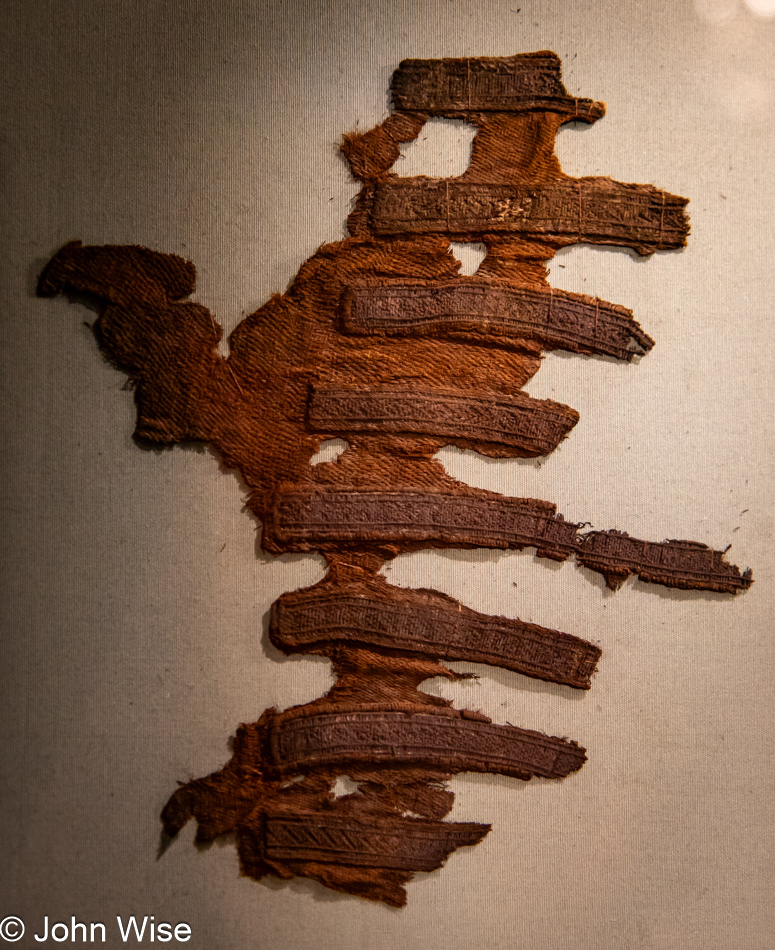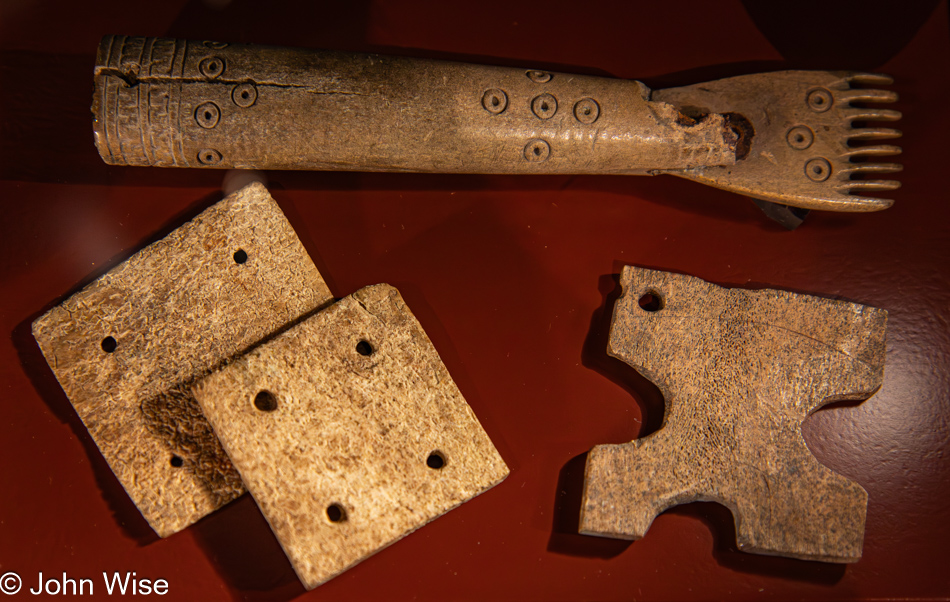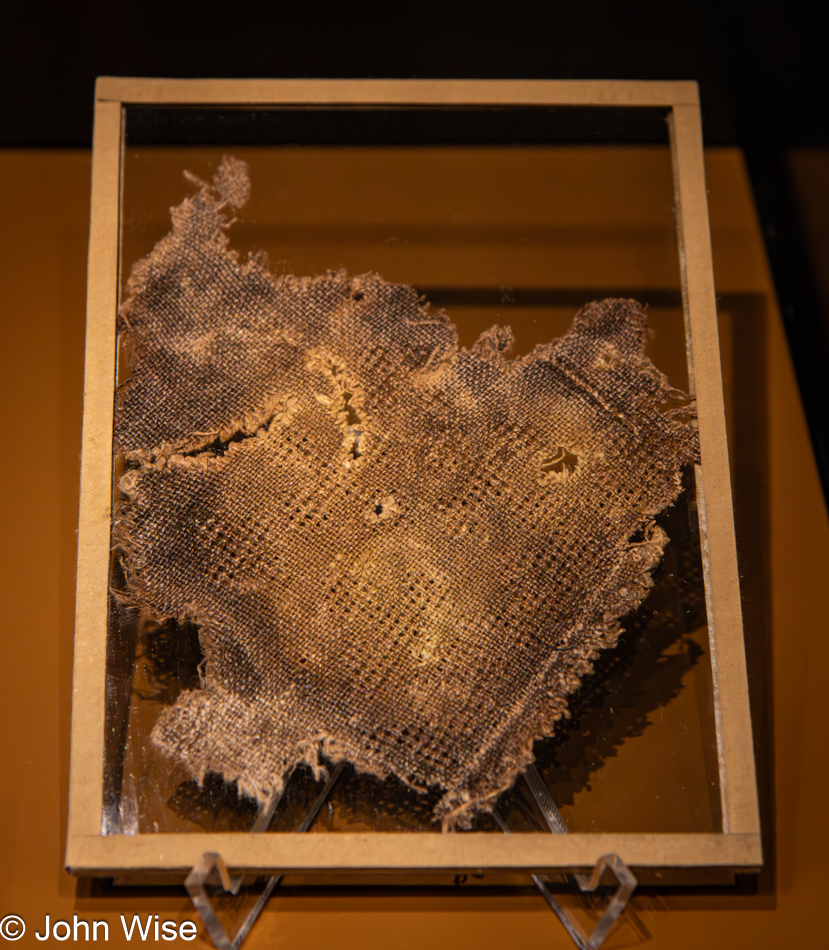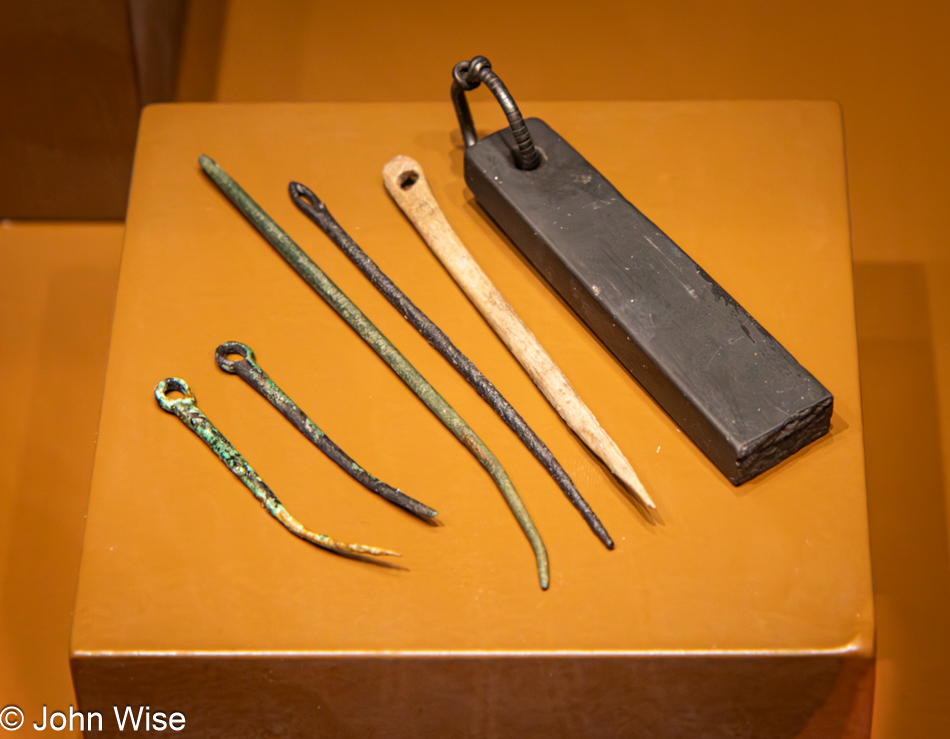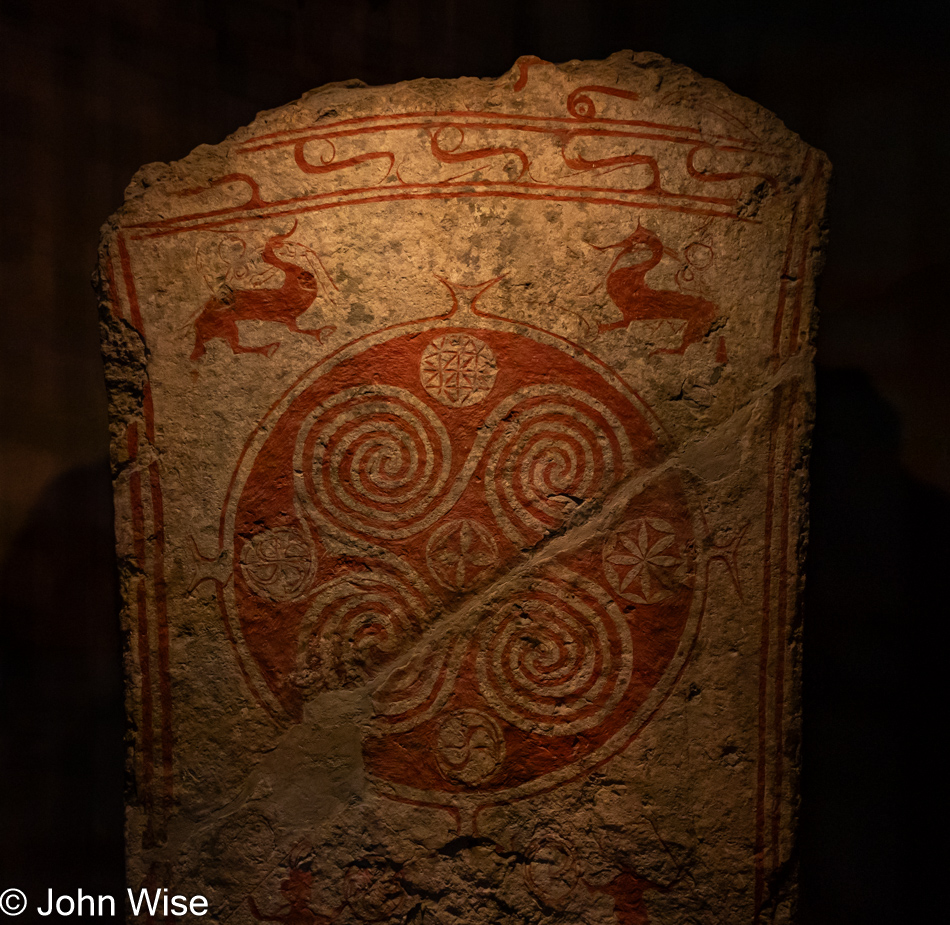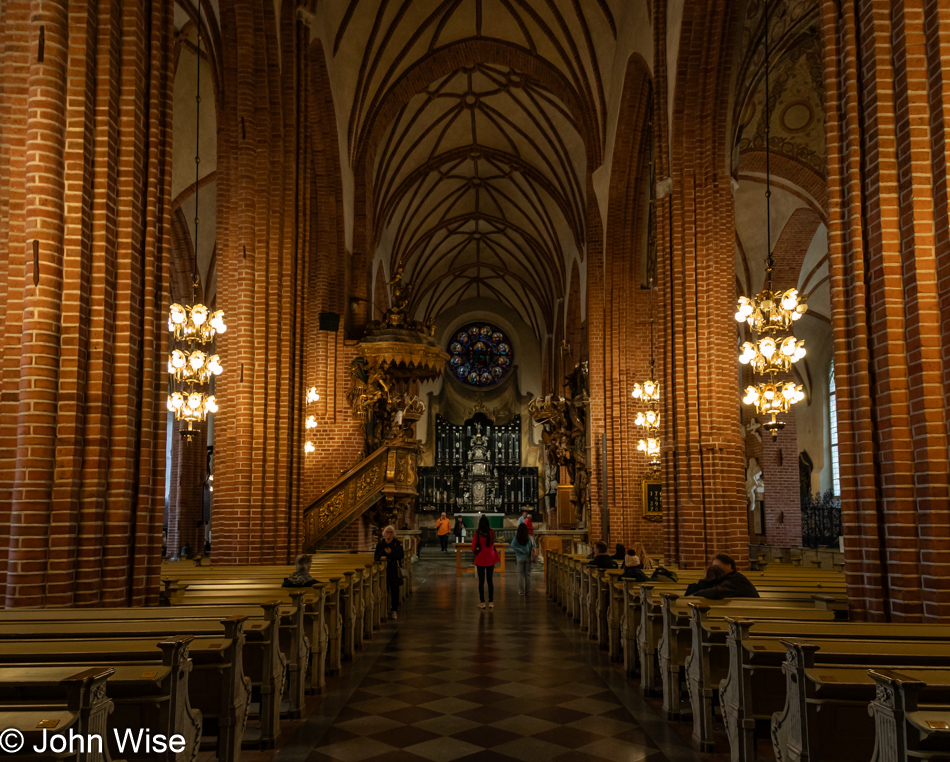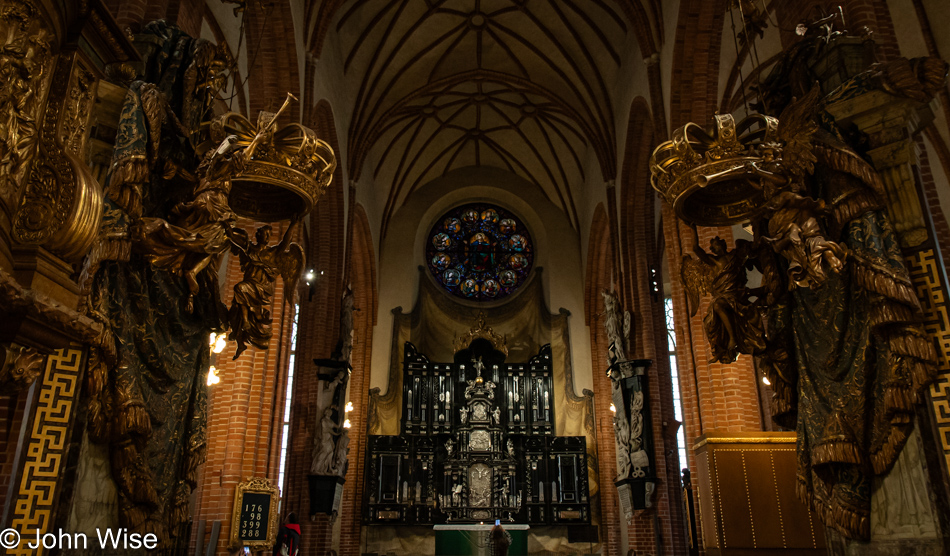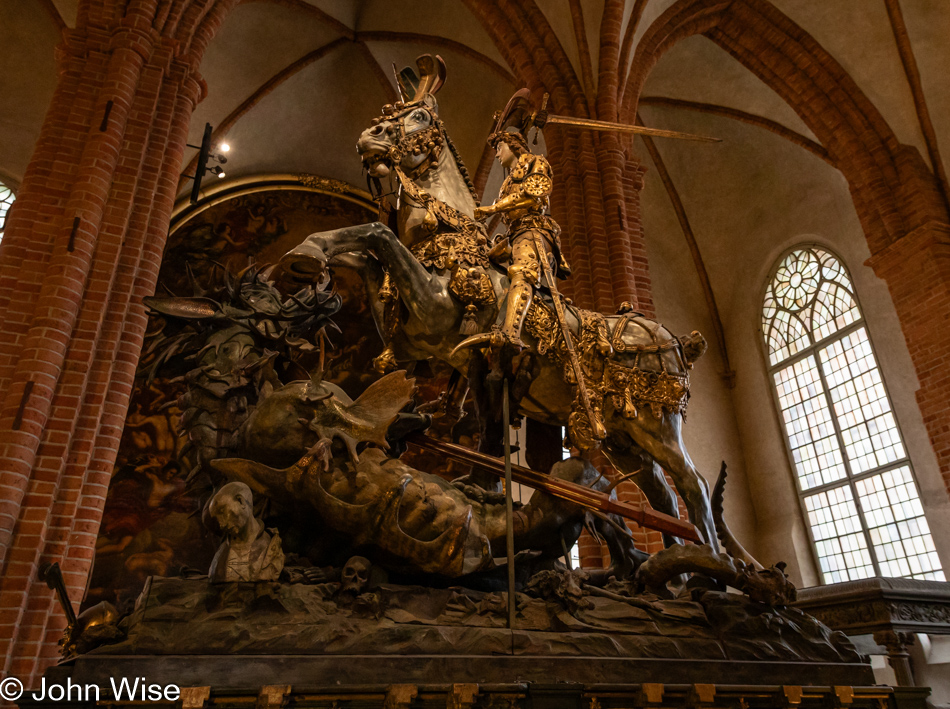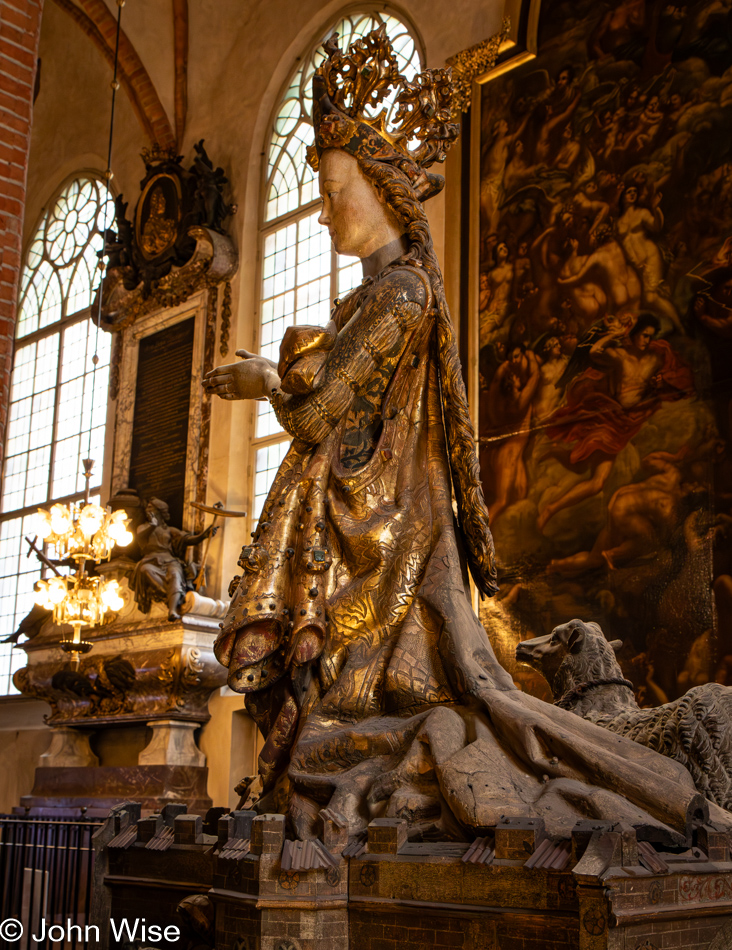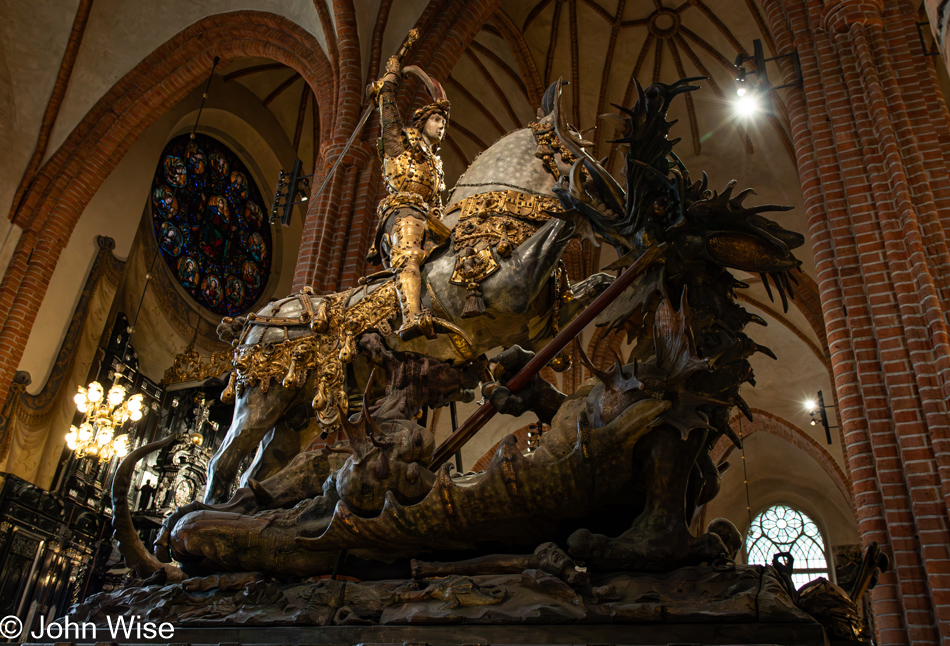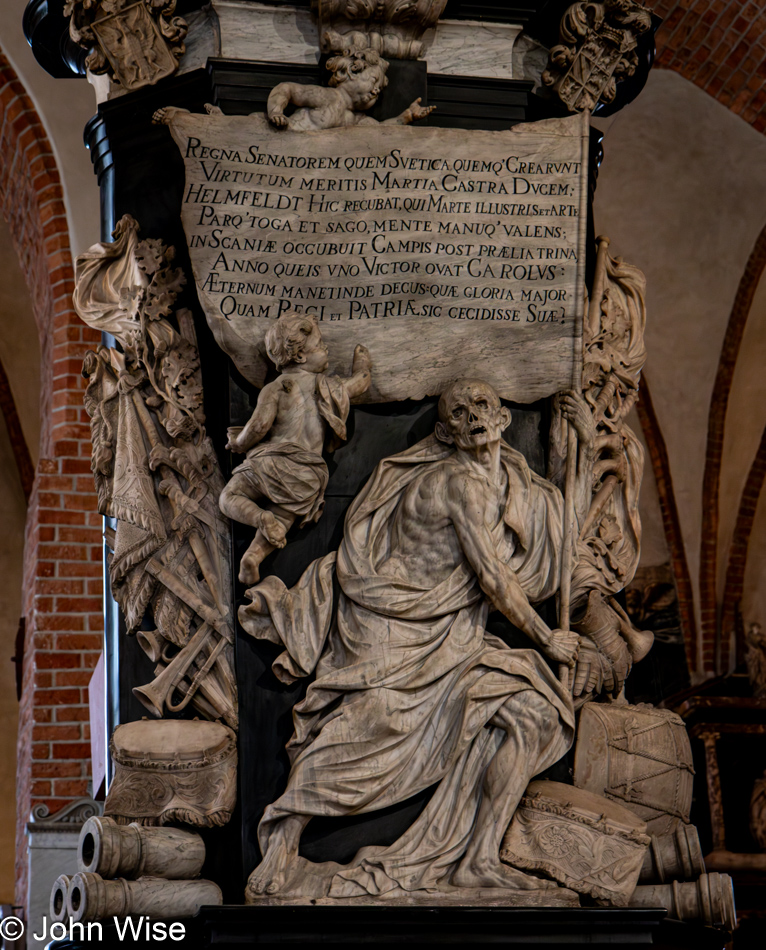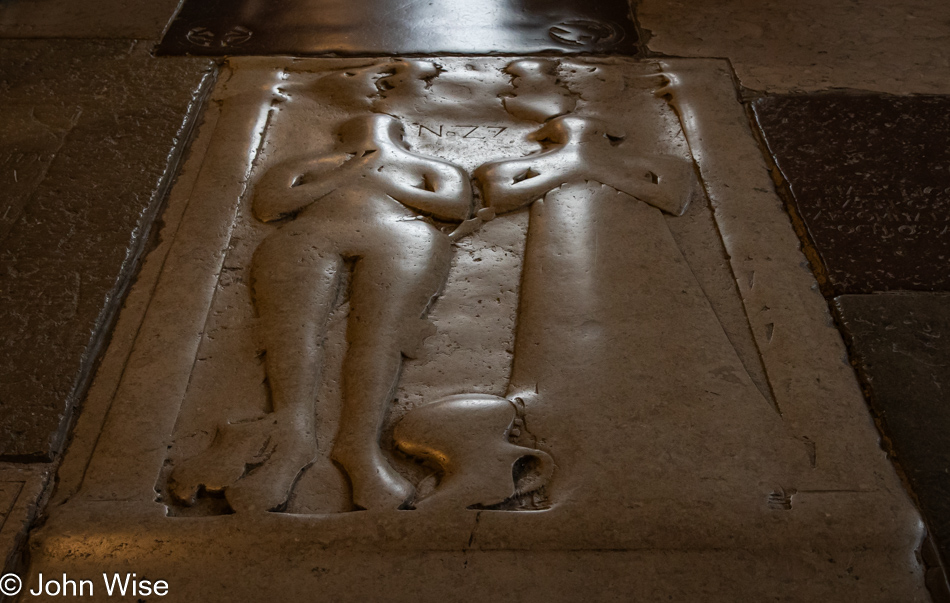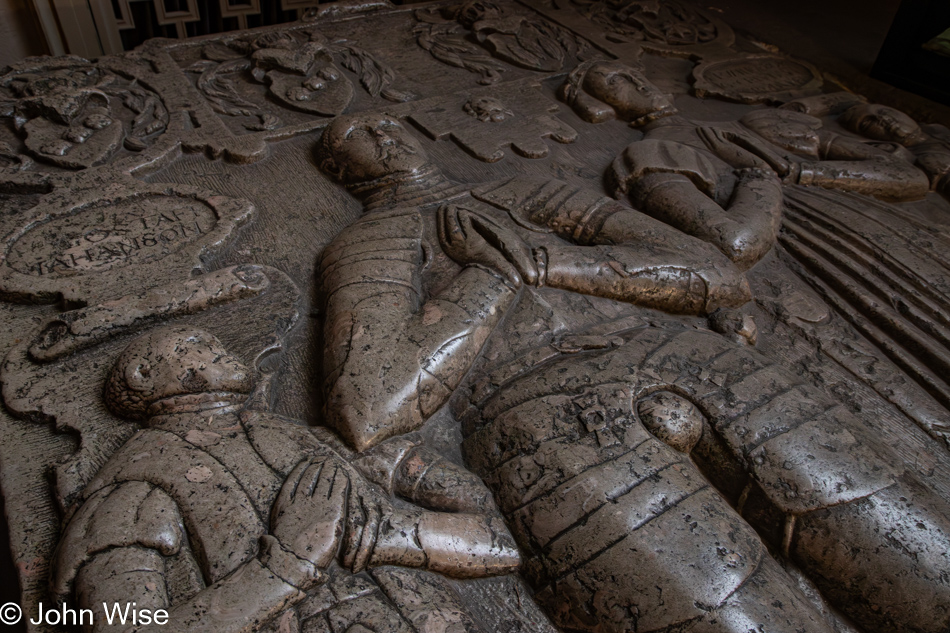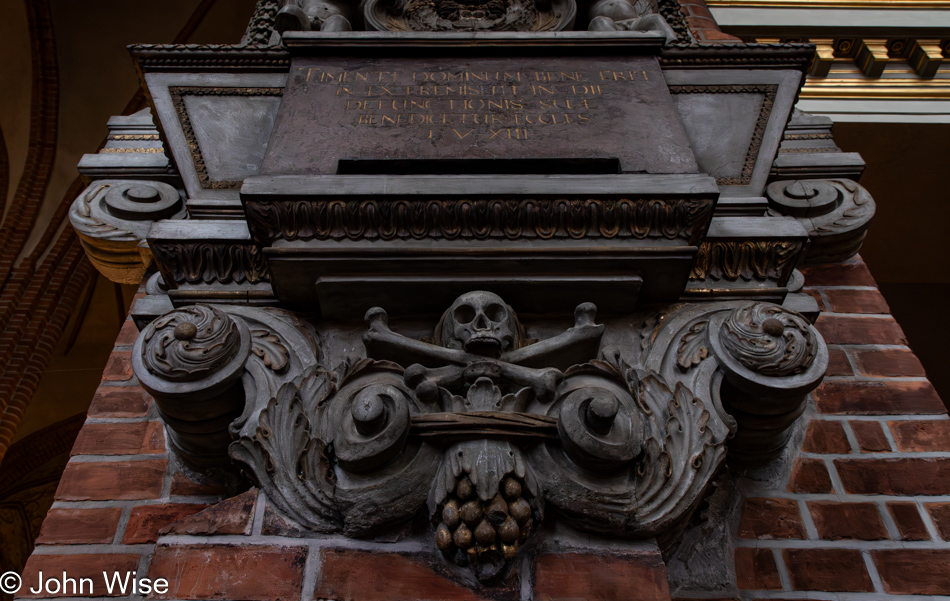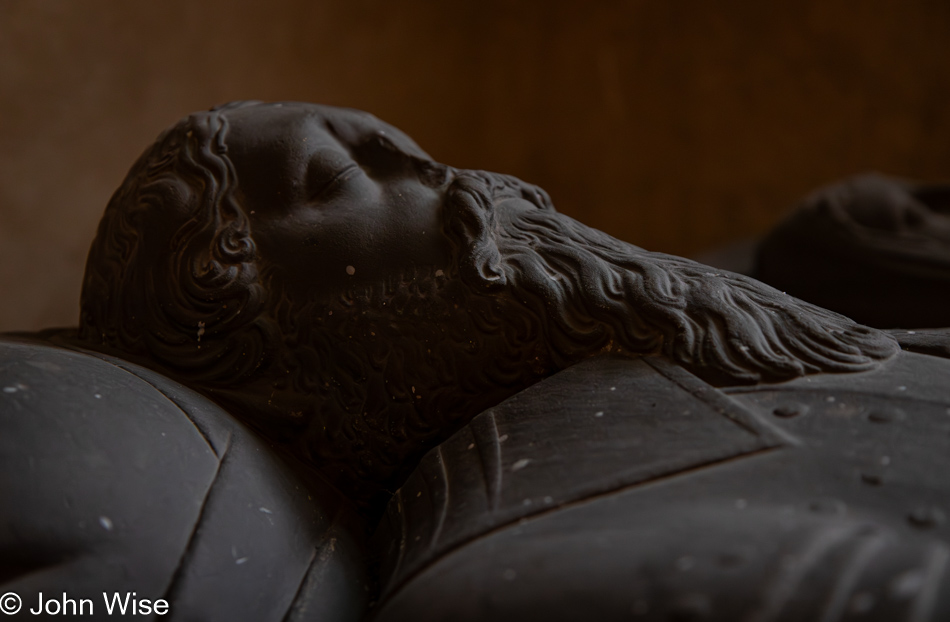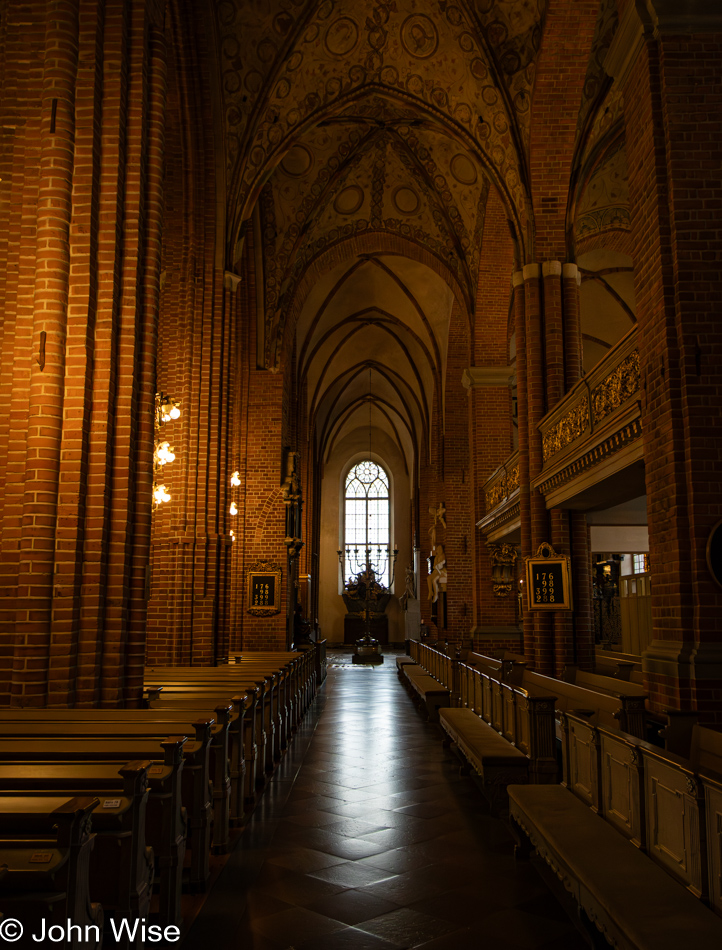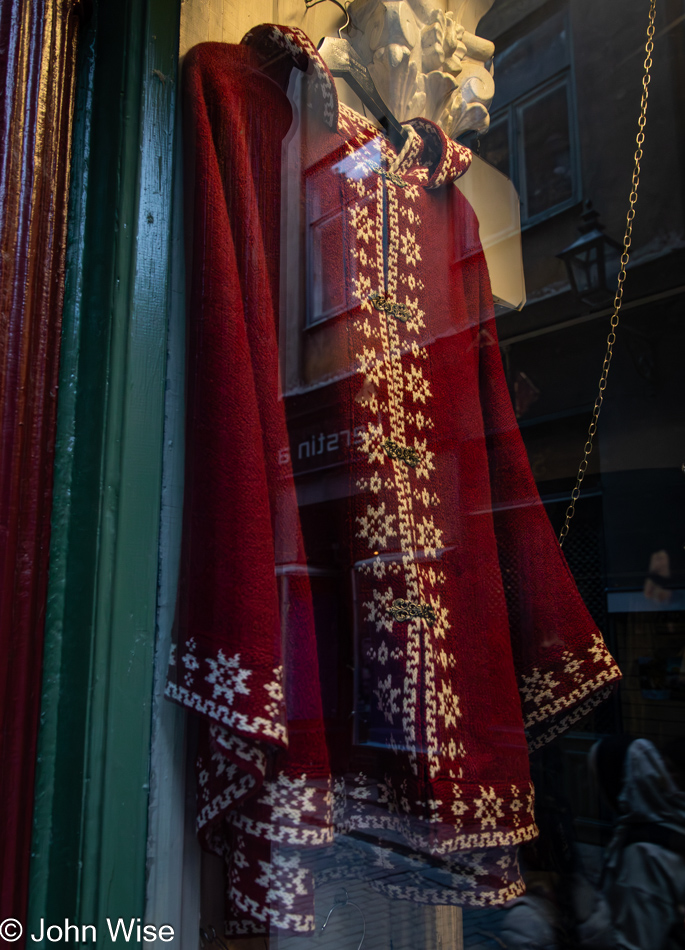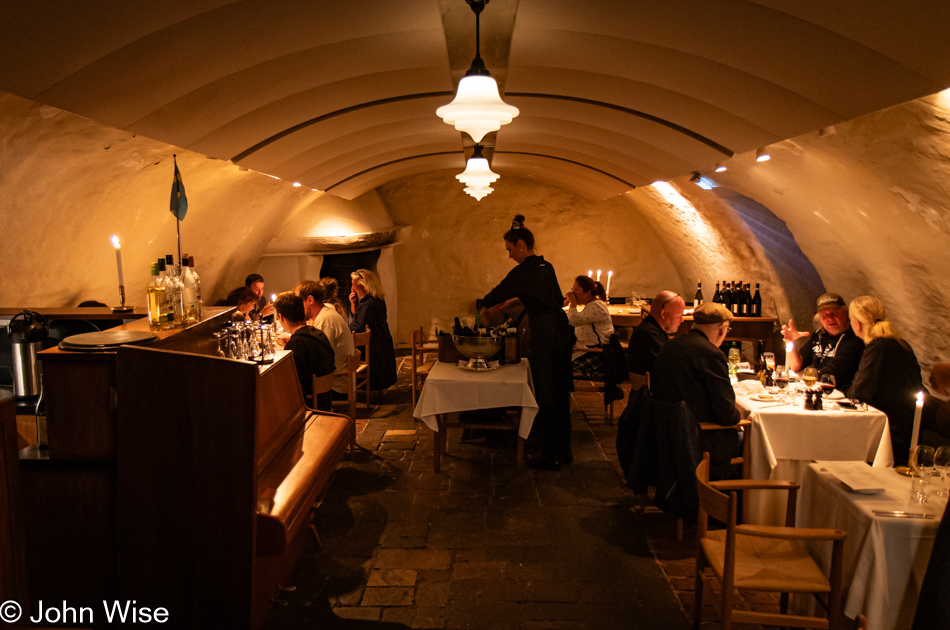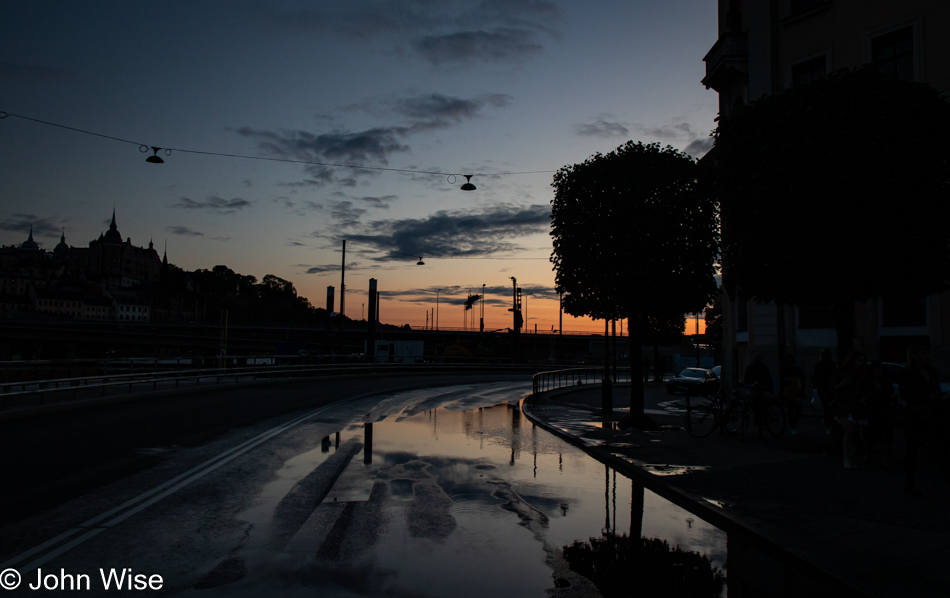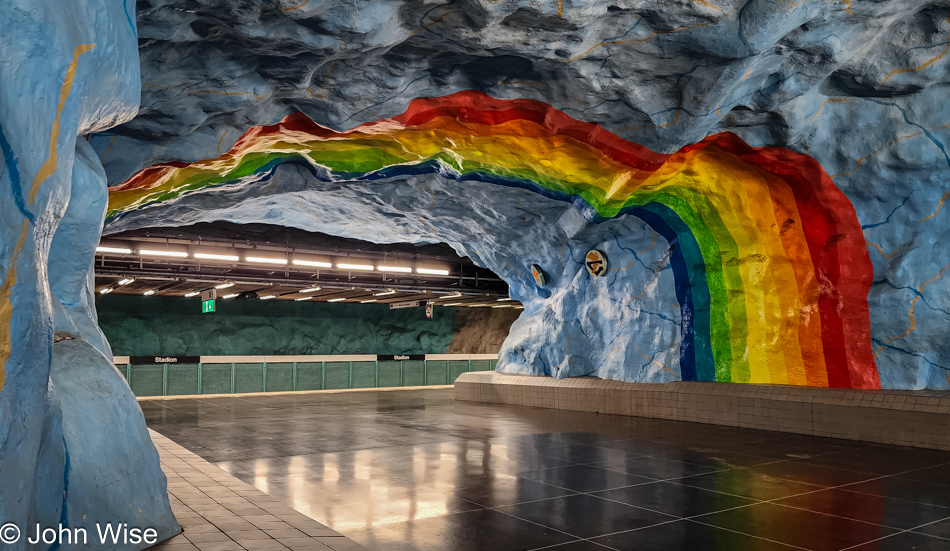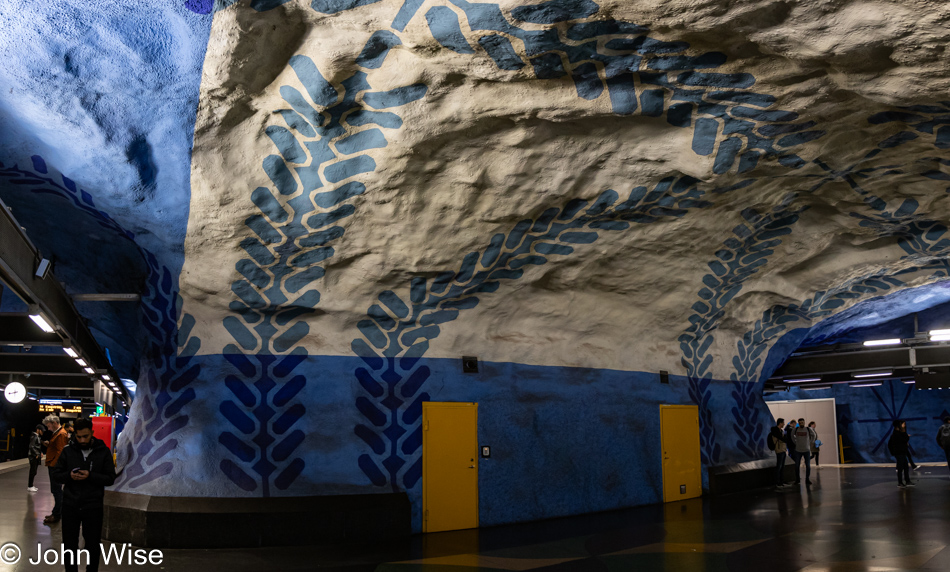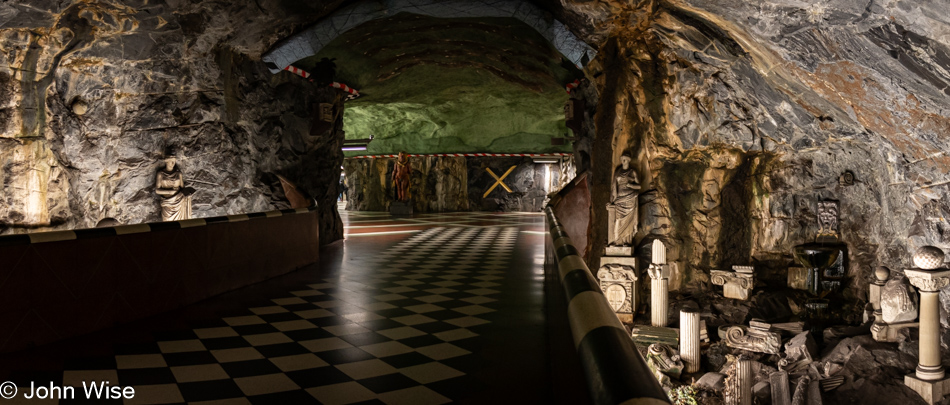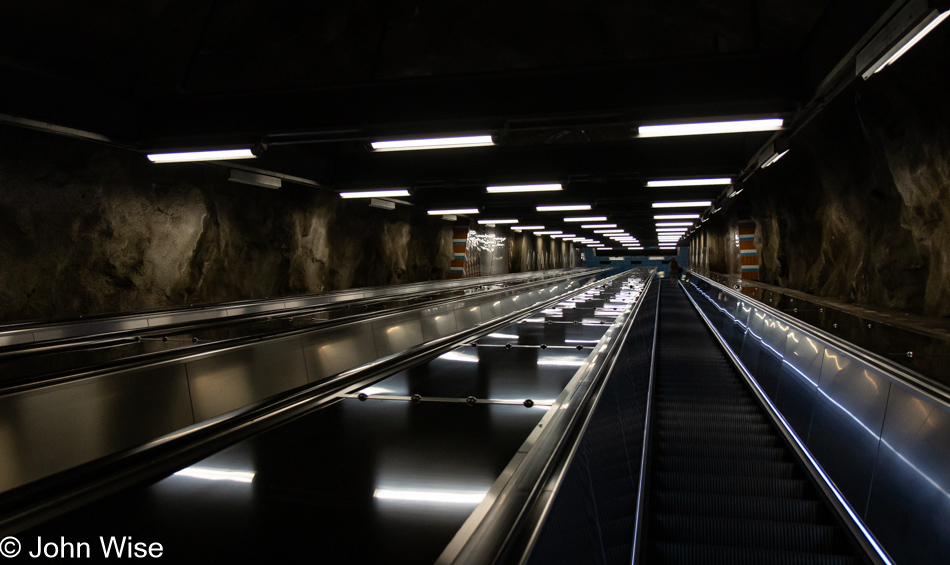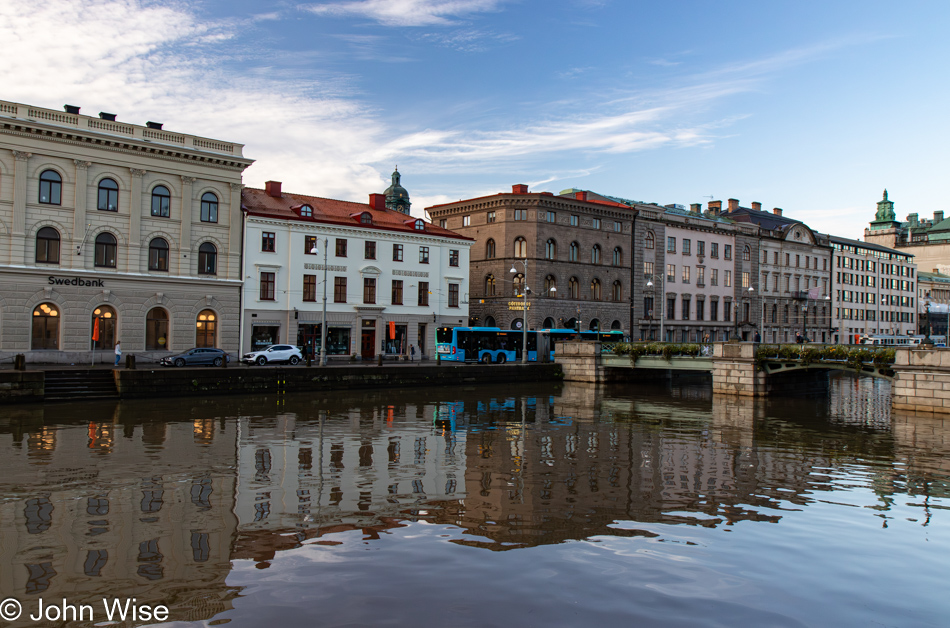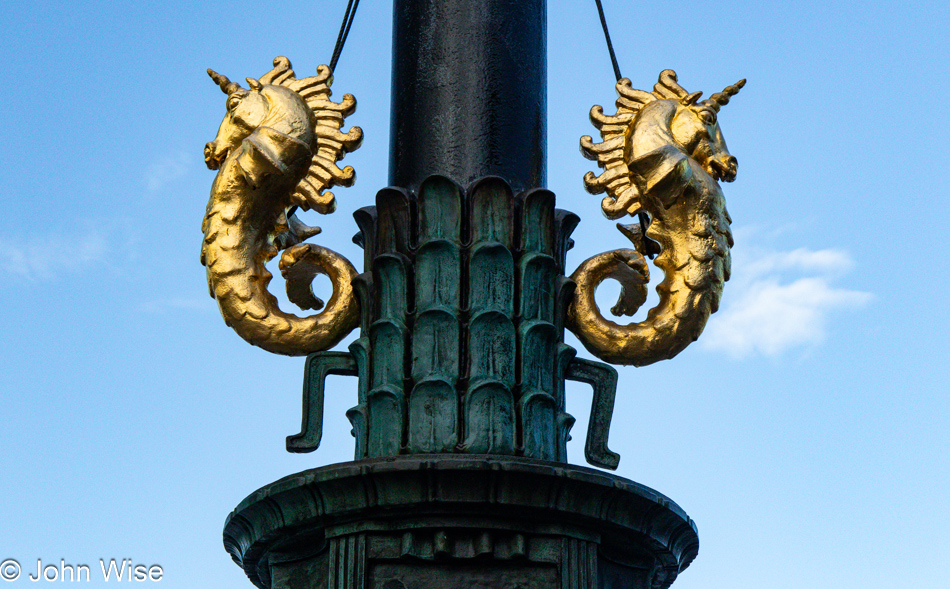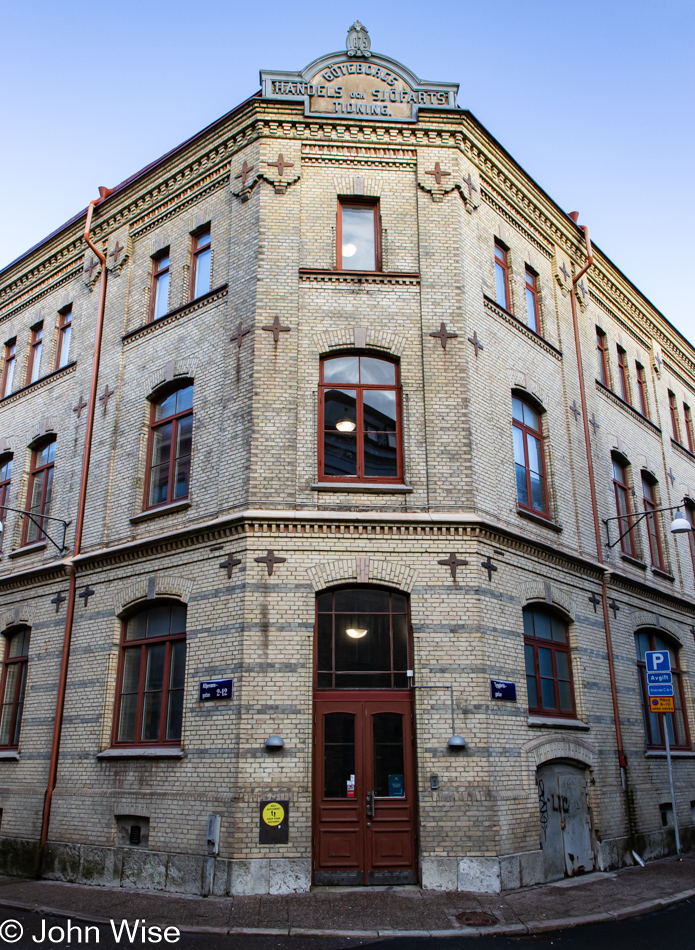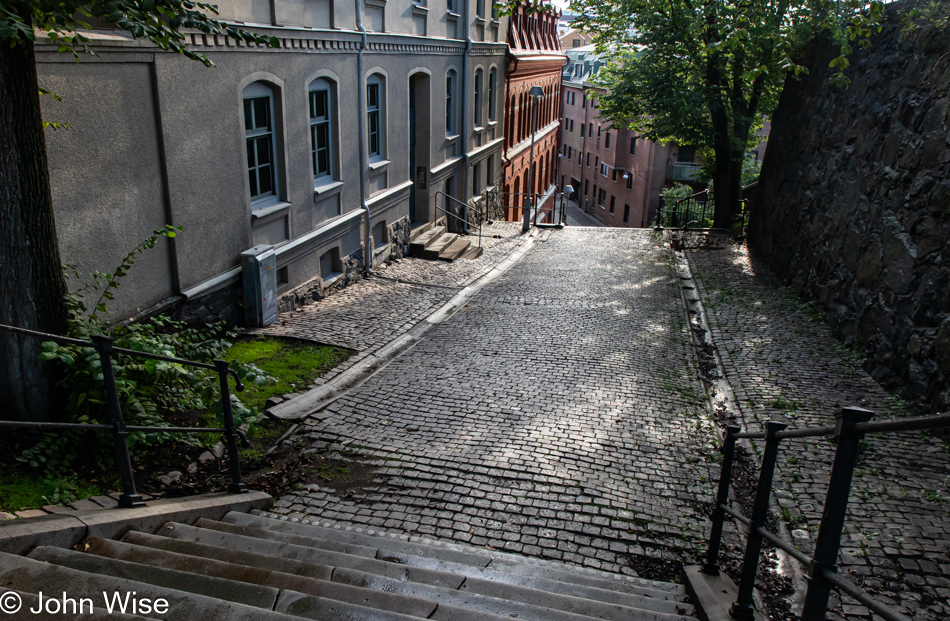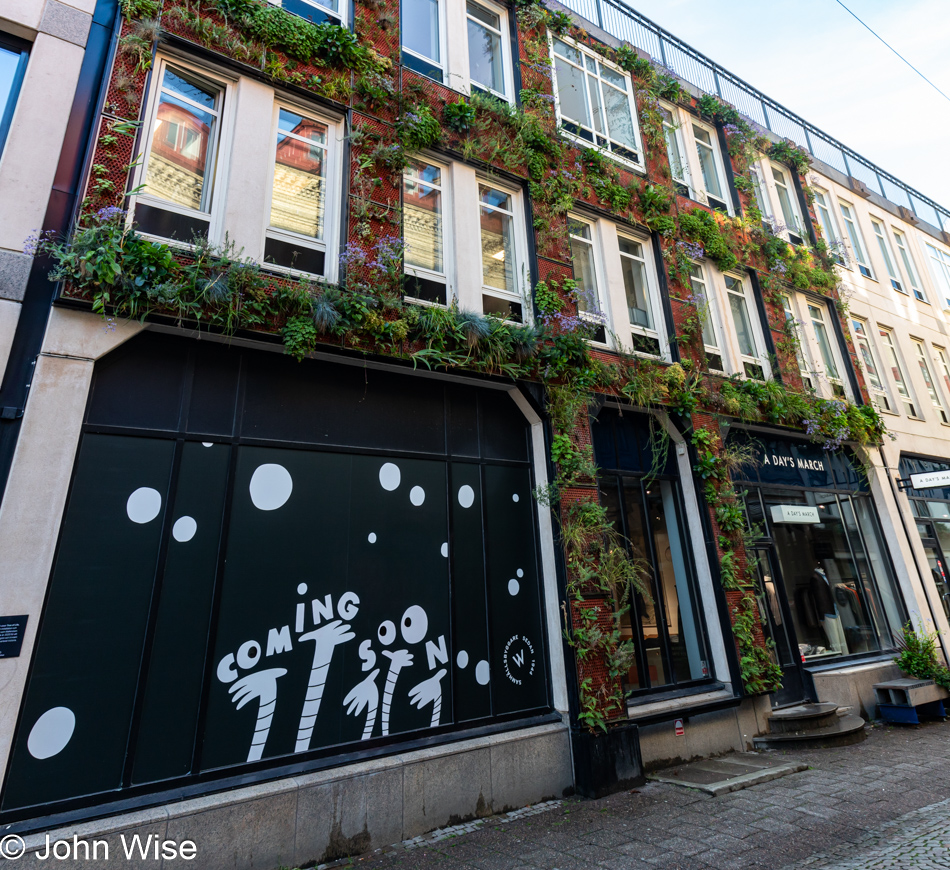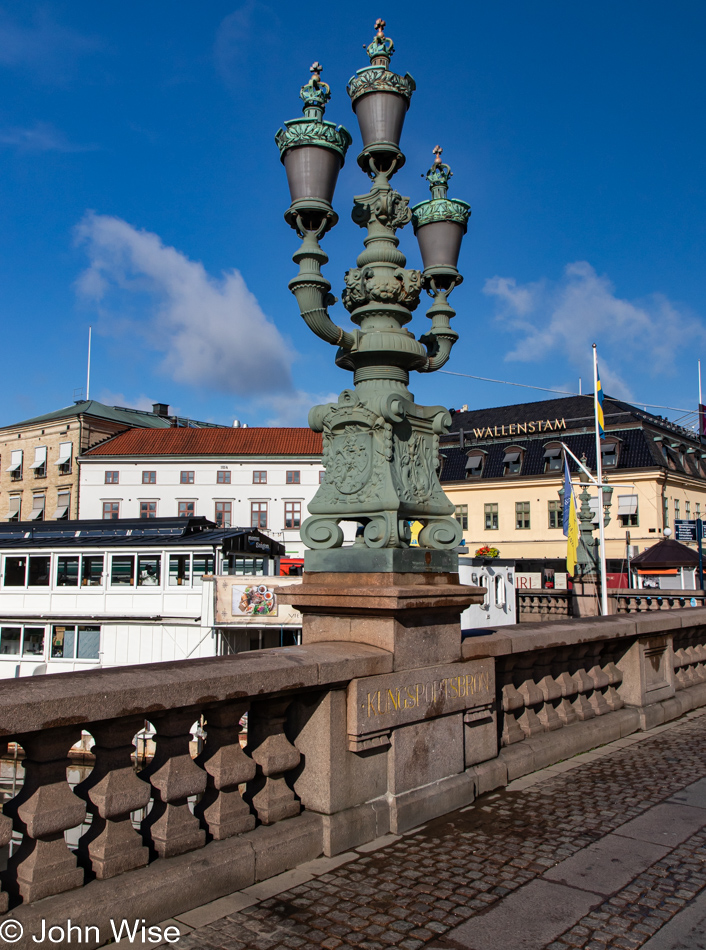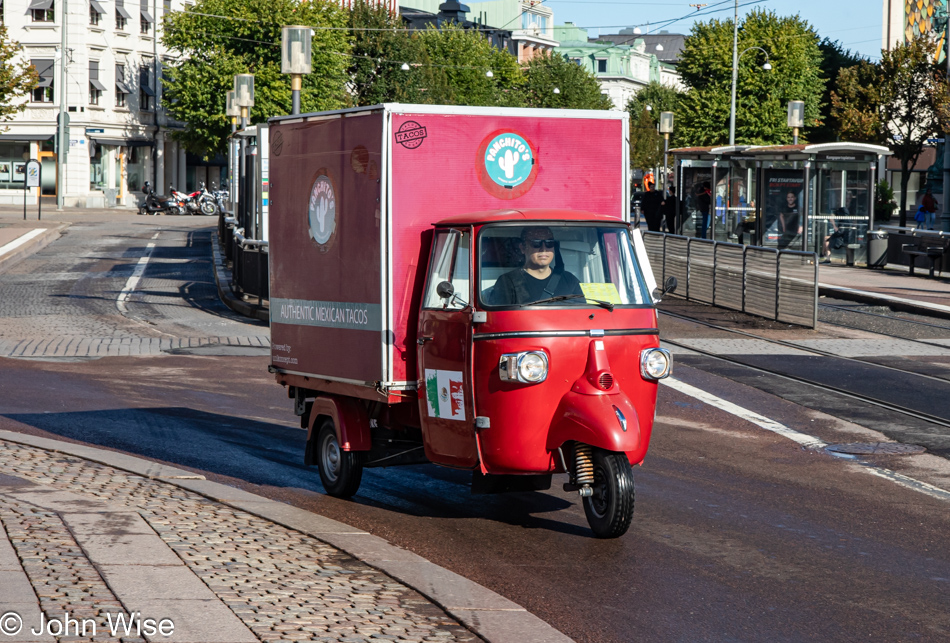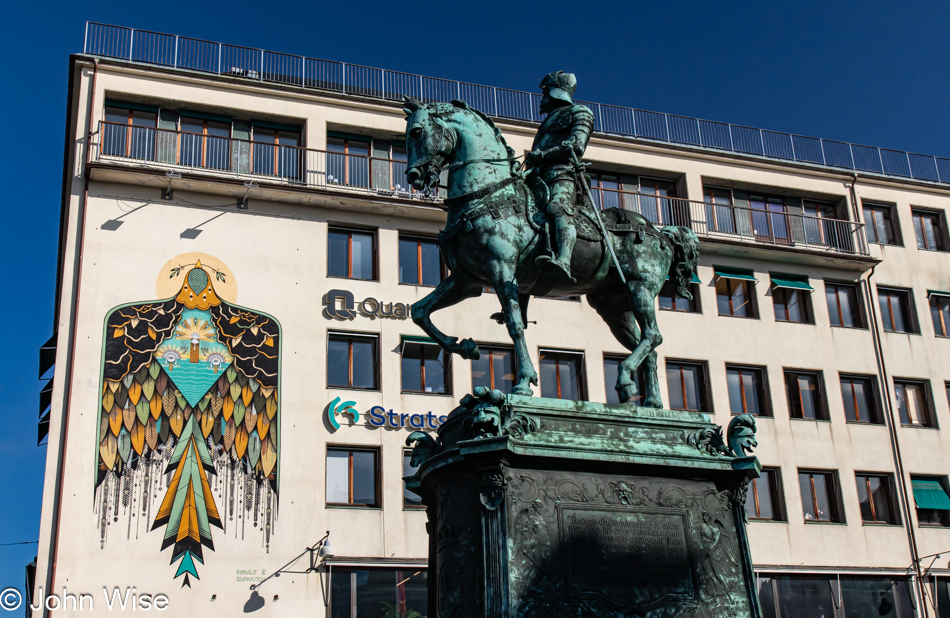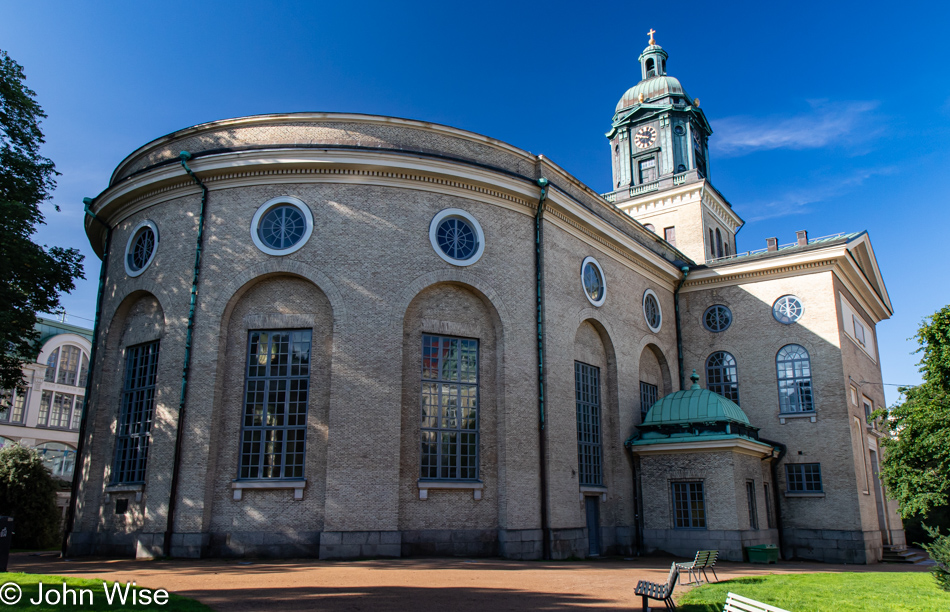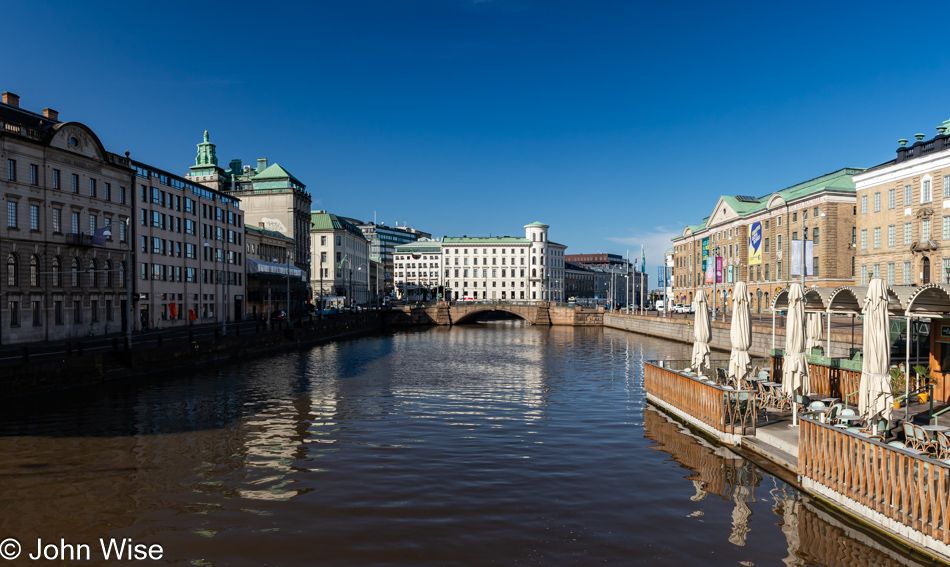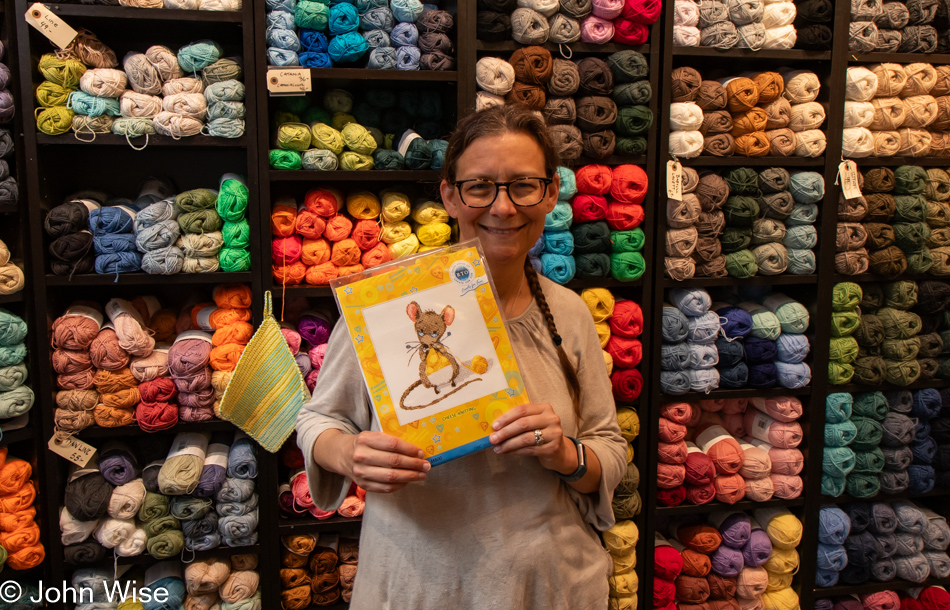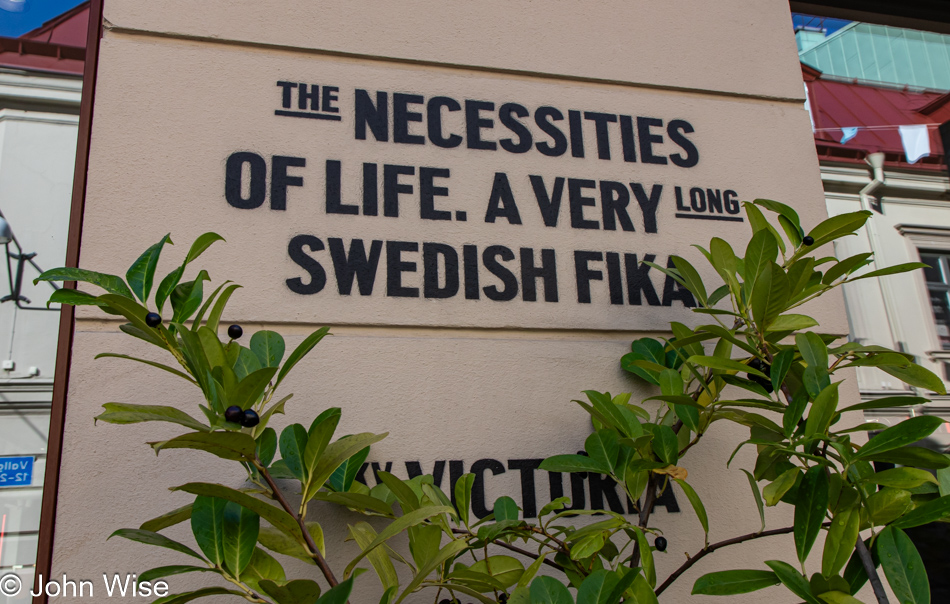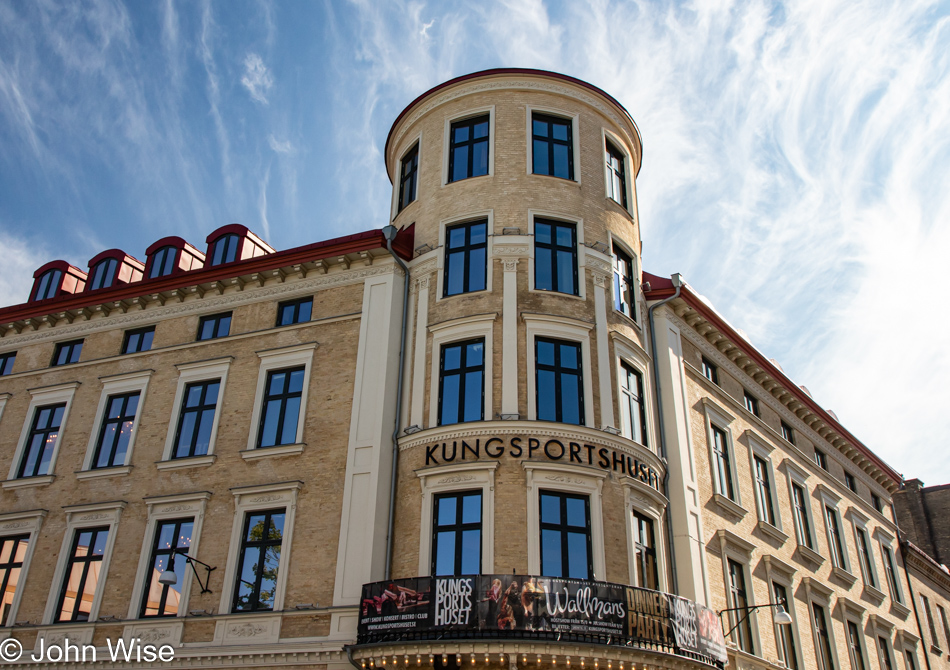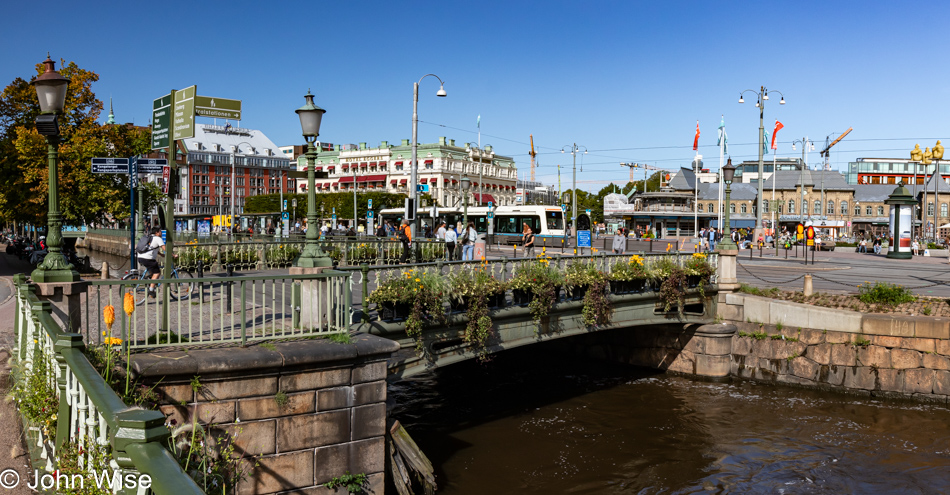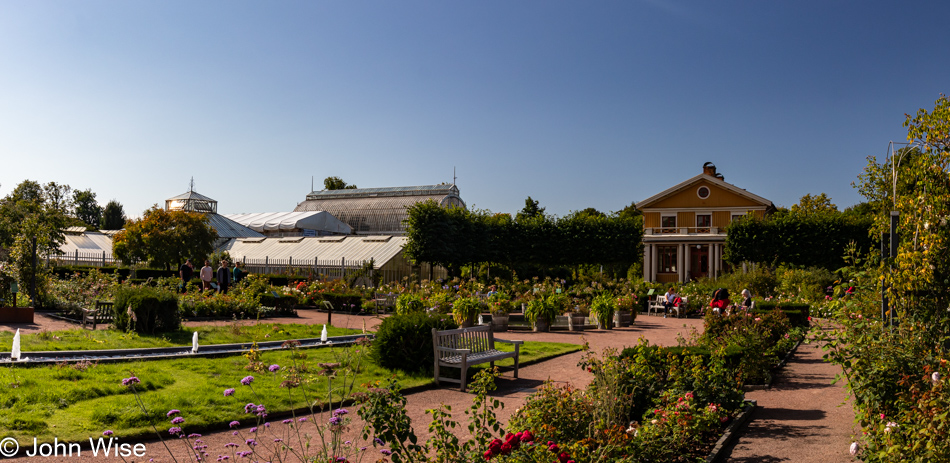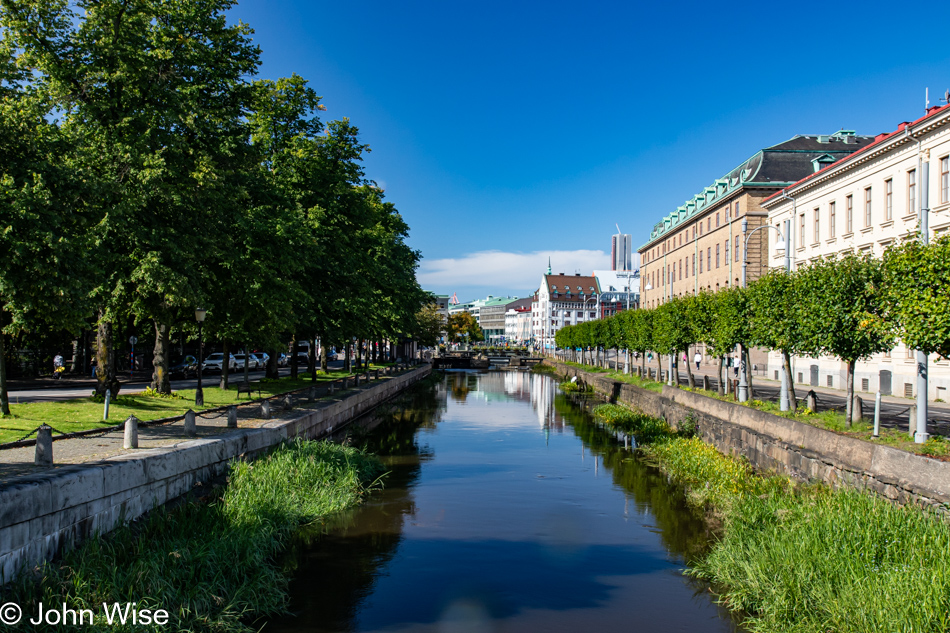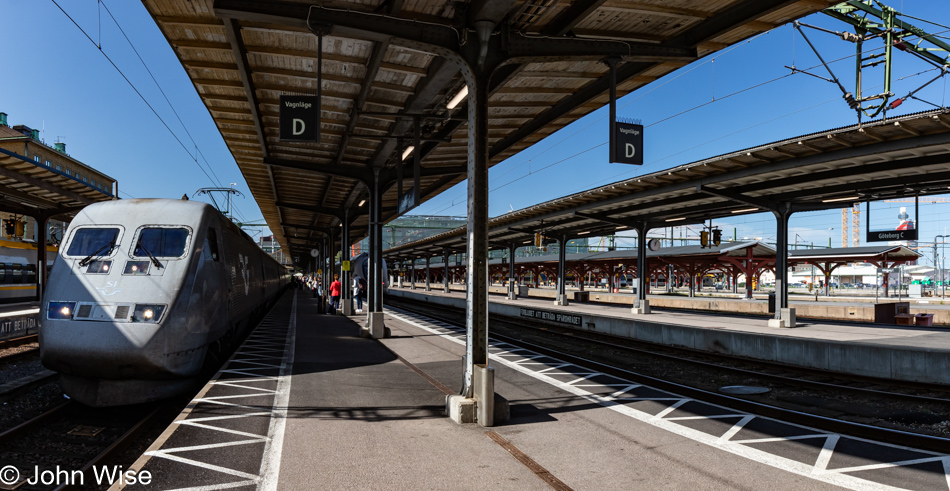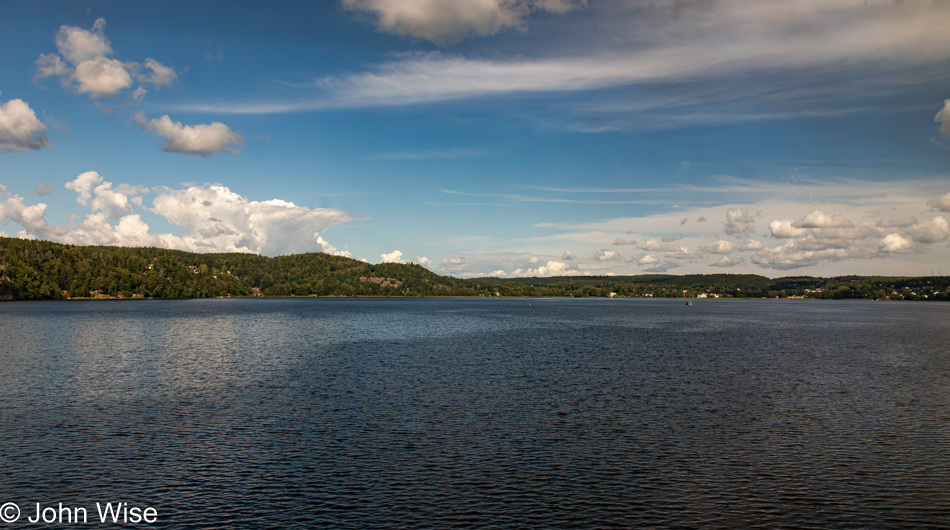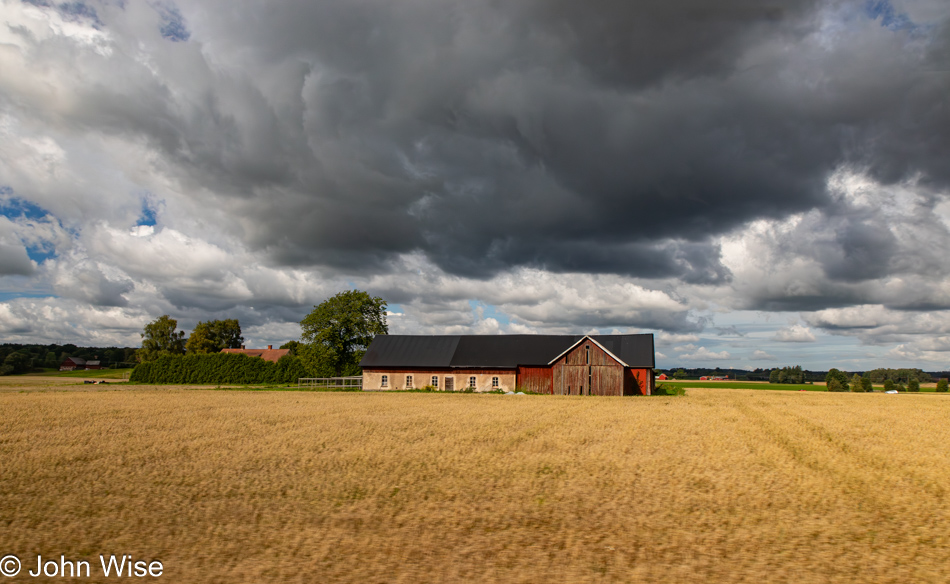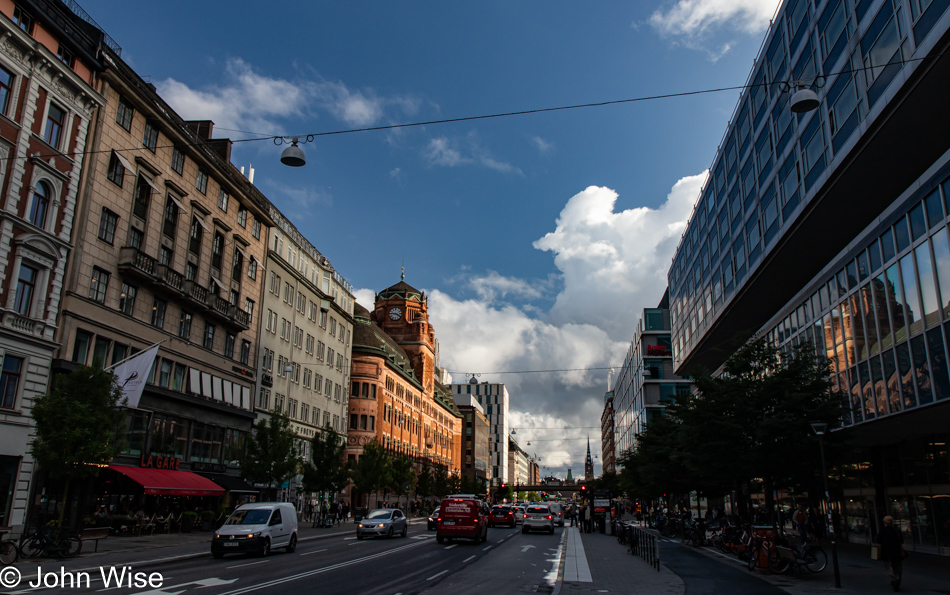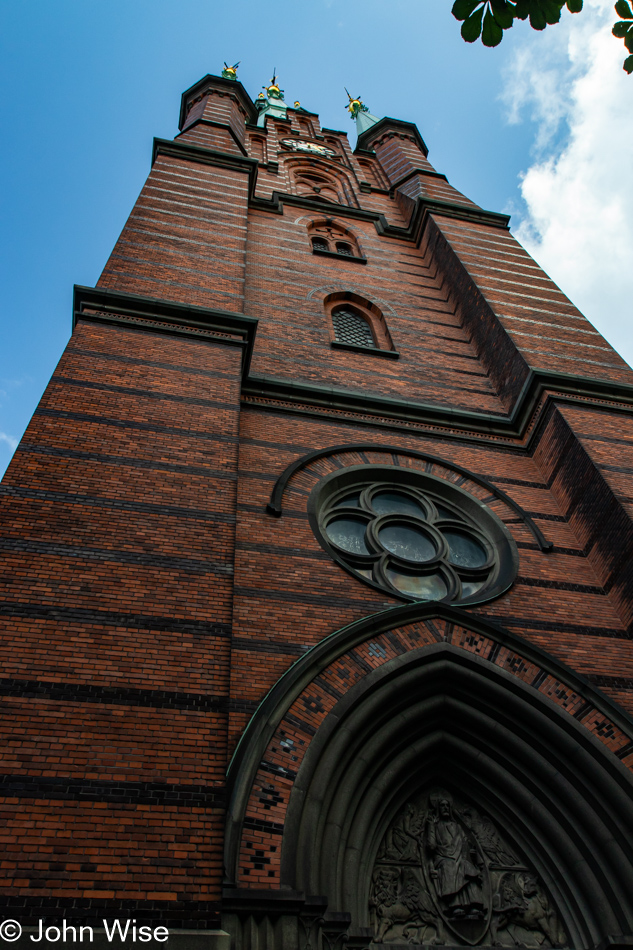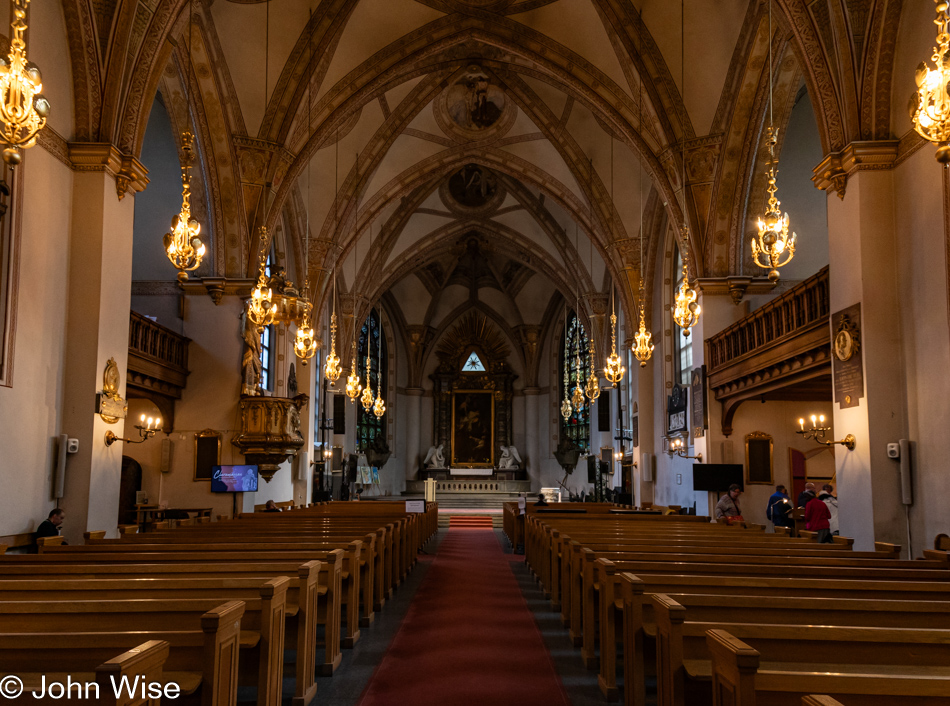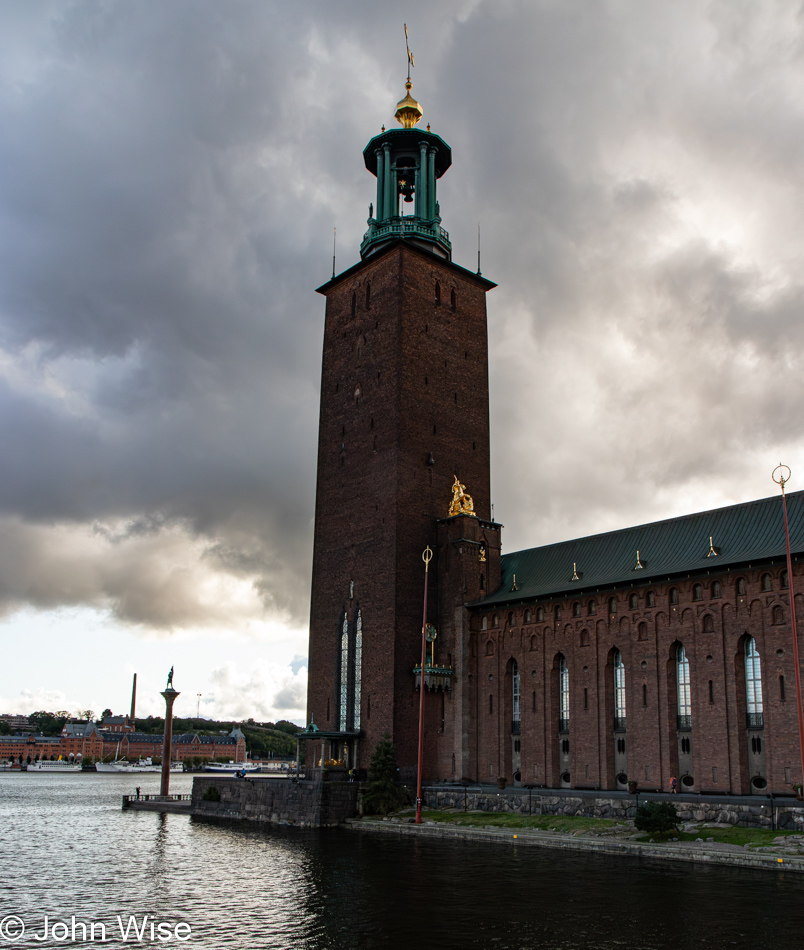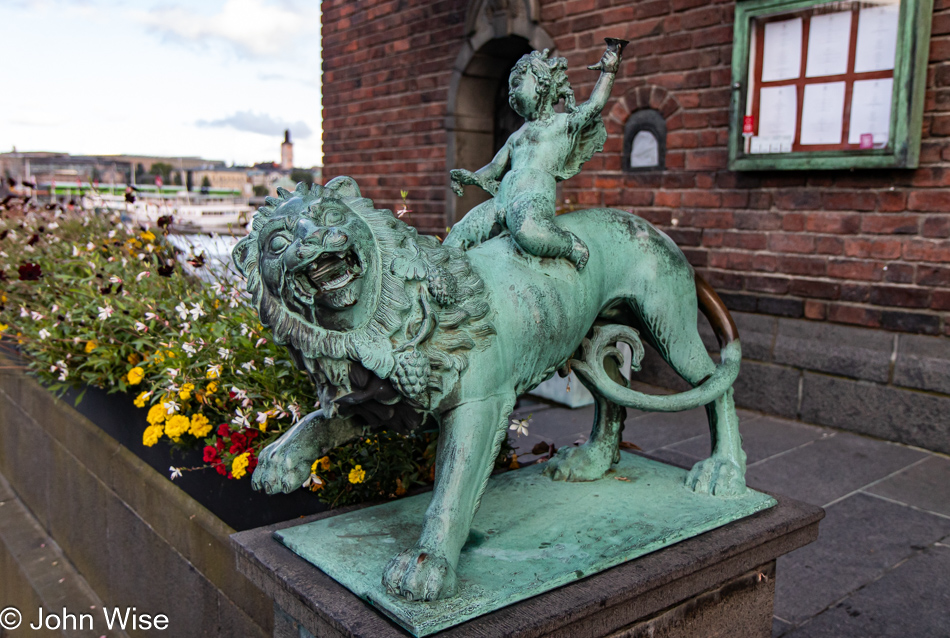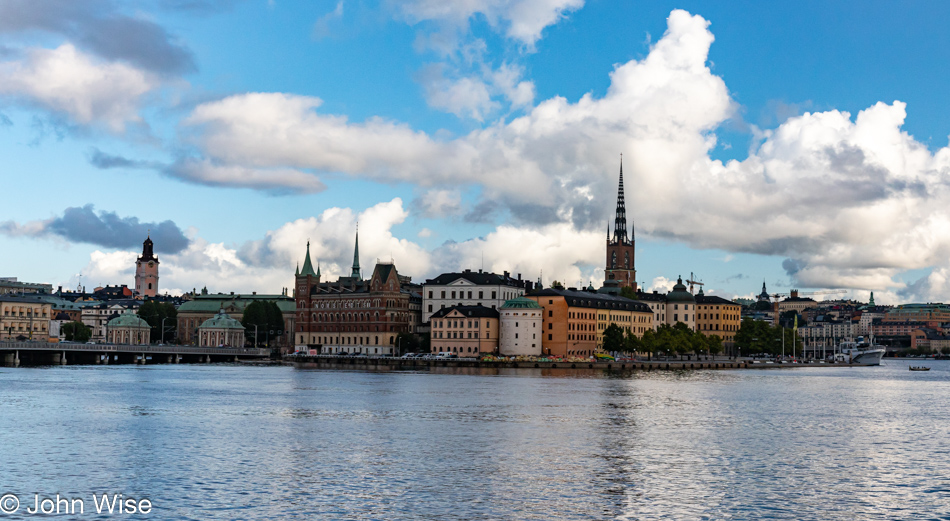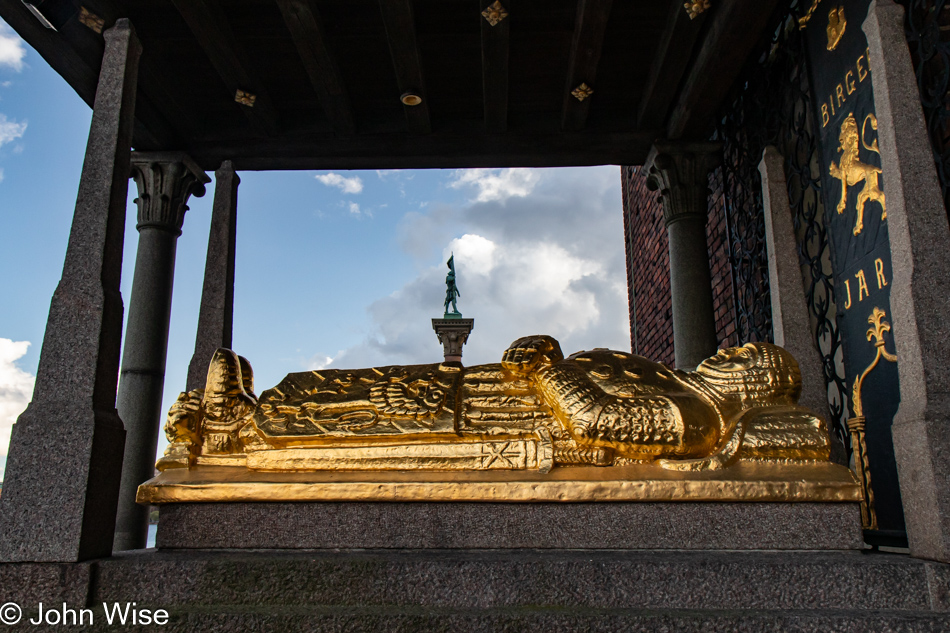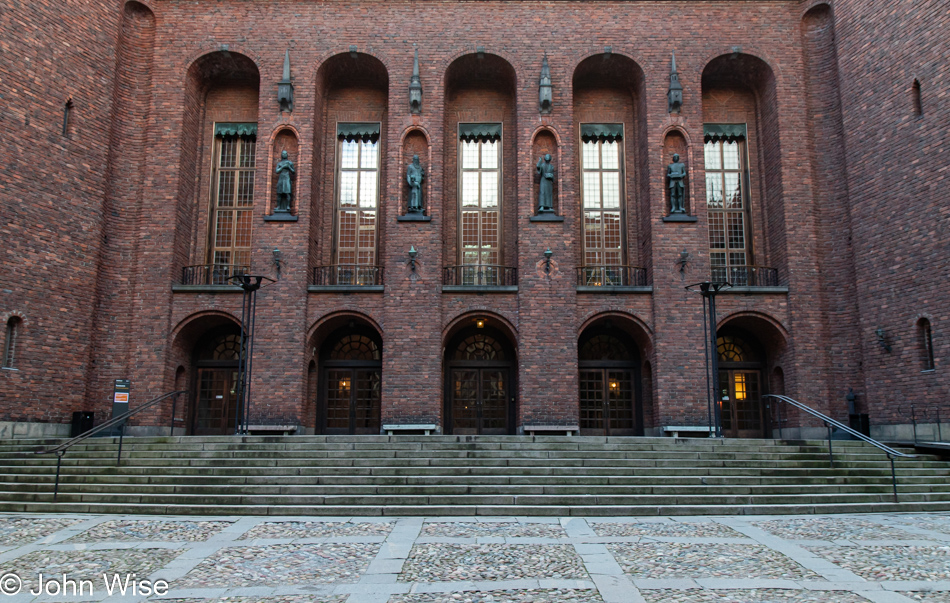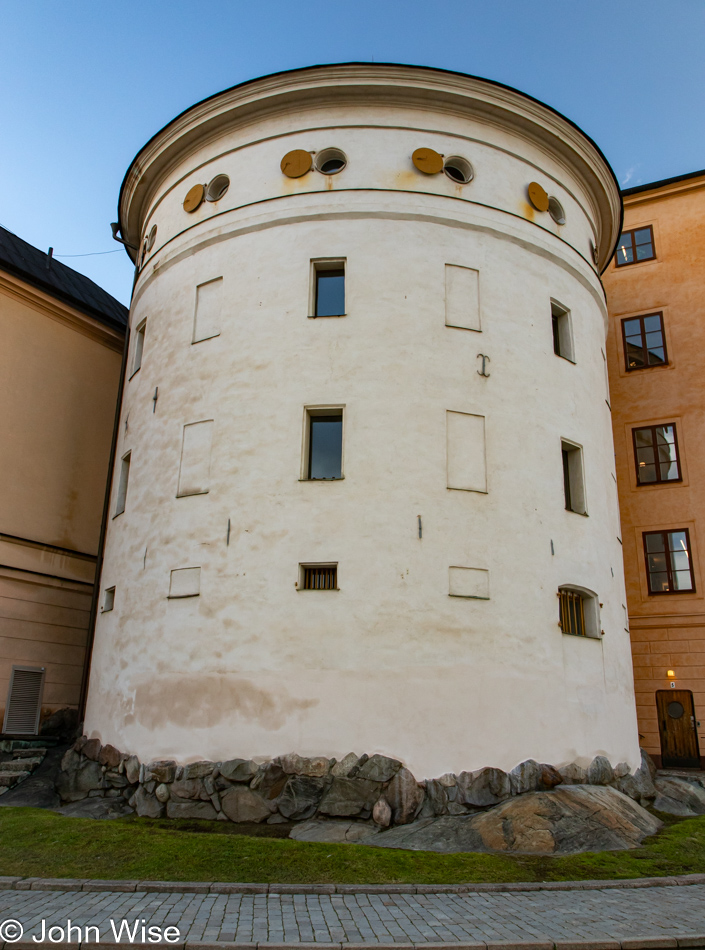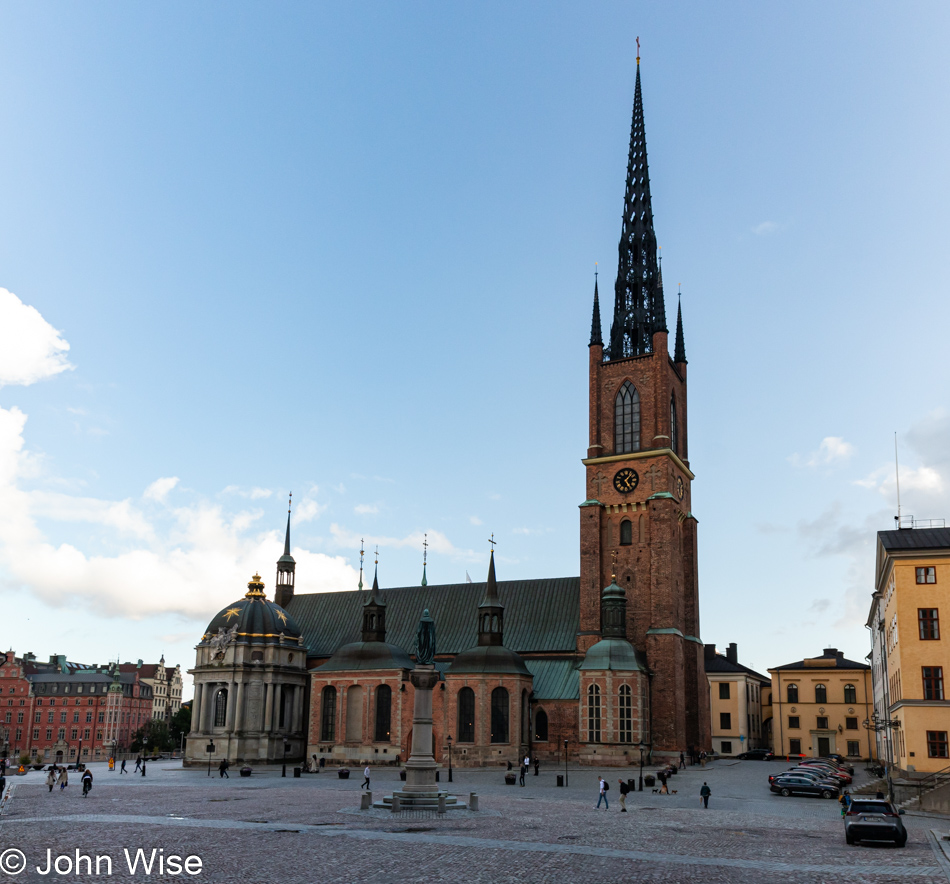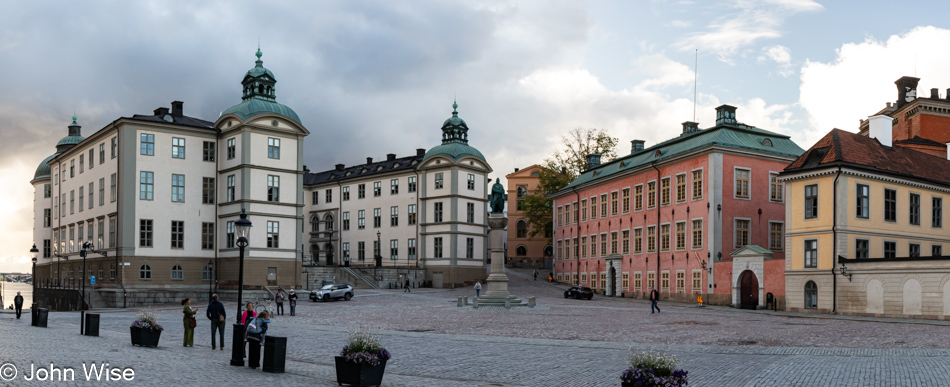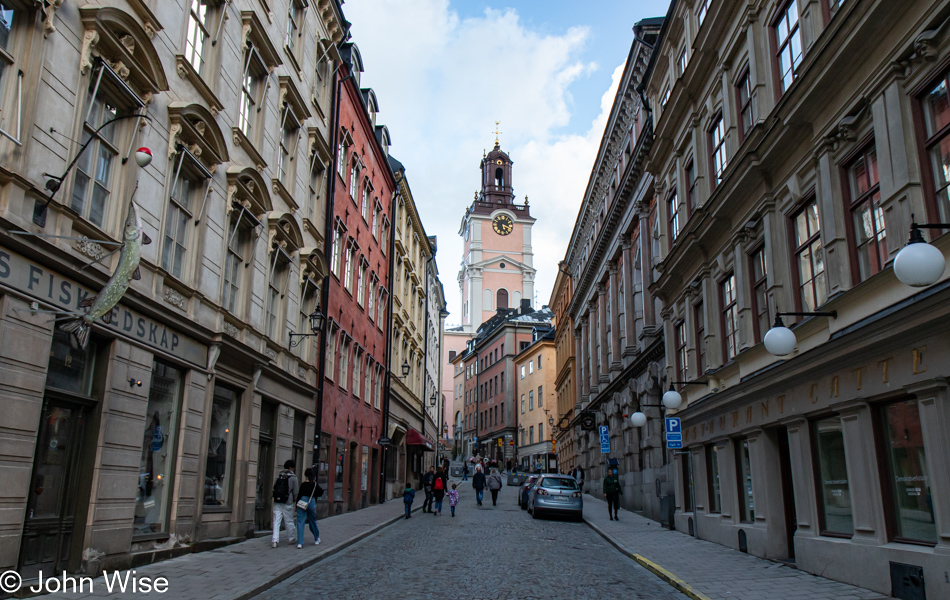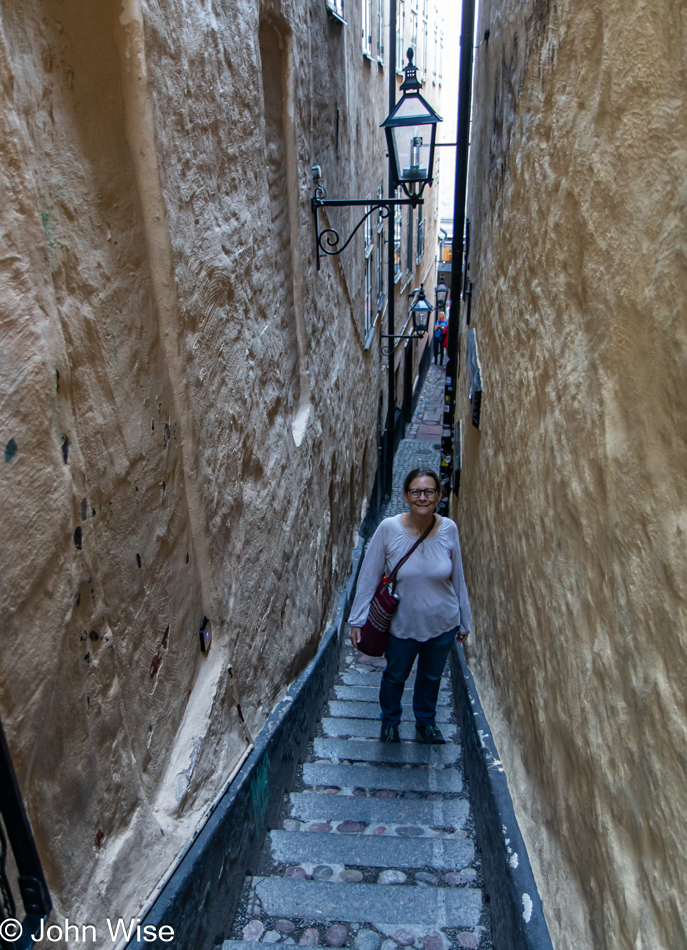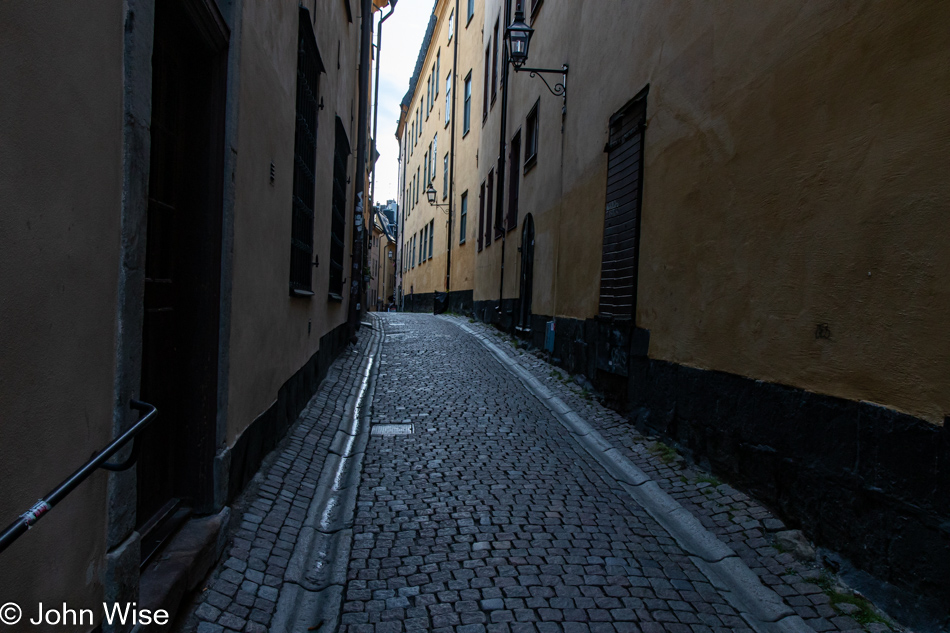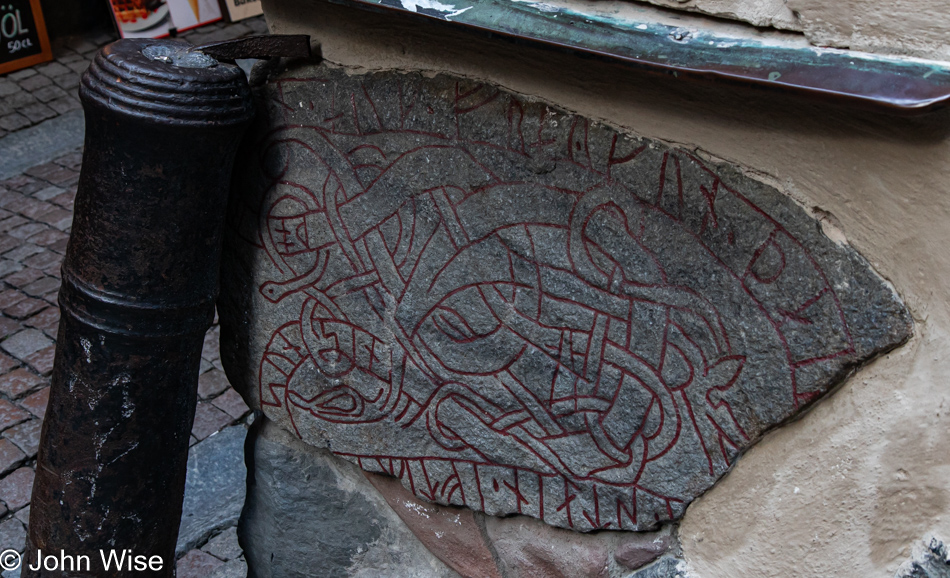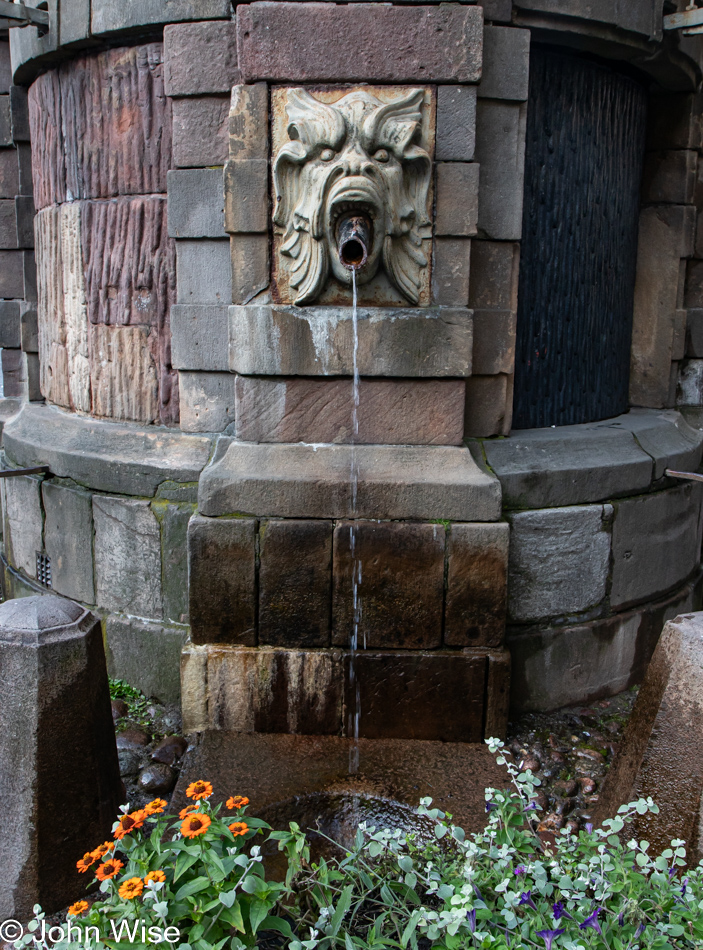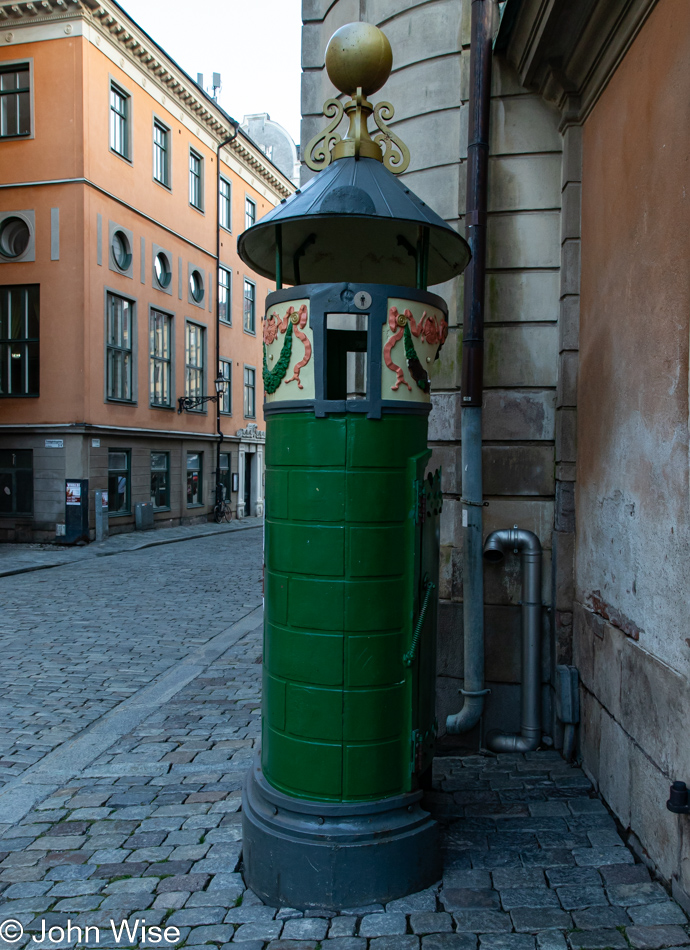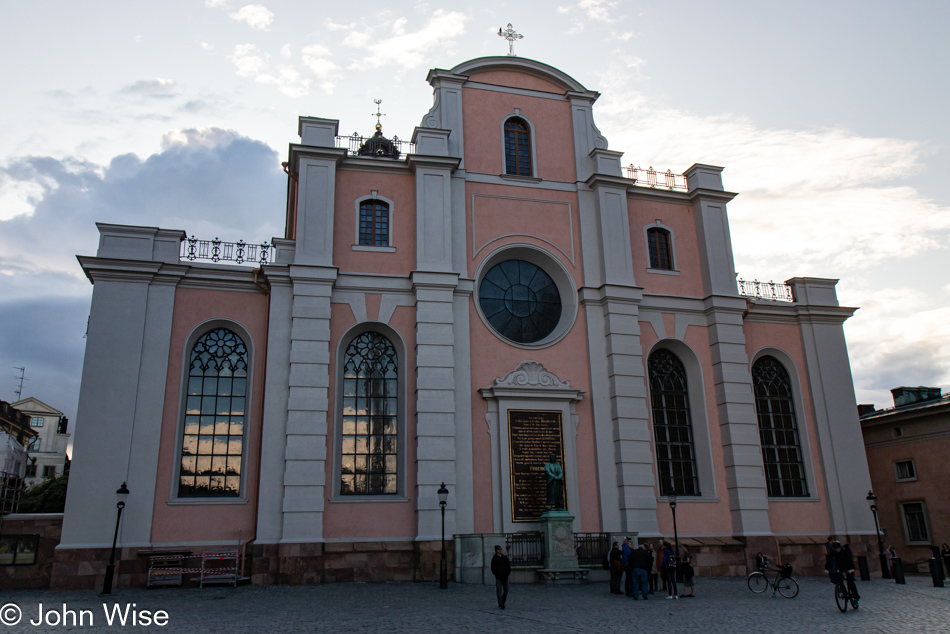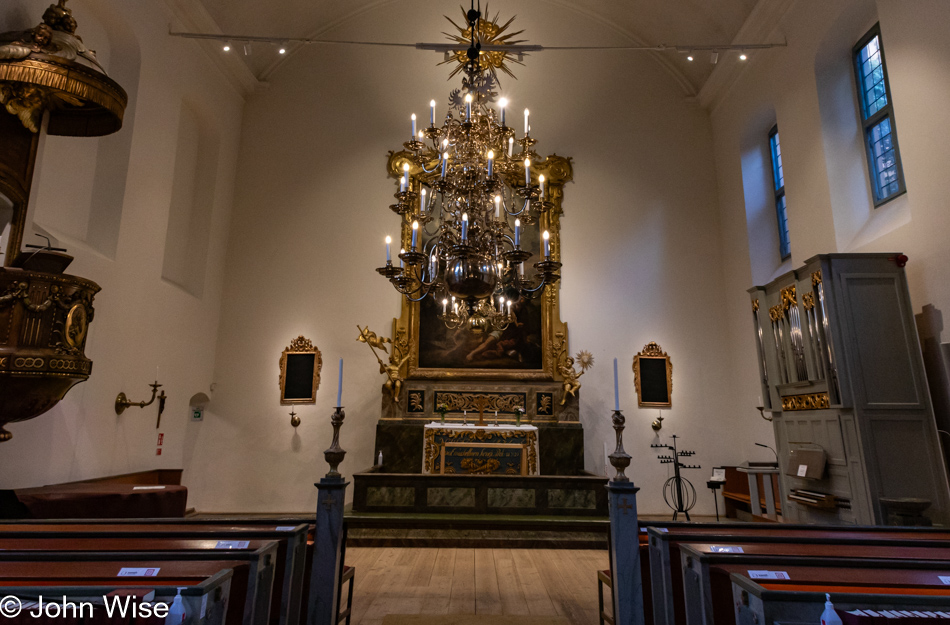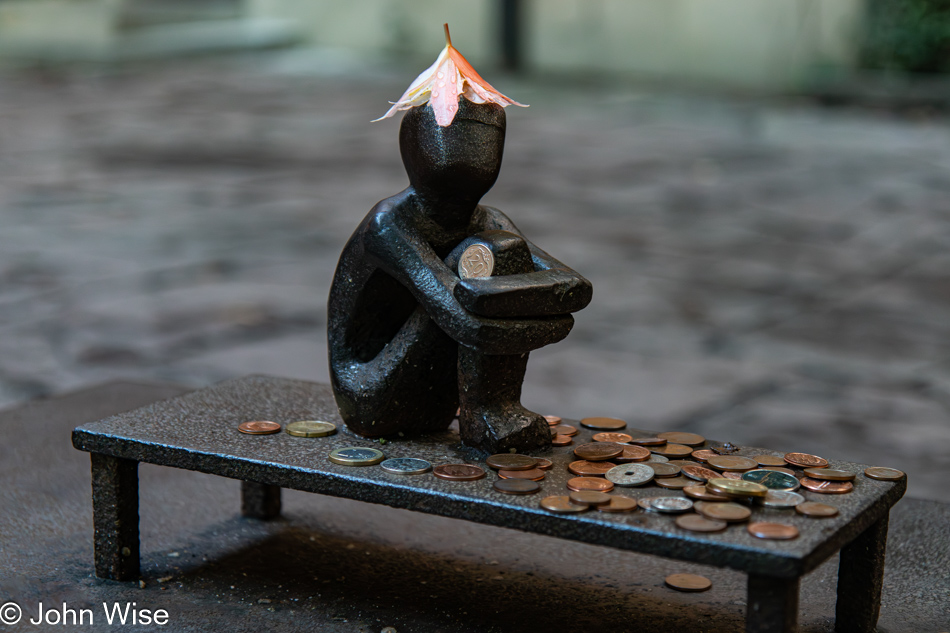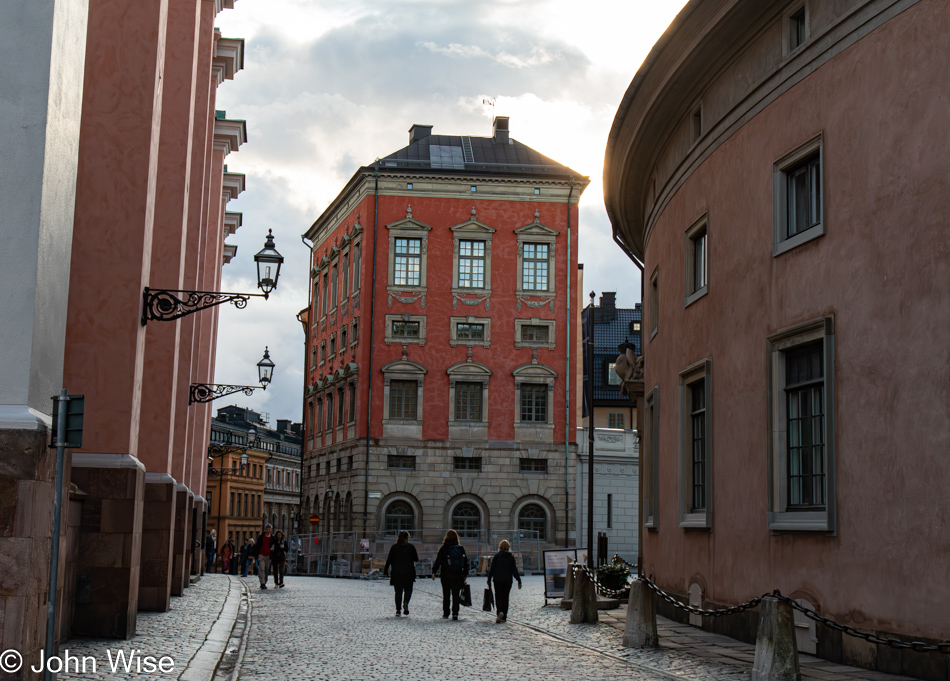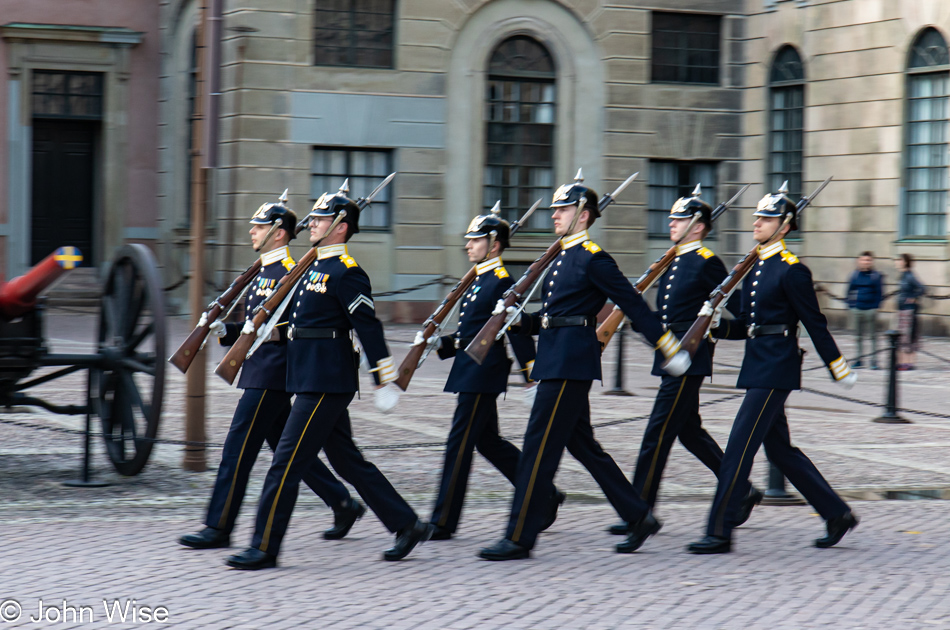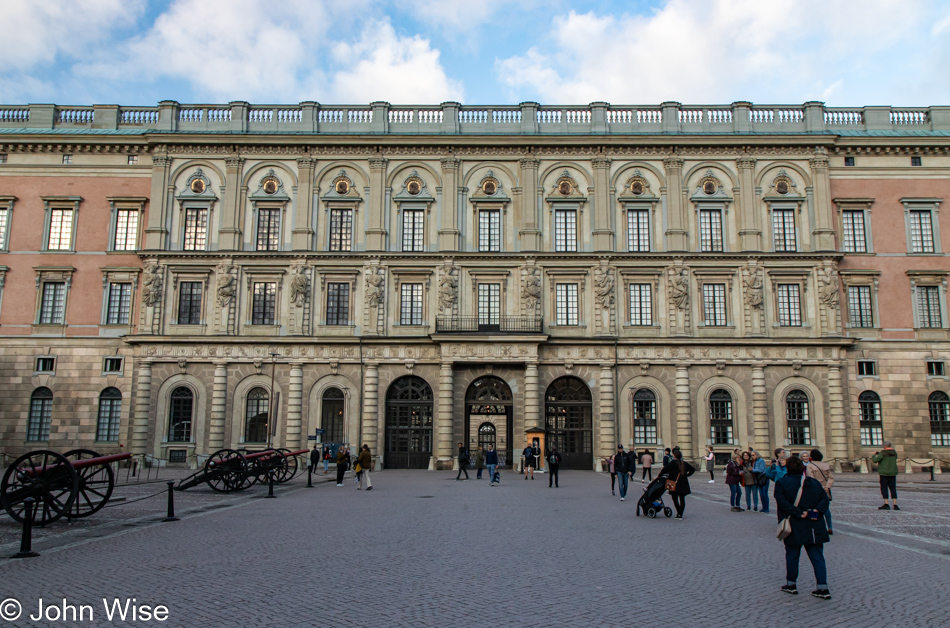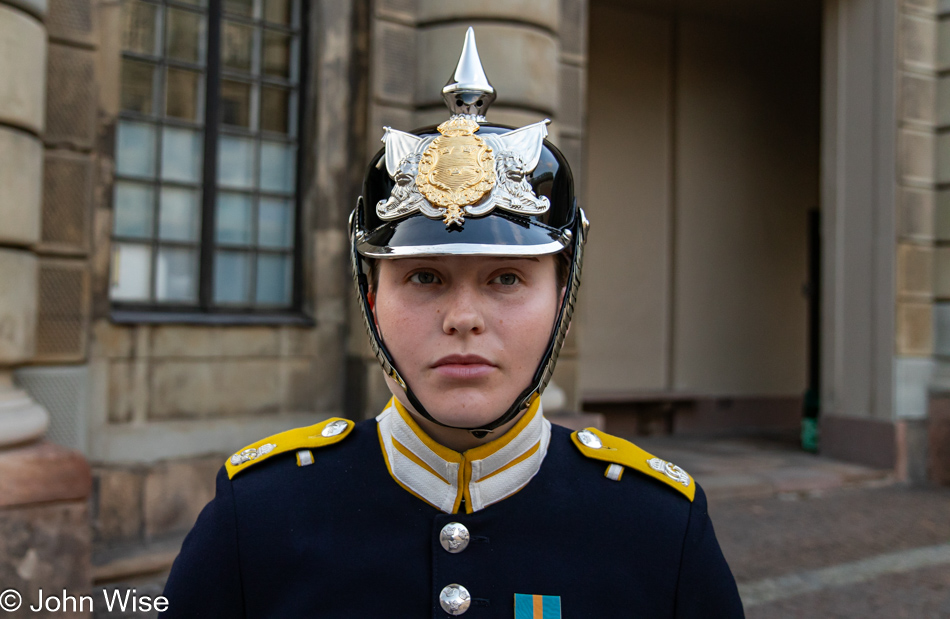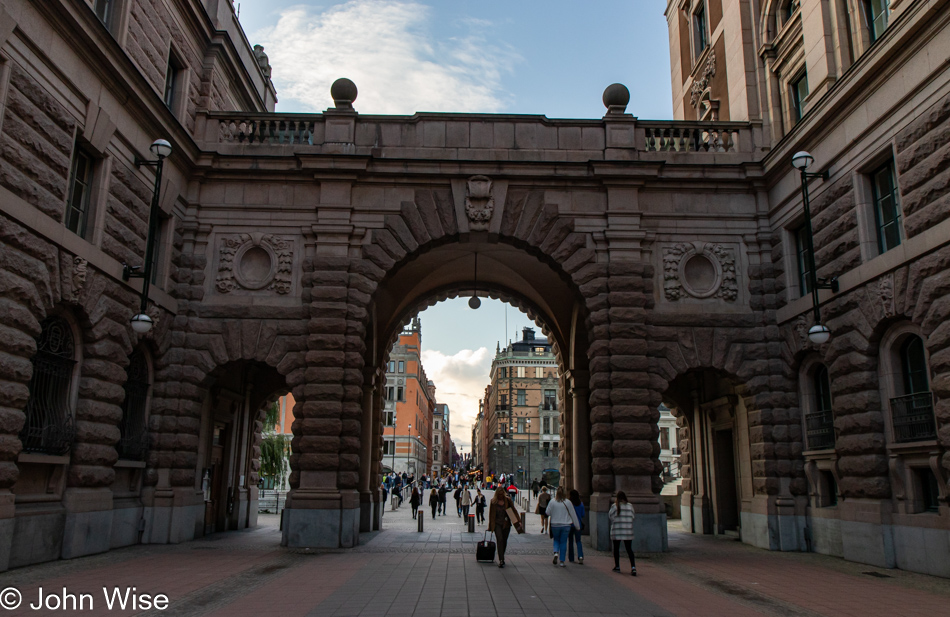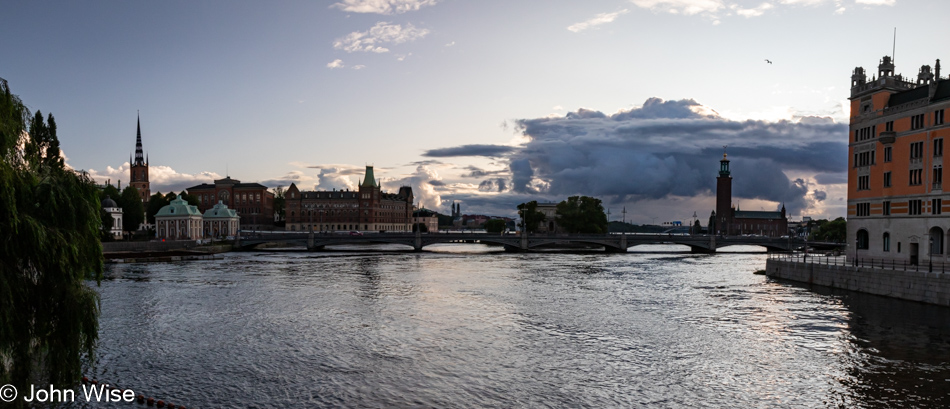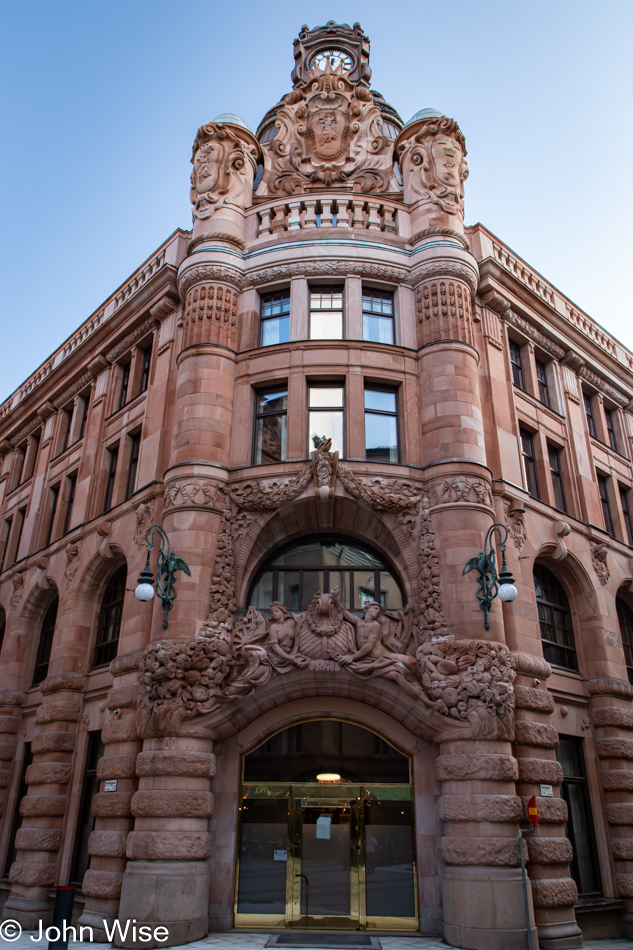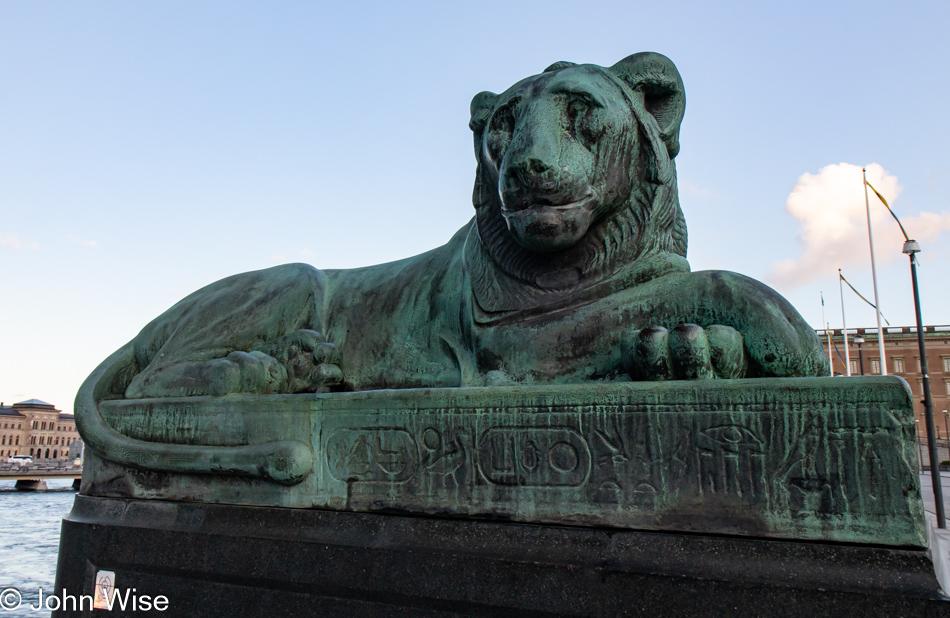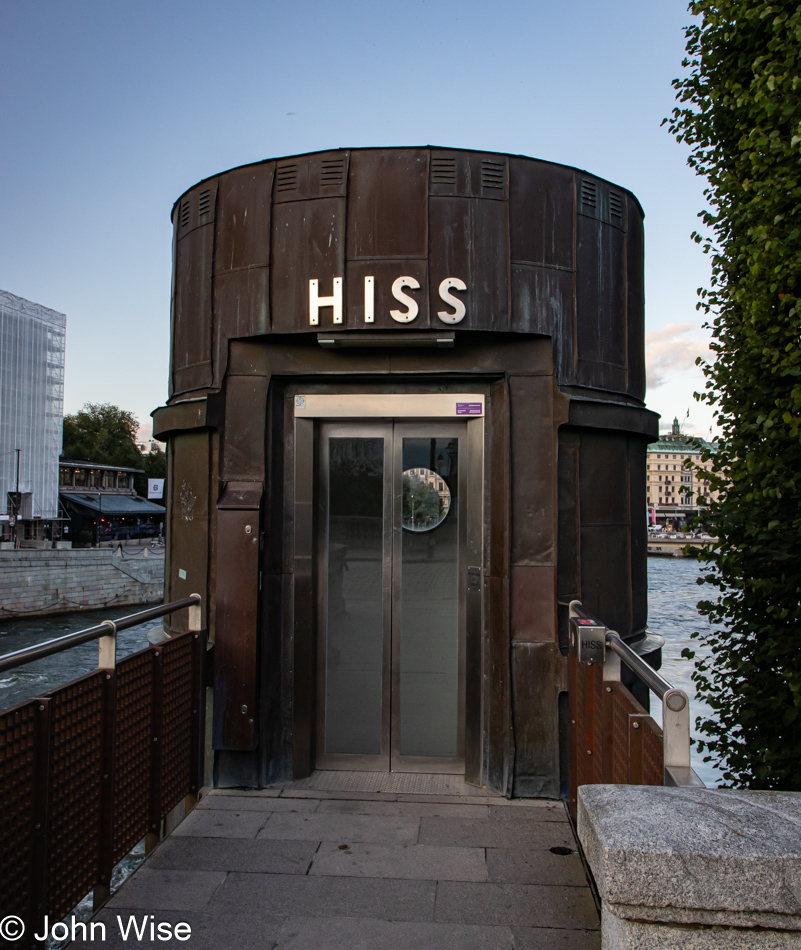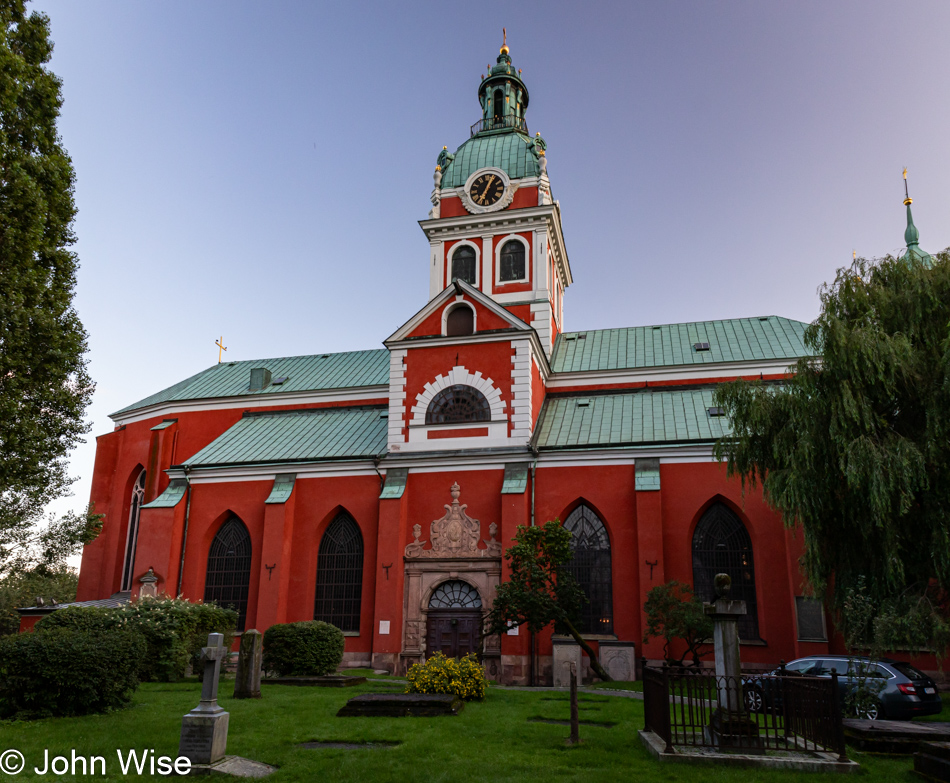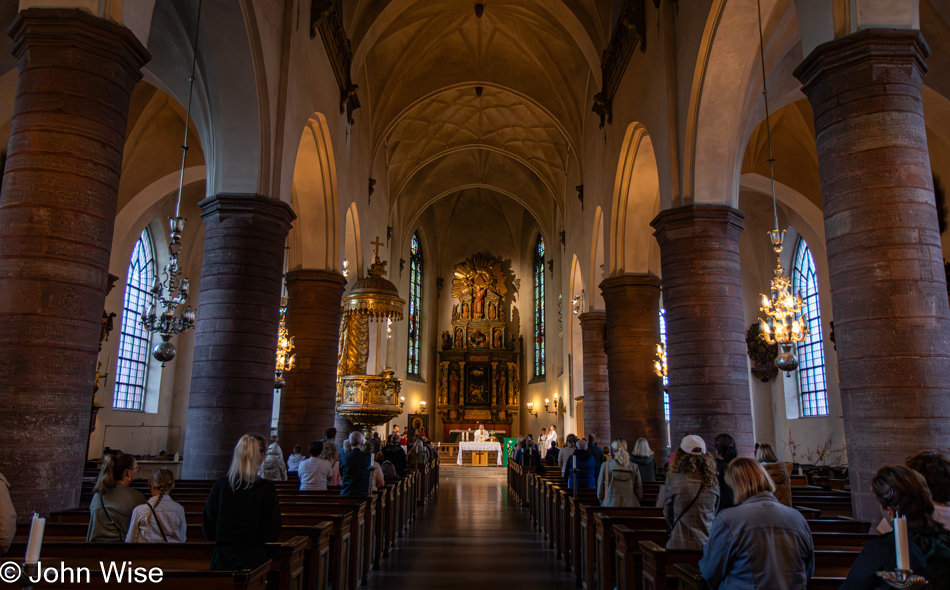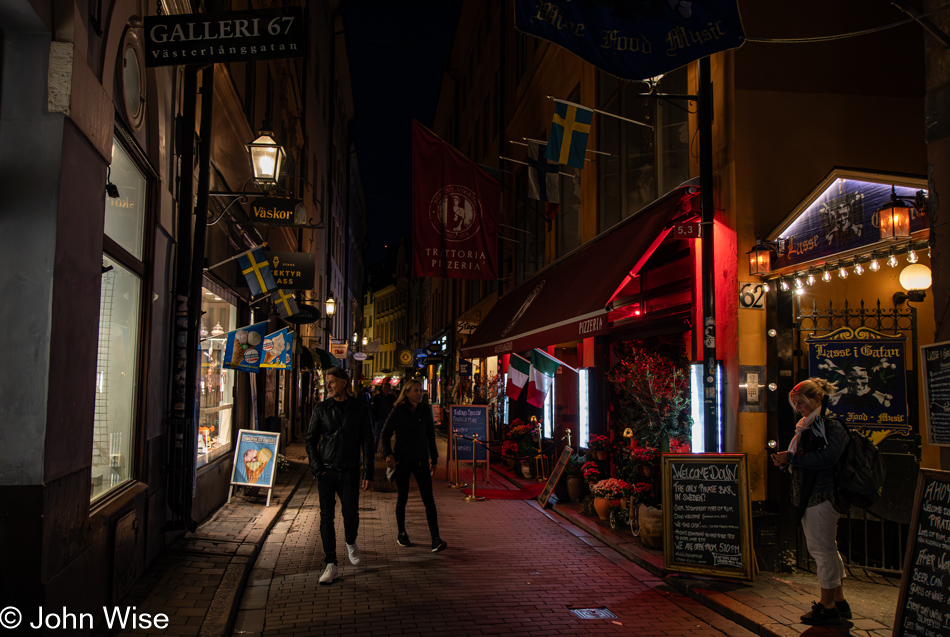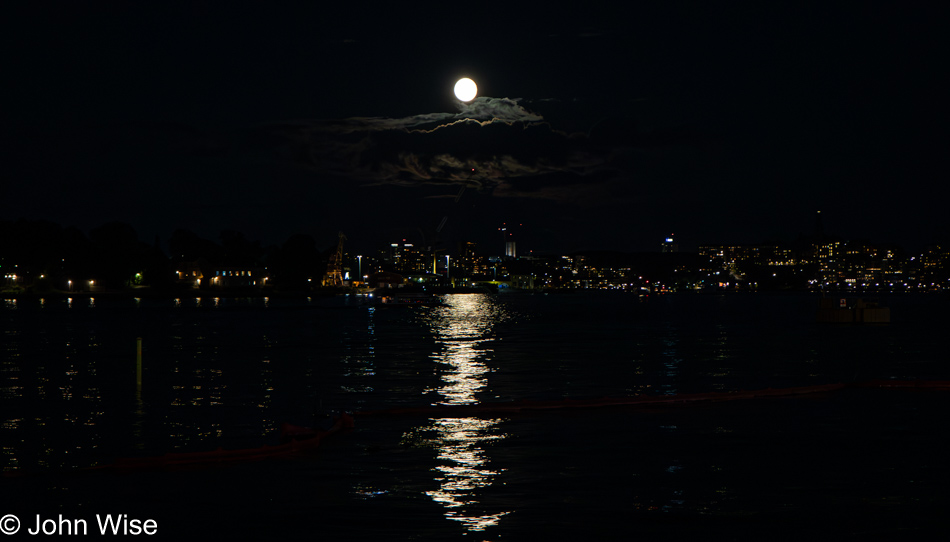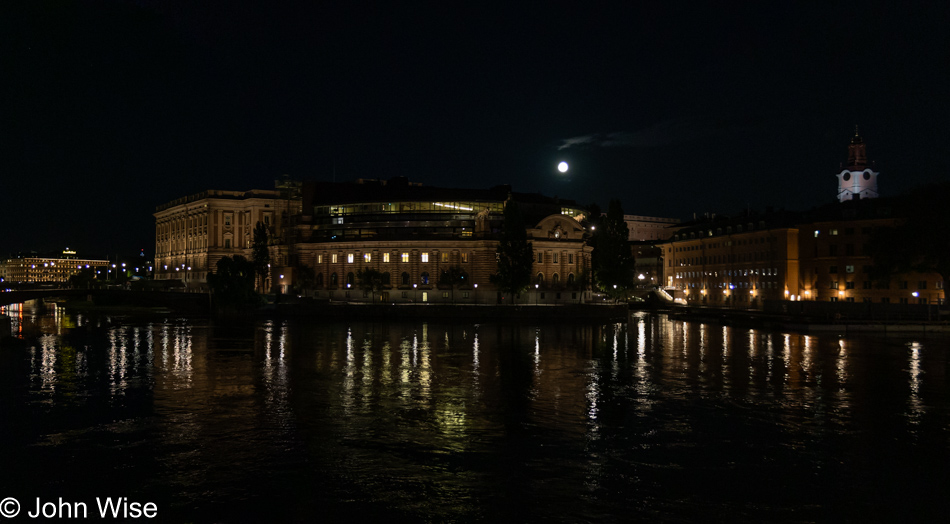
Yesterday, I wrote about breakfast in a small shop near our hotel. Well, here we are again at Backstube Solli Plass, but this time, we are focused on the pretzel croissants as they are truly perfect while the pizza had been suboptimal in comparison. Before we got here, we stopped to talk with the front desk crew at our hotel and learned that the guy was Polish and the woman from South Africa. We discussed the cost of living, Ukrainian refugees, music, how twenty percent of cars are electric with a one-year wait on taking delivery of a new one, the near-absolute sense of safety here, and, in relationship to that last point, how 12 Norwegian police officers have died on duty since the end of World War II. One can easily surmise that I had to know how this compared to the U.S. and the numbers I found only go back to 1970, so please consider that 25 years of statistics are missing. Since 1970, approximately 6,000 police officers in the U.S. died in the line of duty, and quite obviously, America with a significantly larger population means I need to take that into account. So, adjusted for population size, if Norway were as violent as the U.S., they would have experienced more than 300 police deaths since 1970 but instead have only suffered through 12 since 1945.
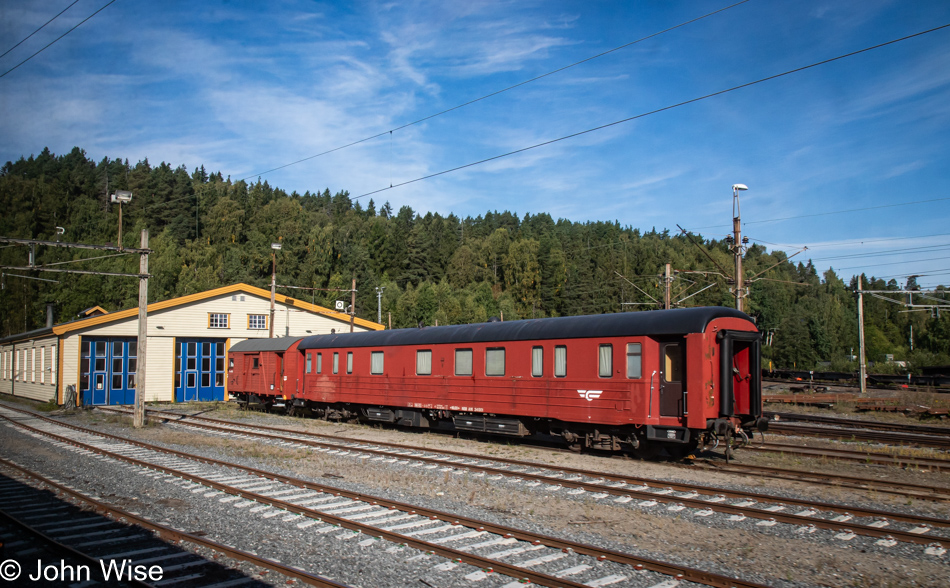
Over the course of the next 14 images, you will see us traveling on the Bergensbanen between Oslo and Myrdal, where we’ll be transferring to the Flåmsbana while many of the other passengers will continue on to Bergen, Norway. I took over 300 photos to get to the 14 I felt were okay to share because of windows that are less than clean, are catching early morning sunlight, are producing weird rainbows and spots due to the polarized window covering, or simply because shooting photos is more difficult when the train will not take a pause for me to better capture the beauty of the landscape racing by.
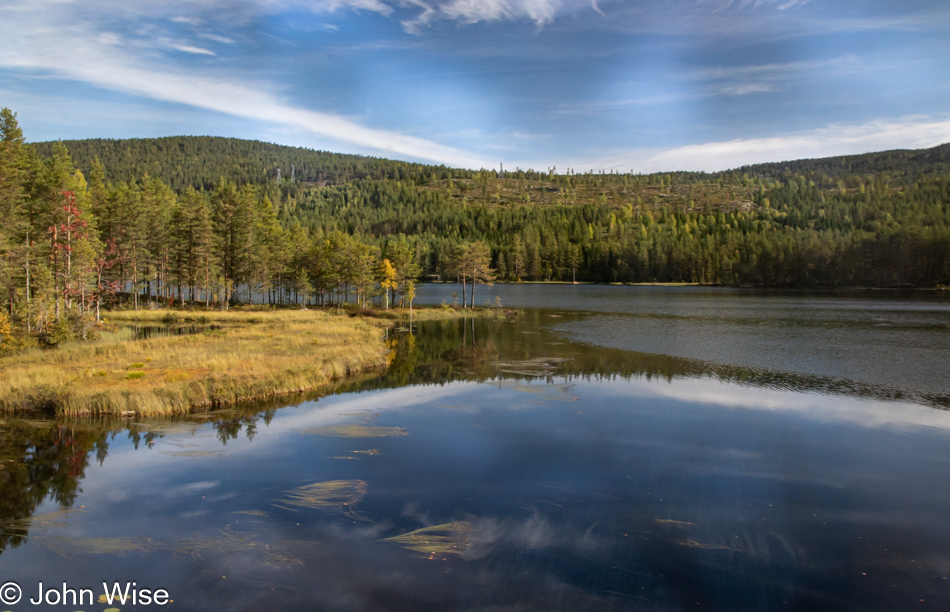
The Bergensbanen route between Oslo and Bergen, Norway, is considered “one” of the most scenic train rides on Earth, but as I said before, we are leaving the train in Myrdal where the “most” scenic train on earth, the Flåmsbana, will deliver us to Flåm where we will stay the next couple of nights.
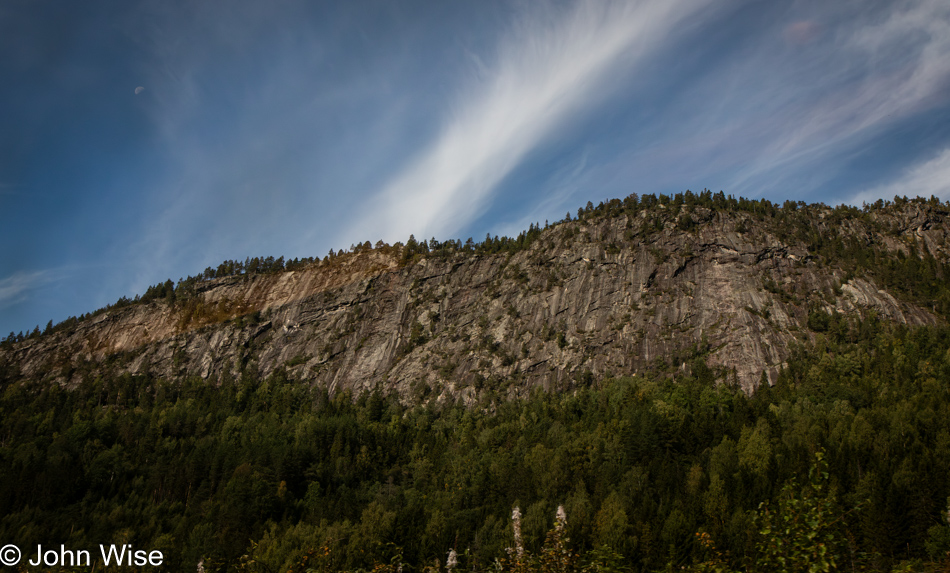
I try to keep my attention focused on what’s on the other side of my window, but voices come through the noise and inform me that we are traveling with a considerable number of fellow Americans. Watching them is to witness a tragic comedy as when they move about, they are compelled to take their things with them, such as to the toilet, while Europeans just leave their stuff at their seat. Obviously, we Americans do not trust one another because our brethren are common thieves and brigands. We’ve not only lost faith in ourselves but in humanity too and cannot properly perceive the environment in which are currently finding ourselves and adapt our behaviors. Everyone is potentially bad from the American perspective.
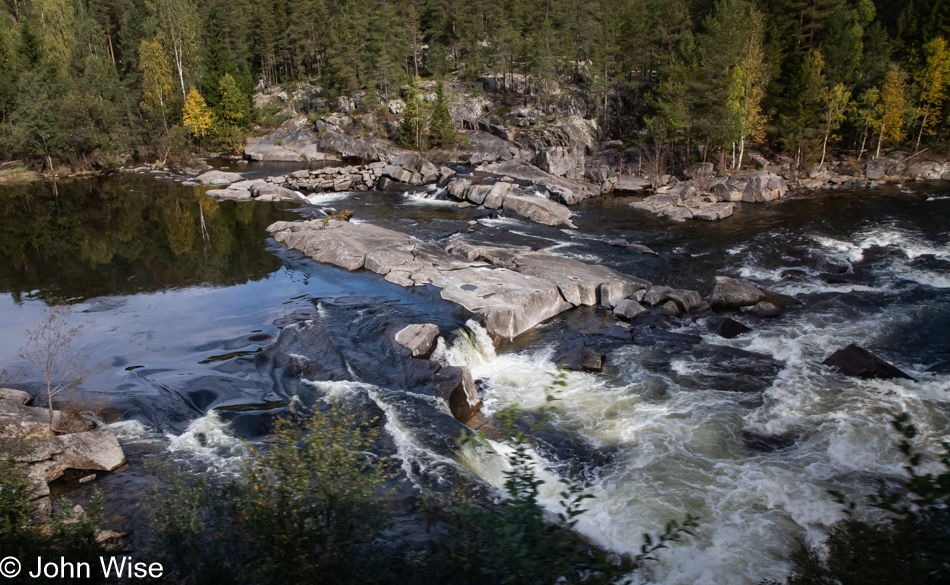
The nature of Norway is starting to sink in as we move further west across the landscape and gain a better appreciation of what’s out here. While we’ve always wanted to visit this country and have seen what feels like the same dozen photographs of a few iconic locations from the fjords, it’s the places in between that will determine if we will be drawn back.
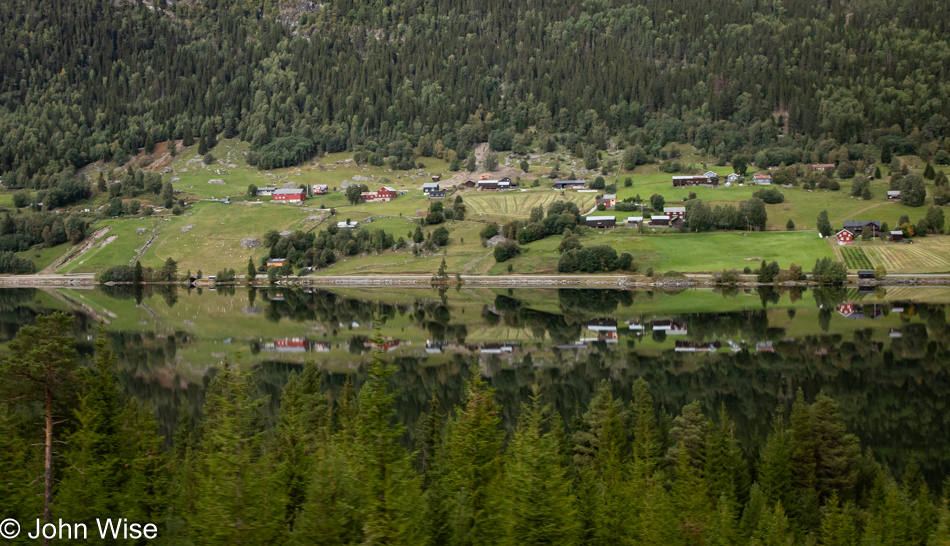
Looking across the Strandafjorden to the town of Ål about 220 kilometers (137 miles) west of Oslo.
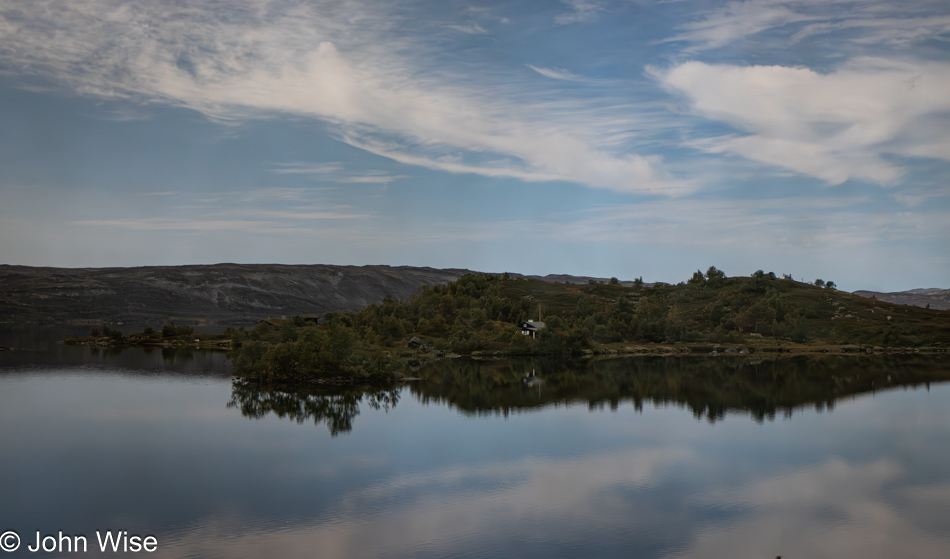
I believe we’ve entered the Ustaoset area should you want to see our approximate location on the map. I suppose that while we were on the train, we could have had a map open to note where we were, but who wants to bother with staring at a screen when what’s all around you warrants paying attention to the novel instead of the purely informational? How I found the locations was by considering the landscape features and then checking satellite images along the path our train traveled before zooming in to potential locations where there might be some level of Streetview.
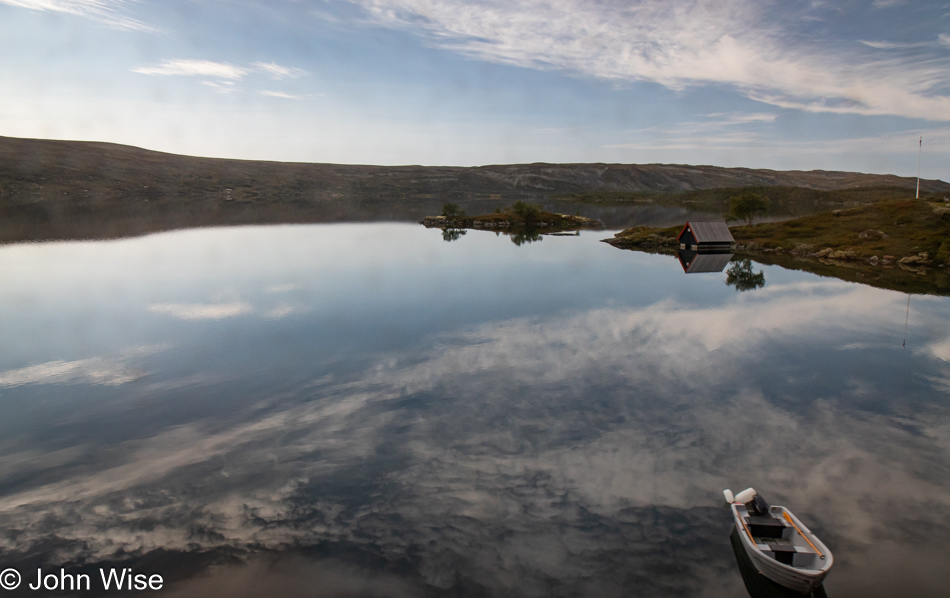
We got a tip that some of the best views of the journey would be coming up on the south side of the train, so we left our seats on the north side and headed for the galley, hoping to nab a couple of seats in front of a window and luckily enough, we got them. But we also got what amounted to a front-row seat to, you guessed it, more Americans behaving poorly. Just how oblivious media-savvy people who can afford to take these kinds of pricey excursions are to the way things work in other places is beyond me. Are there really no travel influencers out there that these doltish freaks follow? “No, we do not have larger cups, one size, that’s it. No, we do not have ice for your drink. Isn’t this a cliche by now? No, we do not have larger bottles of water.” The entitlement of my fellow Americans knows no bounds. Please, countrymen, watch the Tik-Toks about travel tips and differences between countries you are traveling in instead of portraying America as a backwater of hapless rubes.
While Germans and Brits are starting to share in the title of being a trash culture, my axe is ground with regard to the country that has an outsized influence on the world. Our examples have a normalizing effect on what was too often considered declasse in previous times. If being vulgar and unaware is a sign of modernity, then I’m happy to be speeding towards my own death. Mind you, the majority of Americans traveling here with us are over 40; they are the ones who can afford international travel away from a discounted cruise ship, to be specific. I really would like to expect better.
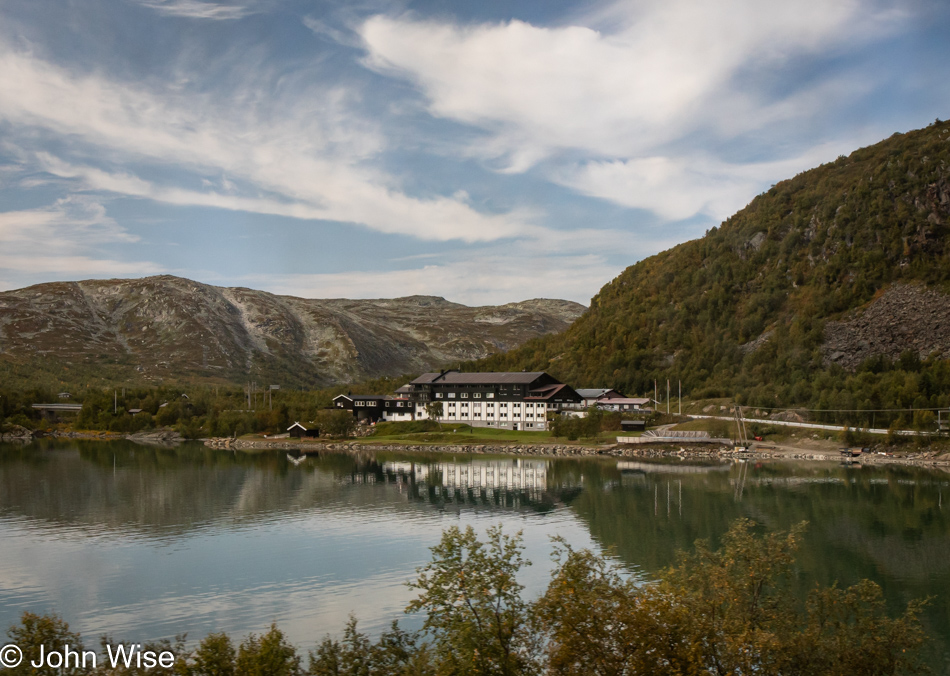
While we lose the sanctity of space to those around us who will flaunt their lack of knowledge and cultural respect, we have gained the best seats on the train to witness the countryside through which we are traveling. We are passing through Haugastøl; if you are an avid bicyclist, you should consider spending some time right here and renting a bike to ride the 81 kilometers (50 miles) to Flåm. Don’t worry if that’s too far for you as there’s a ride to Finse that’s a 56-kilometer (35 miles) roundtrip, or you can take the train to Finse and ride downhill to Flåm, which you can knock out in about 5-6 hours and then take the train back to Haugastøl. Since starting to write about this part of our journey, I’ve also learned that there’s the opportunity to visit and hike the nearby Hardangerjøkulen glacier.
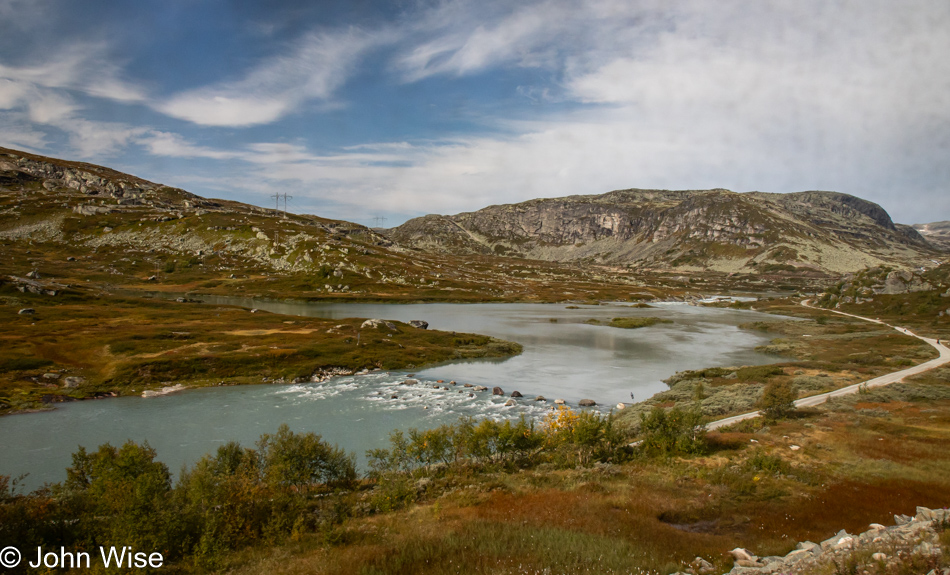
As you ride your bike out of Haugastøl toward Finse, this is the Rallarvegen trail you’ll be taking. Purpose-built for those who desire the slow road and are not interested in sharing it with cars, the Rallarvegen opened in 1974 and has been welcoming visitors ever since. You can see the trail on the right in the photo; that is not a road for cars.
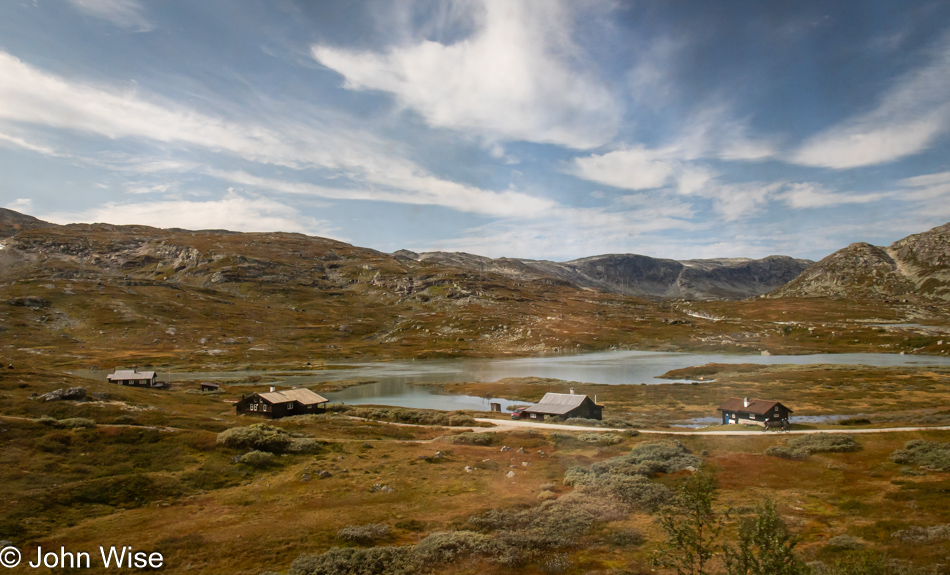
Coordinating the timing of your visit with the weather might prove difficult as later in Flåm, we’ll learn that 2023 was an exceptionally wet summer, with July having seen 28 days of rain, but then again, on checking for the number of rain days Finse sees compared to Flåm I saw that Finse only has about 117 days of rain per year compared to Flåm with 233 days. This ride becomes more and more intriguing for Caroline and me. Regarding the elevation, we are only at about 1,000 meters or 3,300 feet above sea level.
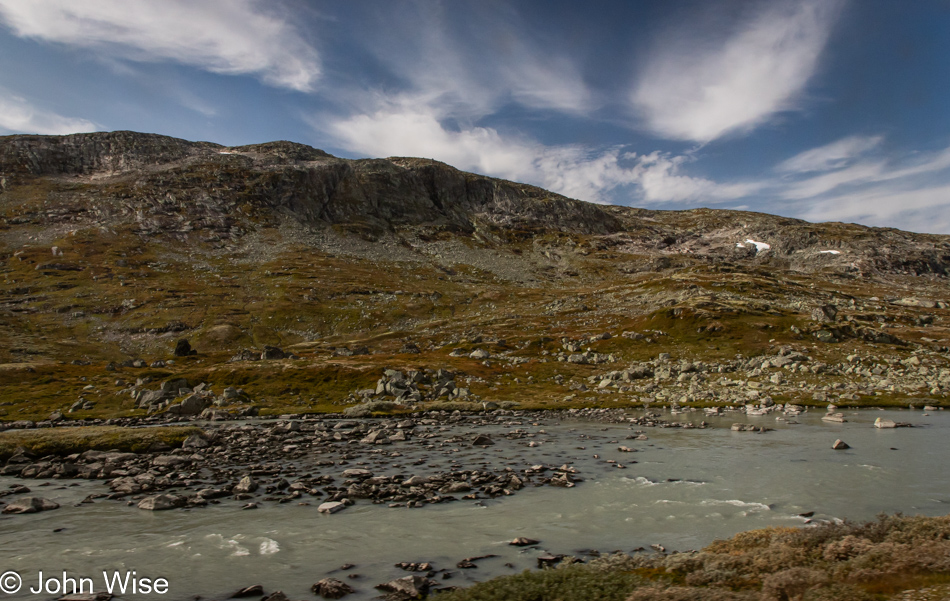
It’s so incredibly beautiful out here, and to an extent, reminds me of Alaska off the beaten path. Should we ever again find ourselves in the position to revisit Scandinavia, I should invest extra effort to keep us remote and away from any tourist hubs though I have no regrets of having visited Copenhagen, Stockholm, and Oslo, feeling that we gained more than what we had to endure on occasion.
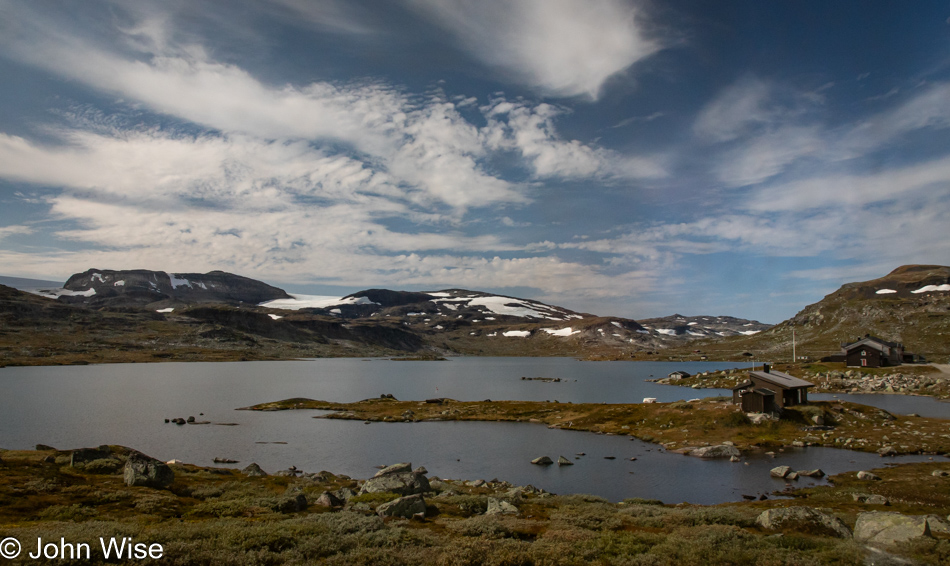
With a serious amount of certainty, I believe I can claim that we are next to the Hardangerjøkulen glacier, which can be seen between the two saddles on the left and also means that the body of water is the Finsevatnet Lake.
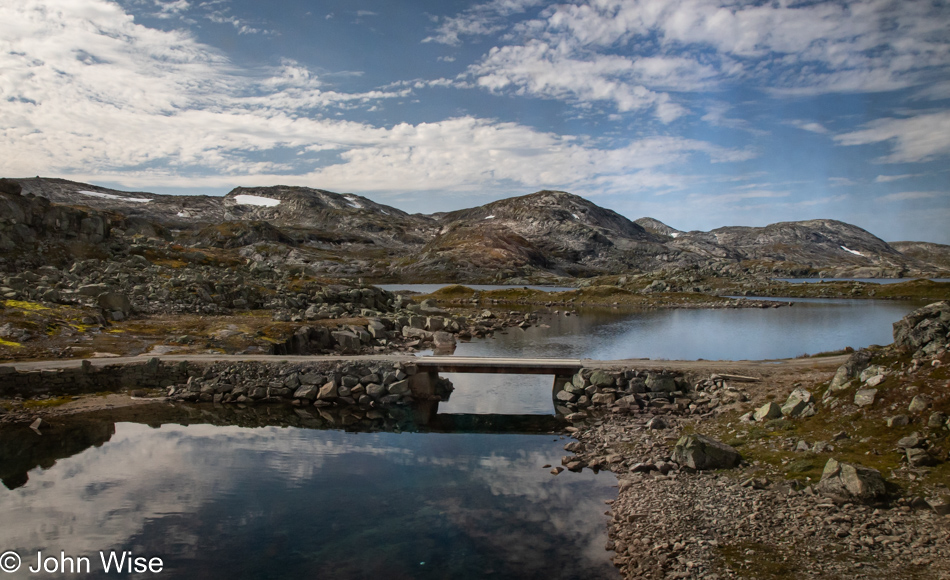
The idyllic state of appearance and lack of crowds offer a silent scream beckoning Caroline and me to return while our eyes seduce hearts into obliging this call of nature. It’s so beautiful outside the train, and the person next to me is ravishingly beautiful too, though the human environment around us veers into the ugly. To write about the other side of the window is made difficult due to the noise pollution clogging my ears, but if I were to plug in my headphones, I’d be shutting out the one I love.
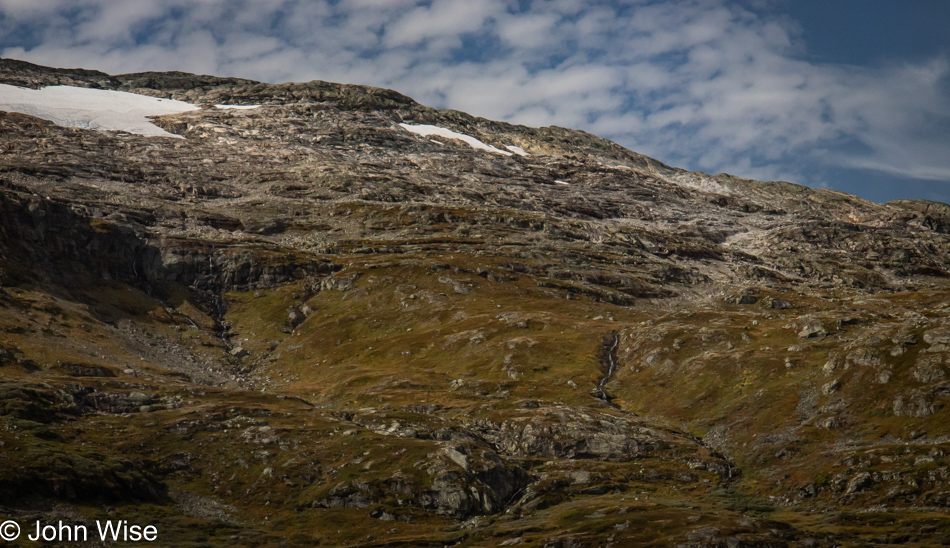
What’s better than two waterfalls within view? Well, I’m not exactly sure, as stating the obvious would be a failure of imagination.
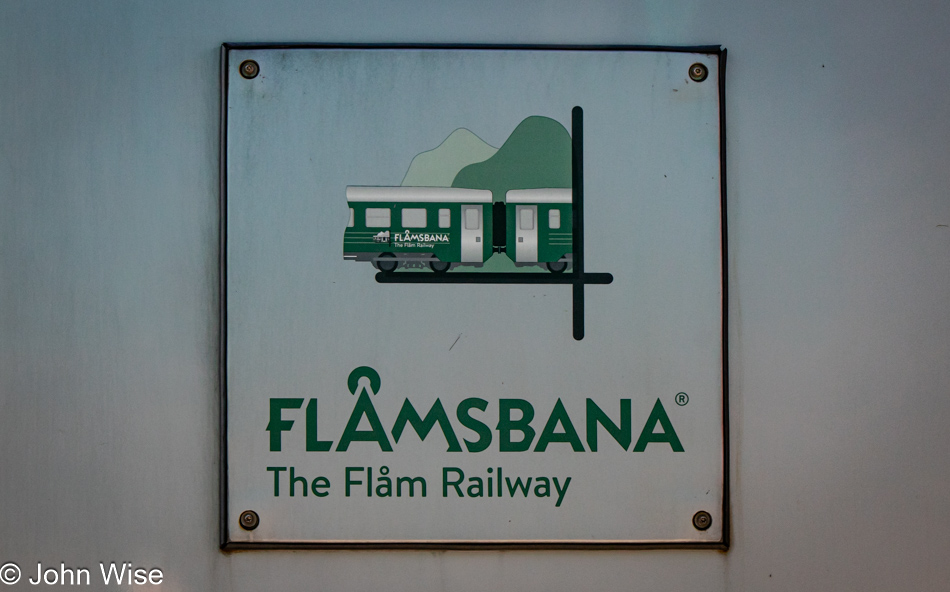
We’ve pulled into Myrdal, where some of us are transferring to the Flåmsbana train that will carry us from 867 meters (2,844 feet) of elevation down to sea level at the foot of the Aurlandsfjord which is a branch of the Sognefjord. Keep in mind, as I wrote earlier, this is supposed to be the “most” scenic train route on earth.
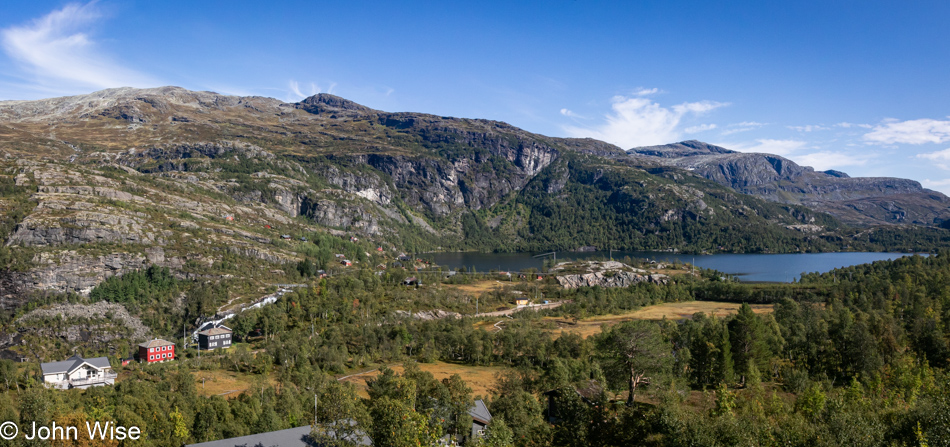
We are pointed in the wrong direction; that is not the fjord we are heading to. It’s Reinungavatnet Lake, but the view is delightful anyway. A technical point worth noting, somehow this image came together, though it is made of multiple images. Yep, it’s a panorama.
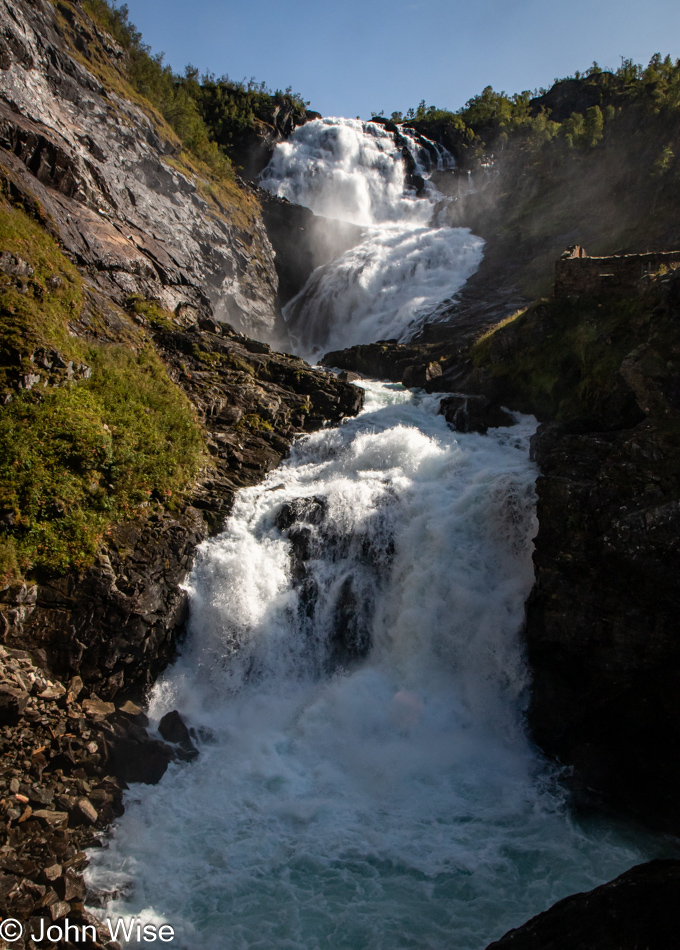
We’ve only been gone a few minutes, and we’re already stopping. This here is known as the Kjosfossen waterfall and also our introduction to the folklore of the Huldra. I need to back up as we did not learn of Huldra (a forest spirit) here at the waterfall but found out after arriving back home. Up toward the righthand side of the photo is a ruin where a woman appeared, dancing in a flowing red dress accompanied by a booming soundtrack of some song competing with the (preferred by us) sound of the crashing waterfall. Maybe this was meant to appeal to the Game of Thrones or any number of Viking-themed series on Netflix crowd, but we who enjoy our nature unadulterated by childishness should think twice before dipping toes into activities enjoyed by tourists instead of travelers.
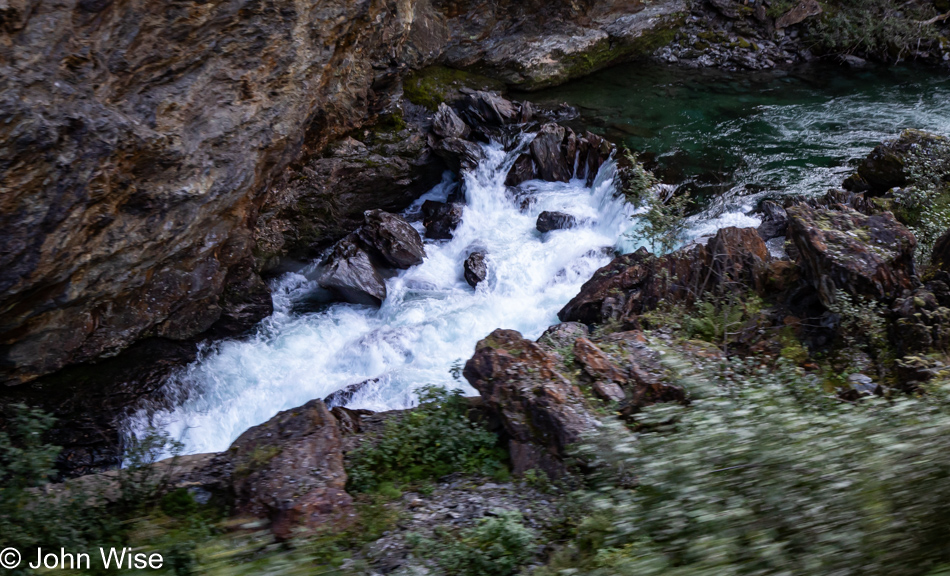
But things are hardly all bad as the majority of our experiences bubble up from the cauldron of wow, becoming moments reminiscent of a million sparkles of sunlight on the shimmering surface of the sea that spring into existence and instantly are taken over by a million others in fleeting moments of delight. Looking into the cracks, crevices, and corners of nature, it is easy to find seductive beauty even in the blur of it all going by. When the intimacy of merging into the landscape begins to take over there’s a kind of cleansing that happens under the hose of infinity impressions. This should be the primary desire of going on vacation so we emerge renewed after the flow of it all washes through us.
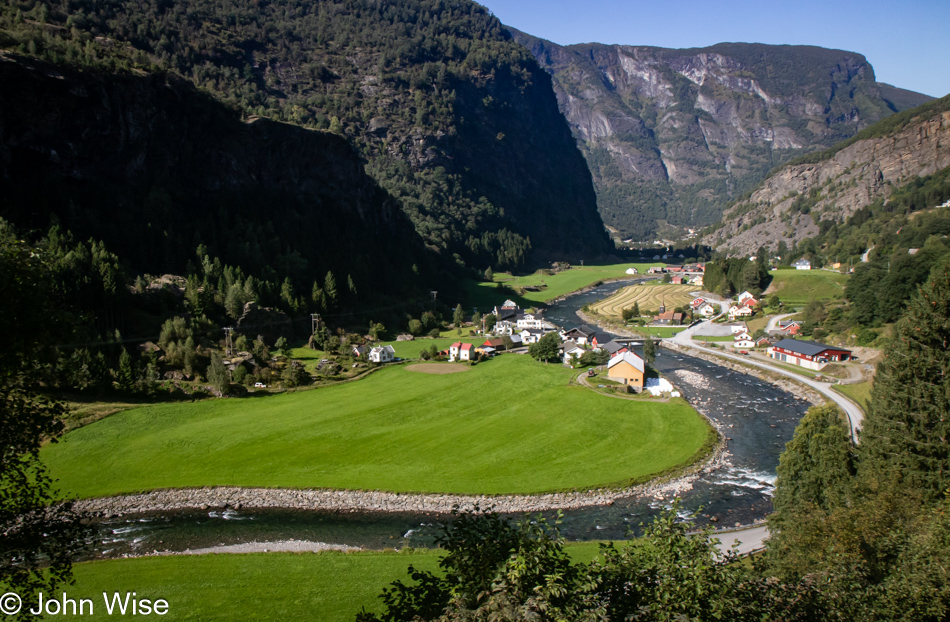
Mountain lake, forest, waterfalls, deep green valley floor, a nice stream, and it all leads to a fjord and a small village; maybe this really is the most scenic train route on earth.
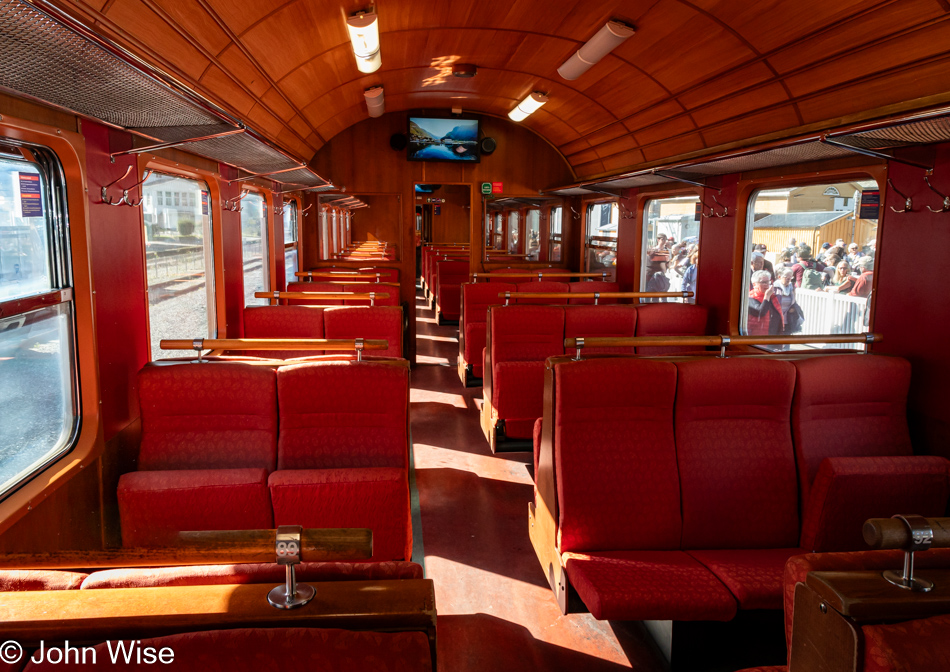
The warm tones of the interior of the train lent a sense of being on an old-fashioned railcar, contributing to the romantic notion that a slow mountain trek conveys being somewhere special, which this was. The great news is that this won’t be our only journey on this line because tomorrow morning, we are taking the train north back to Myrdal to rent a couple of bikes and ride right back down to Flåm, where we just landed.
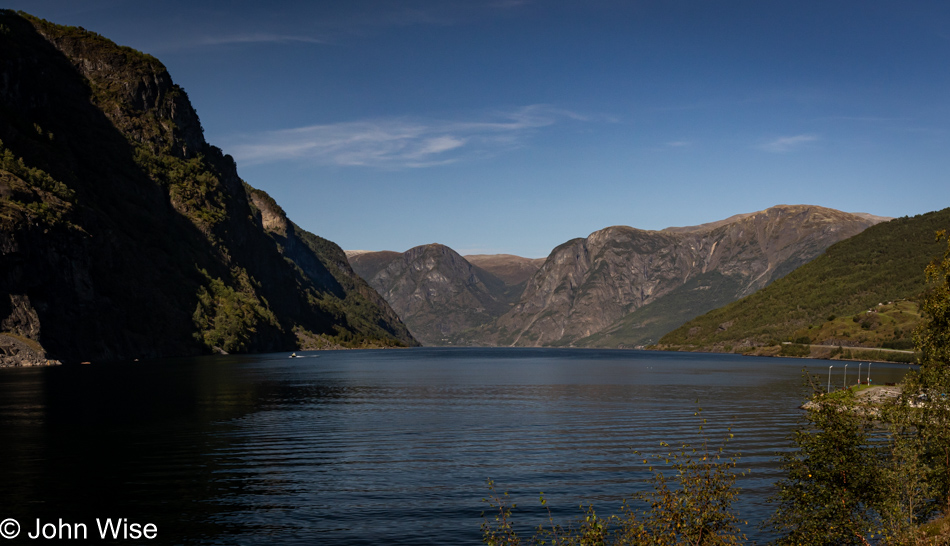
With this kind of weather, there was no doubt that we were going to take a nice long walk after checking into the Fretheim Hotel that is just behind us, looking out on the Aurlandsfjord.
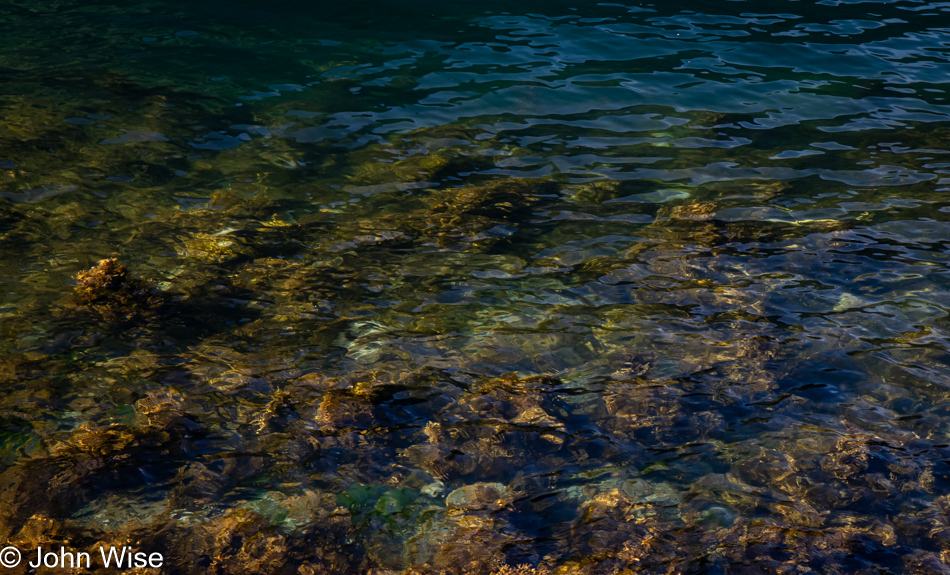
My naïveté is such that my ideas of what constituted a fjord had to include steep mountains lining the deep waters that sliced between the towering granite monoliths. Little did I know that when we reached Roskilde nearly ten days ago, I’d be having my first encounter with a fjord. Prior to leaving on this grand adventure, I thought this visit to Flåm was going to be our first-ever experience of meeting a fjord, and by now, we’ve already been sailing on one aboard a Viking ship.
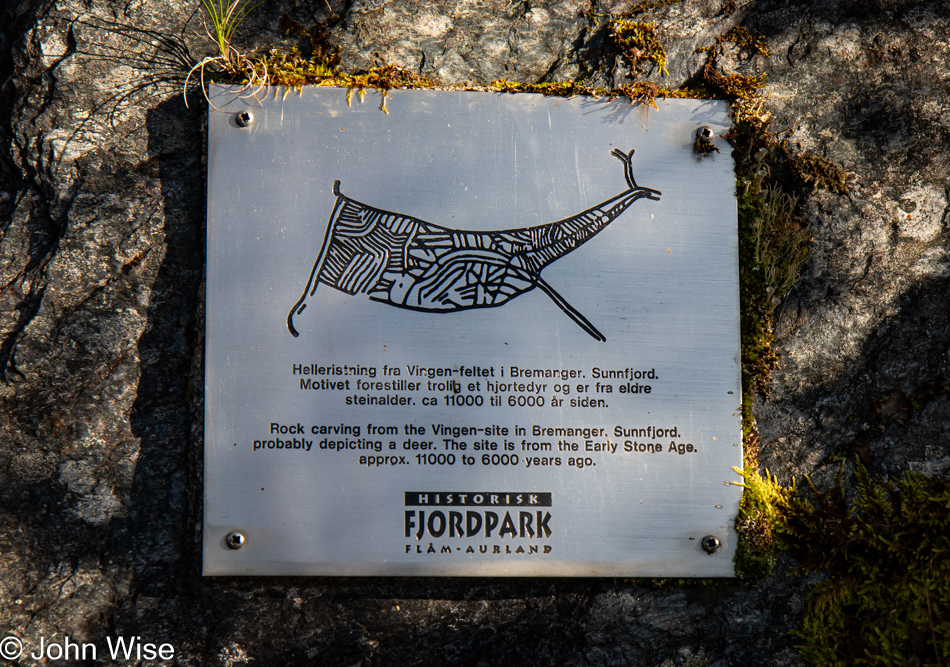
We are walking down the west side of the fjord towards Aurland, with a destination being the old Otternes Farmyard.
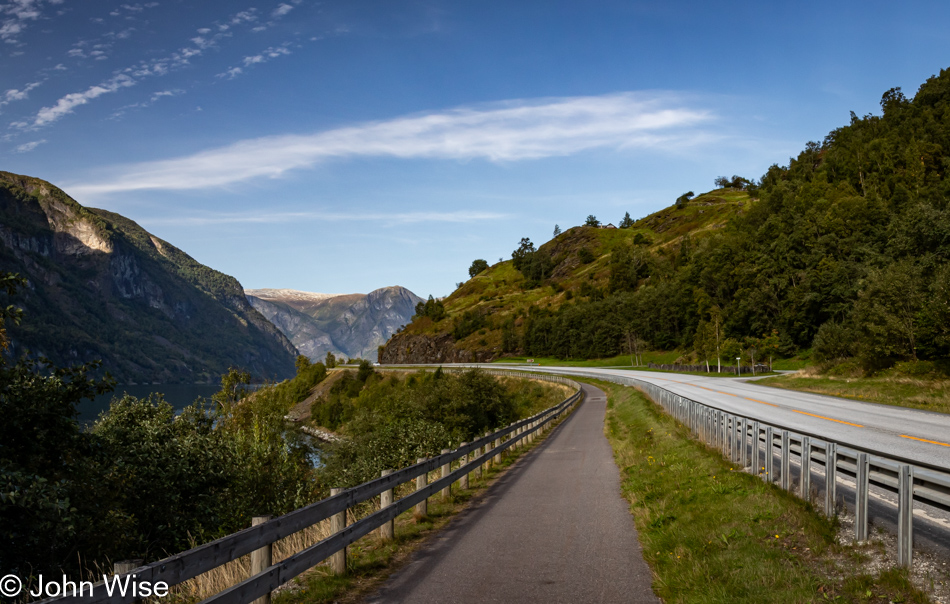
There’s a turnoff up the road somewhere, not that we’re in a hurry. We’re out here alone with nobody ahead and no one behind. The crowds are milling around the services for those who have left the massive city on a cruise ship.
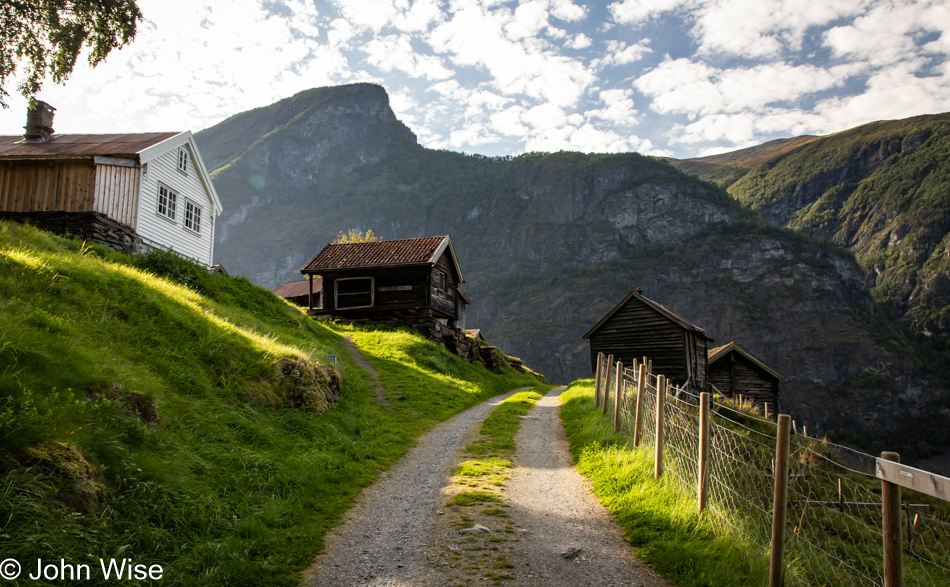
Otternes Farmyard in the late afternoon, minutes before it was supposed to close. The information Caroline had was that the park closed at 5:00 p.m., so we hoofed it up the steep trail so we might at least grab a photo of the fjord from on high. No worries, the park is more or less open 24 hours a day because there are no gates or admission fees.
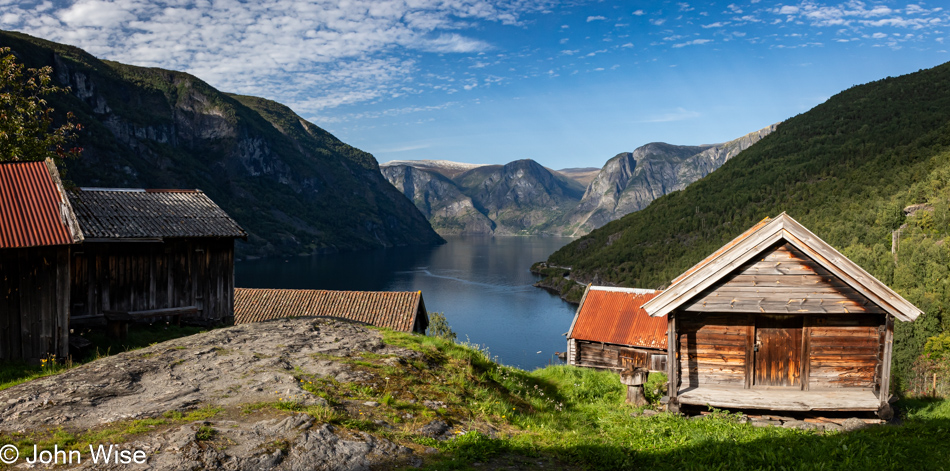
This historic farmyard from the early 1700s overlooks the Aurlandfjord and consists of 27 buildings.
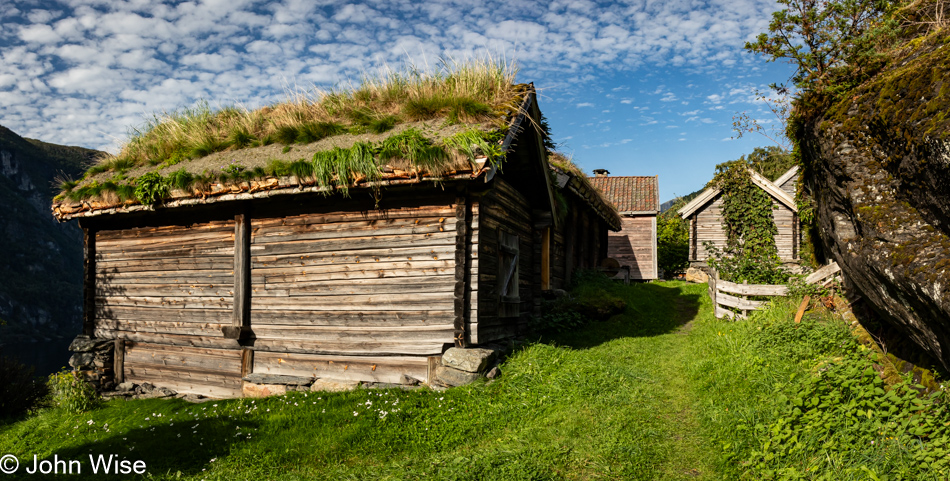
Had you hiked up the trail bringing us to this steep, narrow slice of land, you too would wonder, why farm here? The only answer can be, “Because it’s so strikingly beautiful.”
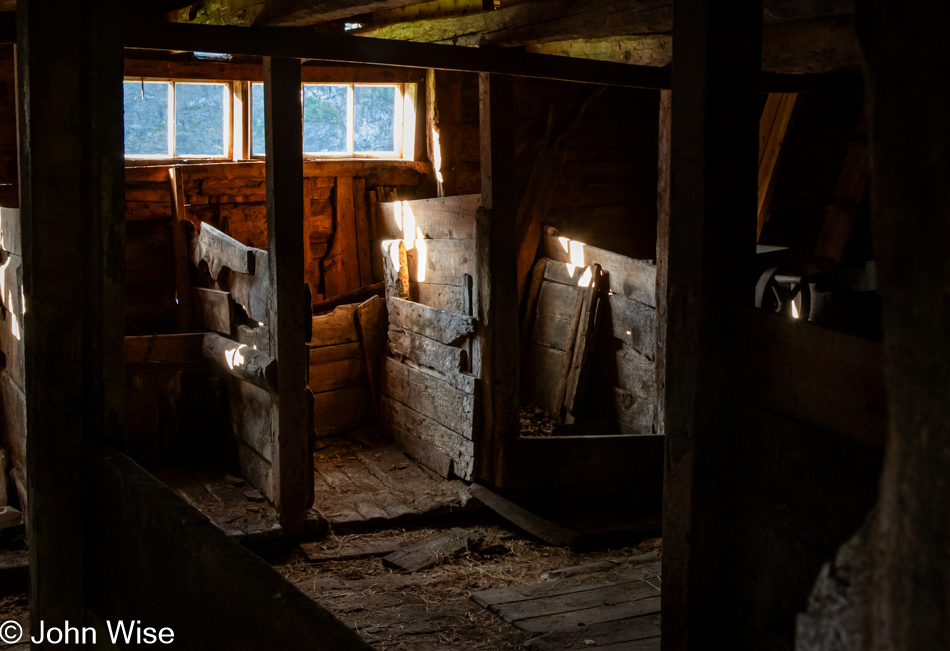
The last residents moved out only in 1996, though some sheep and goats continue to maintain part of the grounds.
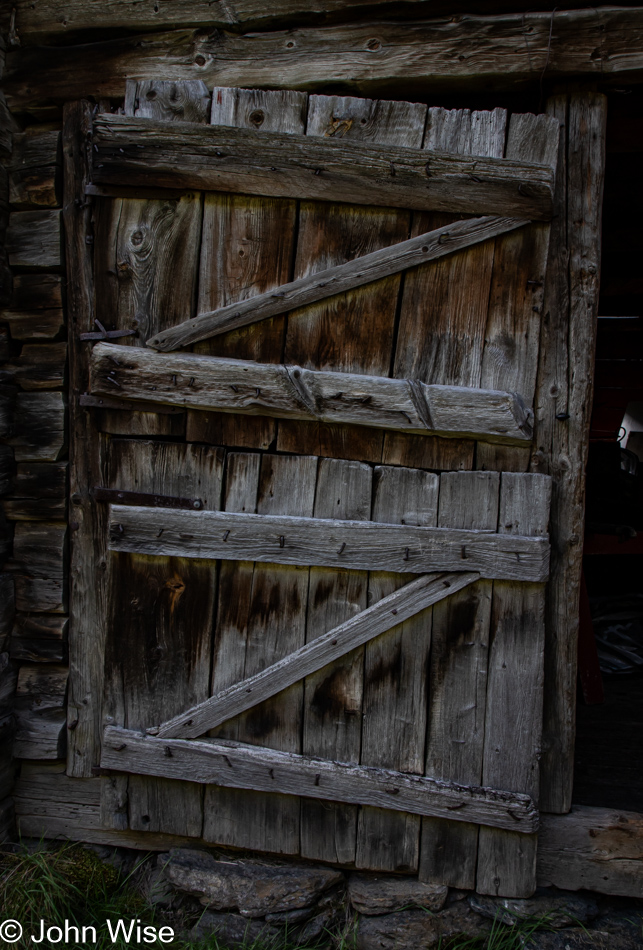
While I made the assumption that this place is wide open and never closes, near the information poster was an RV that looked abandoned and a car that we thought must belong to the person overseeing the grounds, so at any minute, it felt as though someone might appear and ask us to leave. Never did we see anyone else, but the uncertainty had us moving fairly quickly to see as much of the farmyard as we could because who knows when we would be lucky enough again to make another visit.
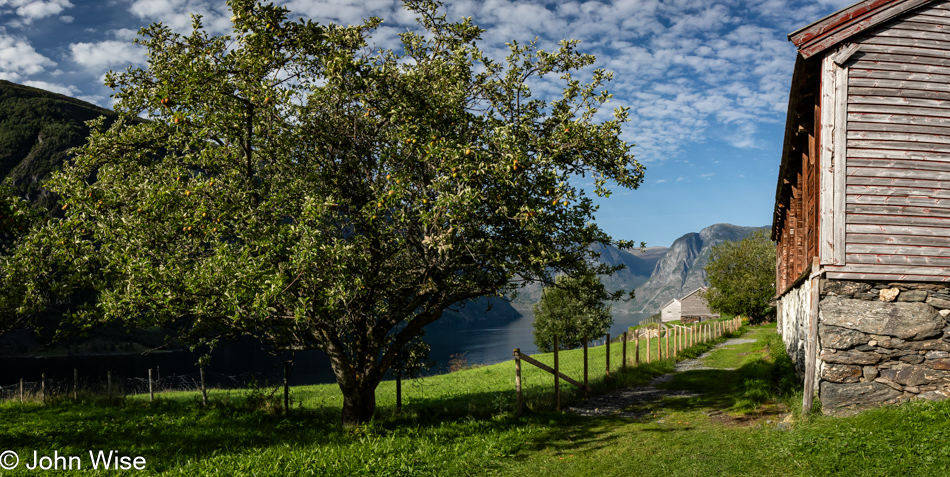
This was one of the rare times we didn’t sample the fruit. While there were apples galore on the tree, our previous experience in Sweden showed us that the apples weren’t ripe yet. No matter, as the view was so sweet, it made up for what we passed over.
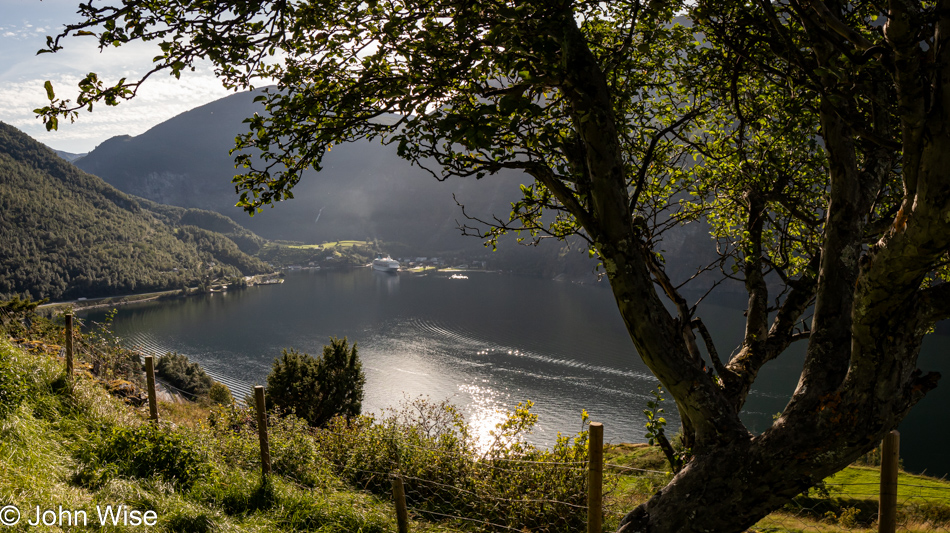
This is the view looking back at Flåm, and the haze that fills the background was coming from the enormous cruise ship docked there, running its engines from the minute it arrived until its departure five or six hours later. This is a UNESCO World Heritage Site, and yet, for the sake of tourism dollars/euros/kroner, this giant pollution machine is allowed to spoil the environment of those who call this home while taking away from the pristine nature that should exist here. How do I know for certain it’s the ship that creating the fouled air? You can see the smoke stack billowing brown air, and further north, the air is beautifully clean.
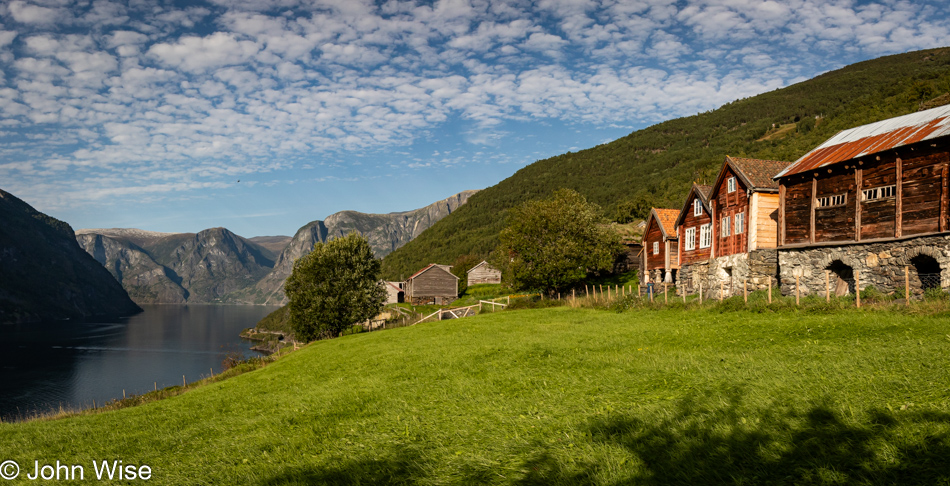
About the air quality, the distant shore is further away than the shore at Flåm.
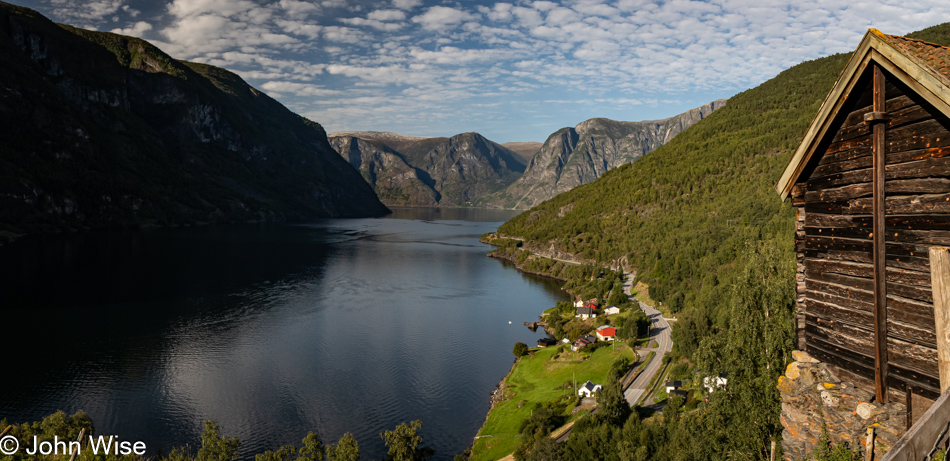
I wrote earlier that the Aurlandfjord is a branch of the Sognefjord, which is out there to the left somewhere. We might catch a glimpse of it when we take our cruise over to Gudvangen on the Nærøyfjord the day after tomorrow, but those details will show up after I get to writing that post. As for the details of the Sognefjord, its system is the longest in Norway at about 200 kilometers (125 miles) in length, and the deepest part of the fjord is near Høyanger at 1,308 meters (4,291 feet) below sea level, about 55 kilometers (34 miles) from here.
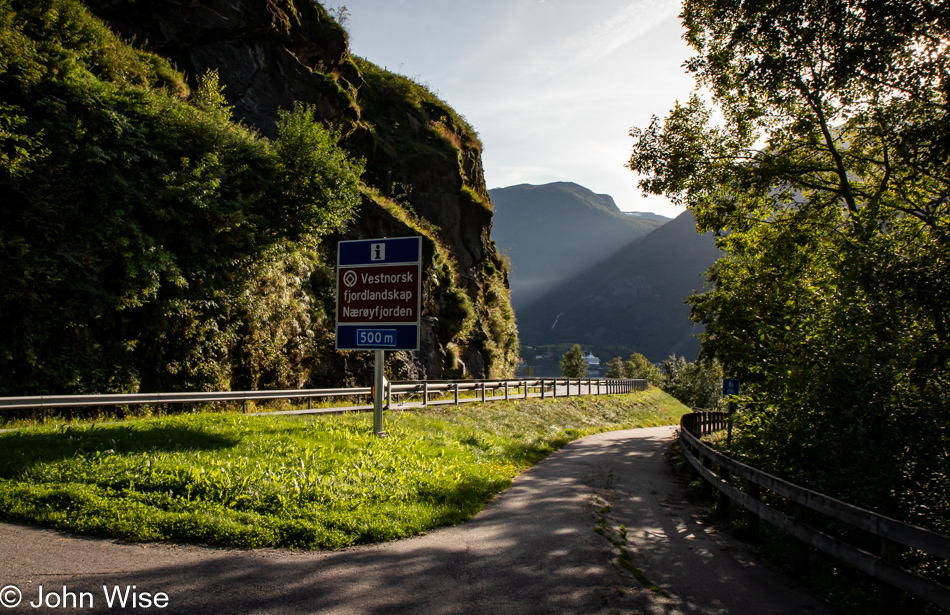
The world is ours alone at the most critical moments when beauty is resonating for those who have a deeper appreciation of the things that sing to the senses and beg for hungry hearts to take it all in.
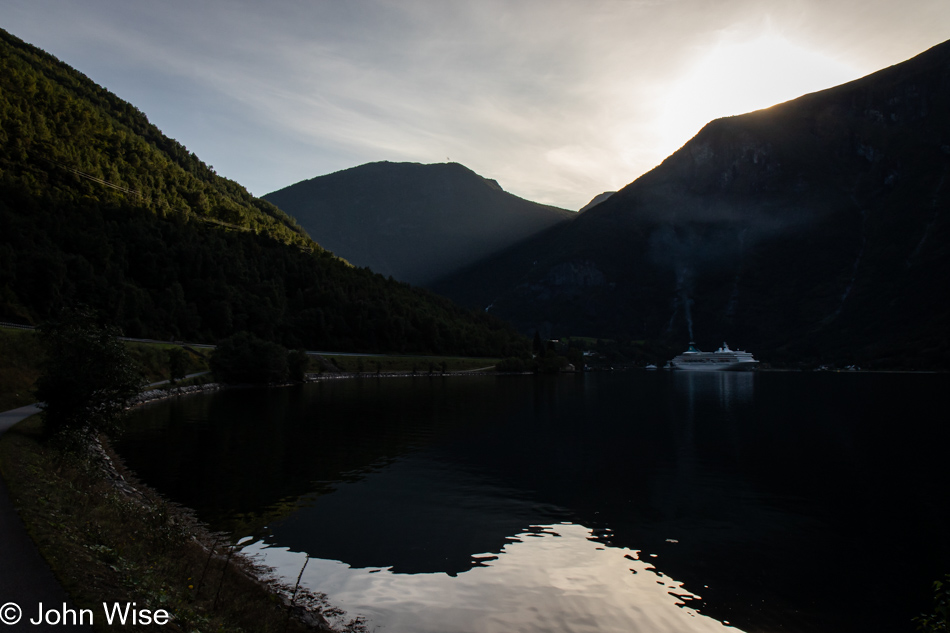
Imagine walking in nature’s cathedral where the sanctity of the nave is being despoiled by the grinding engine of commerce in the form of an idling ship carrying 6,000 belching, farting, shitting gluttons, who primarily experience their travels from a microcosm of the place they left behind.
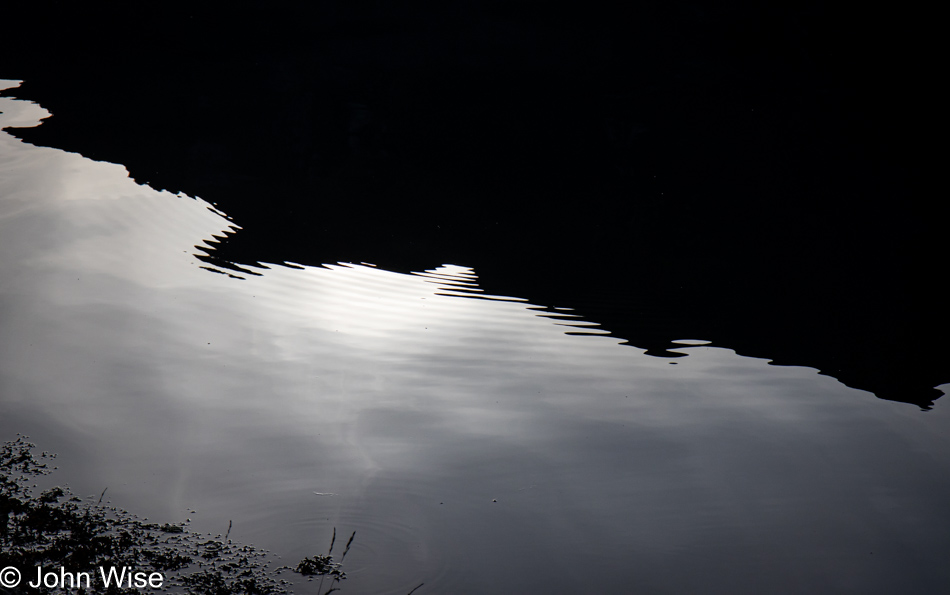
Memories are like shadowy ripples bound to disappear regardless of how you try to keep them near, but for the moments you stood somewhere and found yourself lost in thoughts trying to find meaning out of abstractions, you were changing everything that you would ever be because we are not able to look into the incomprehensible and not find ourselves changed. What it all meant or what it was reflecting might fade to mysteries, but for a moment, you may have been present and fortunate to have been so.
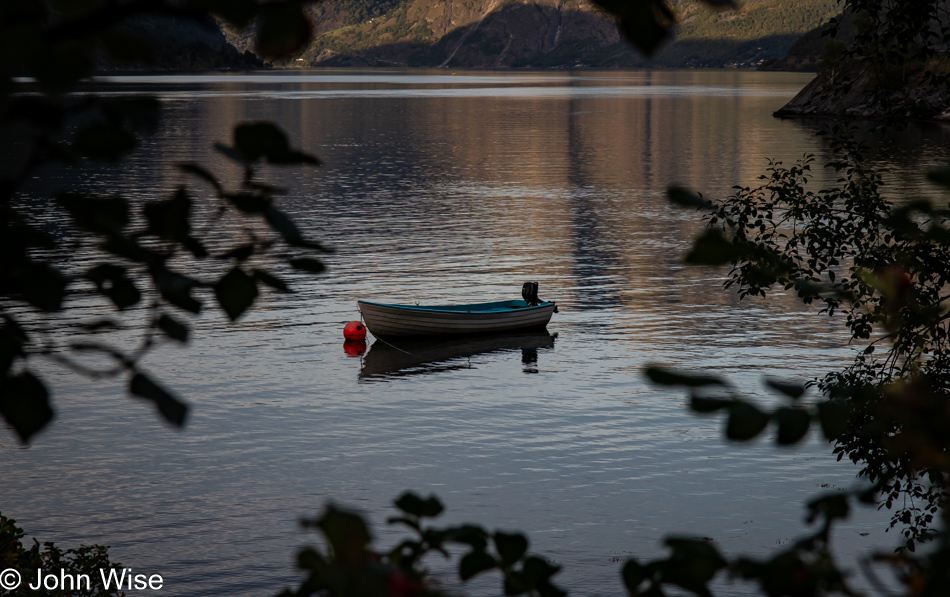
Hey, lone boat in front of me; I am done with the daylight and grant you permission to carry it away when I’m not looking. I promise not to stand here hidden in the bushes to witness your secrets of how days give way to night as I’m still in love with the things I don’t really want to understand.
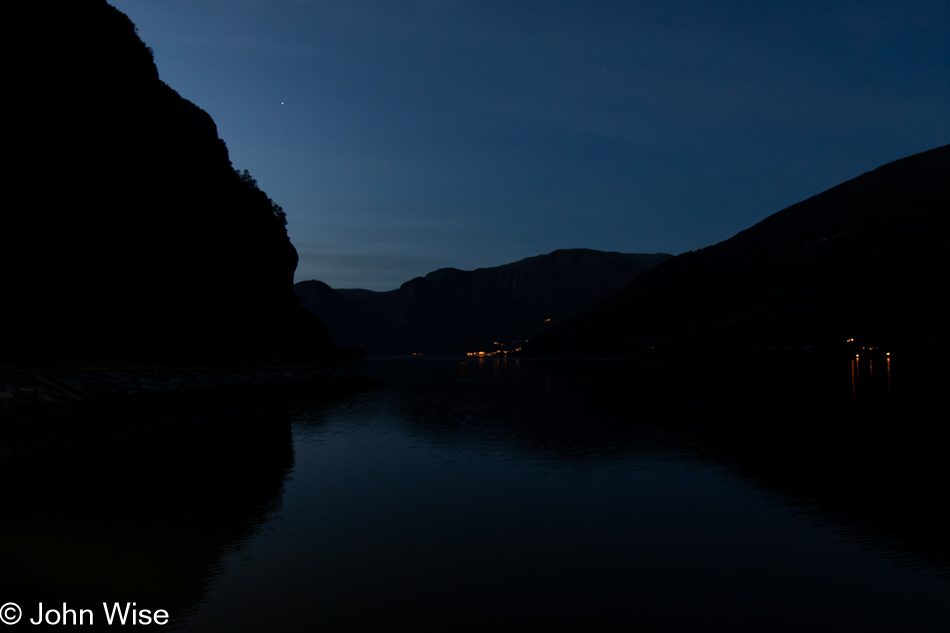
Oh, how I was reluctant to reserve a couple of places at the Fretheim Hotel dinner buffet because we all know that a buffet is the lowest common denominator of tourist food where people afraid of new flavors congregate for a grazing orgy, but how wrong I was turned into a delight. How many types of pickled, grilled, curried types of fish would you like to place upon a thin slice of buttered bread? Are locally cured meats and Norwegian cheeses more to your liking? They are well-represented at the tables featuring the flavors of the area, not of Ohio, Mannheim, or Swindon. The variety of bread, desserts, and warm dishes was spectacular, allowing us to linger and enjoy ourselves instead of gorging on animal fodder.
Our busser was an Argentinian named Alexis, who was awesome about sharing her experiences of working as a seasonal hire here in the small town of Flåm. She’s also worked as an air steward, cruise ship staff, and server, as they have all afforded her the means of traveling and seeing the world while inflation in her home country runs at nearly 100%. Adding to the economic problems of her home country, Alexis also comes from a small town where life feels like a dead-end situation.
It was nearly 9:00 p.m. and by that point, I’d written nothing meaningful of the day, no matter the effort to have pen in hand and notebook open and ready to receive my thoughts. So it goes after these 12 days of Scandinavia and 47 trillion impressions.
